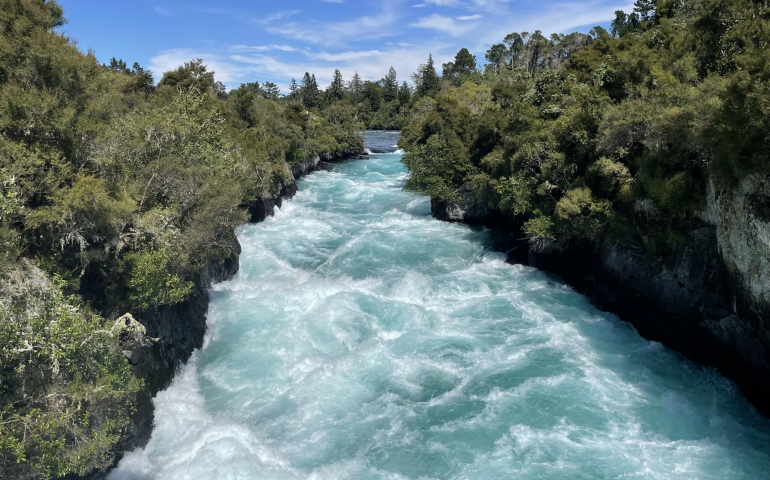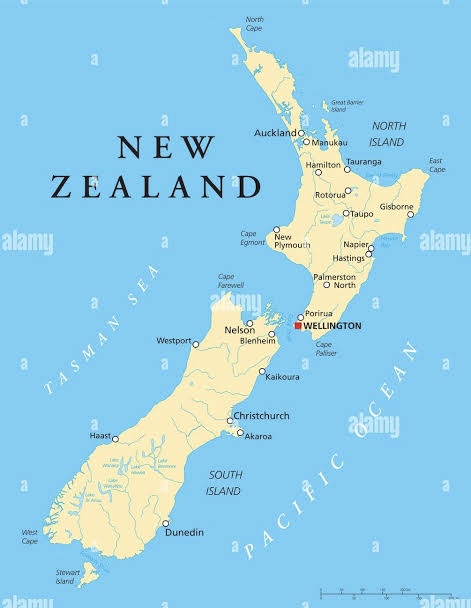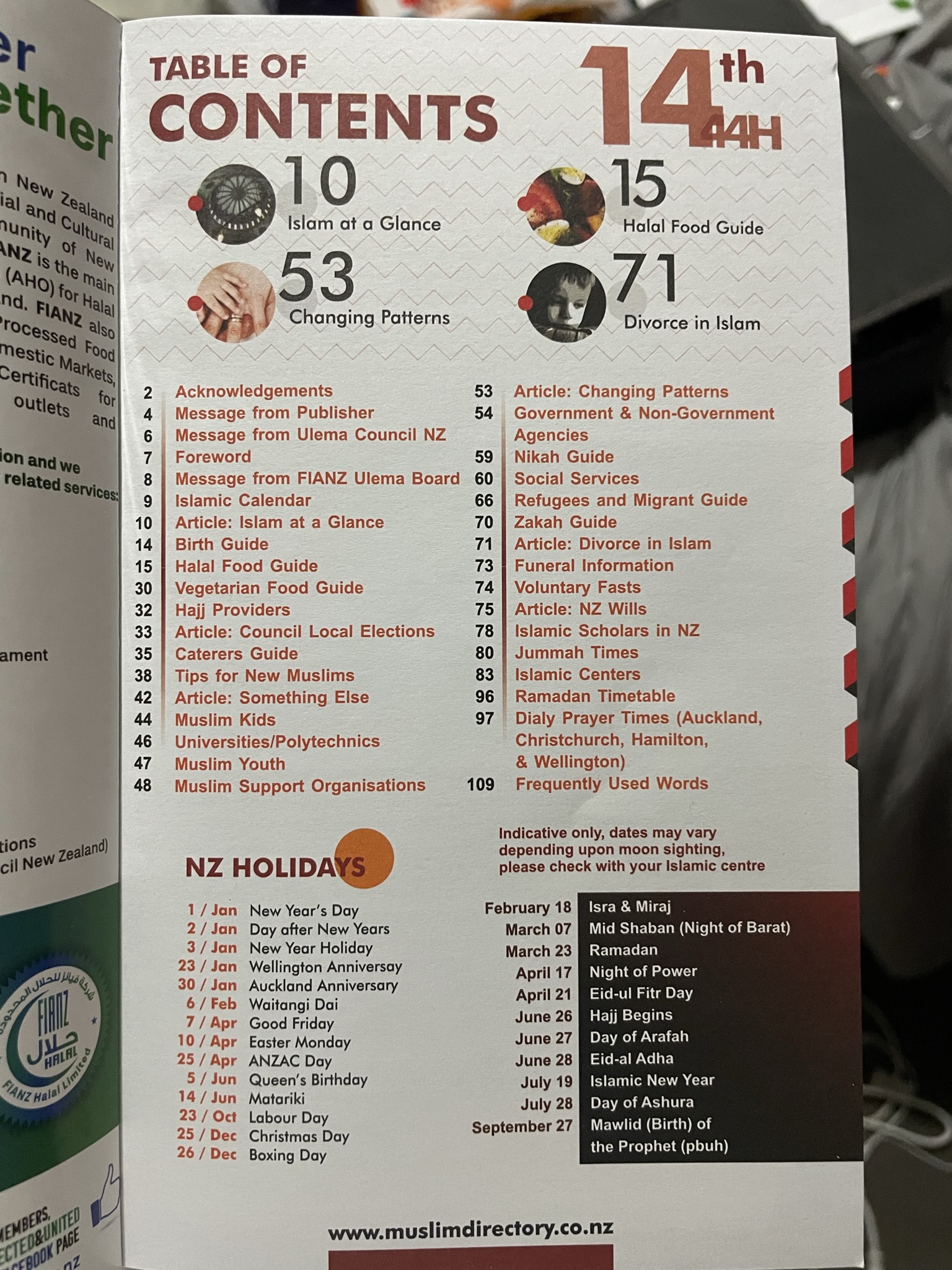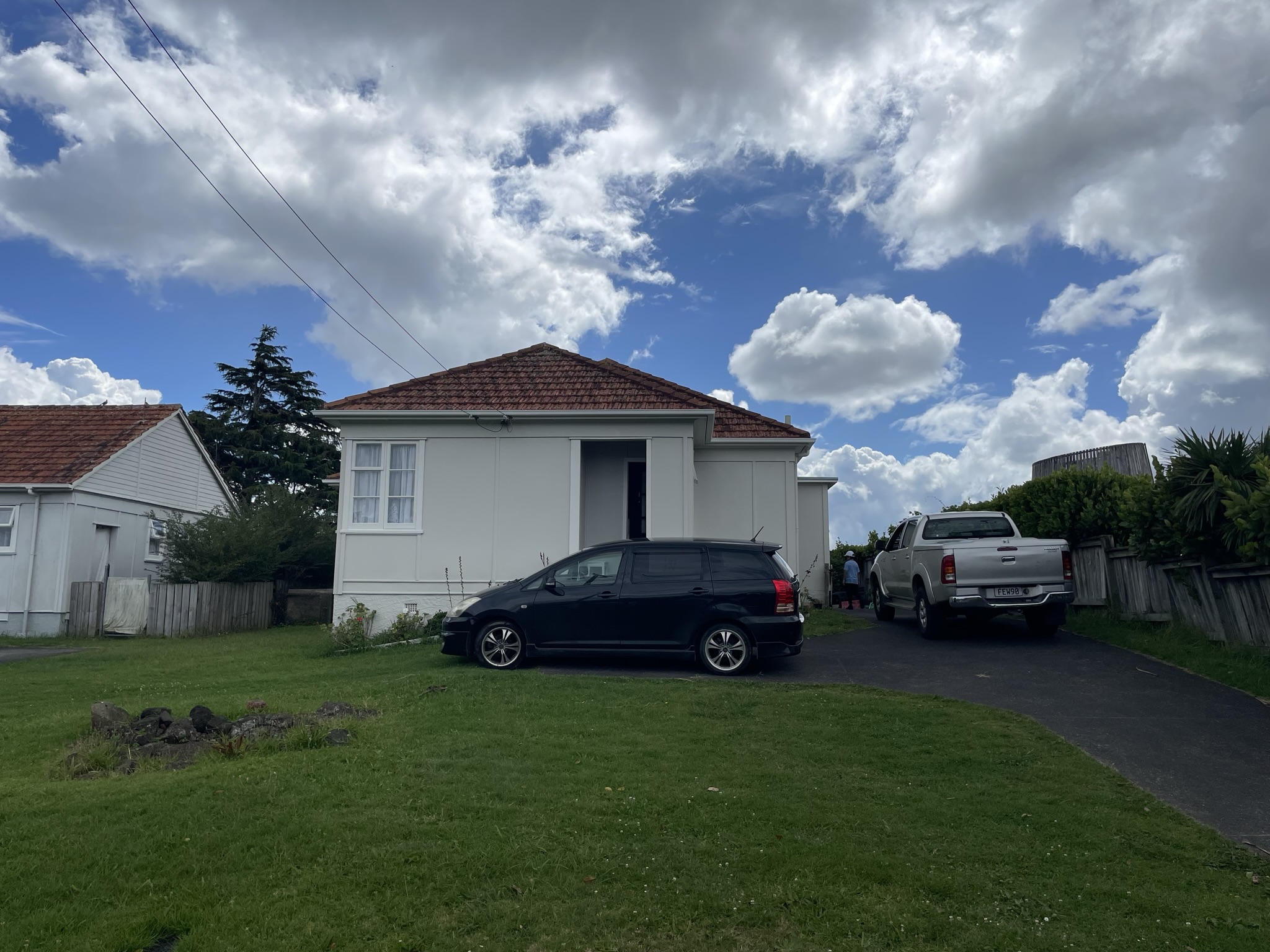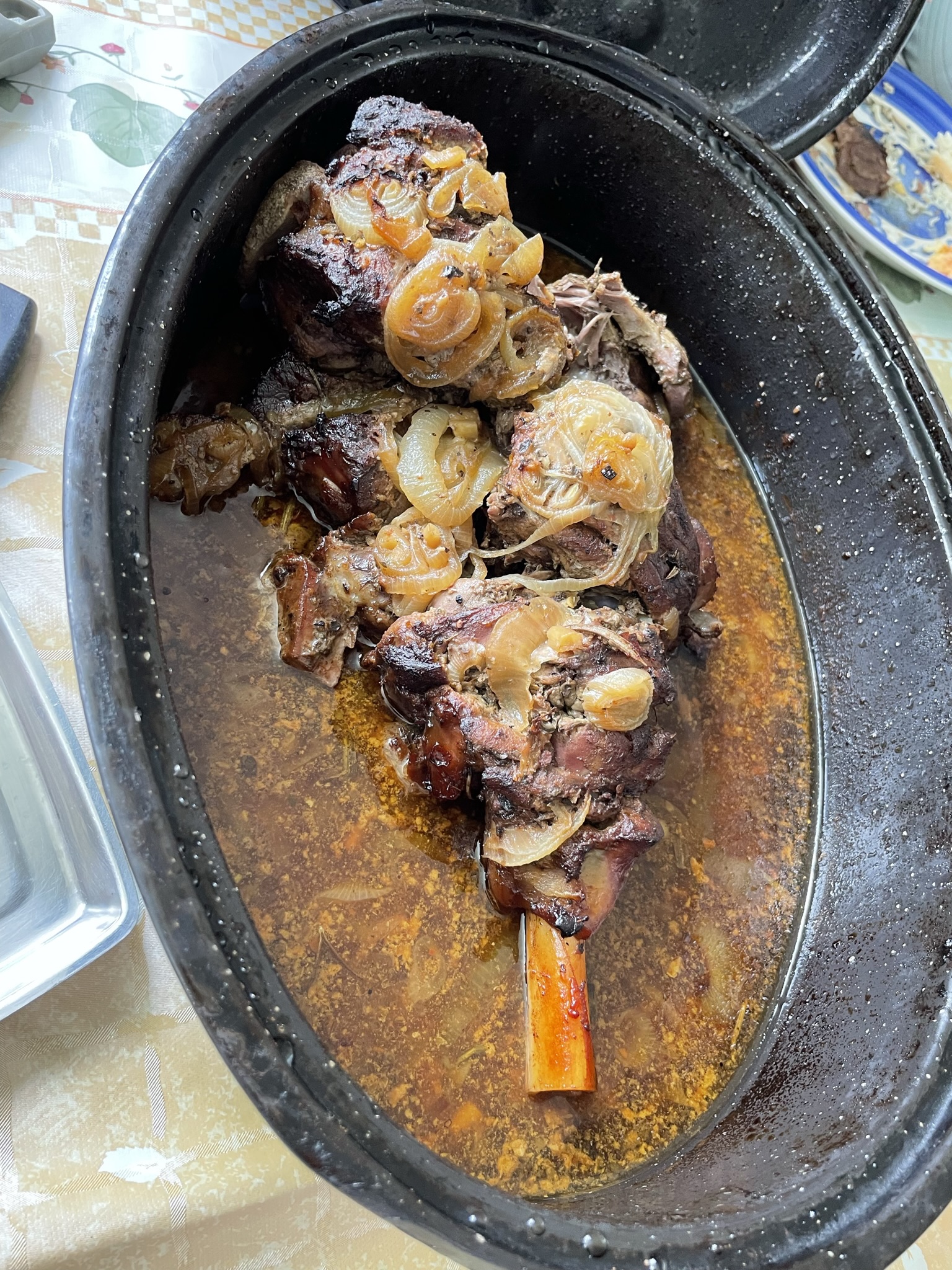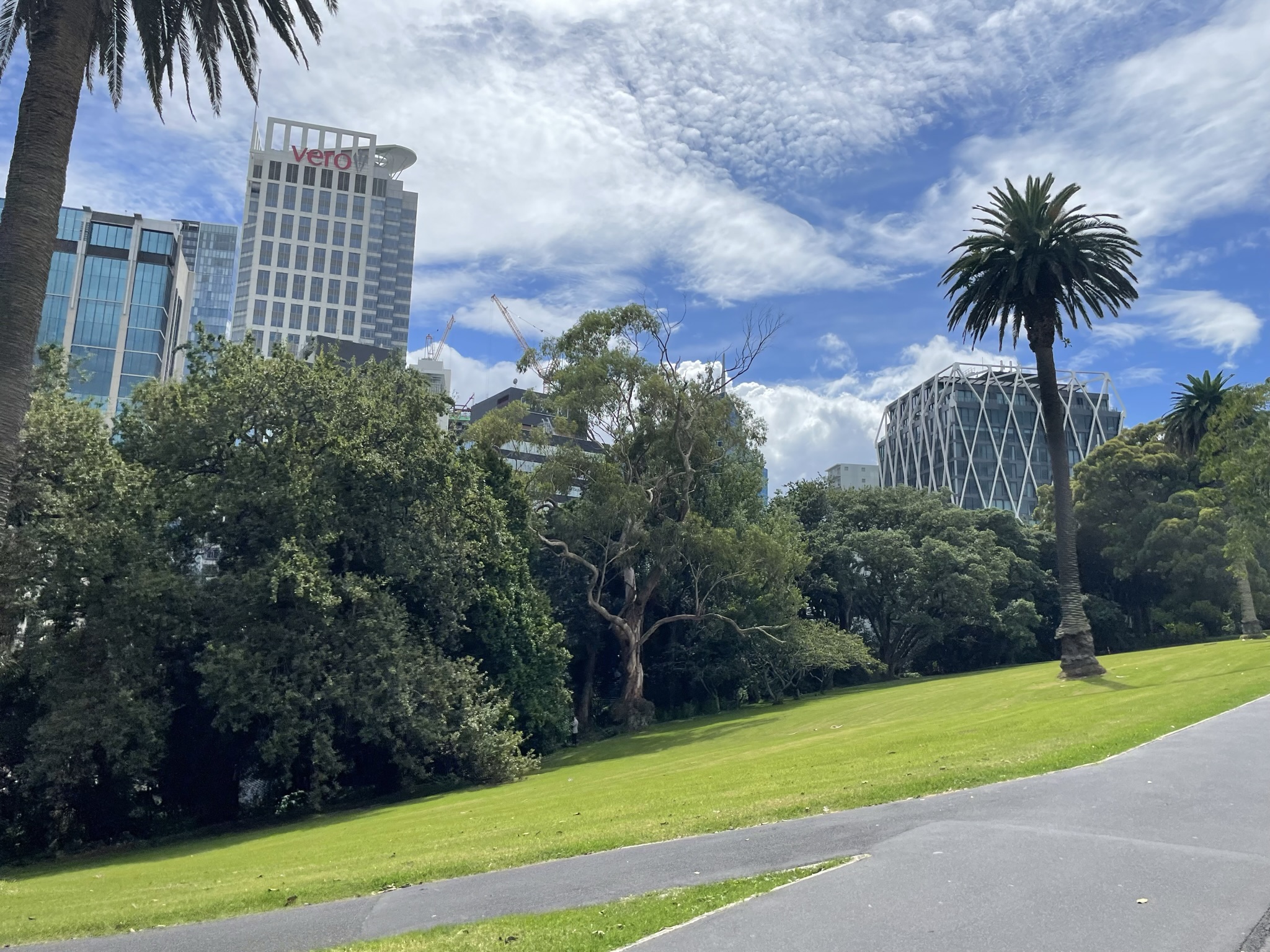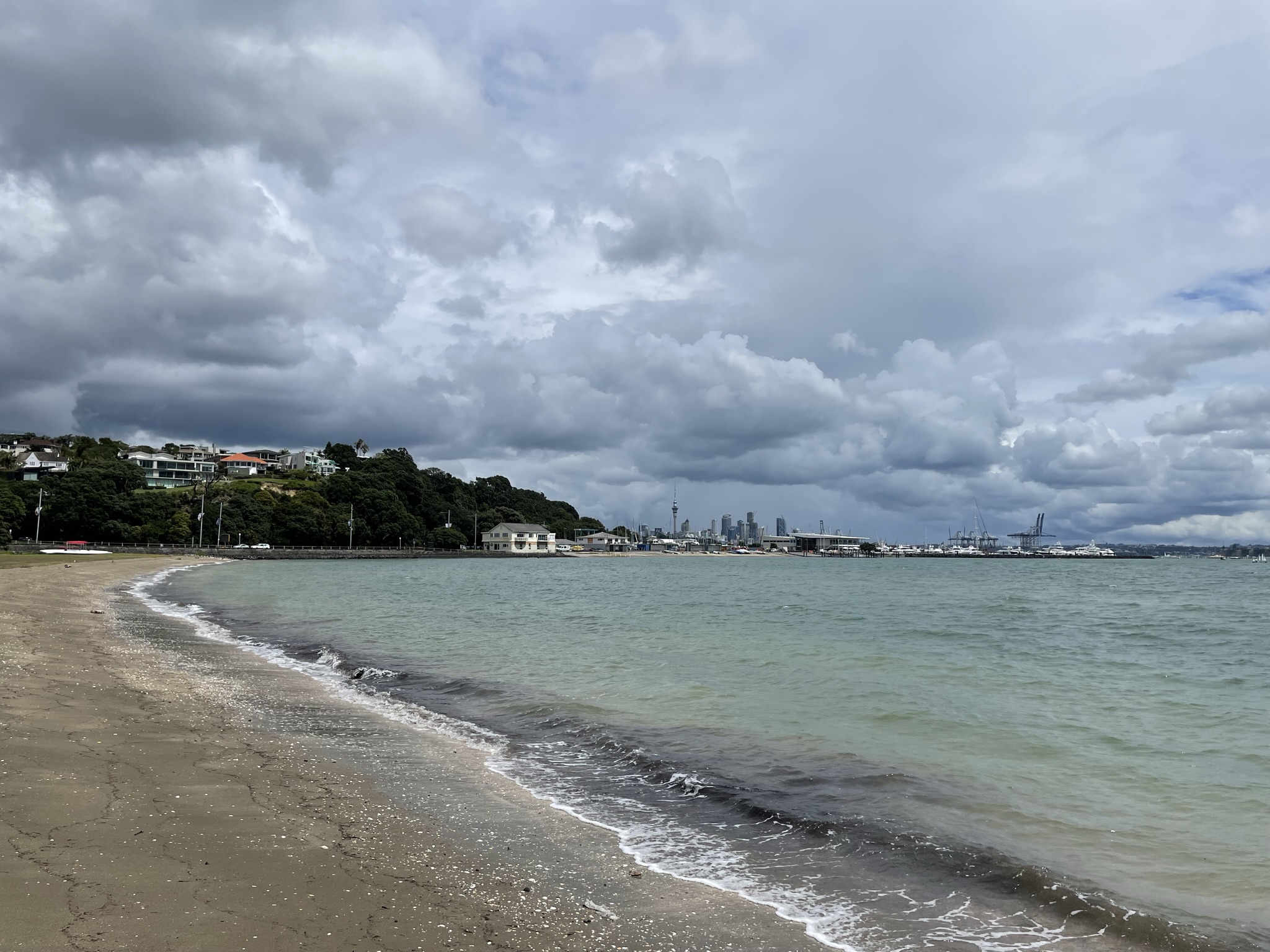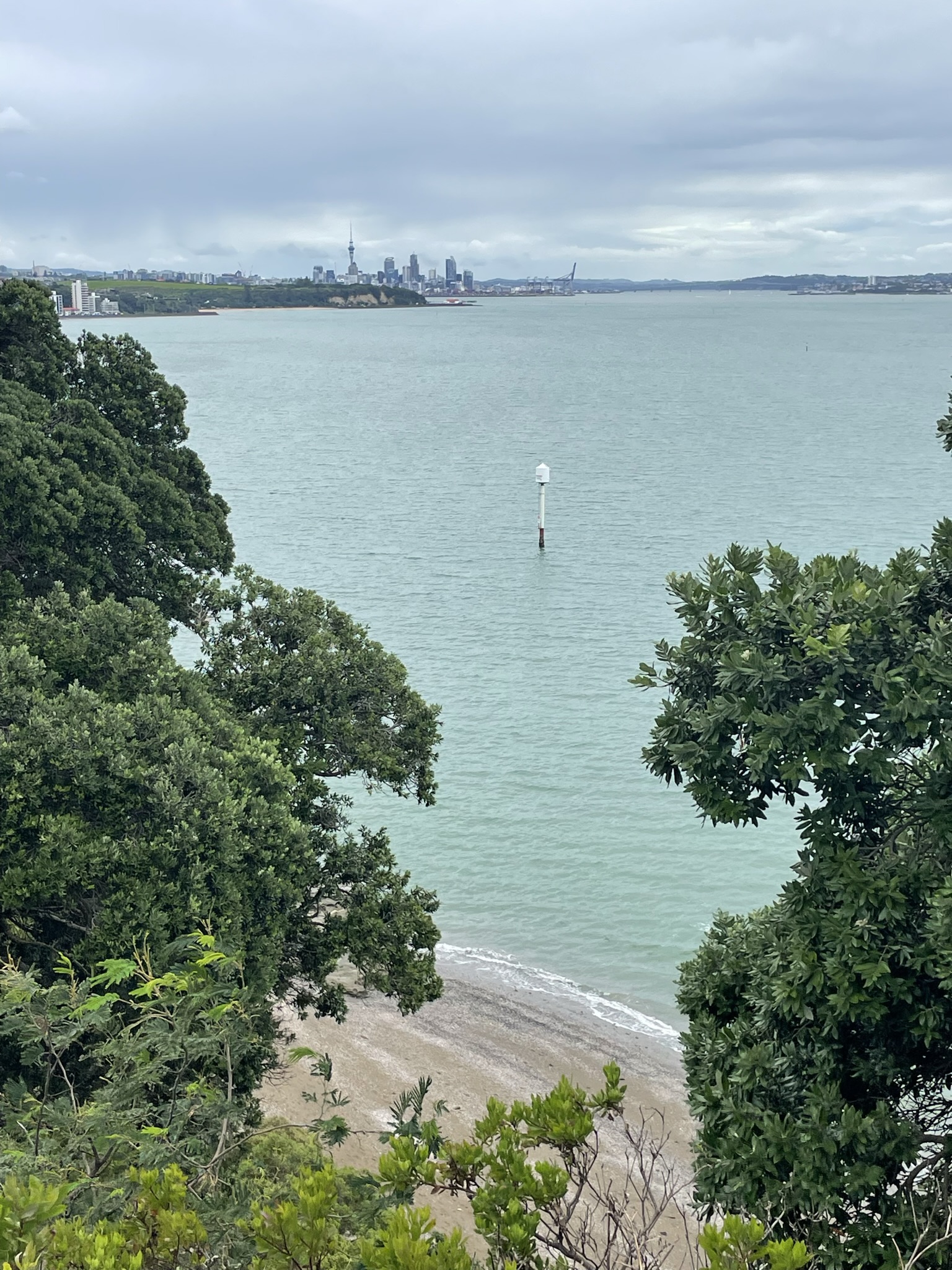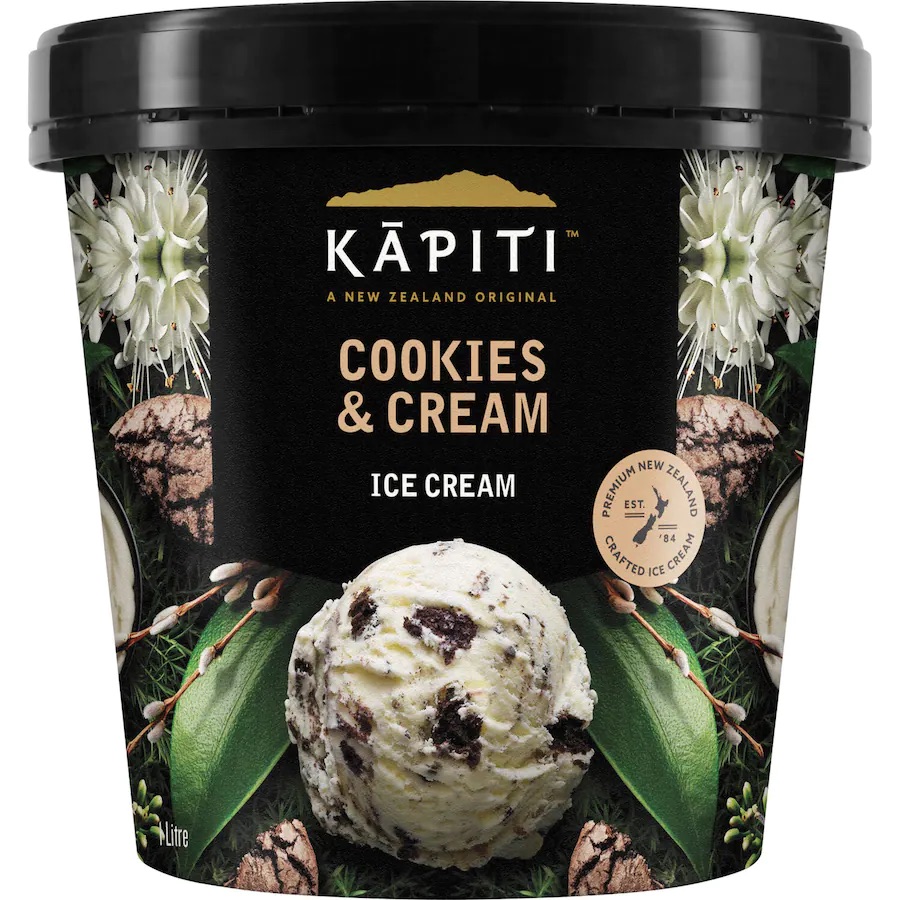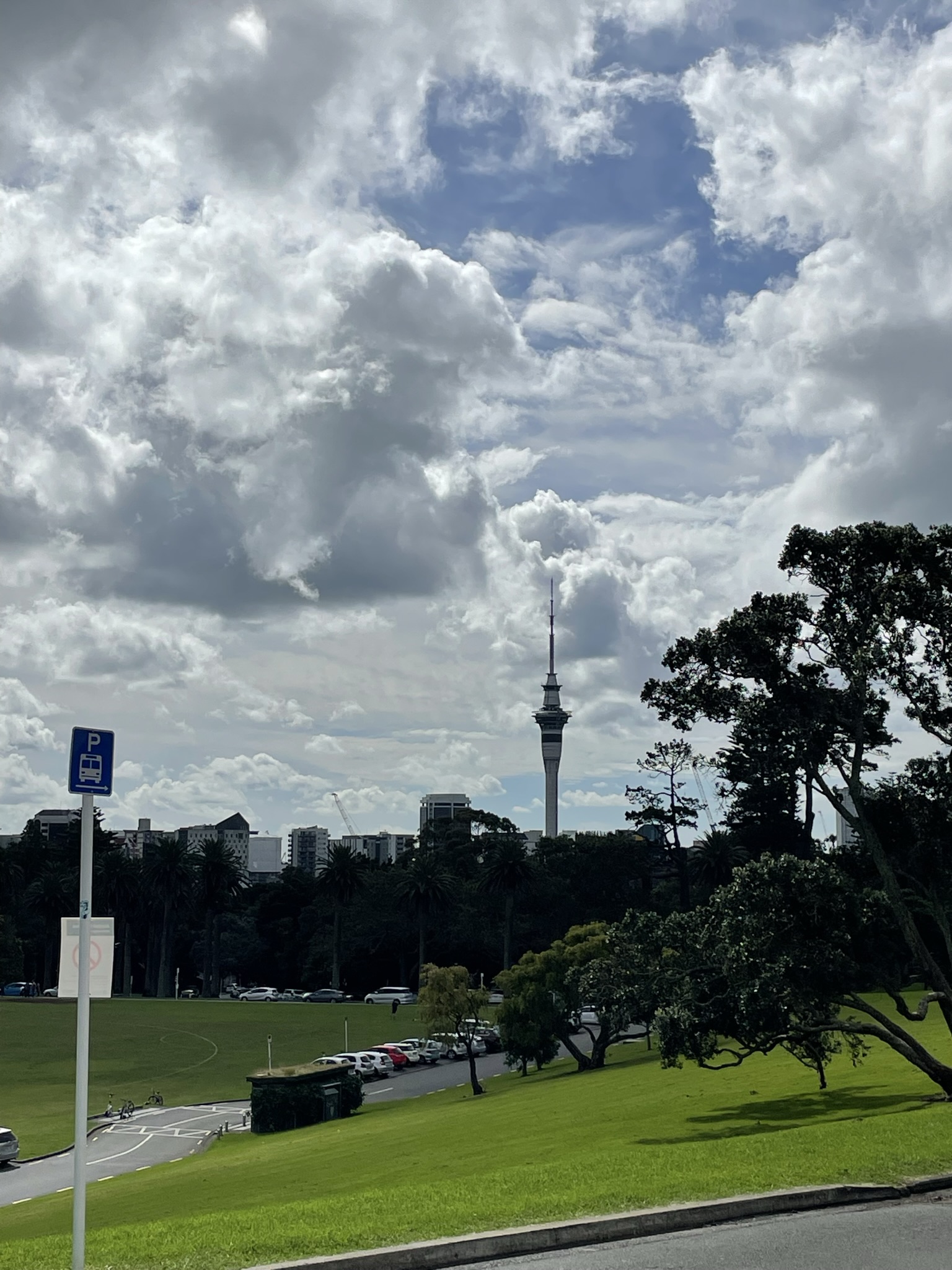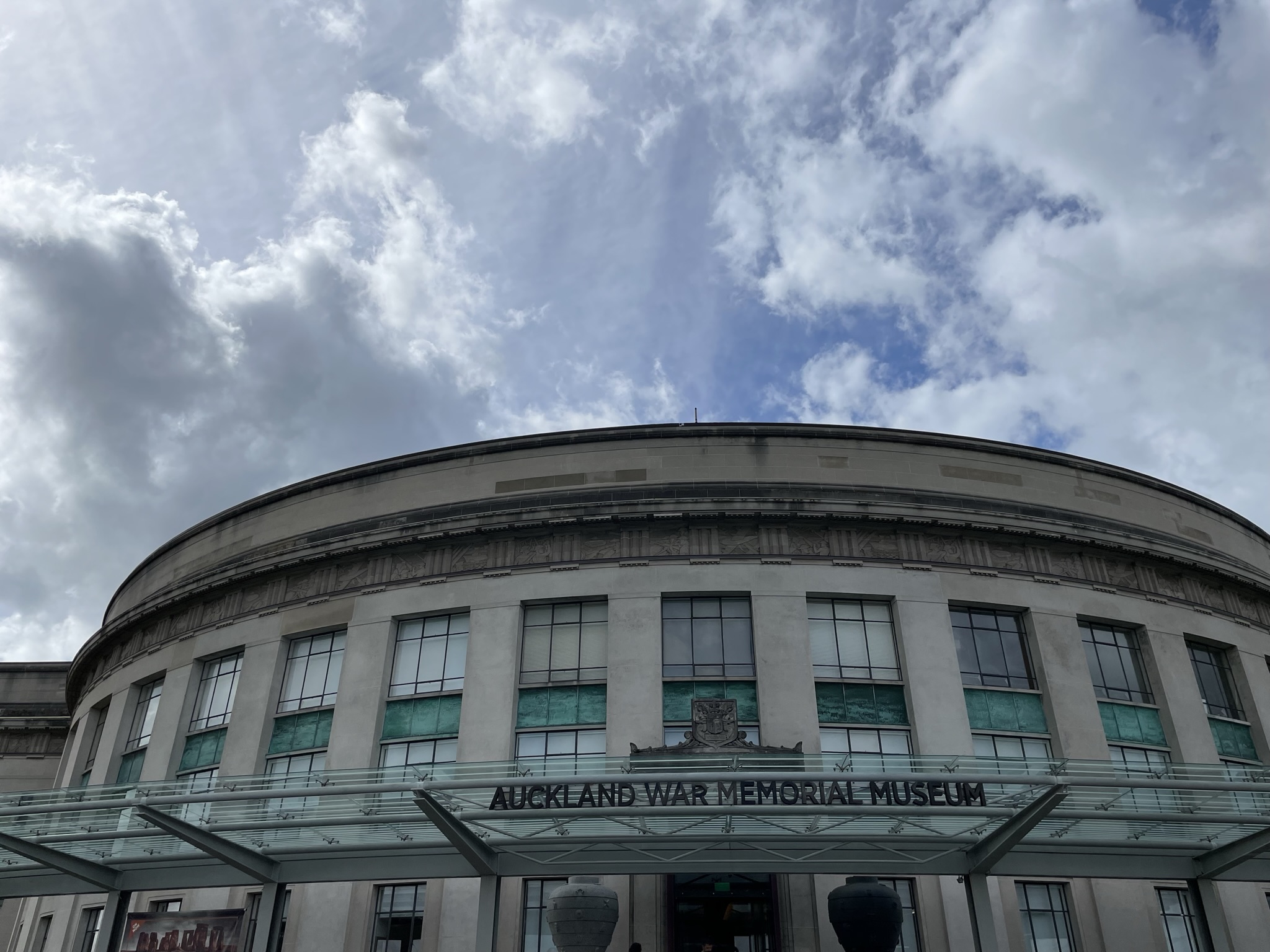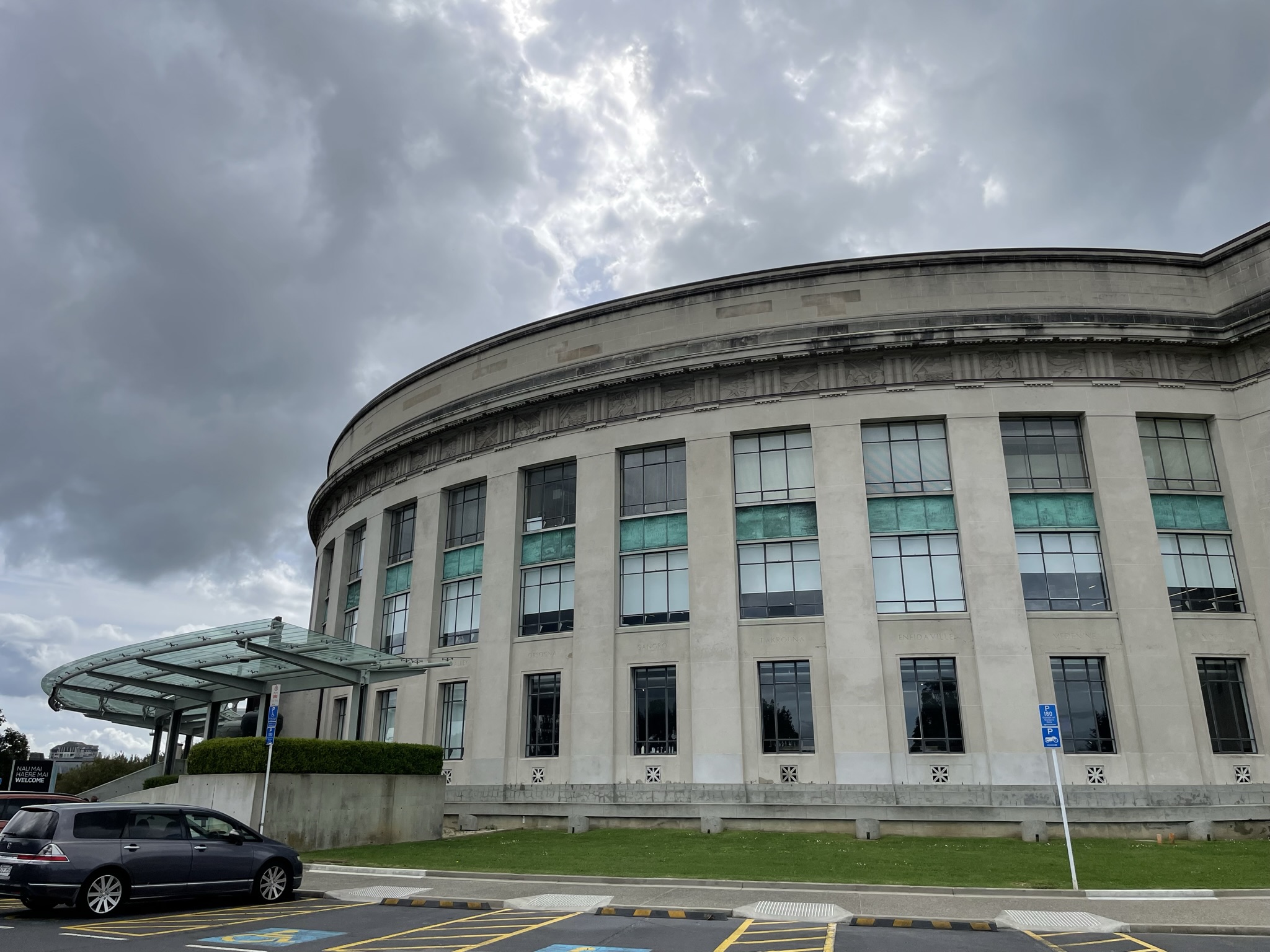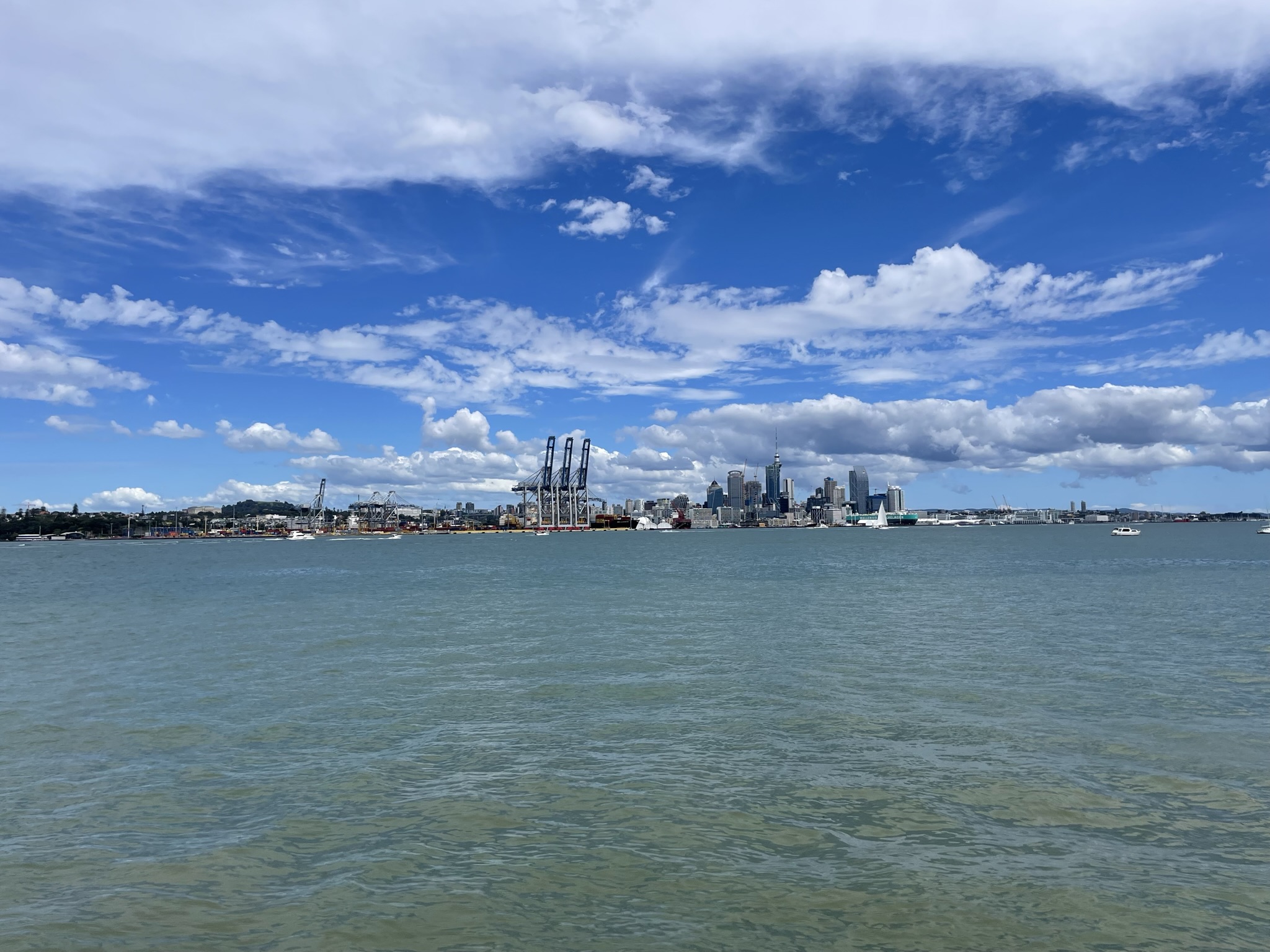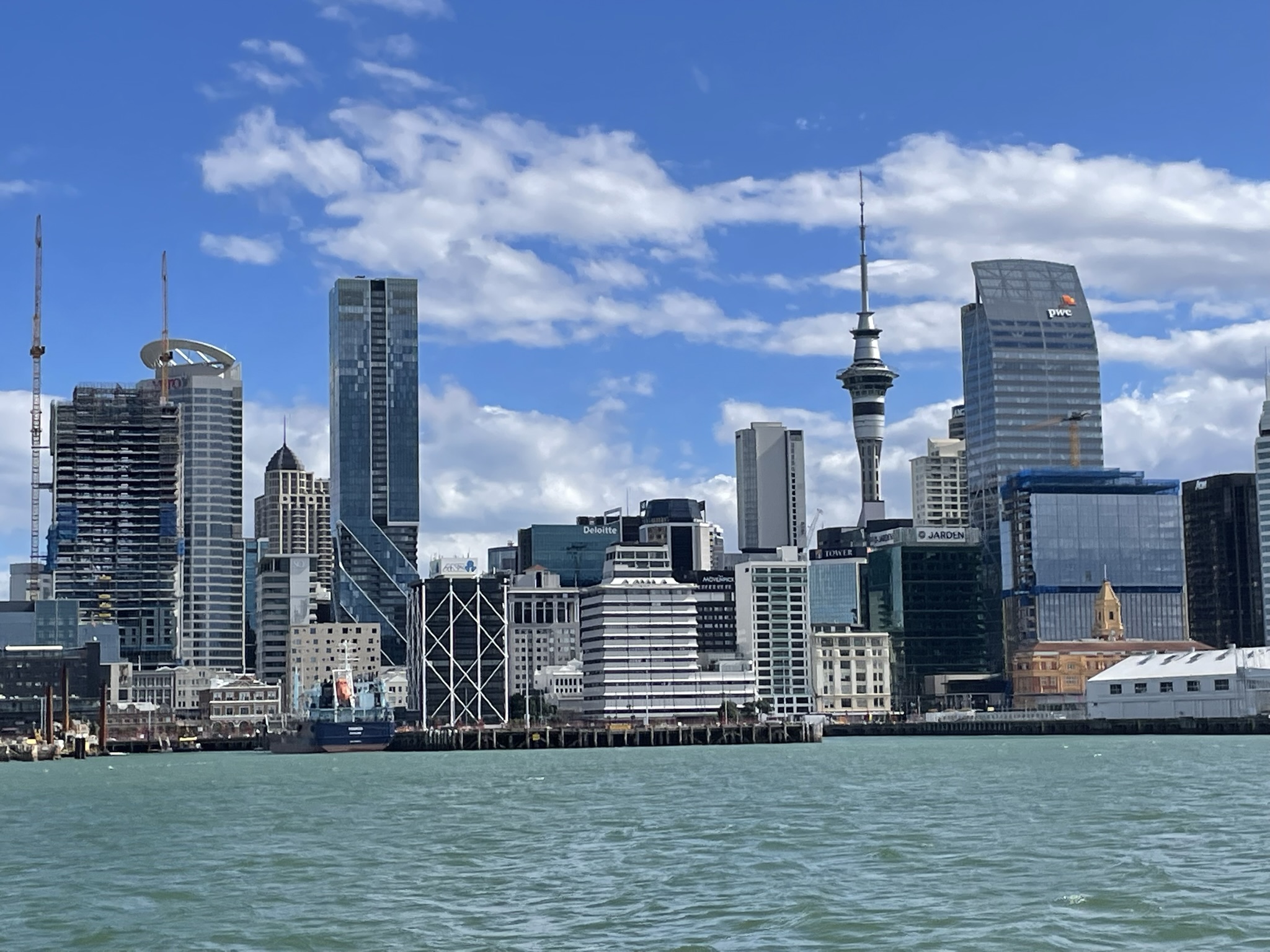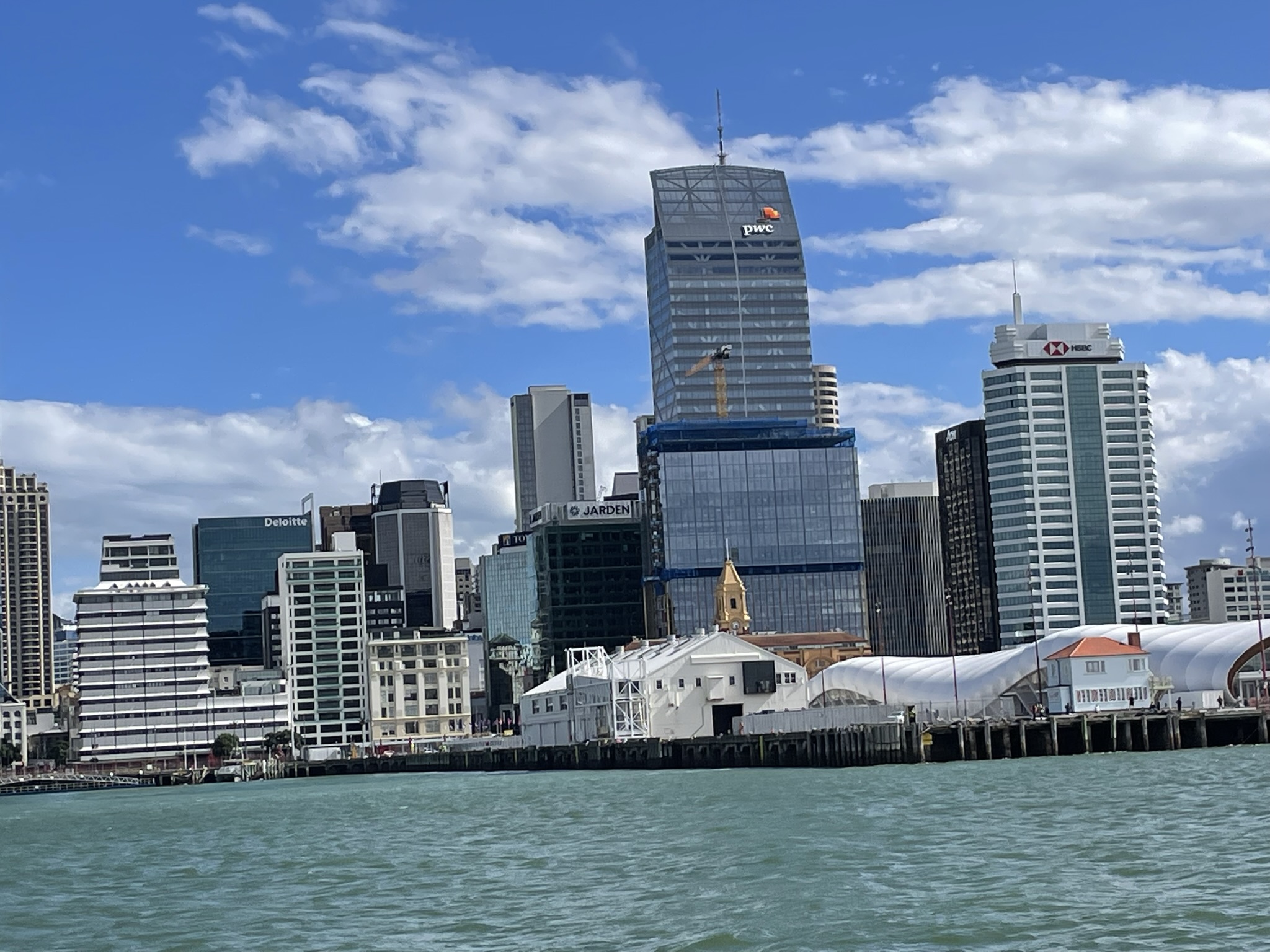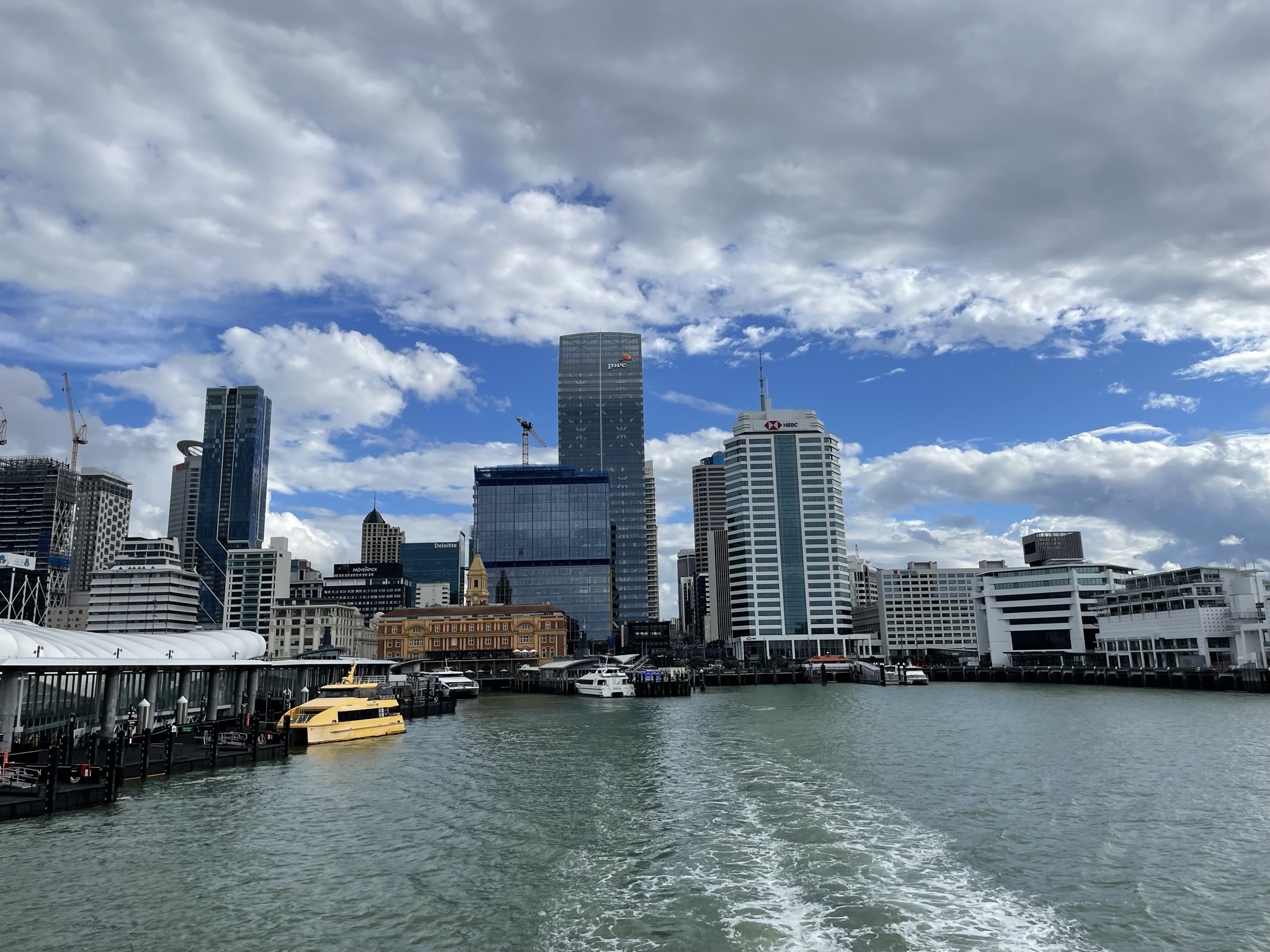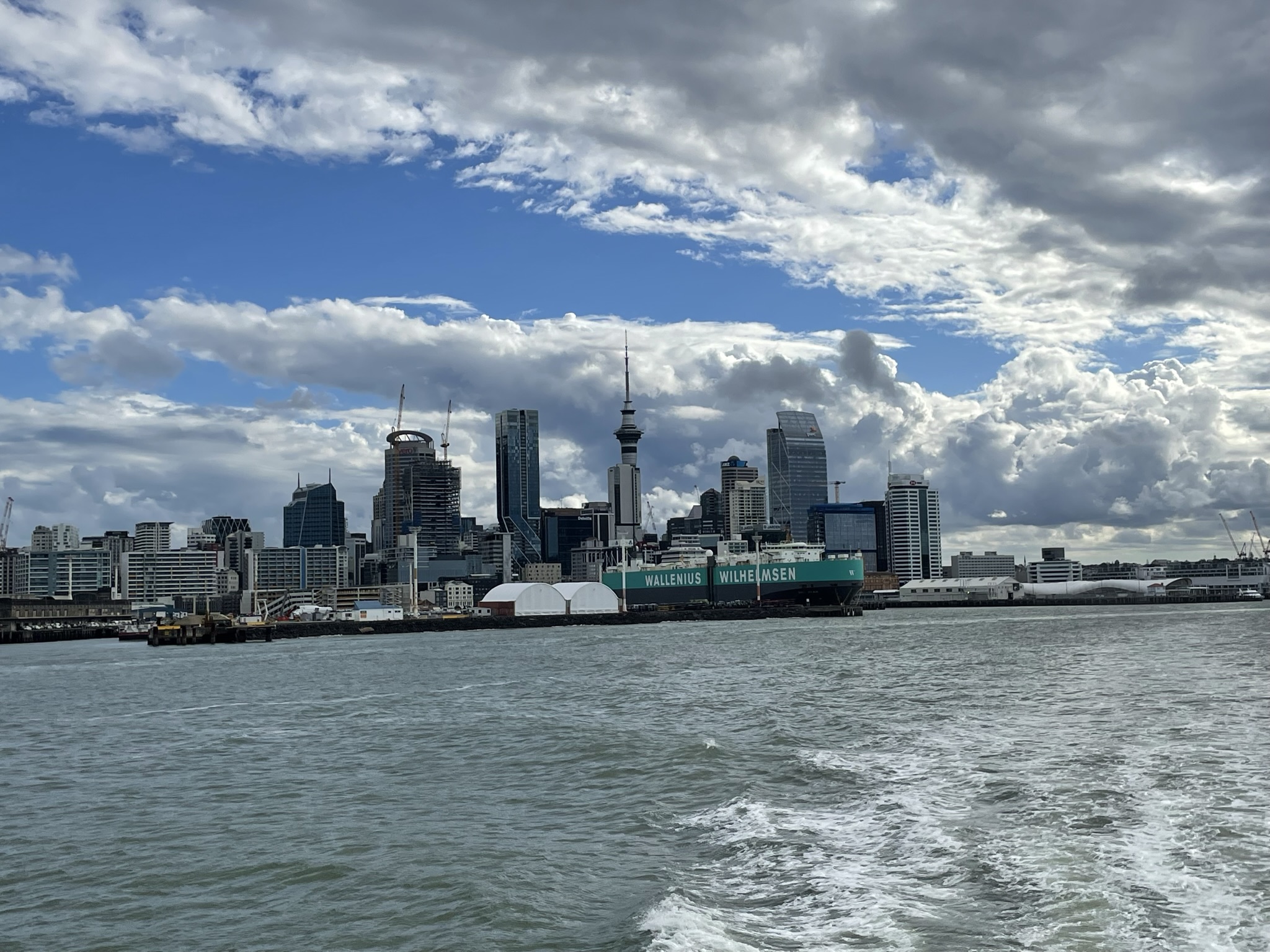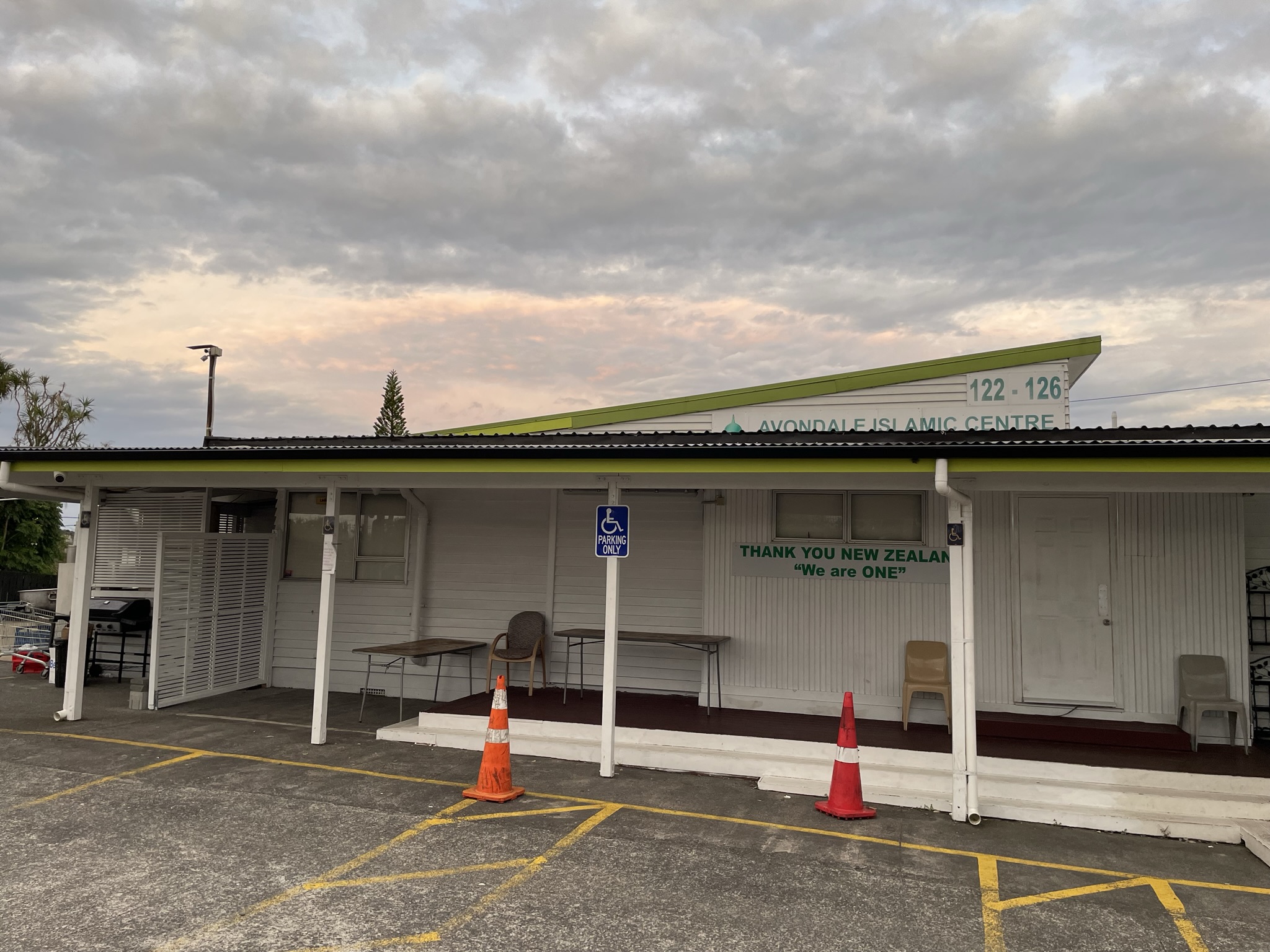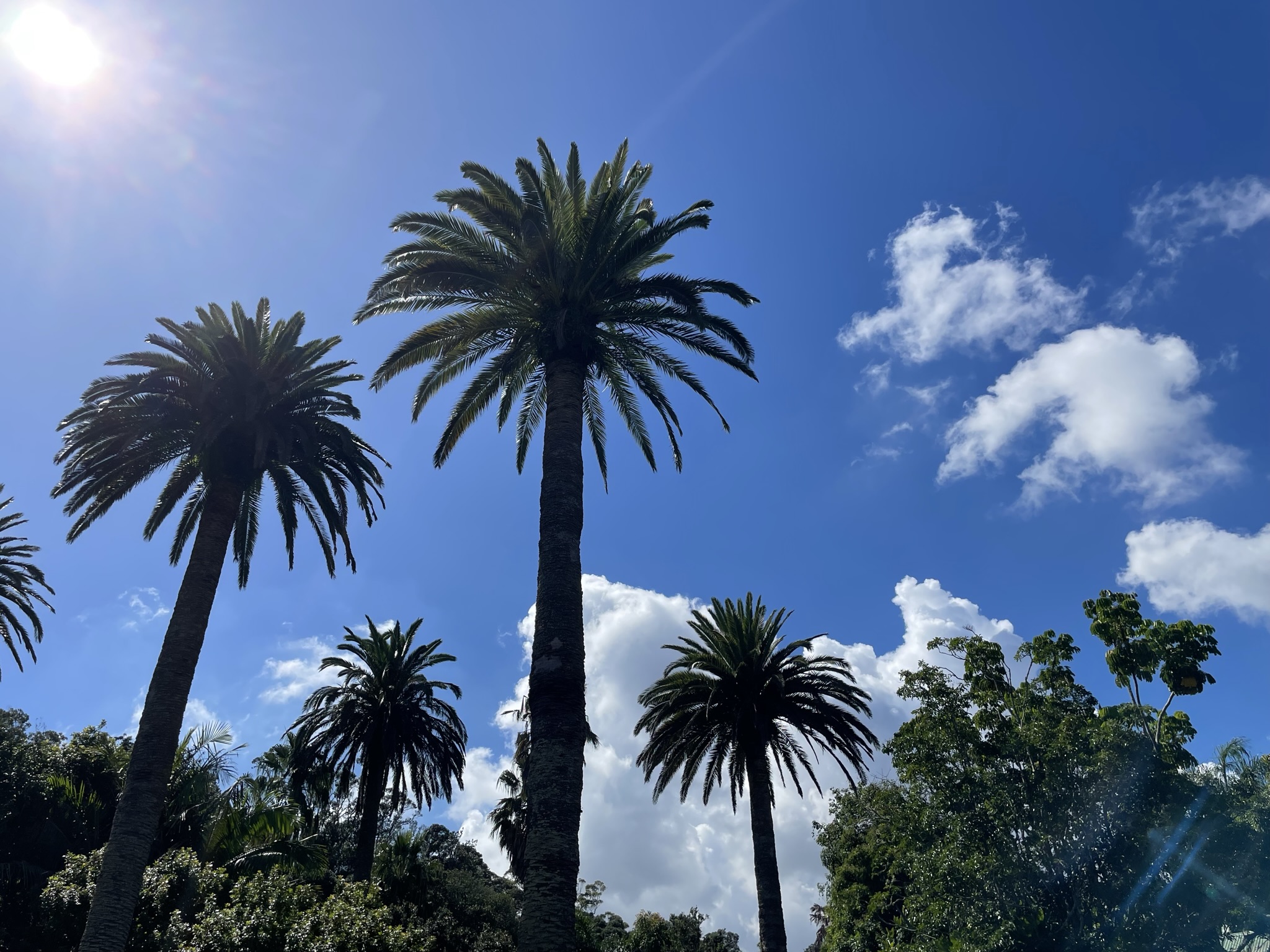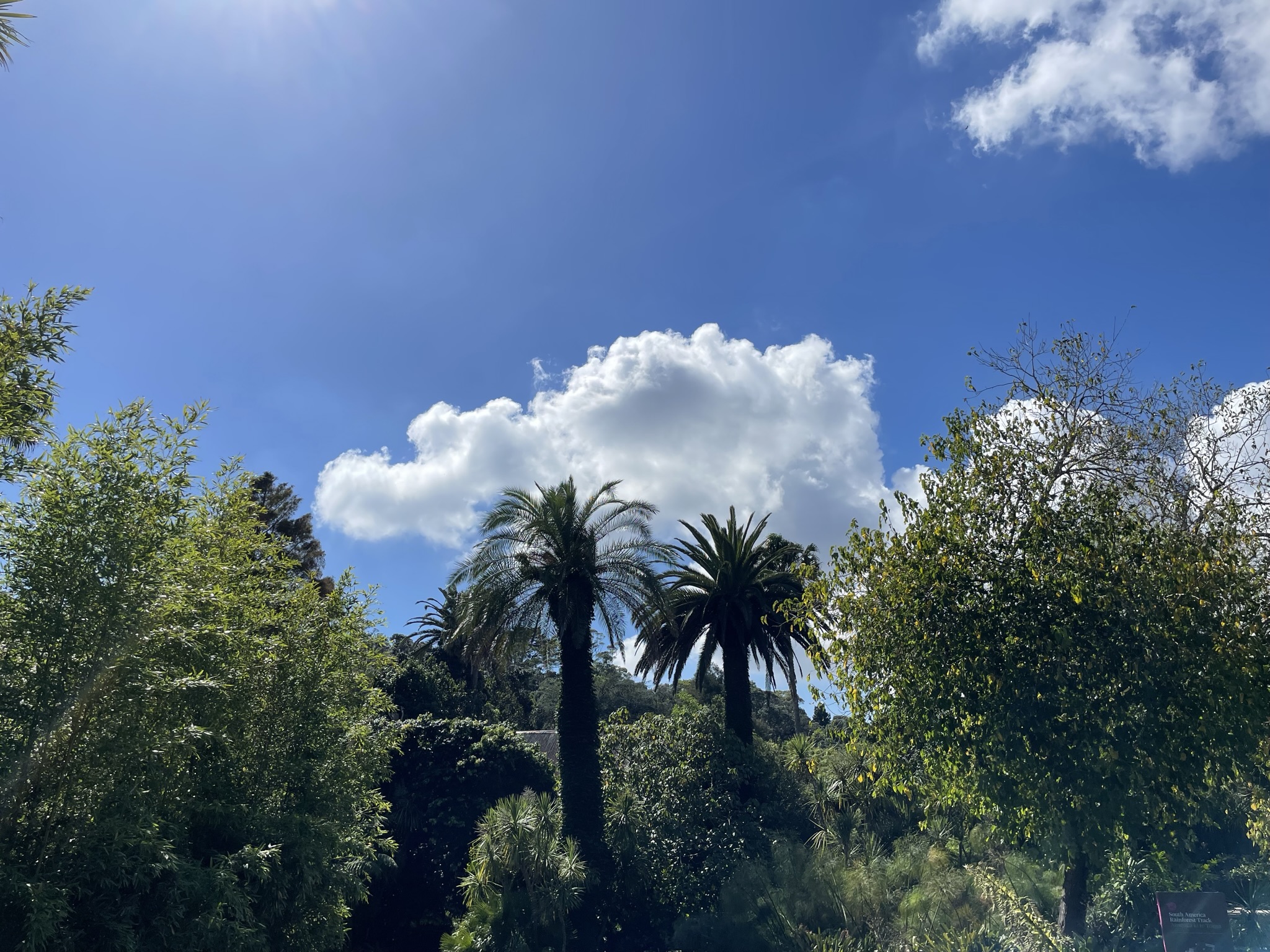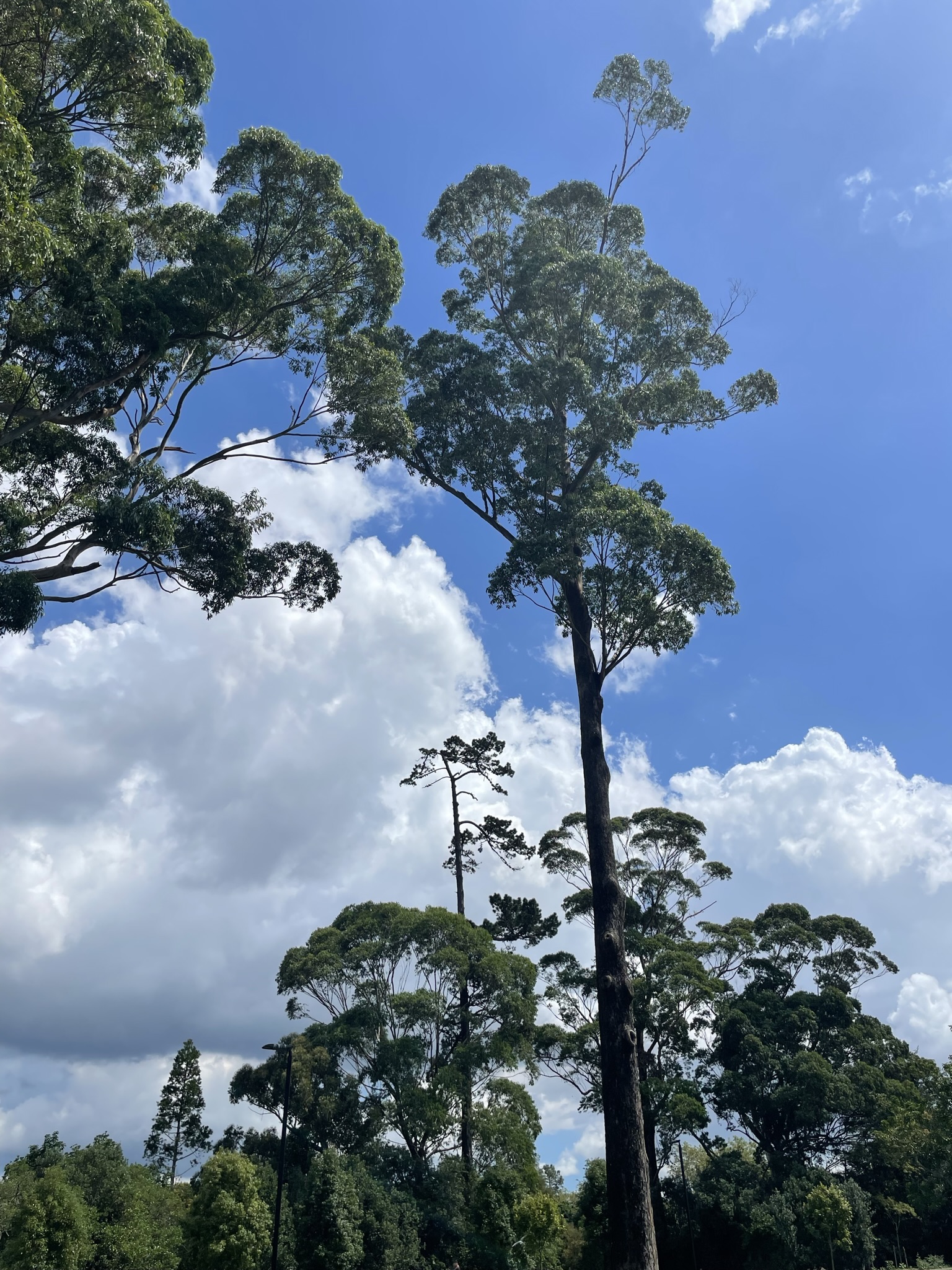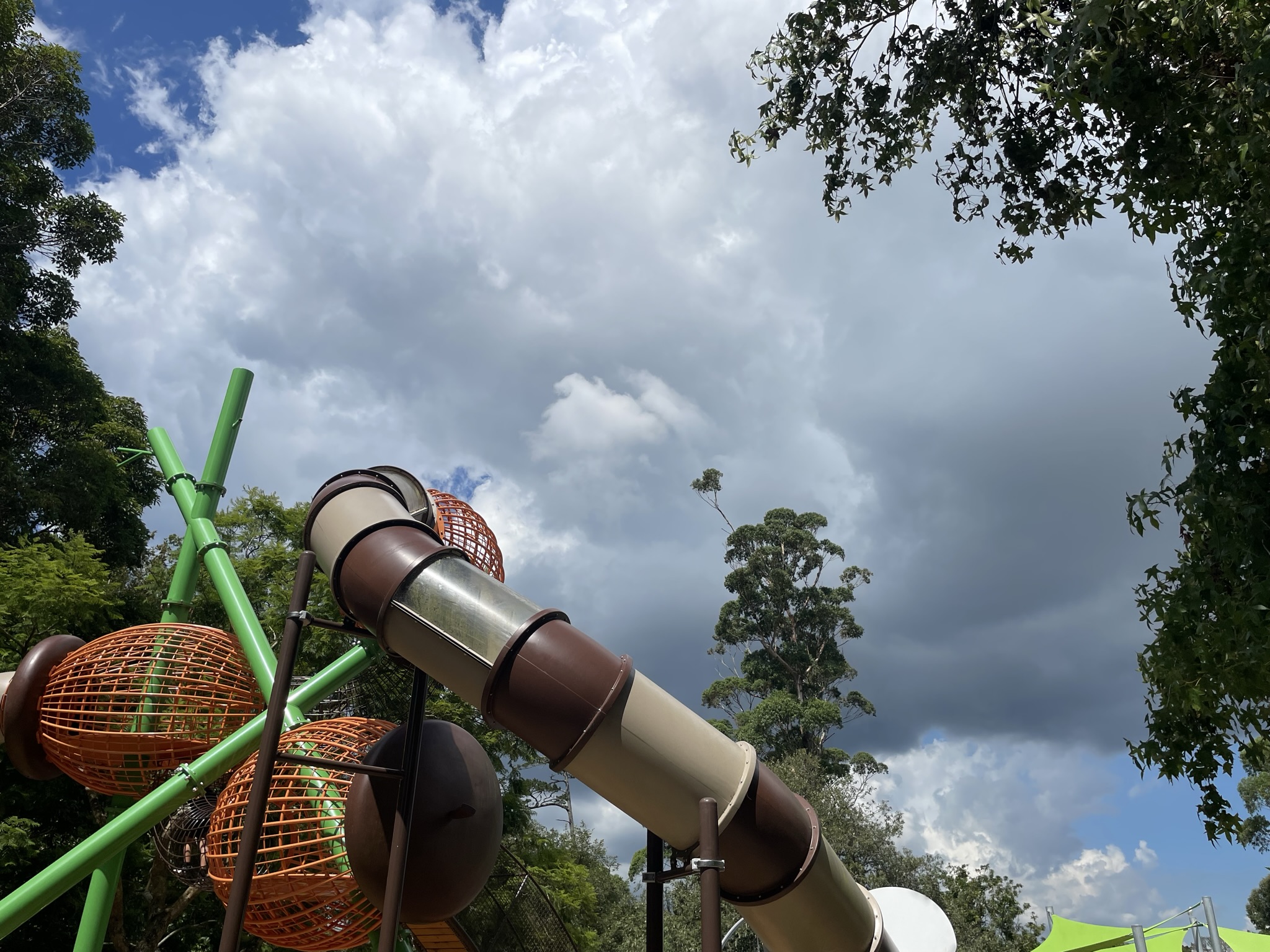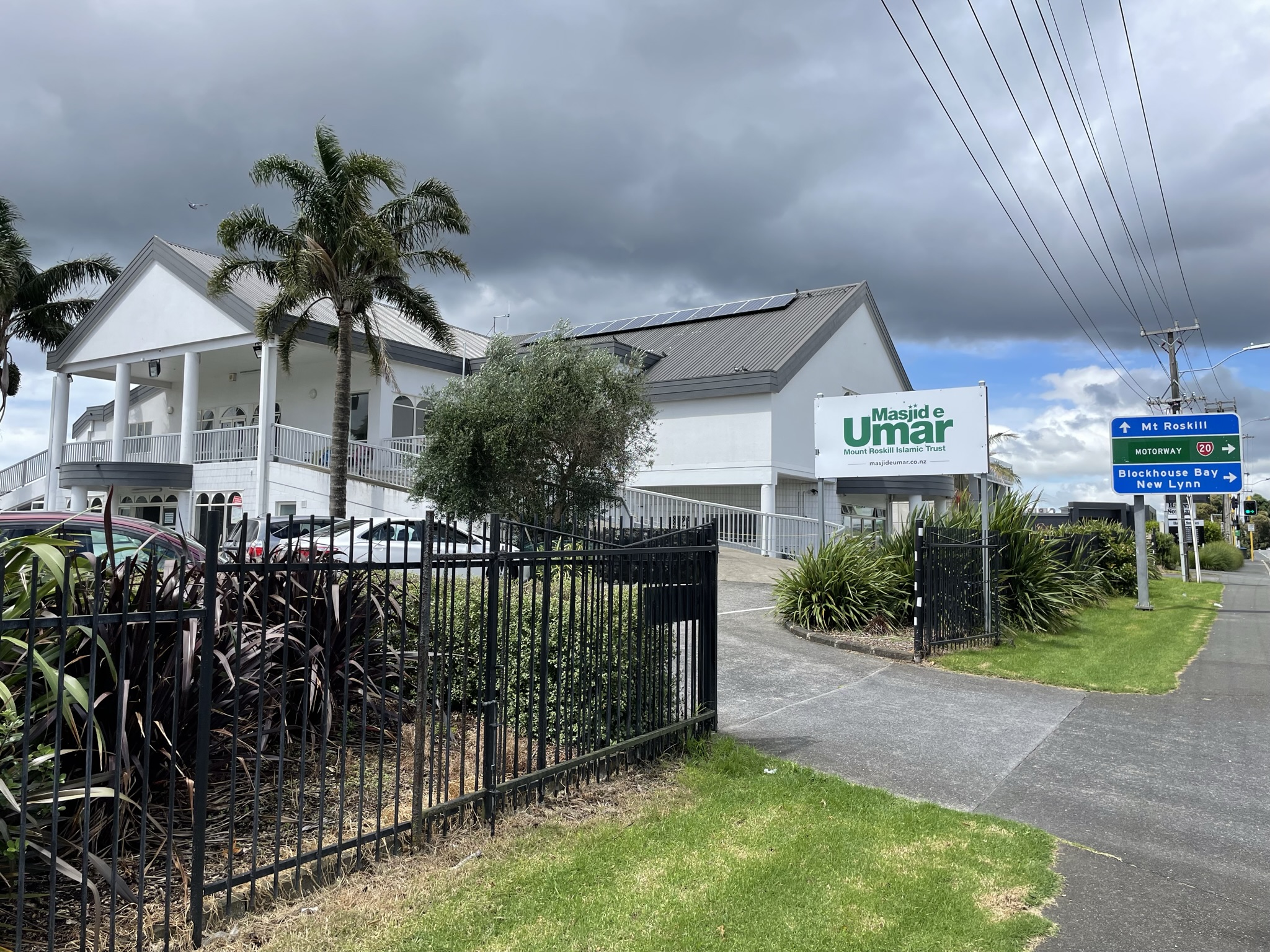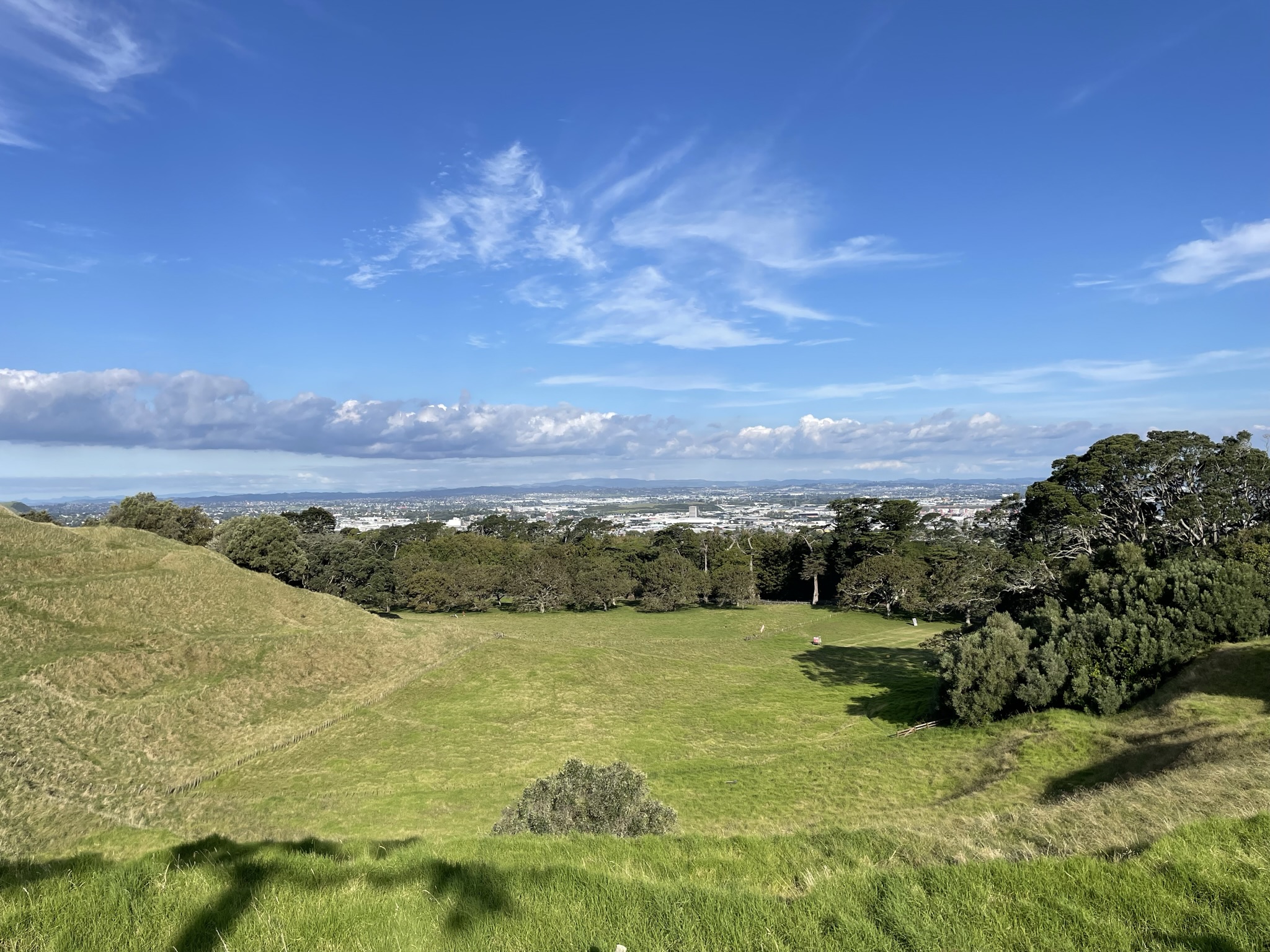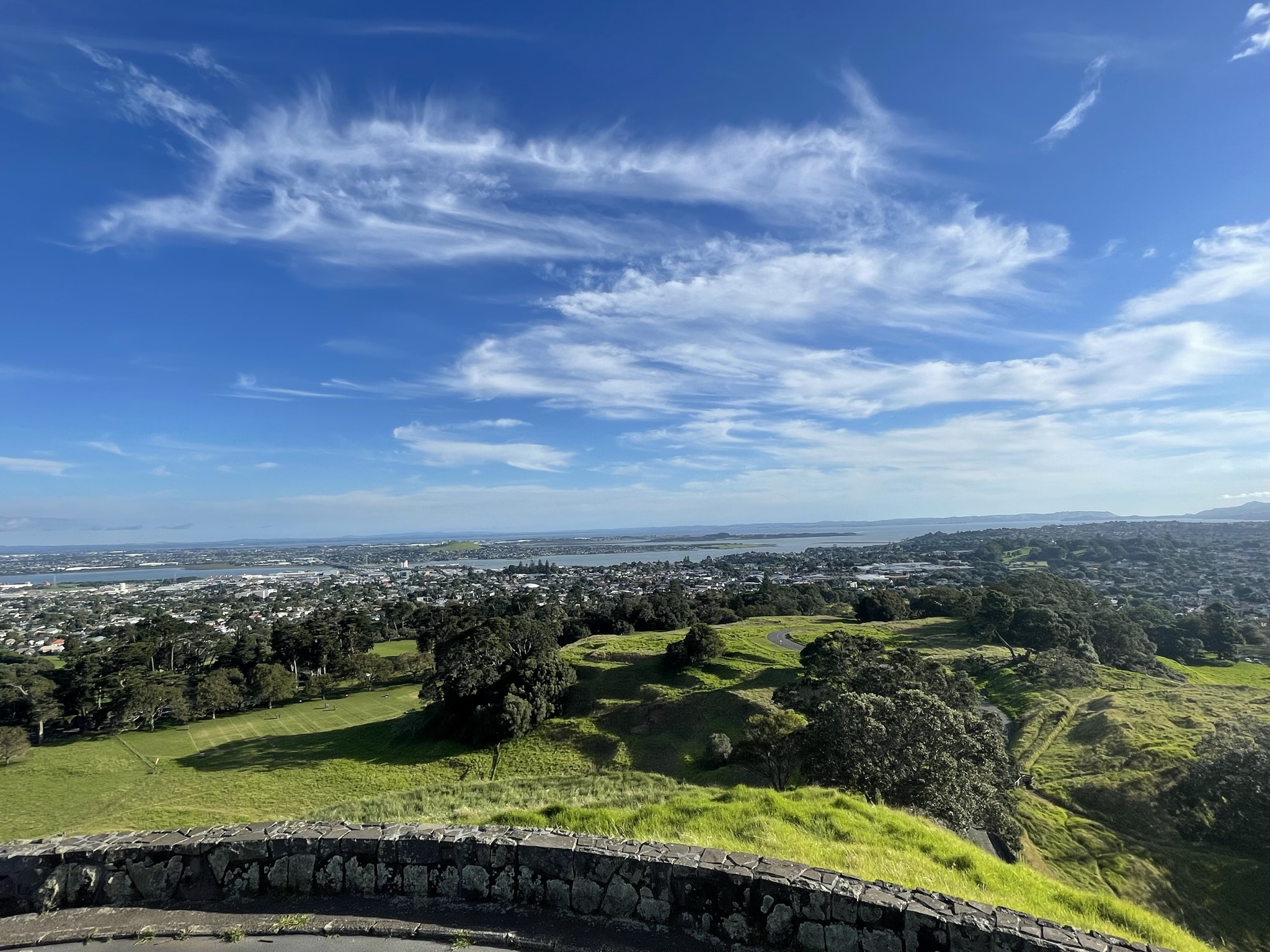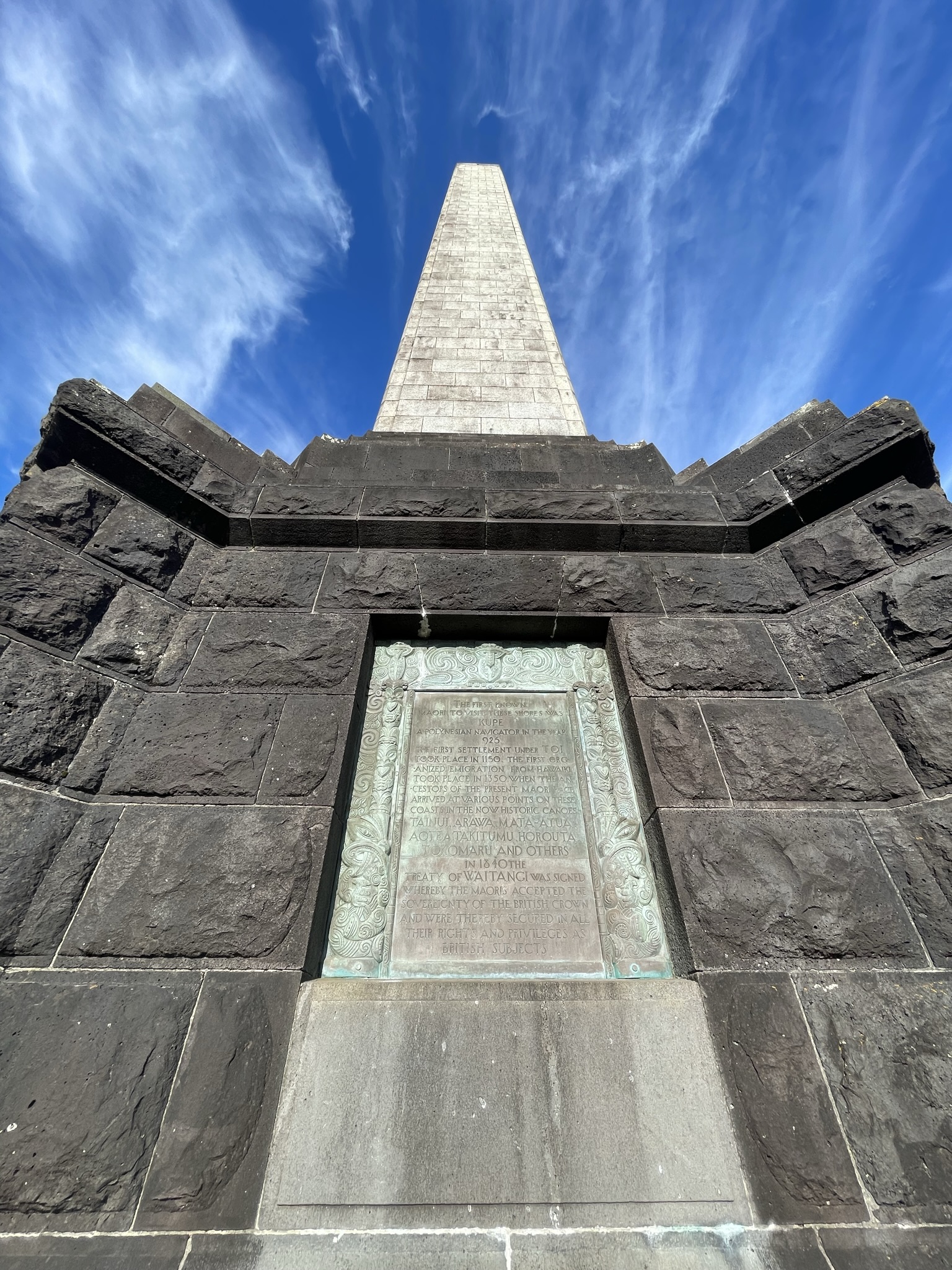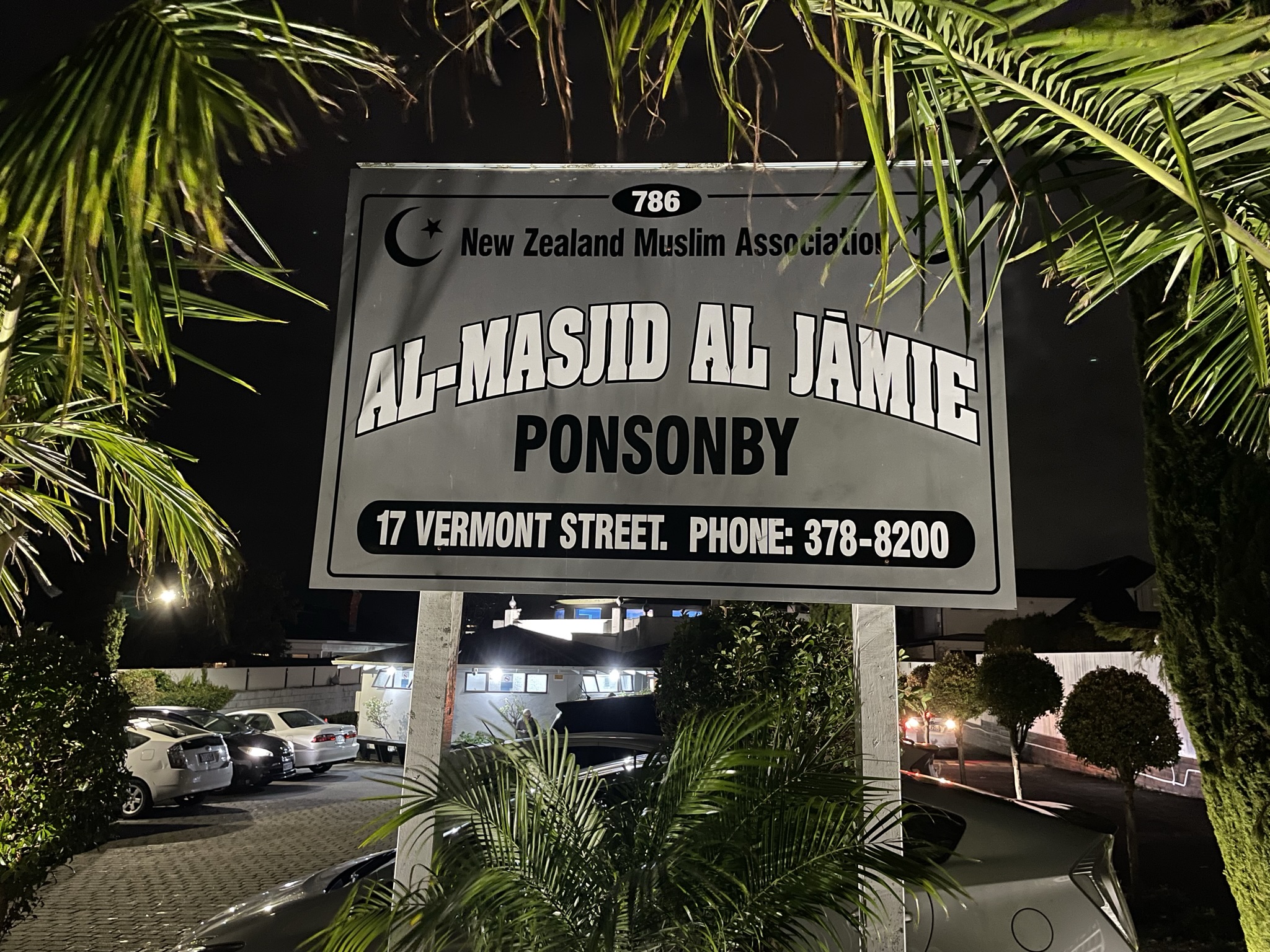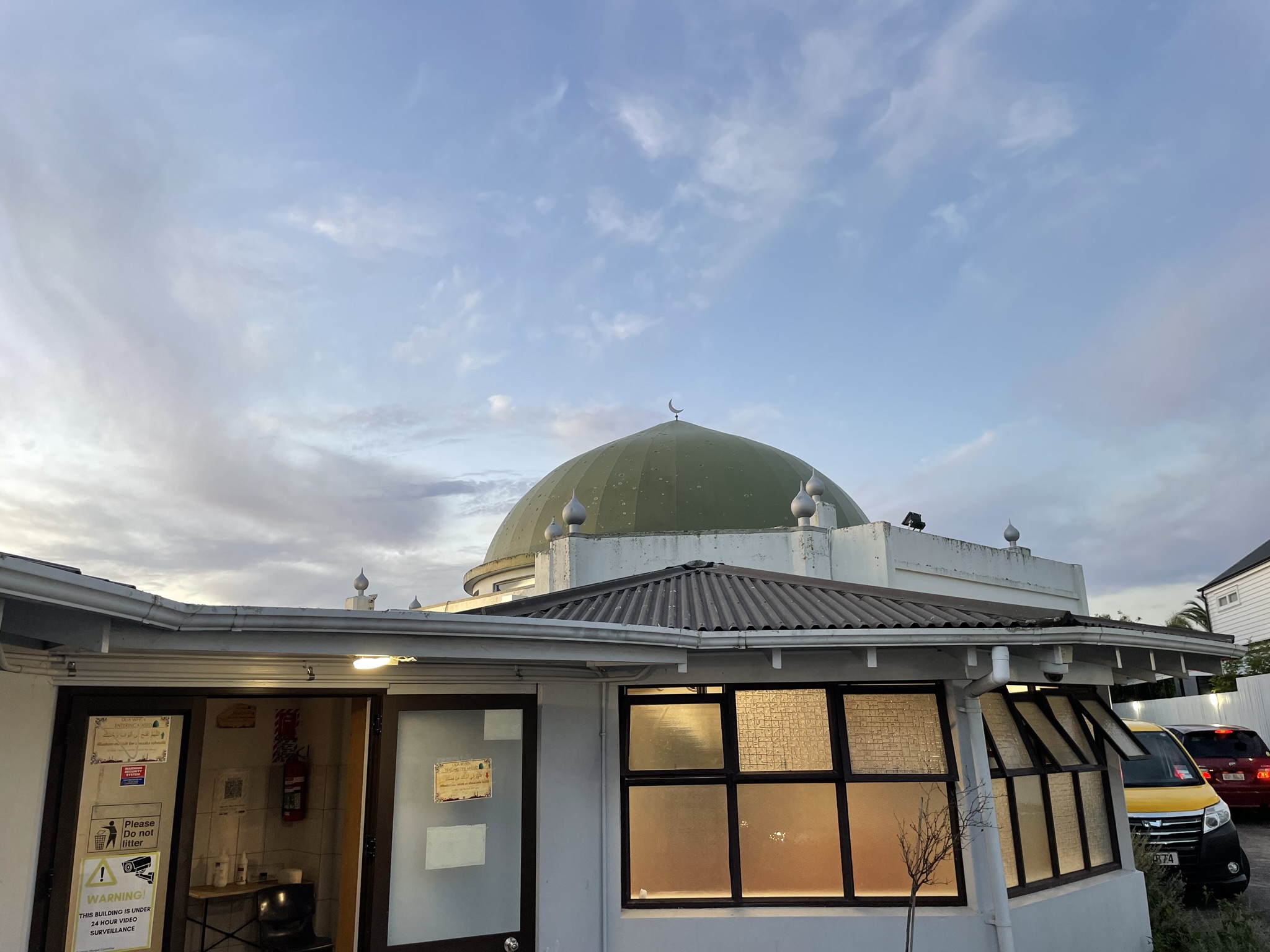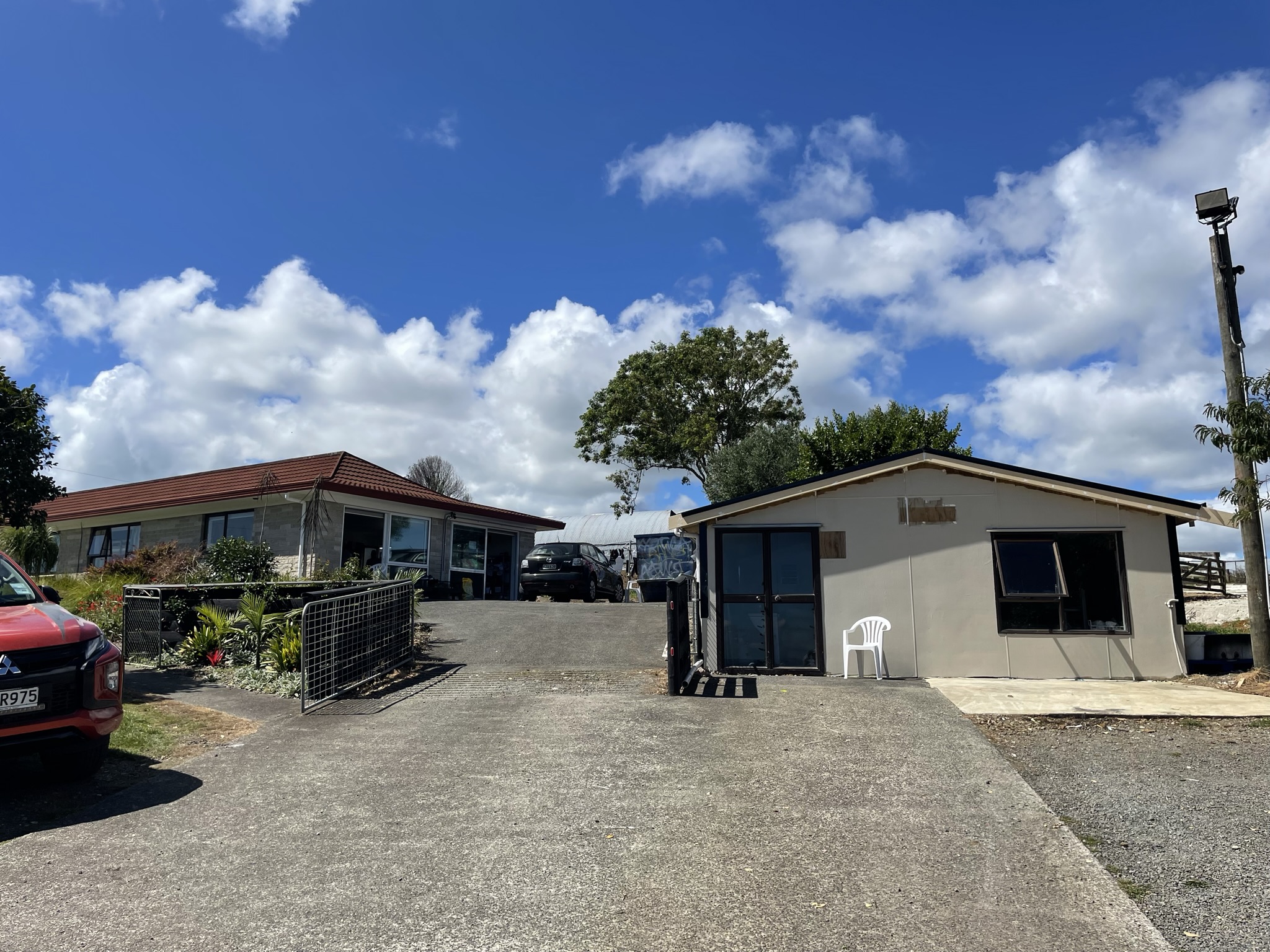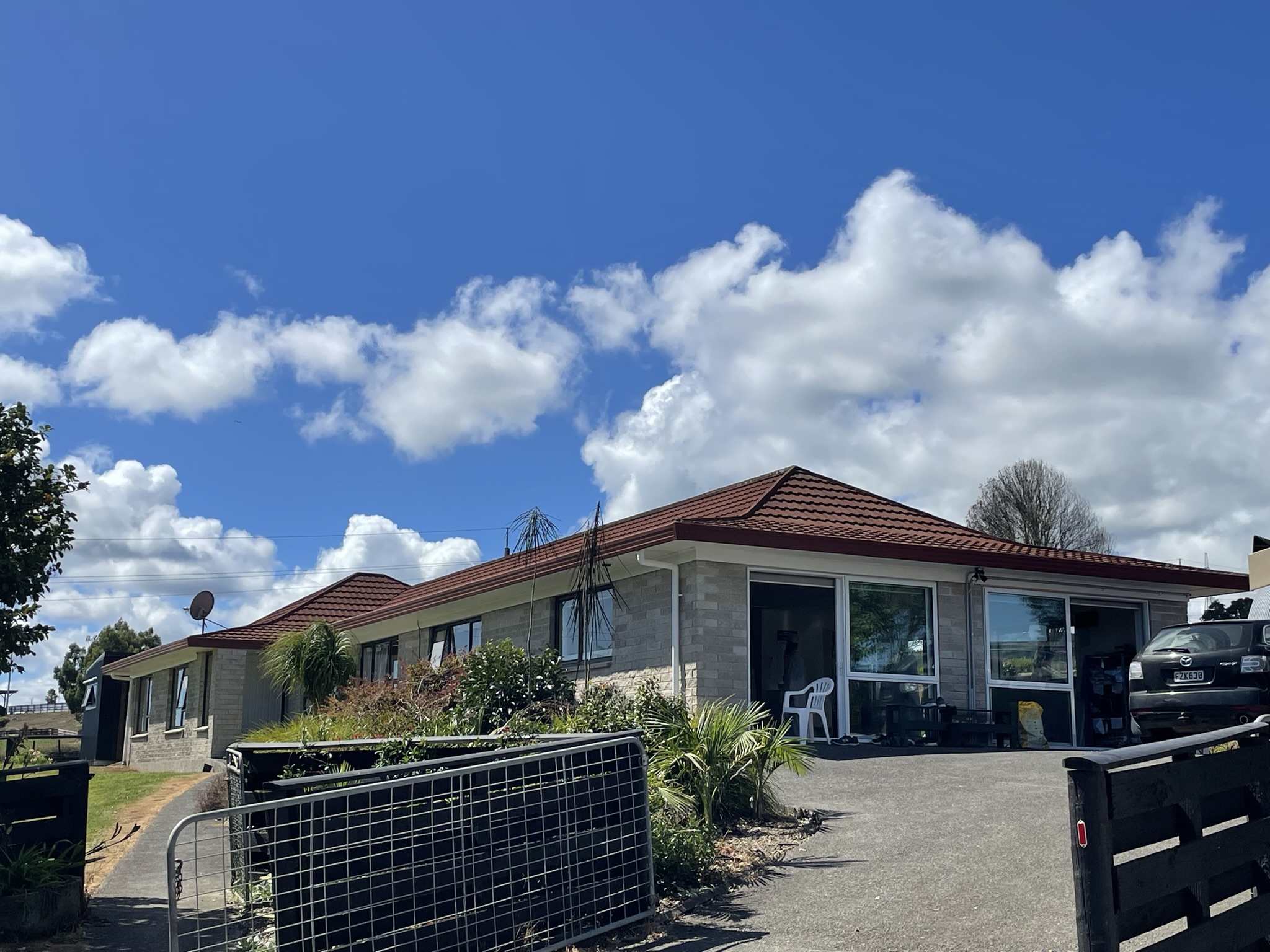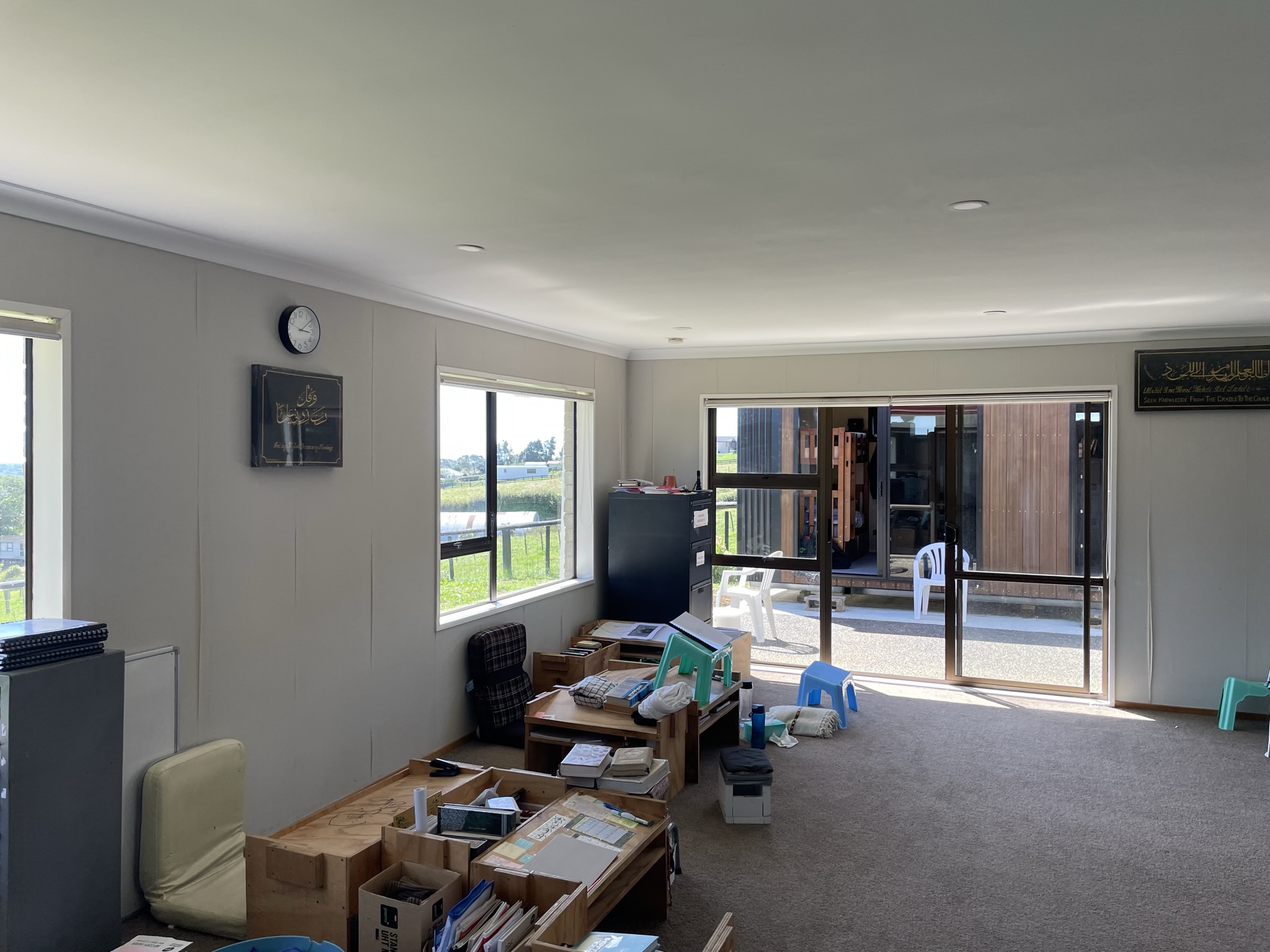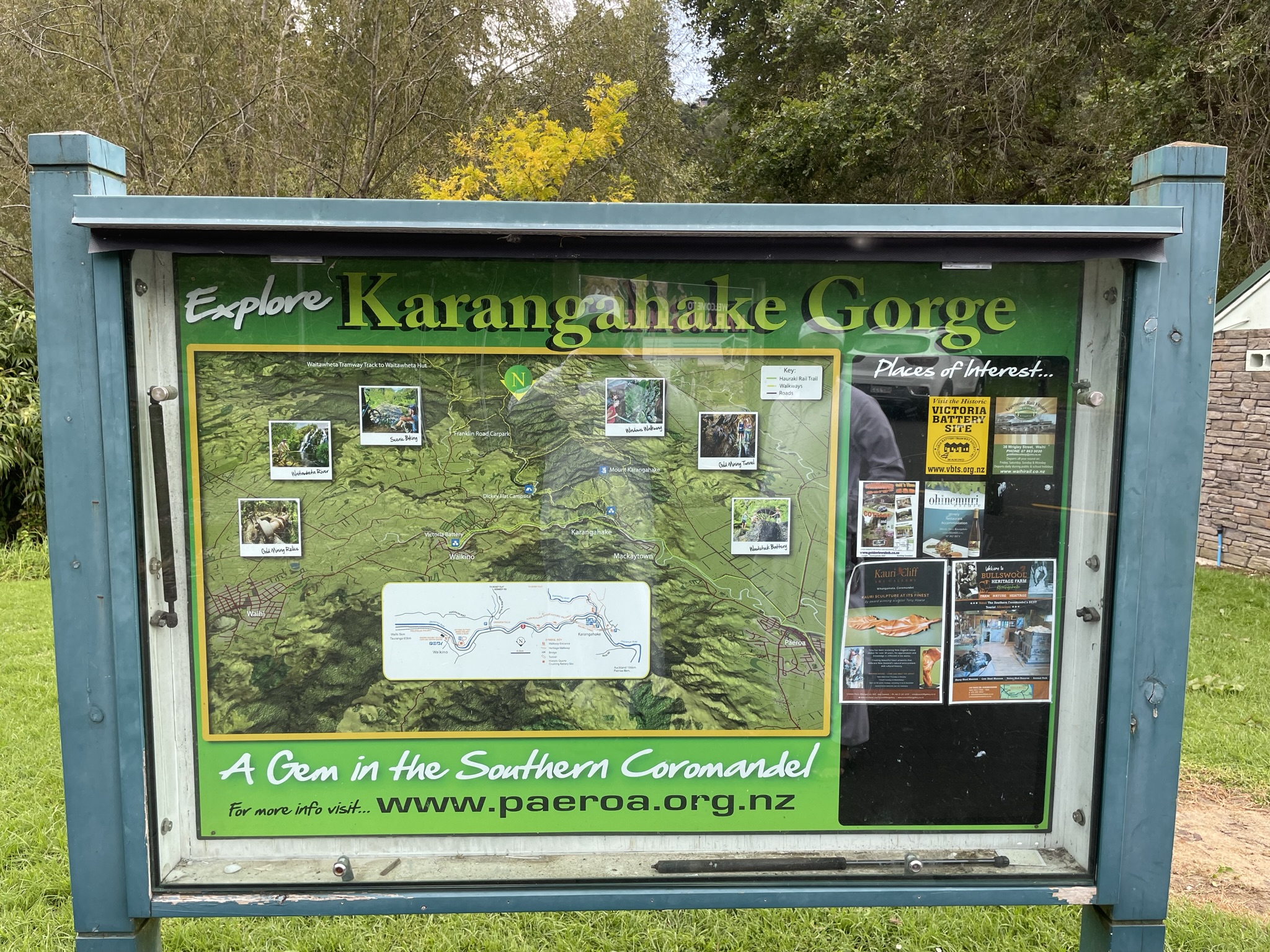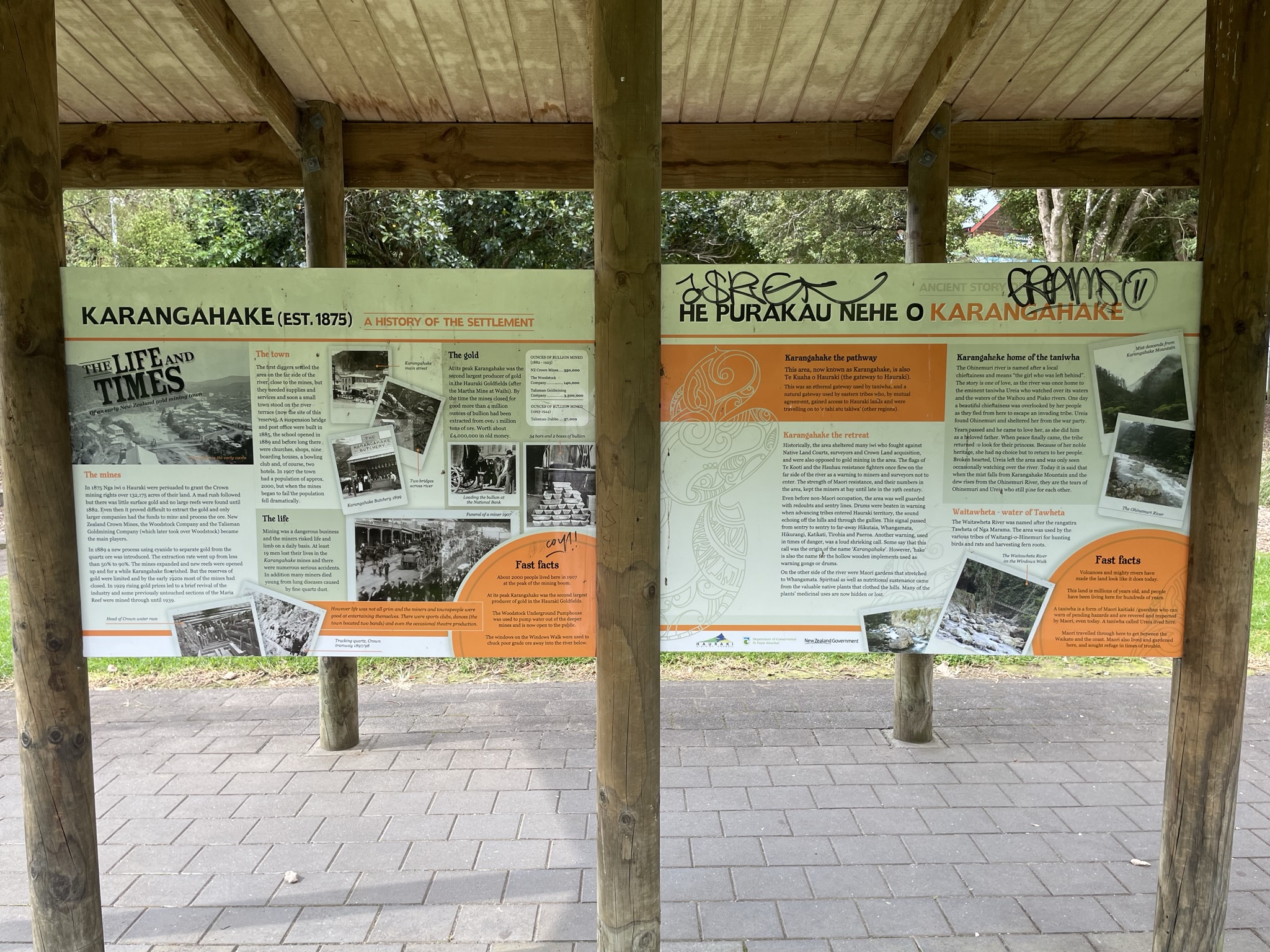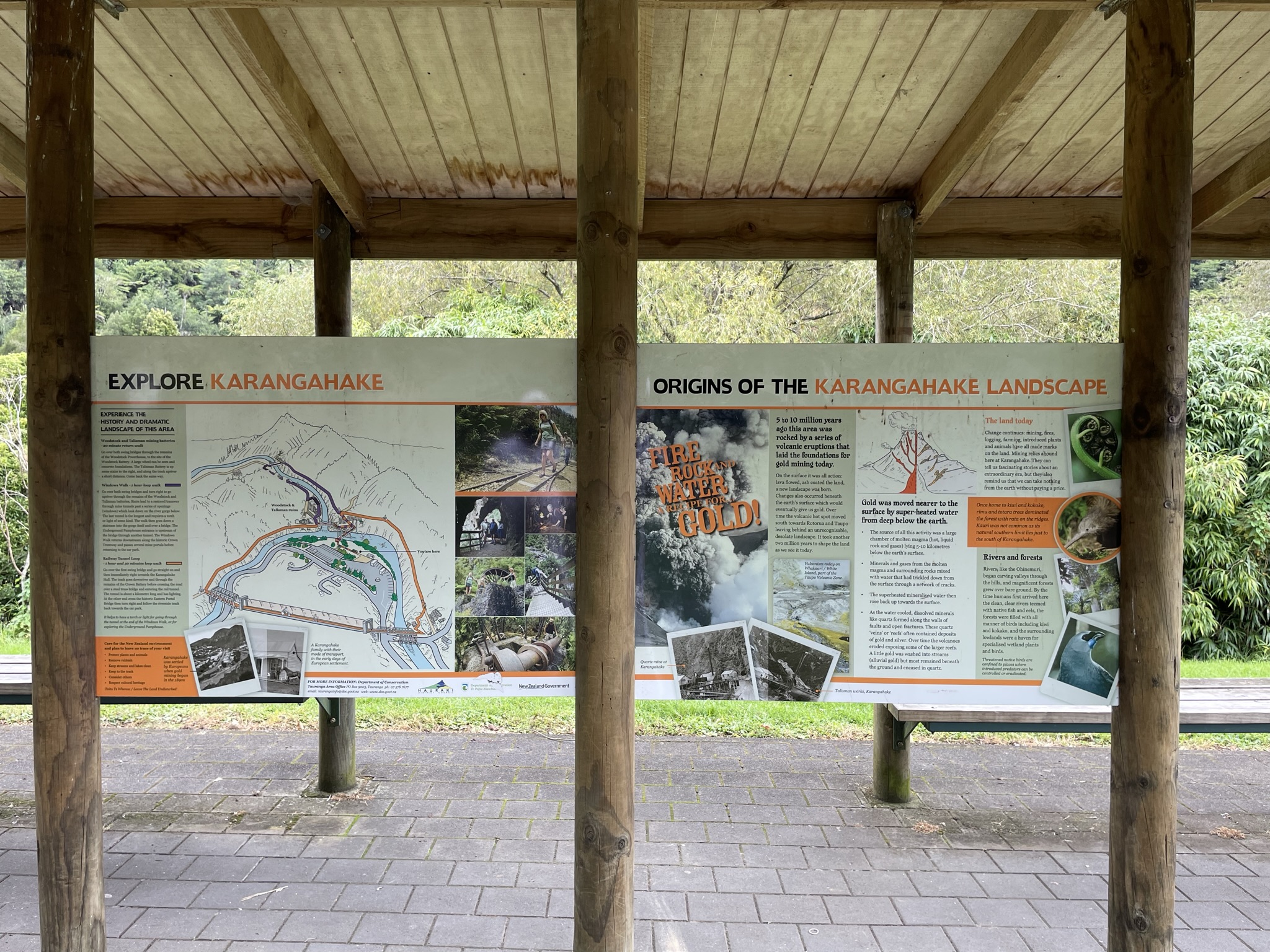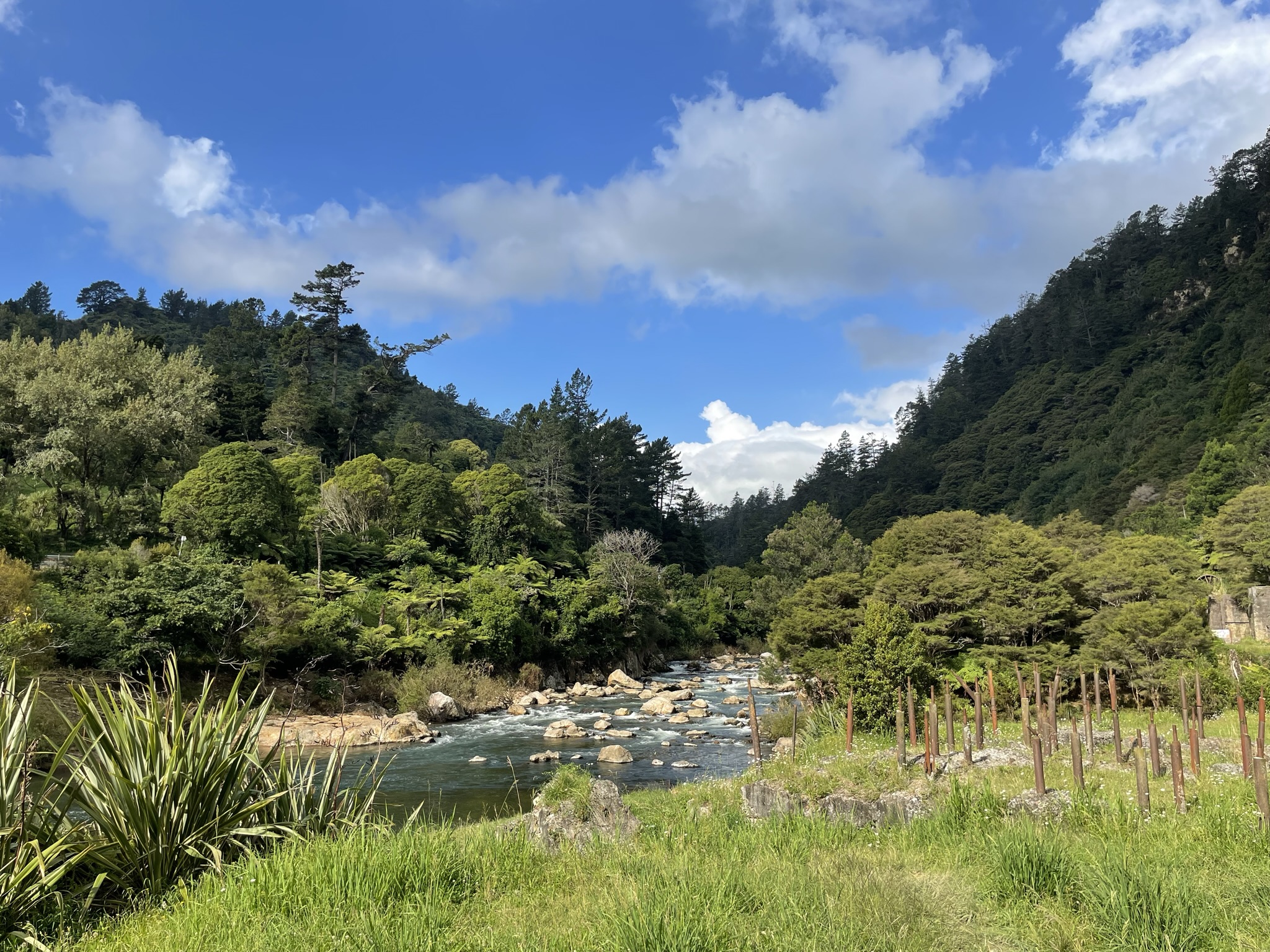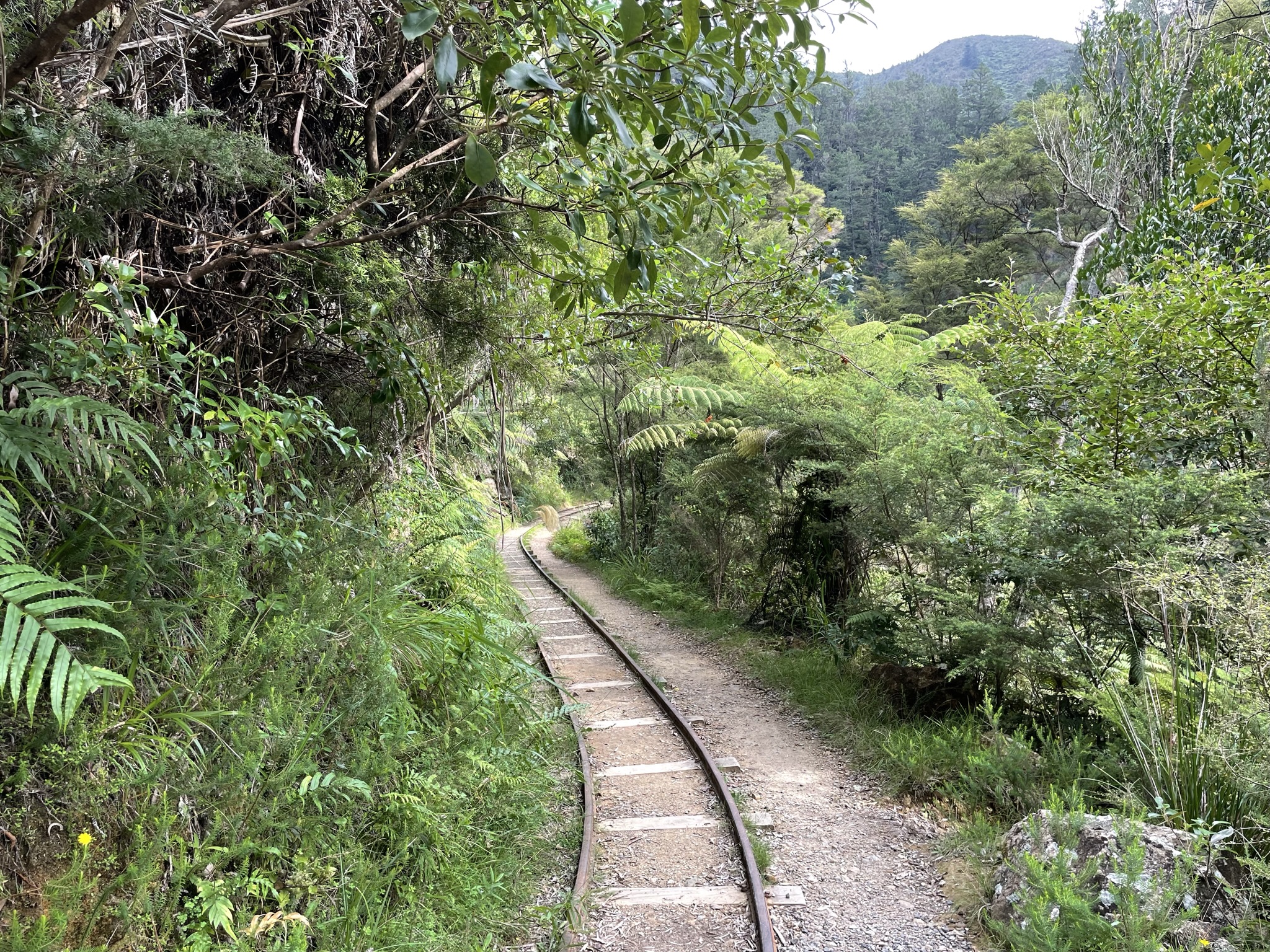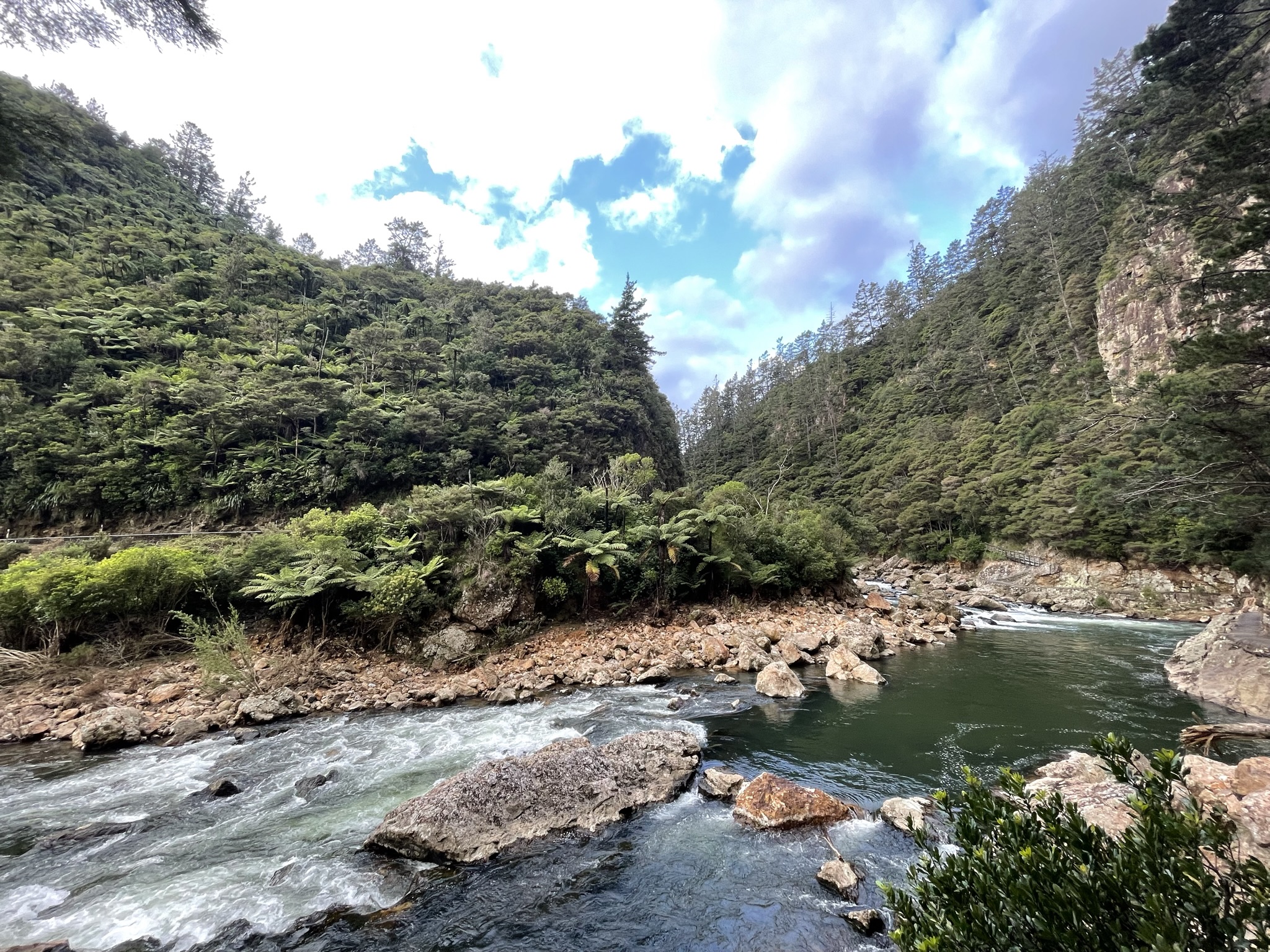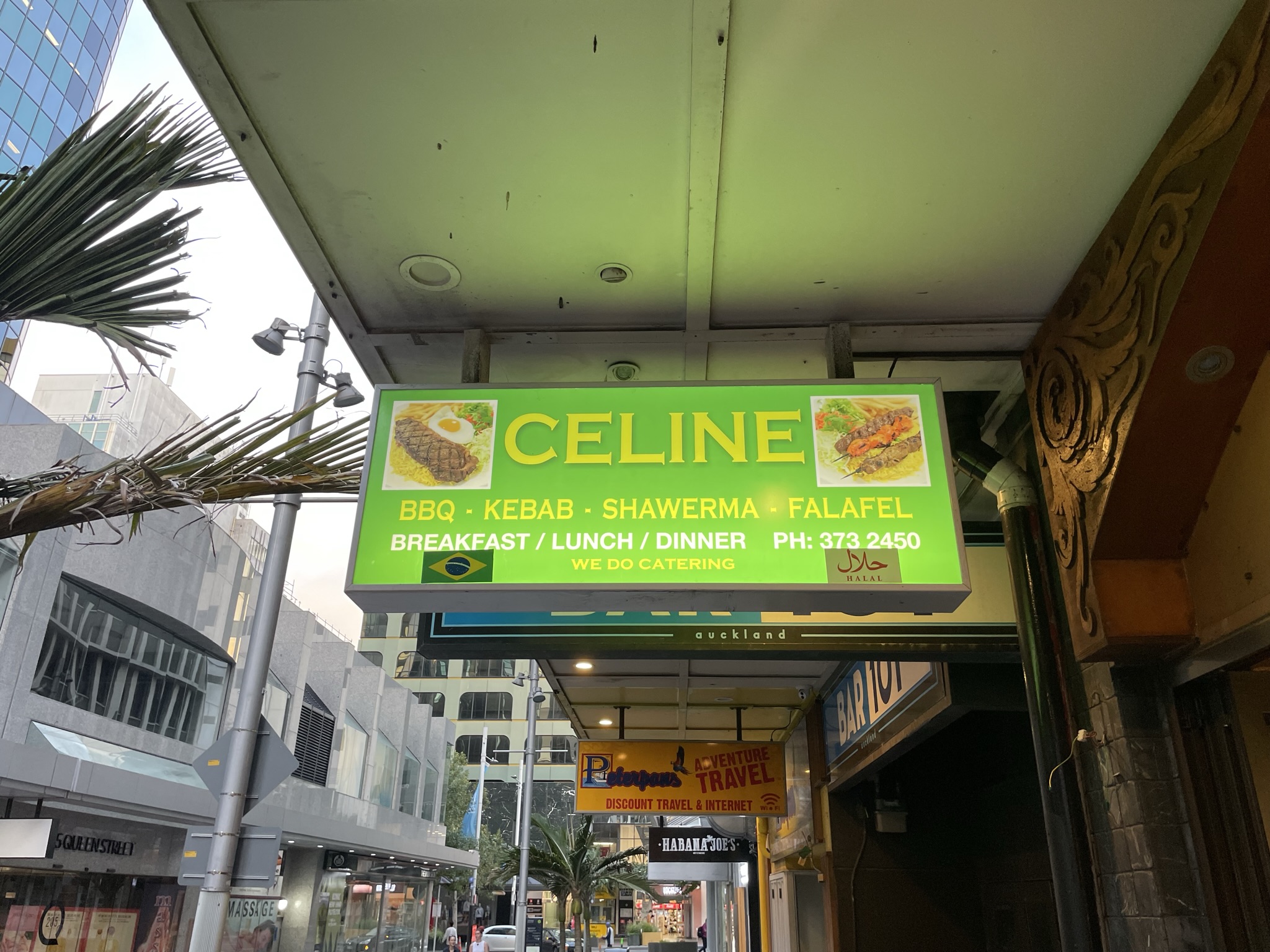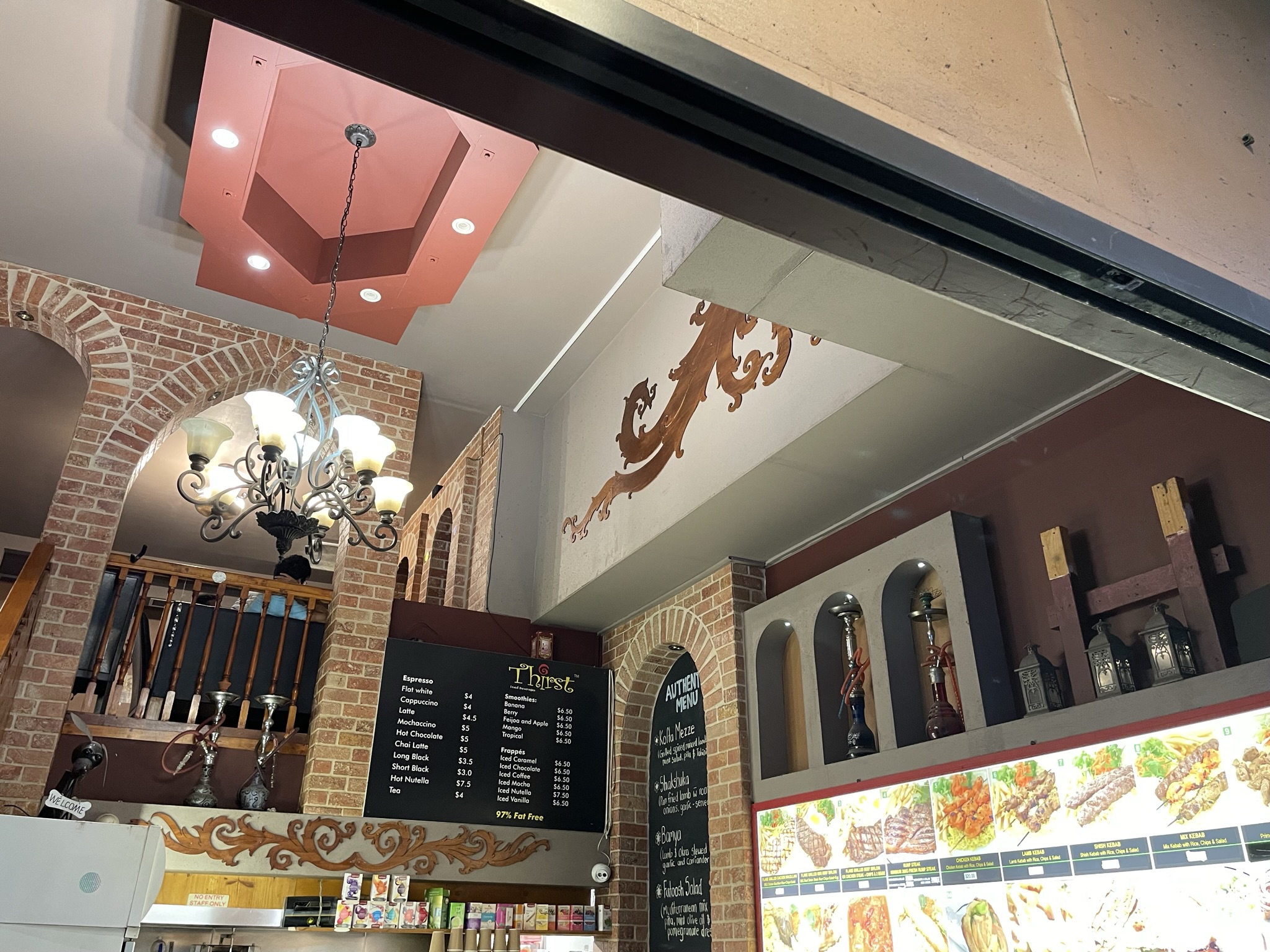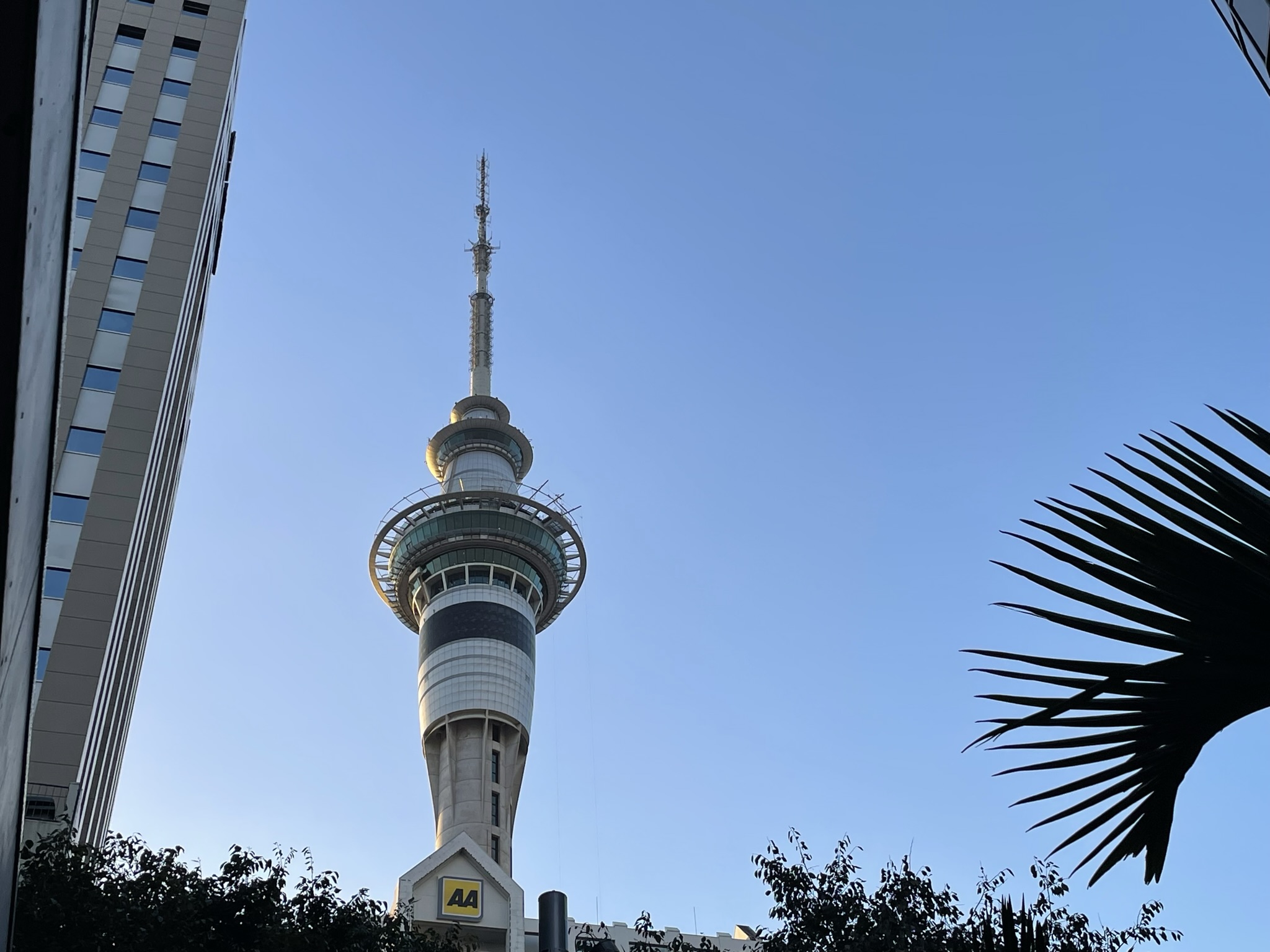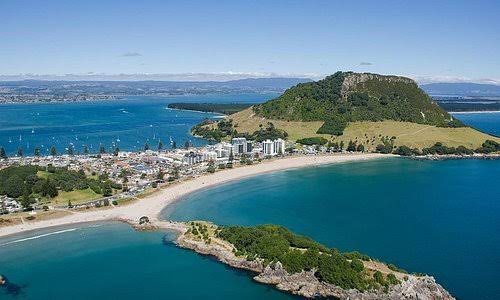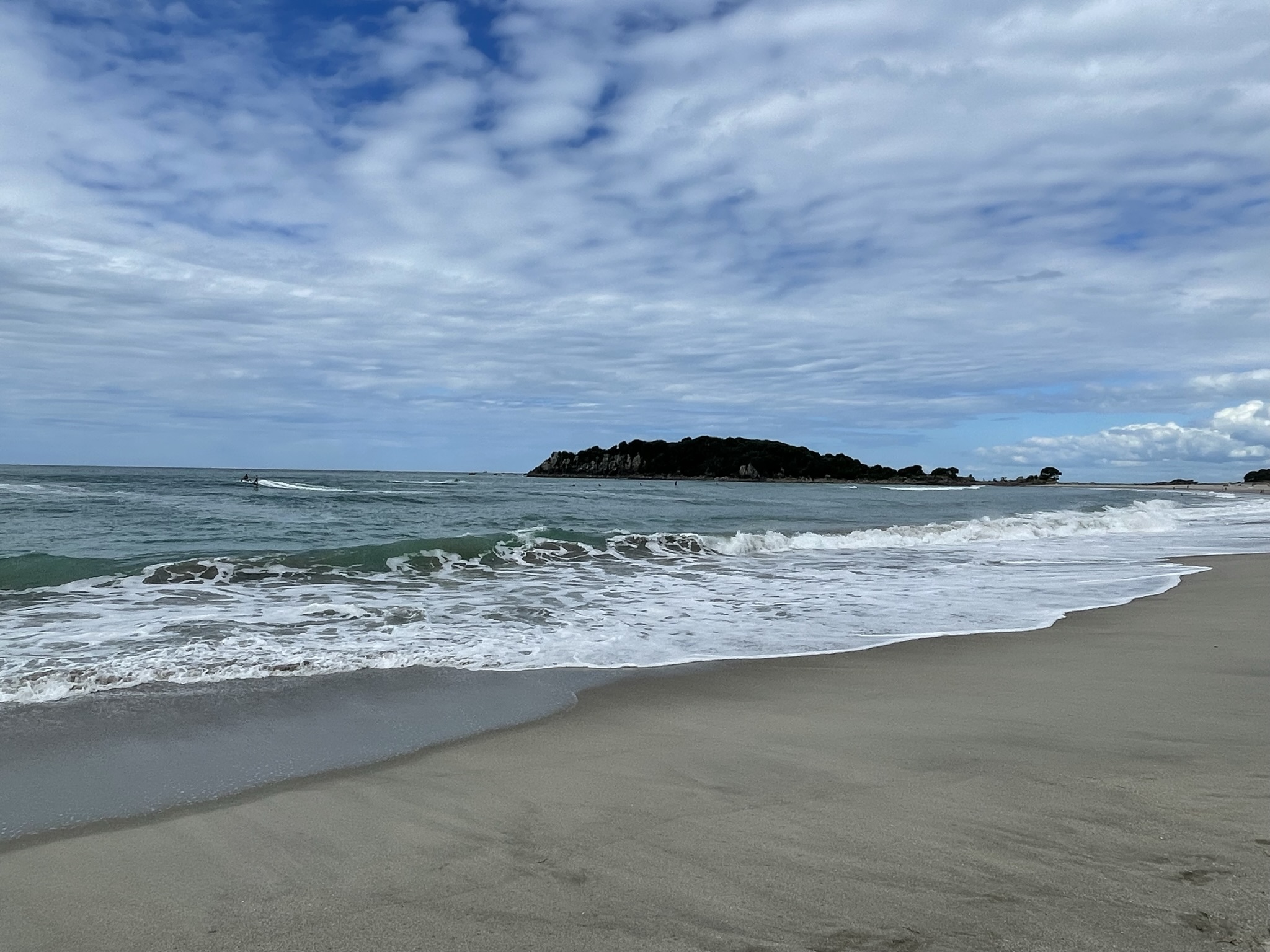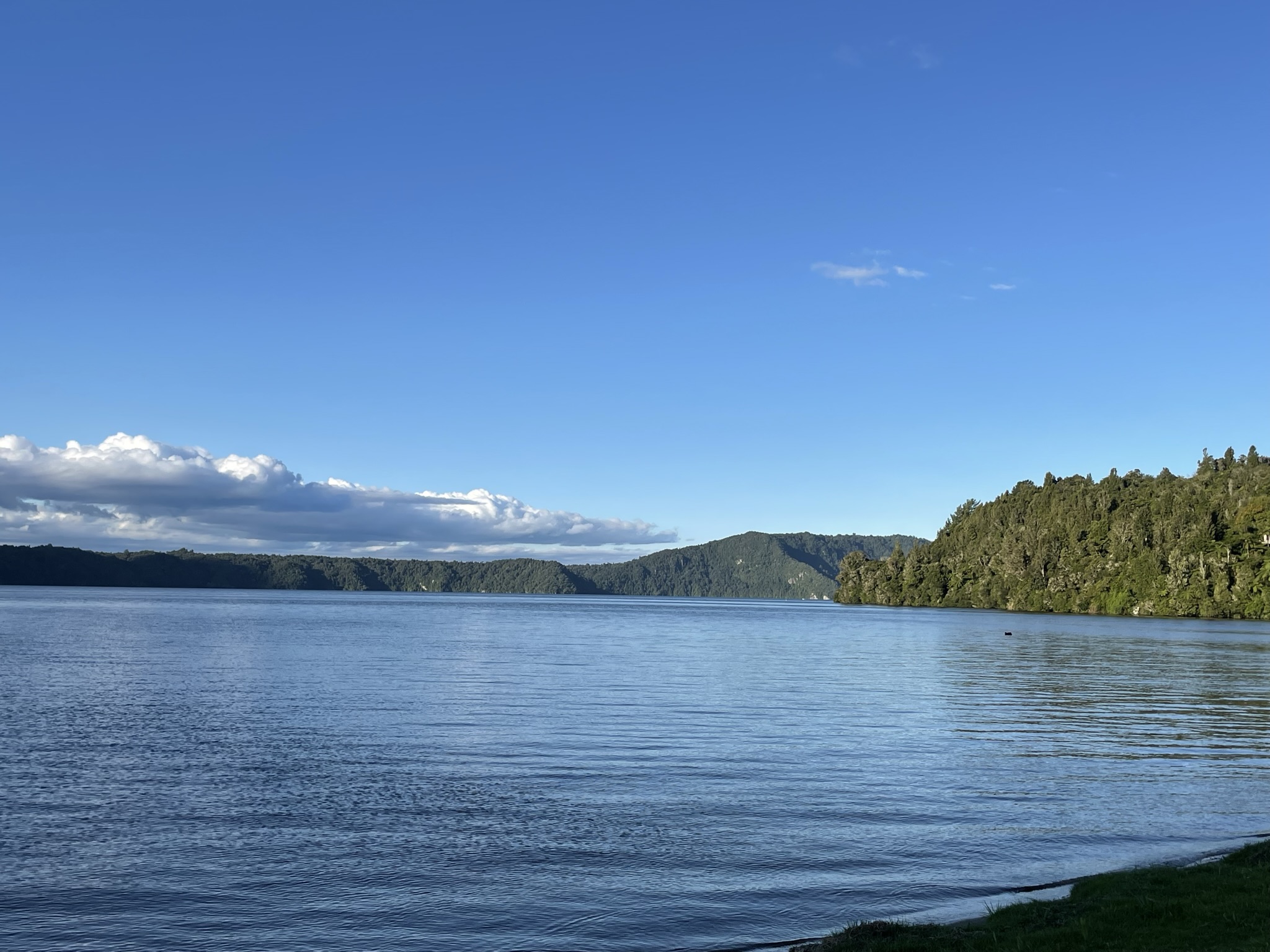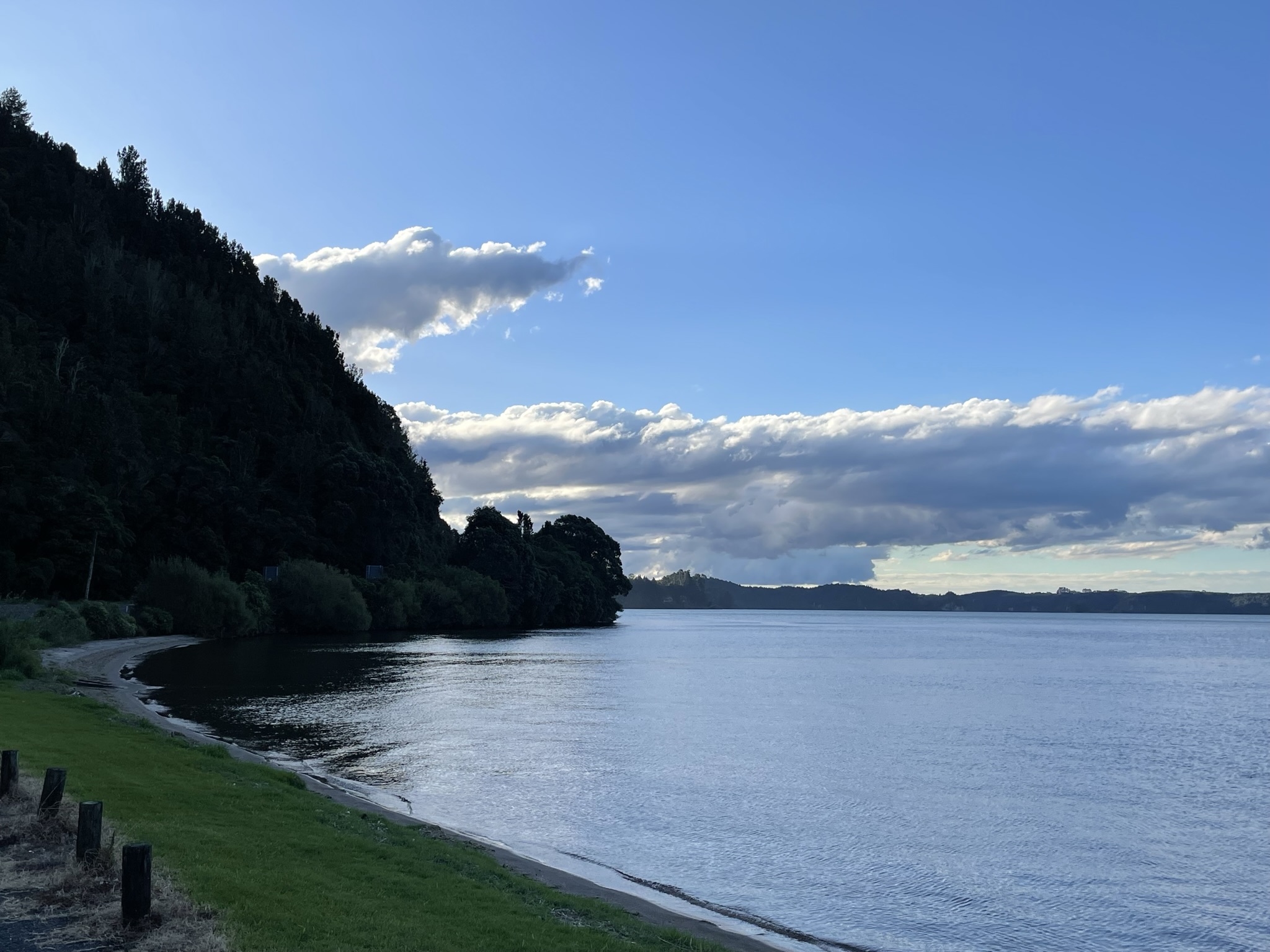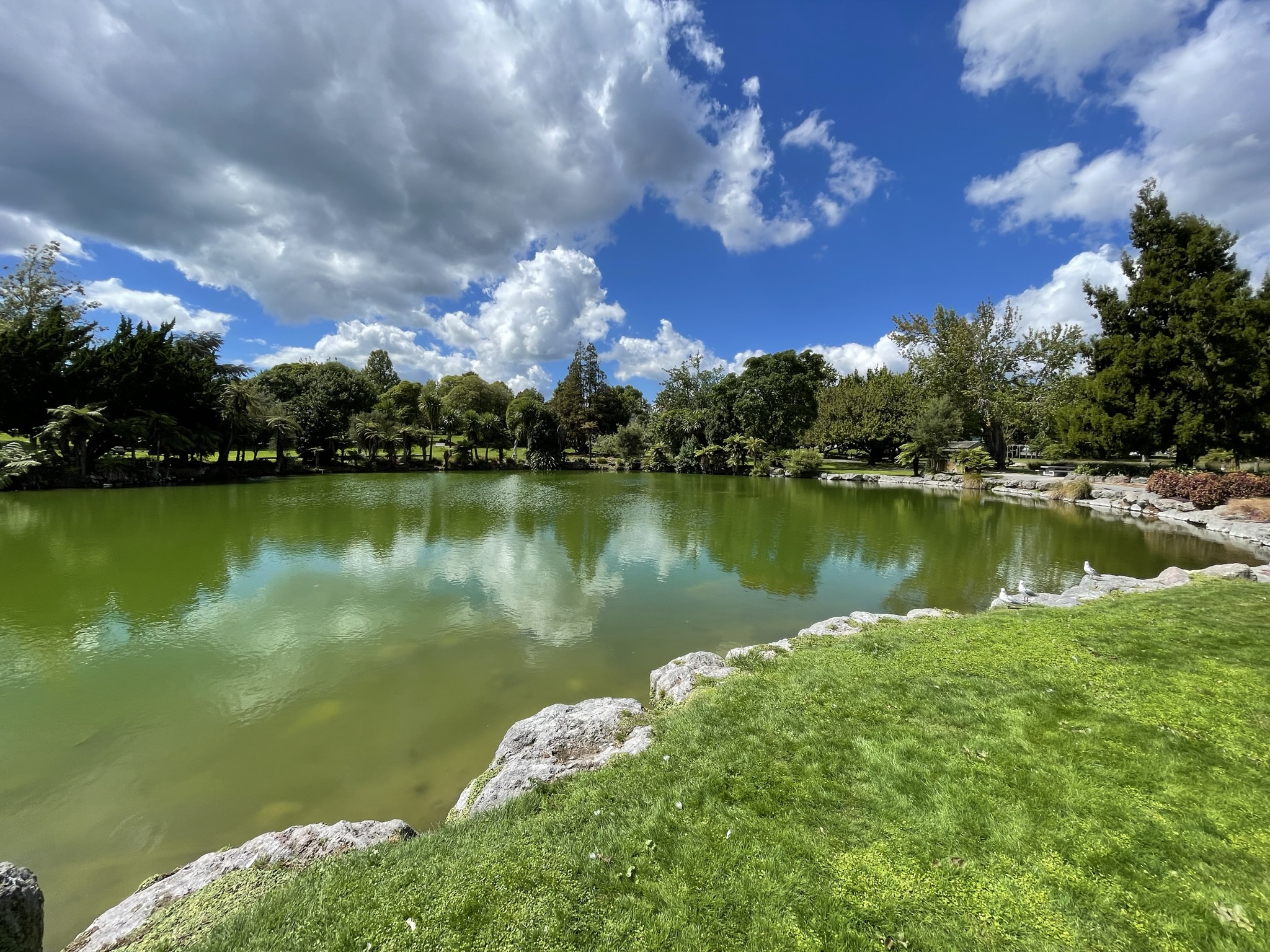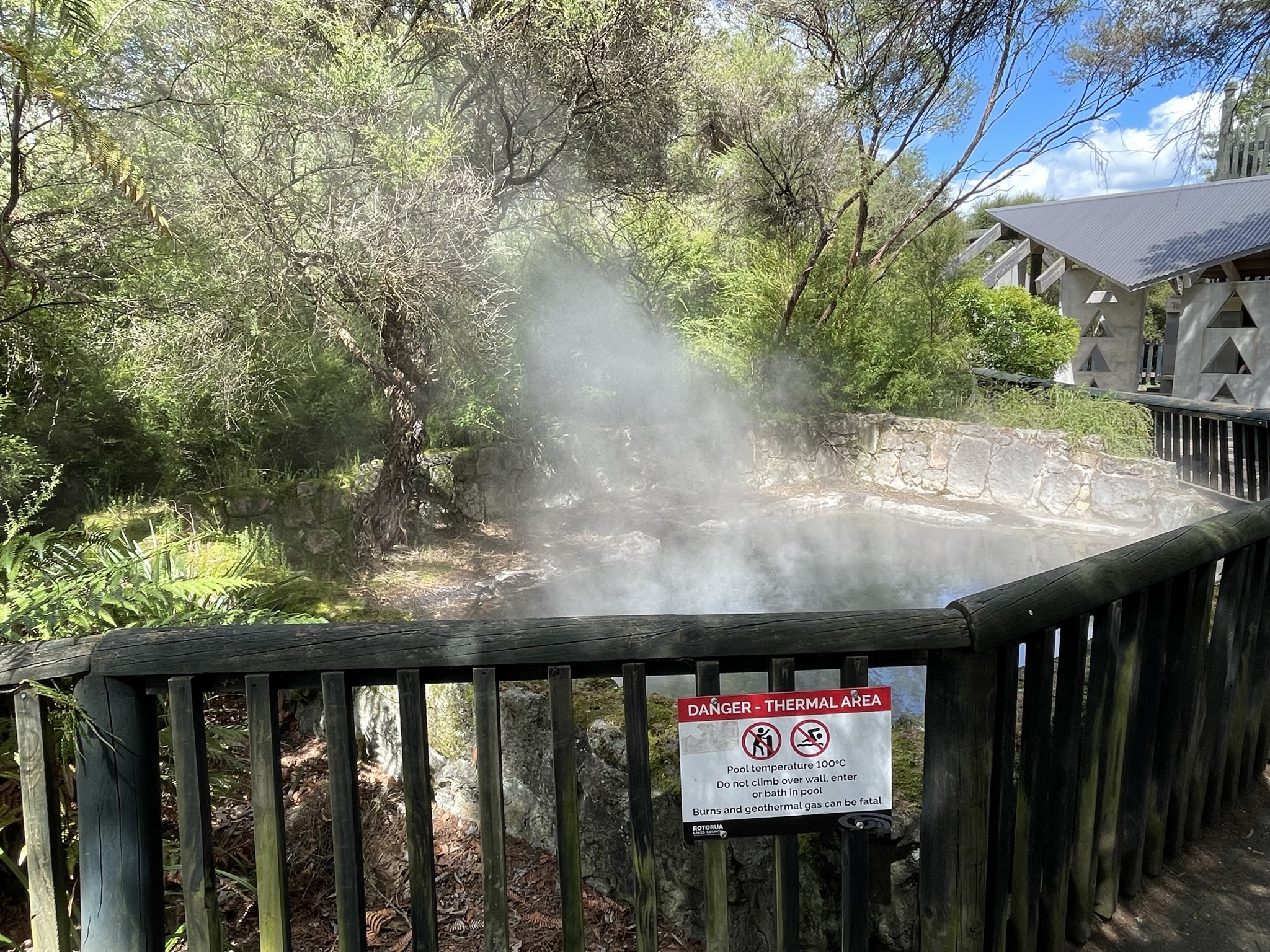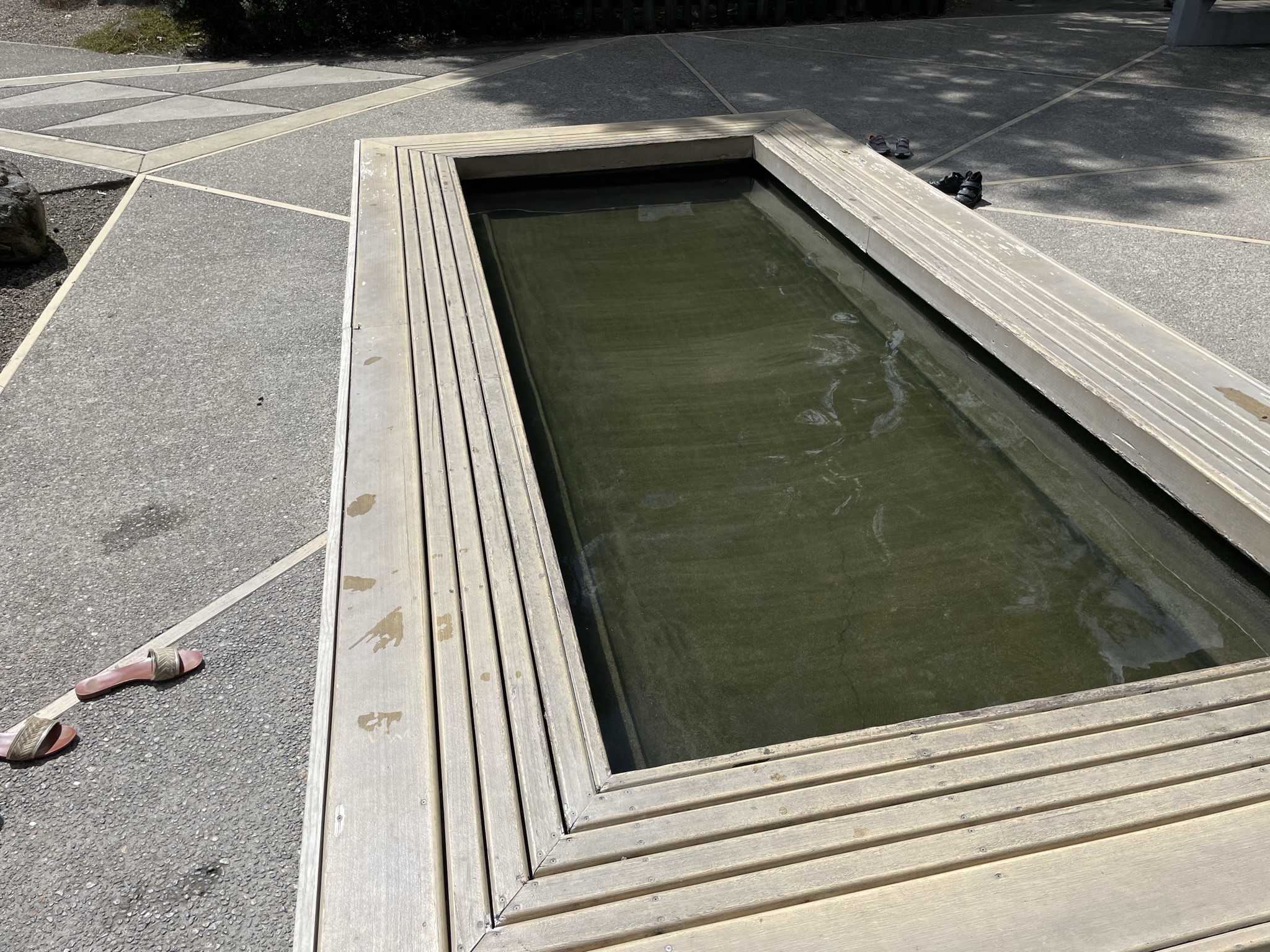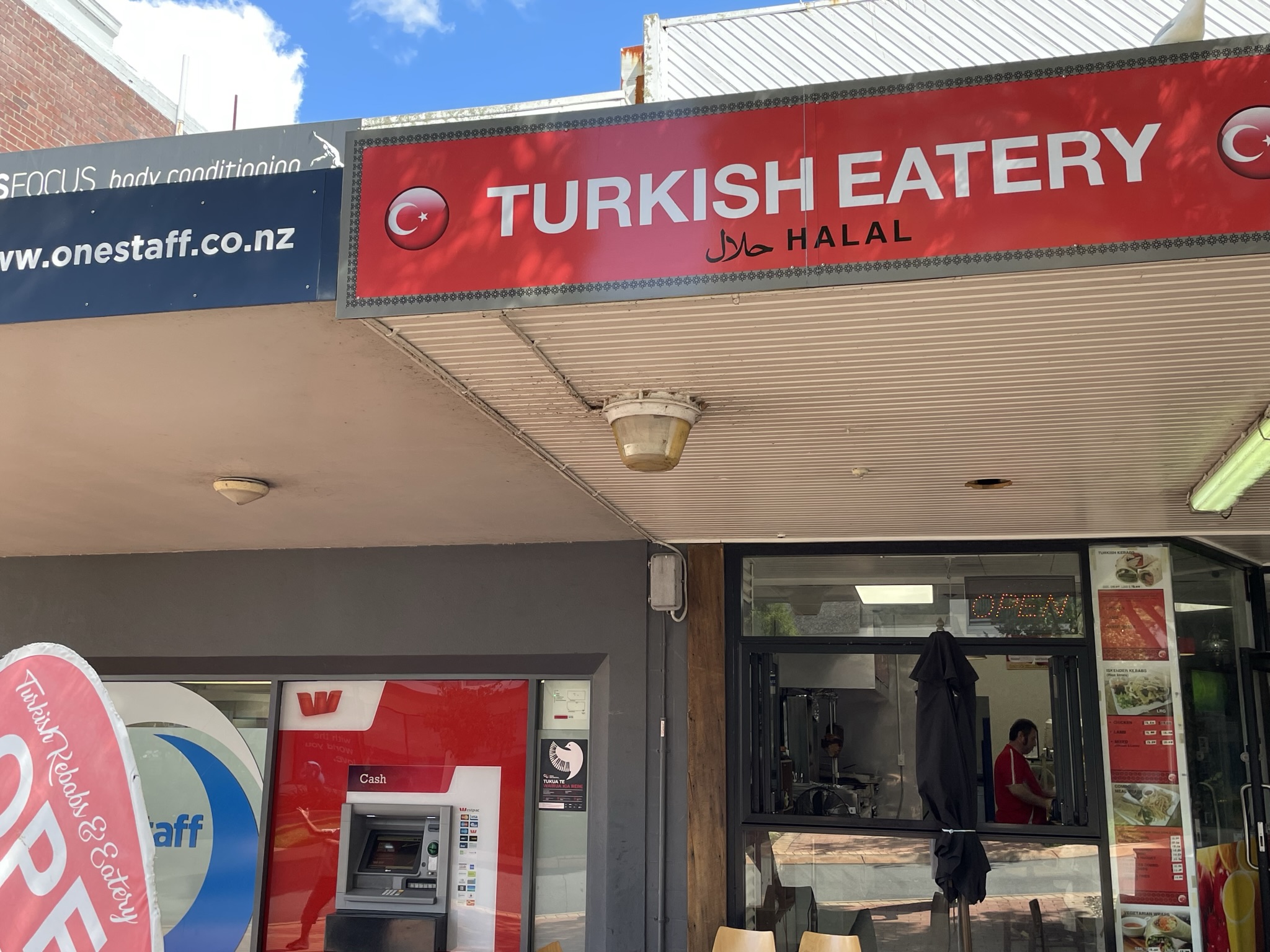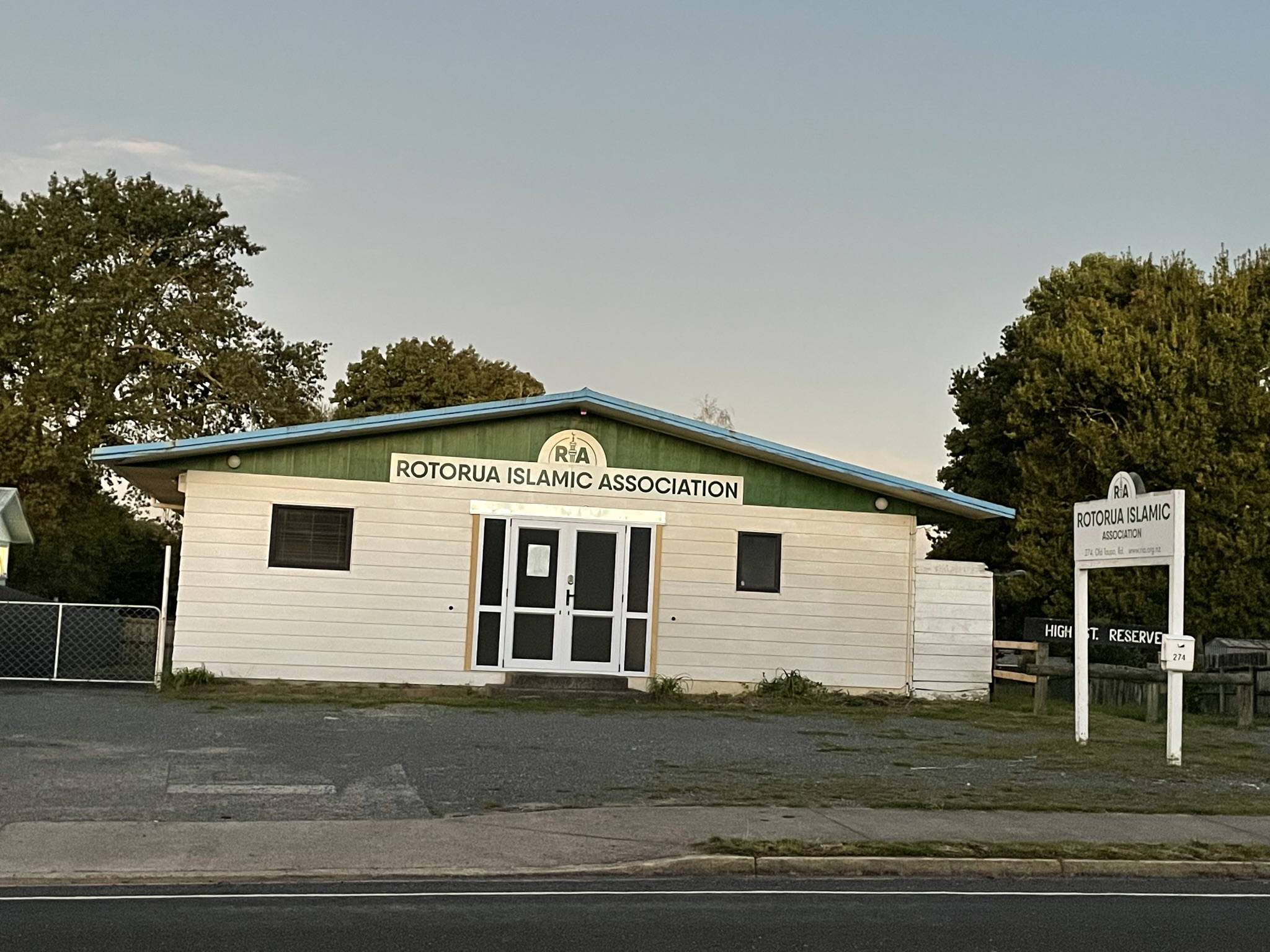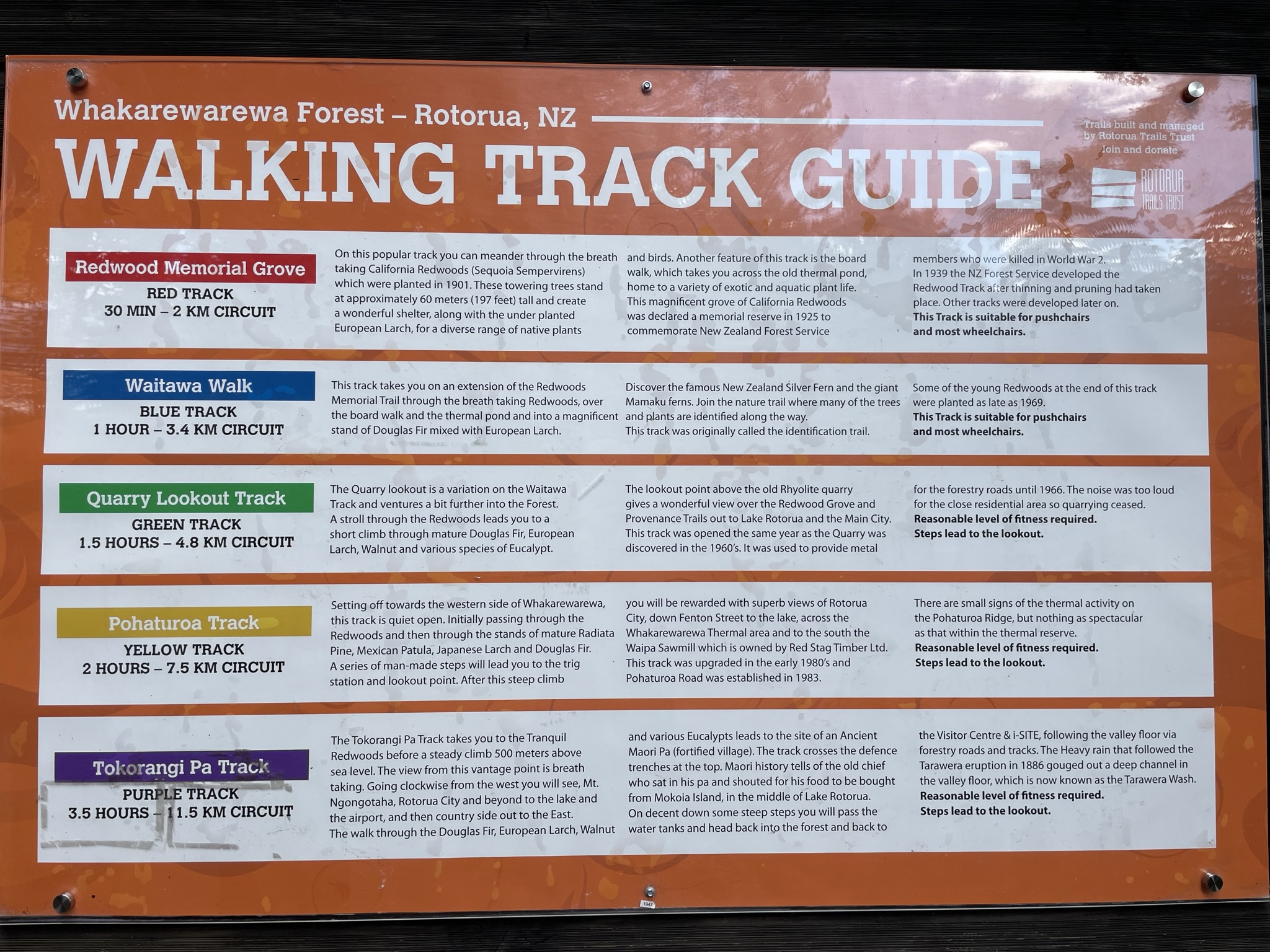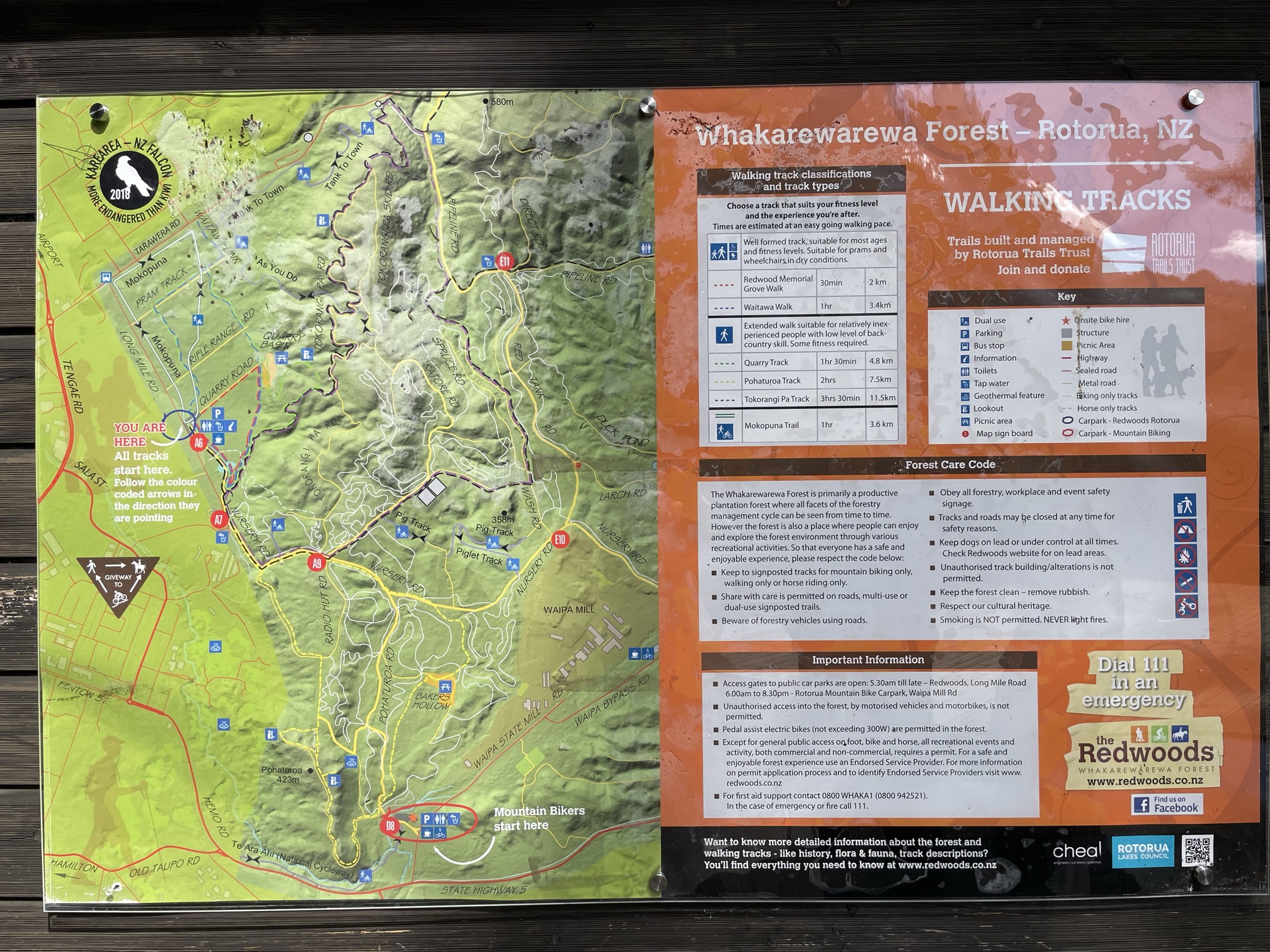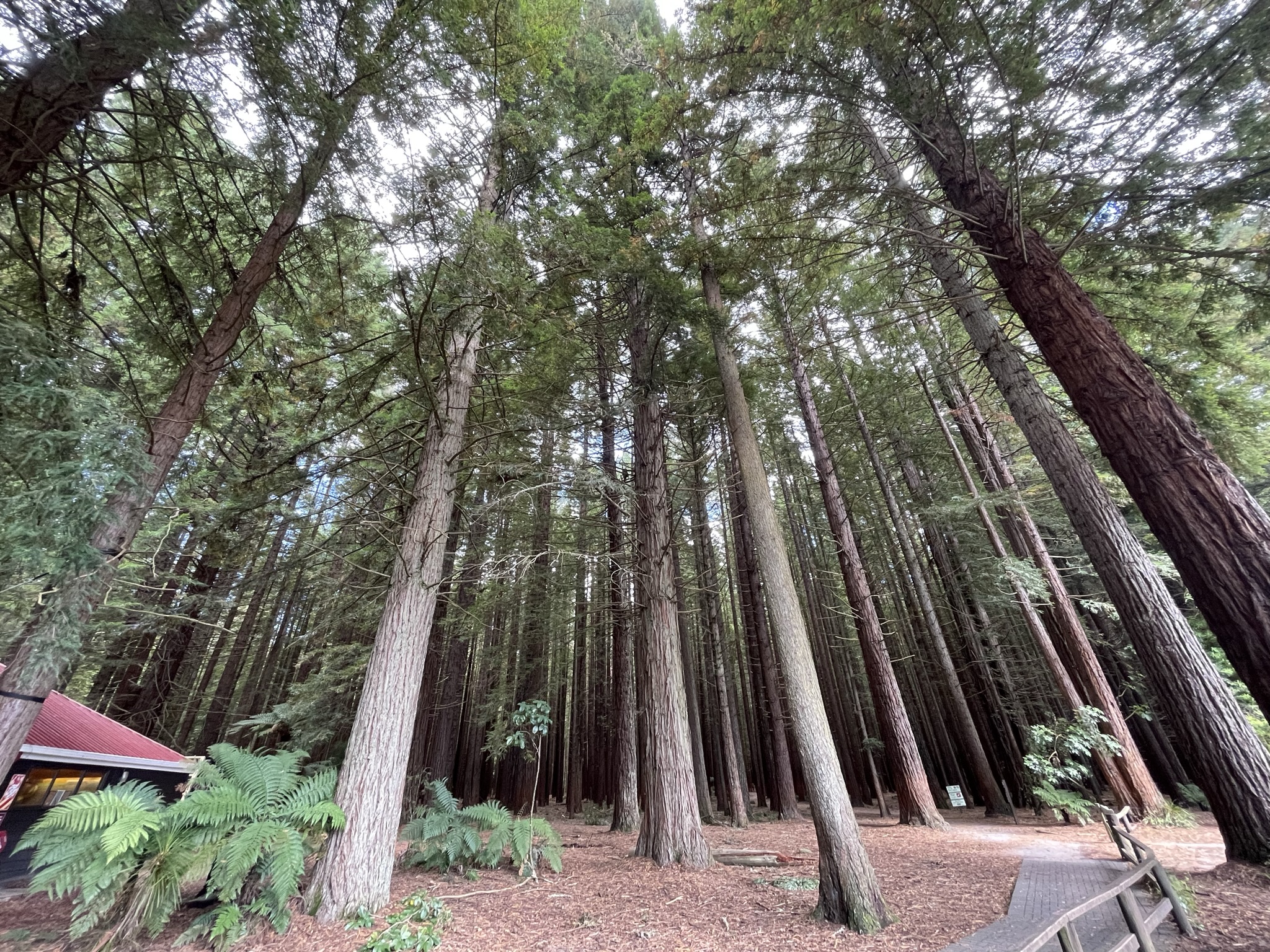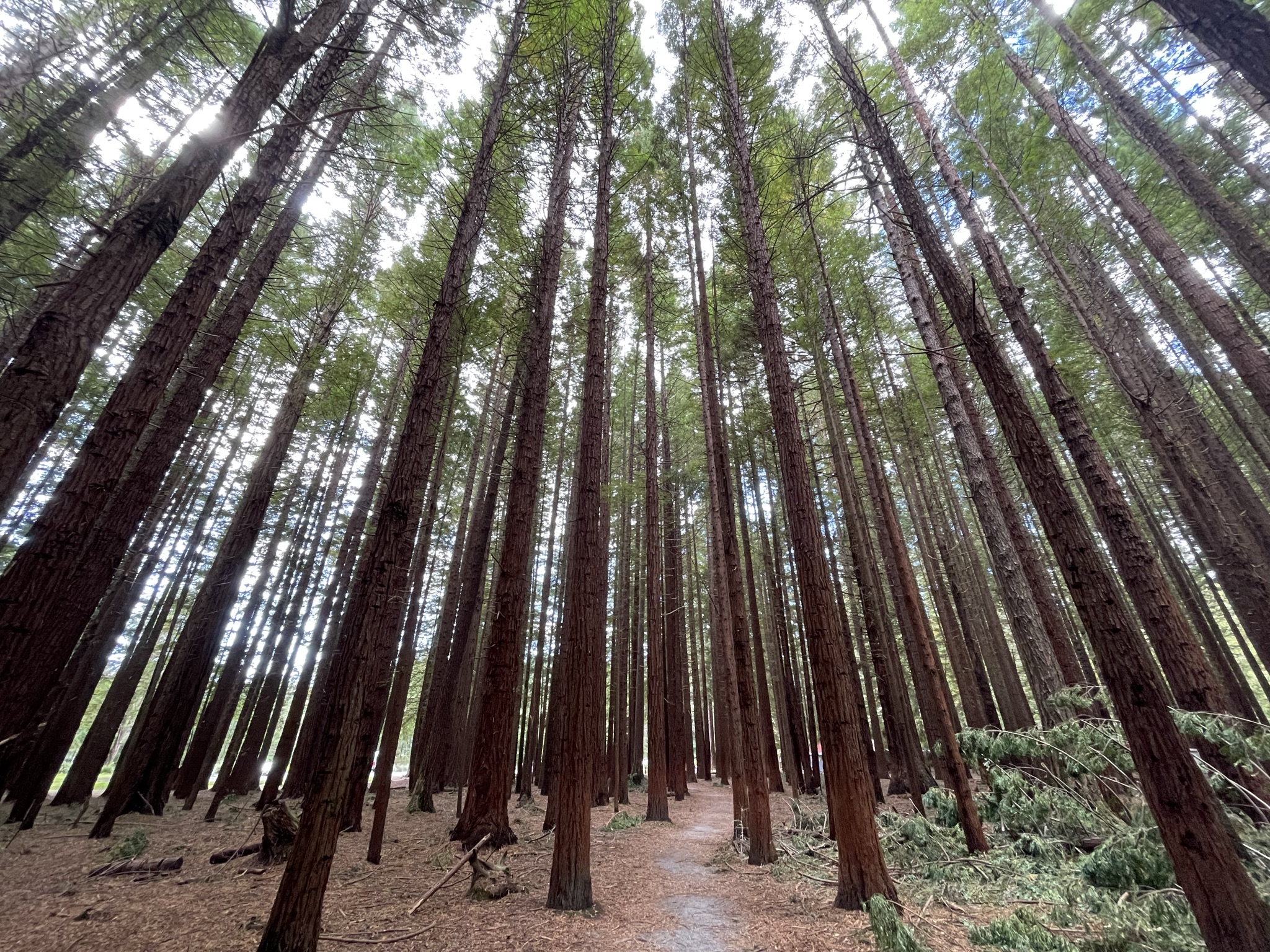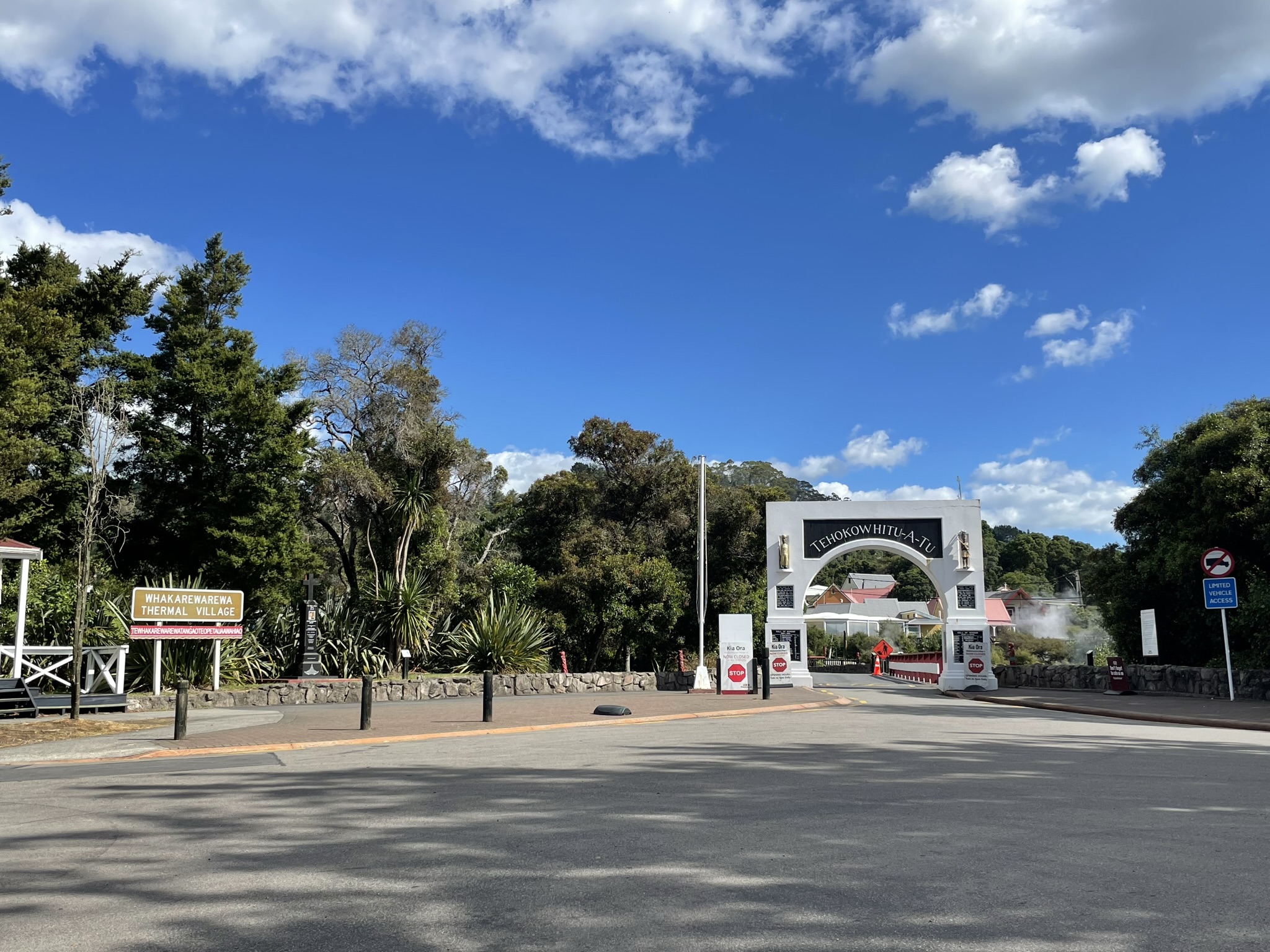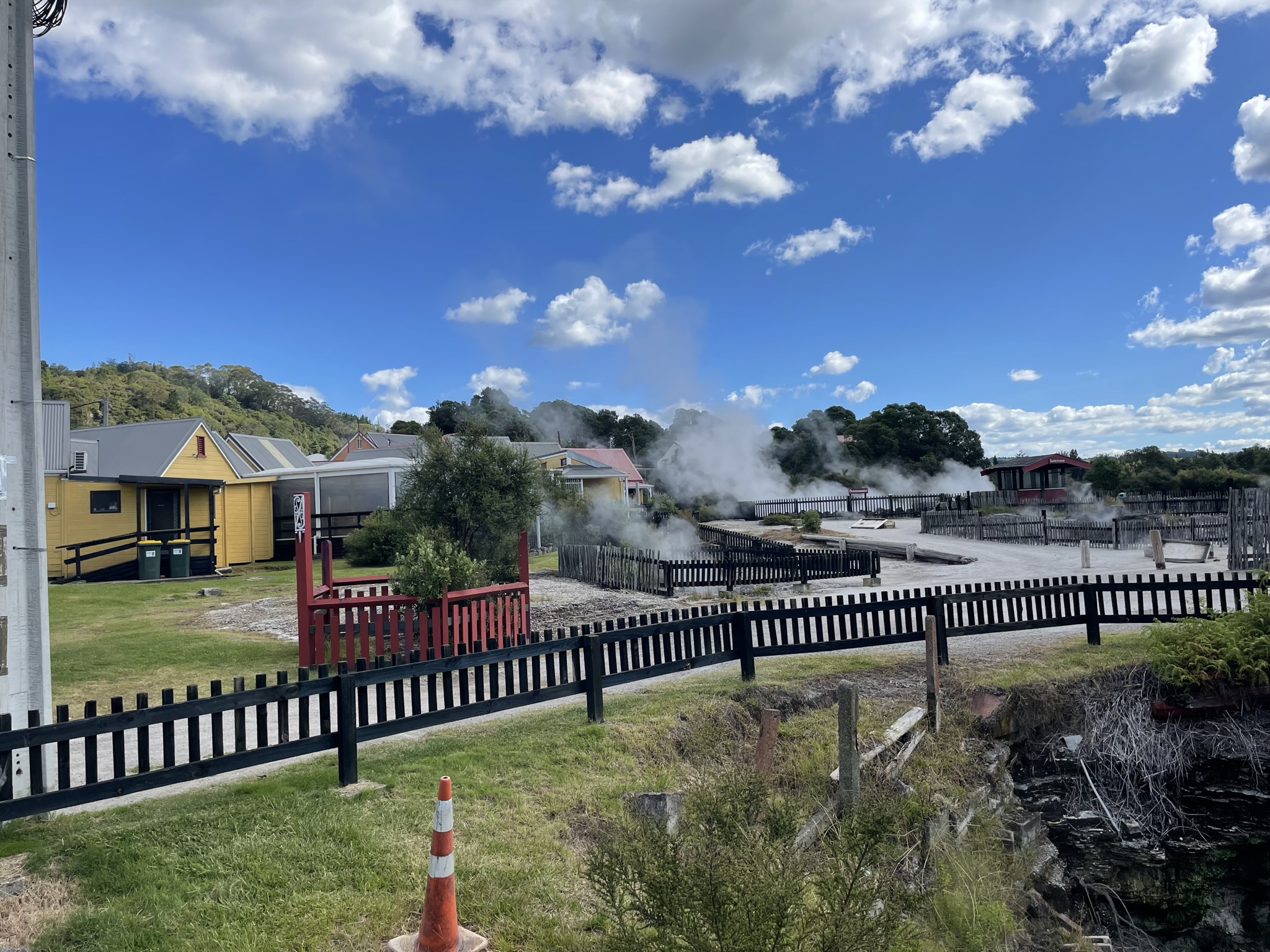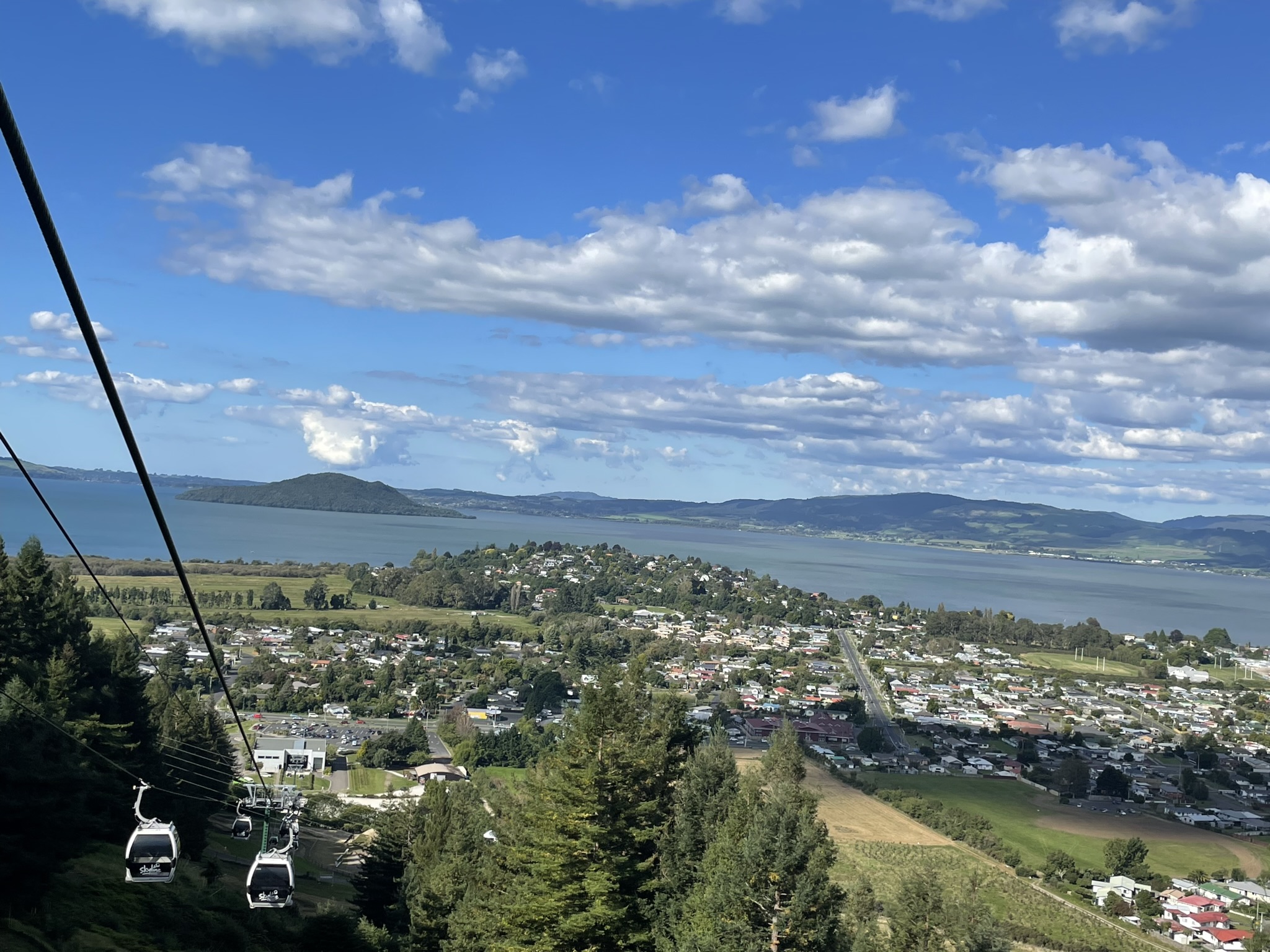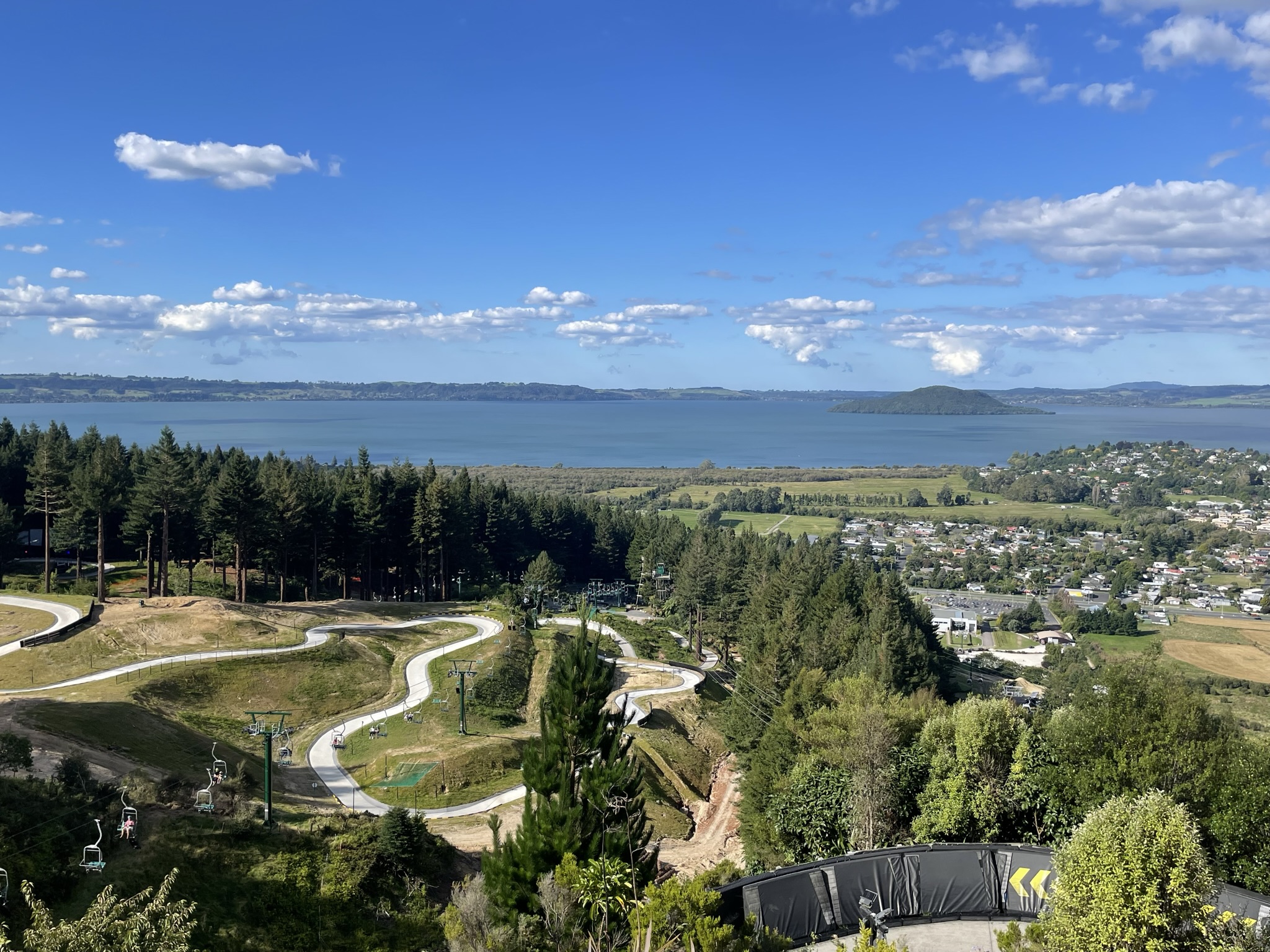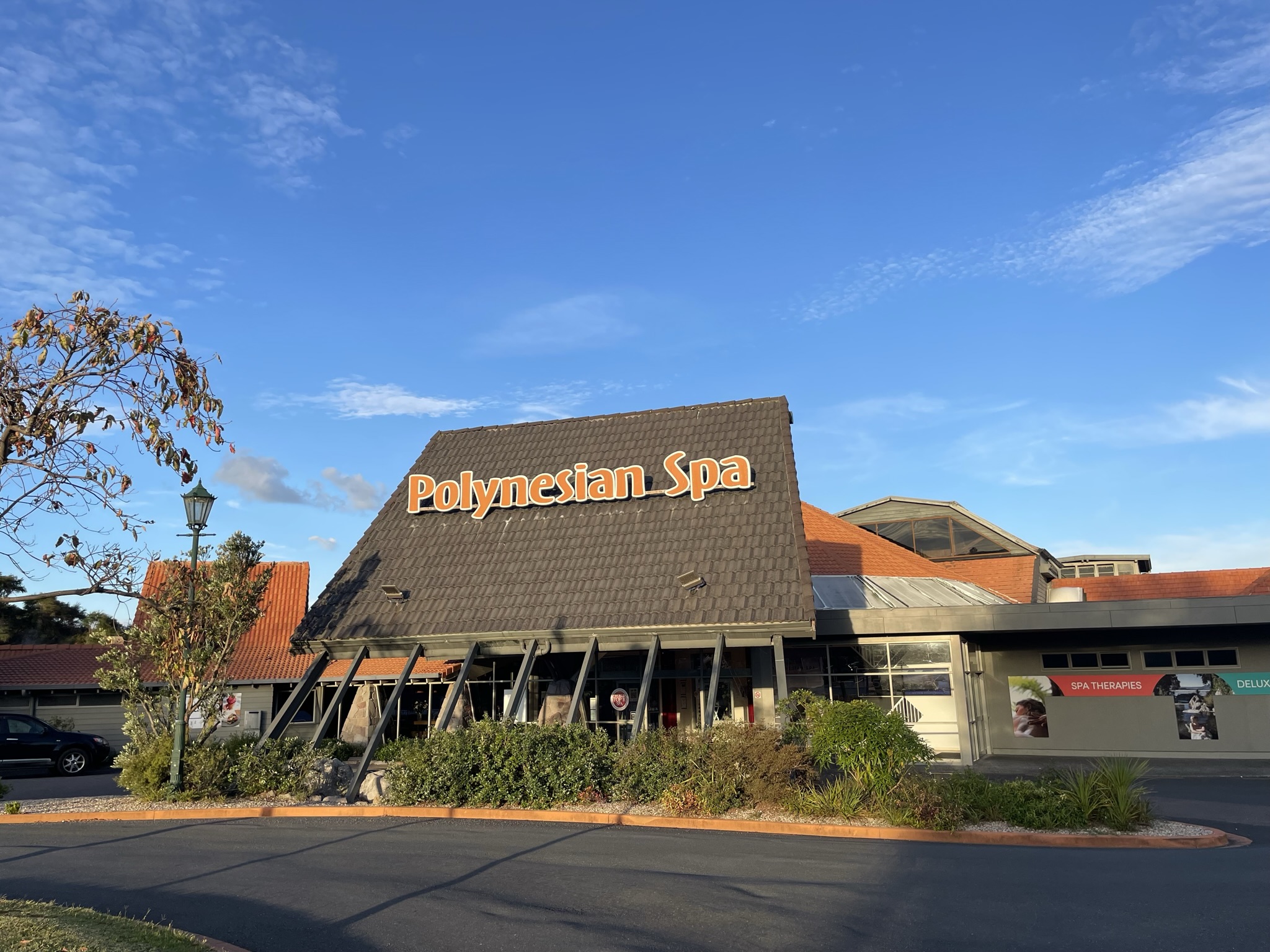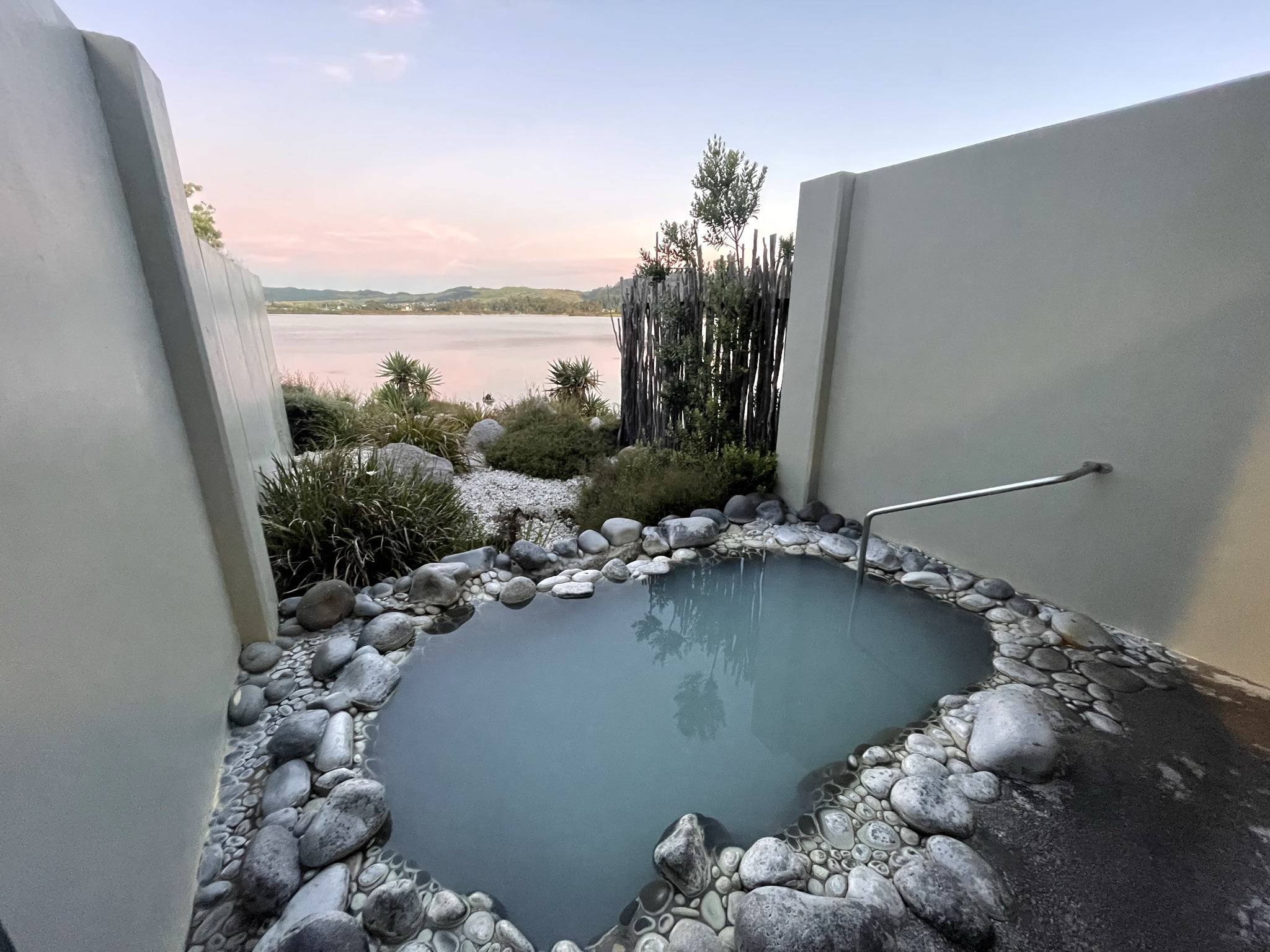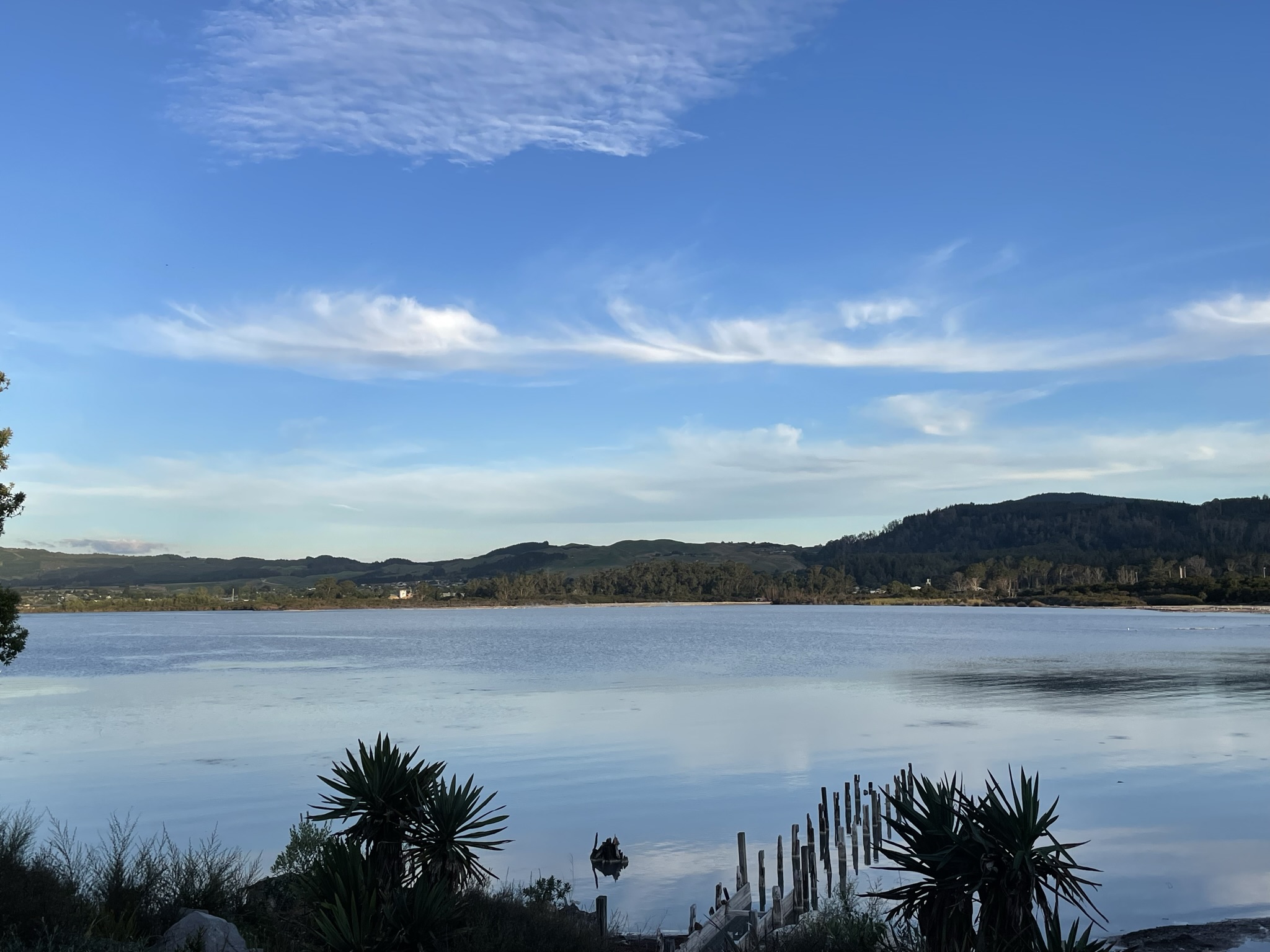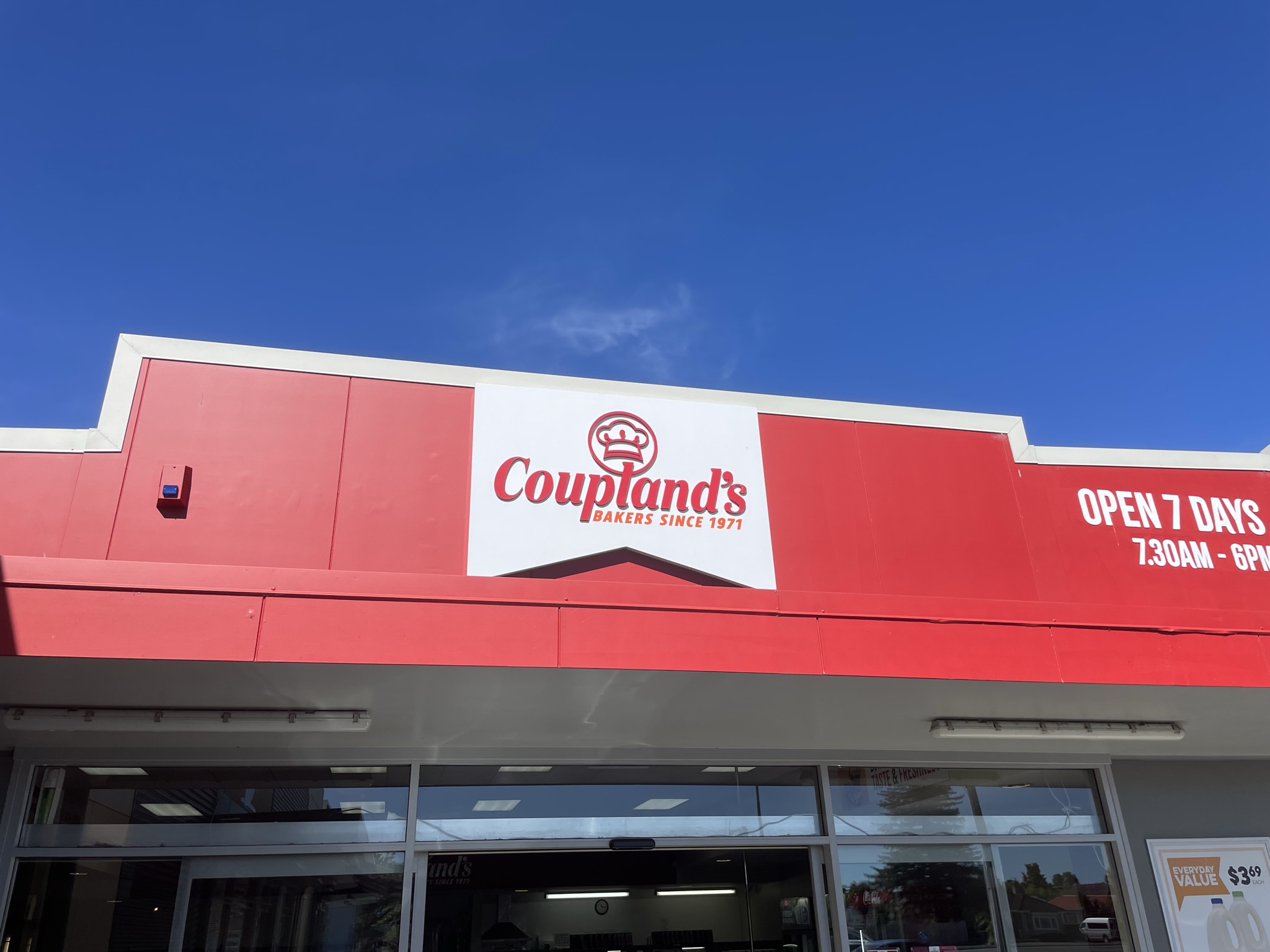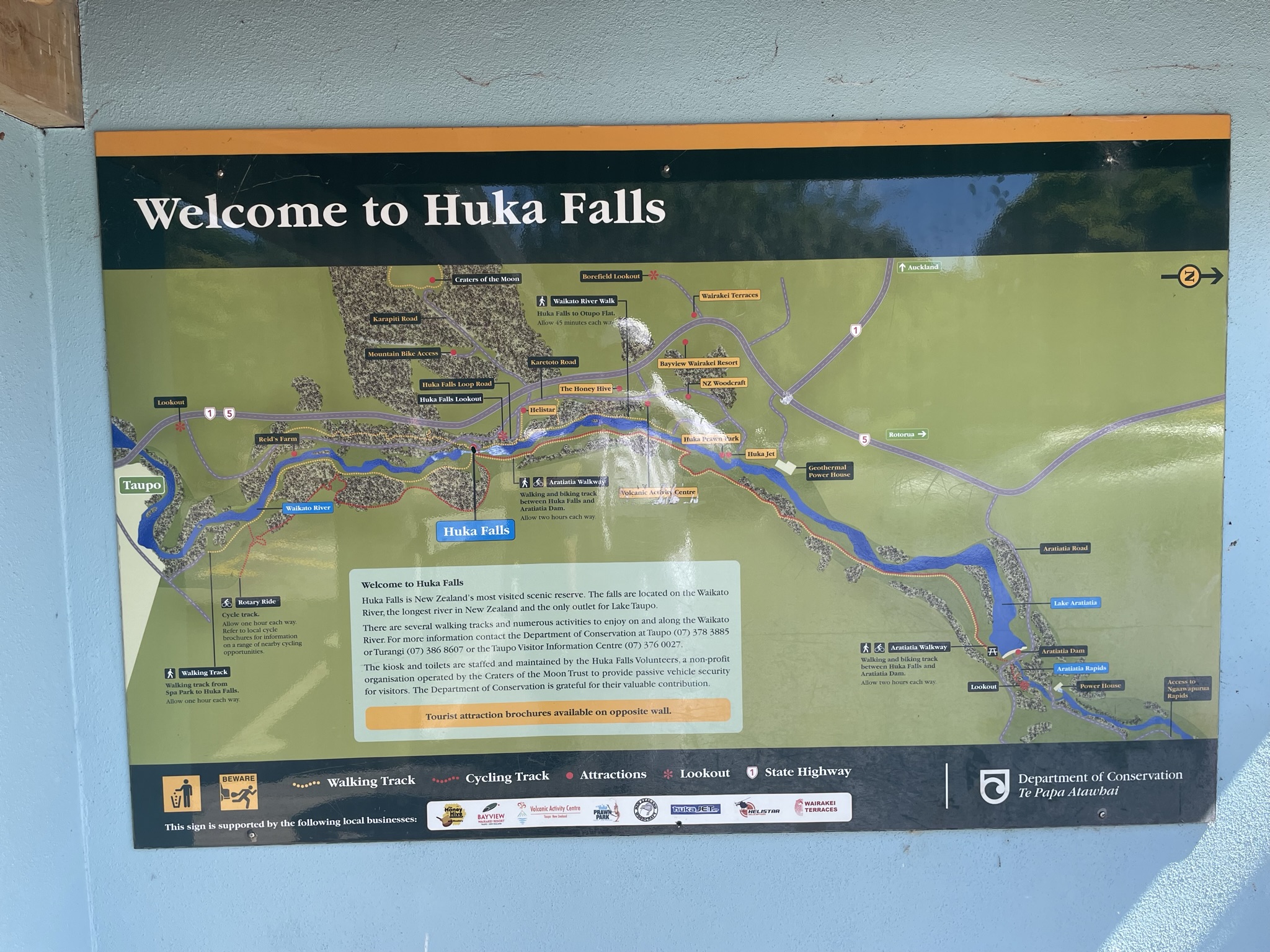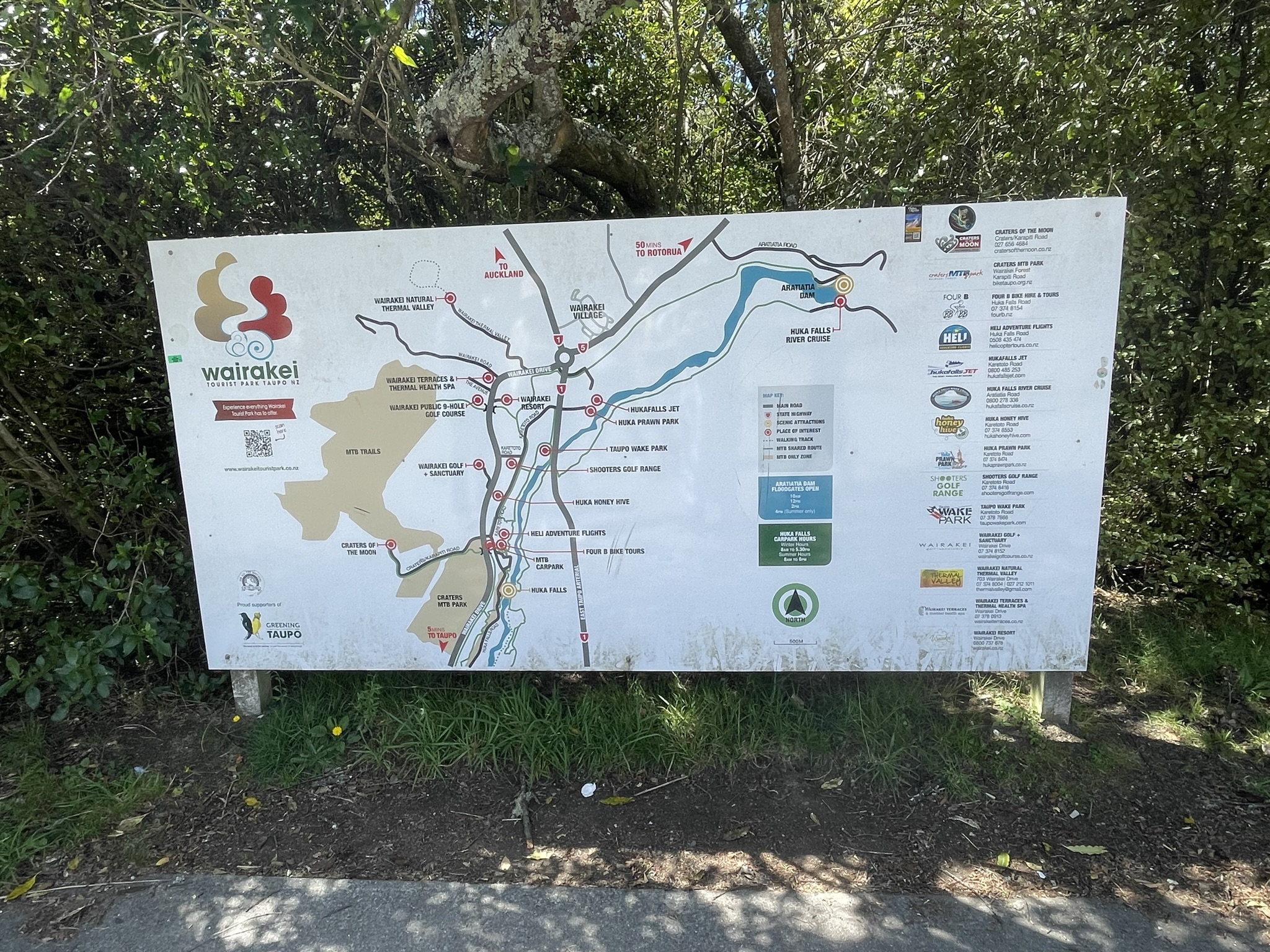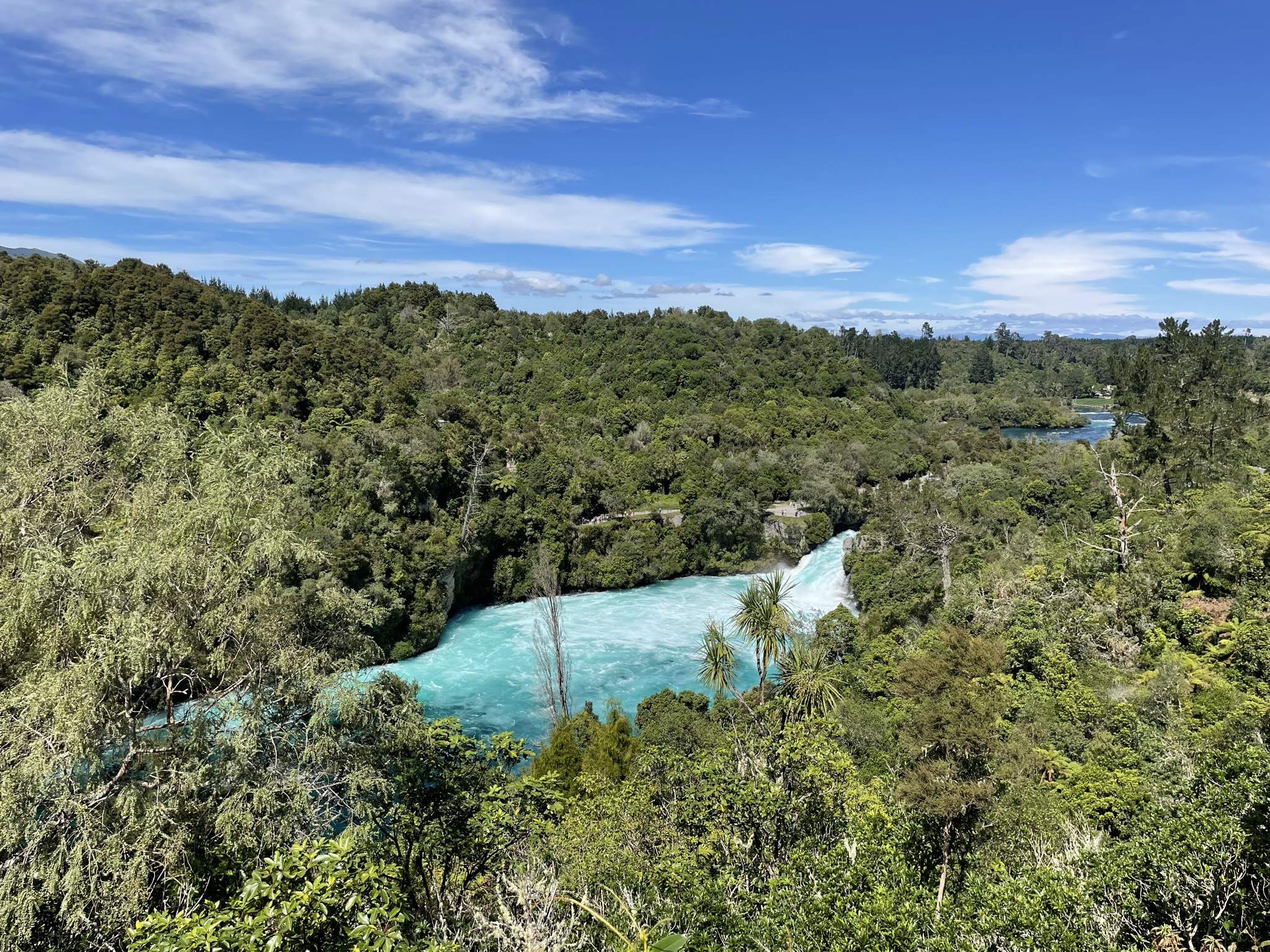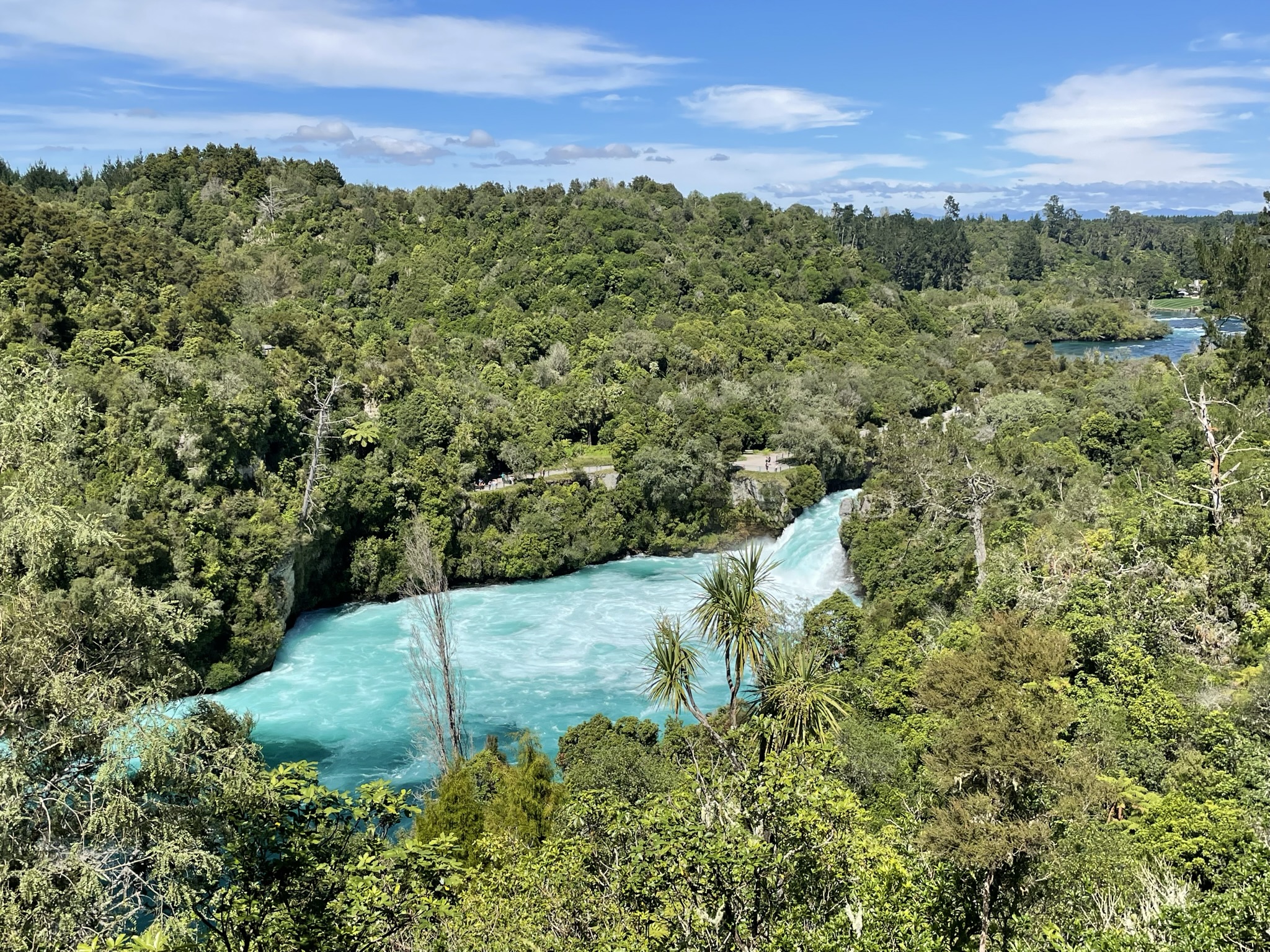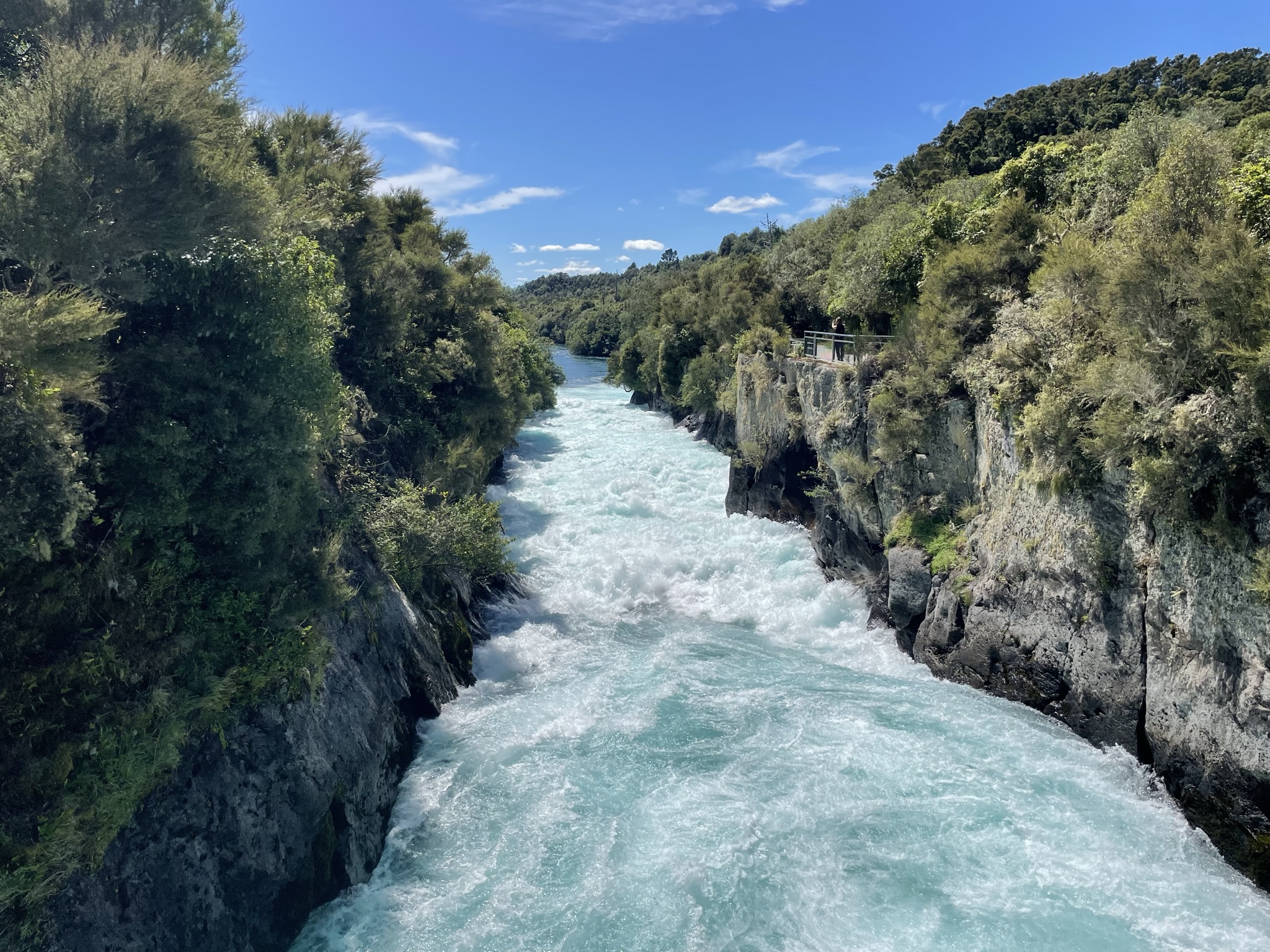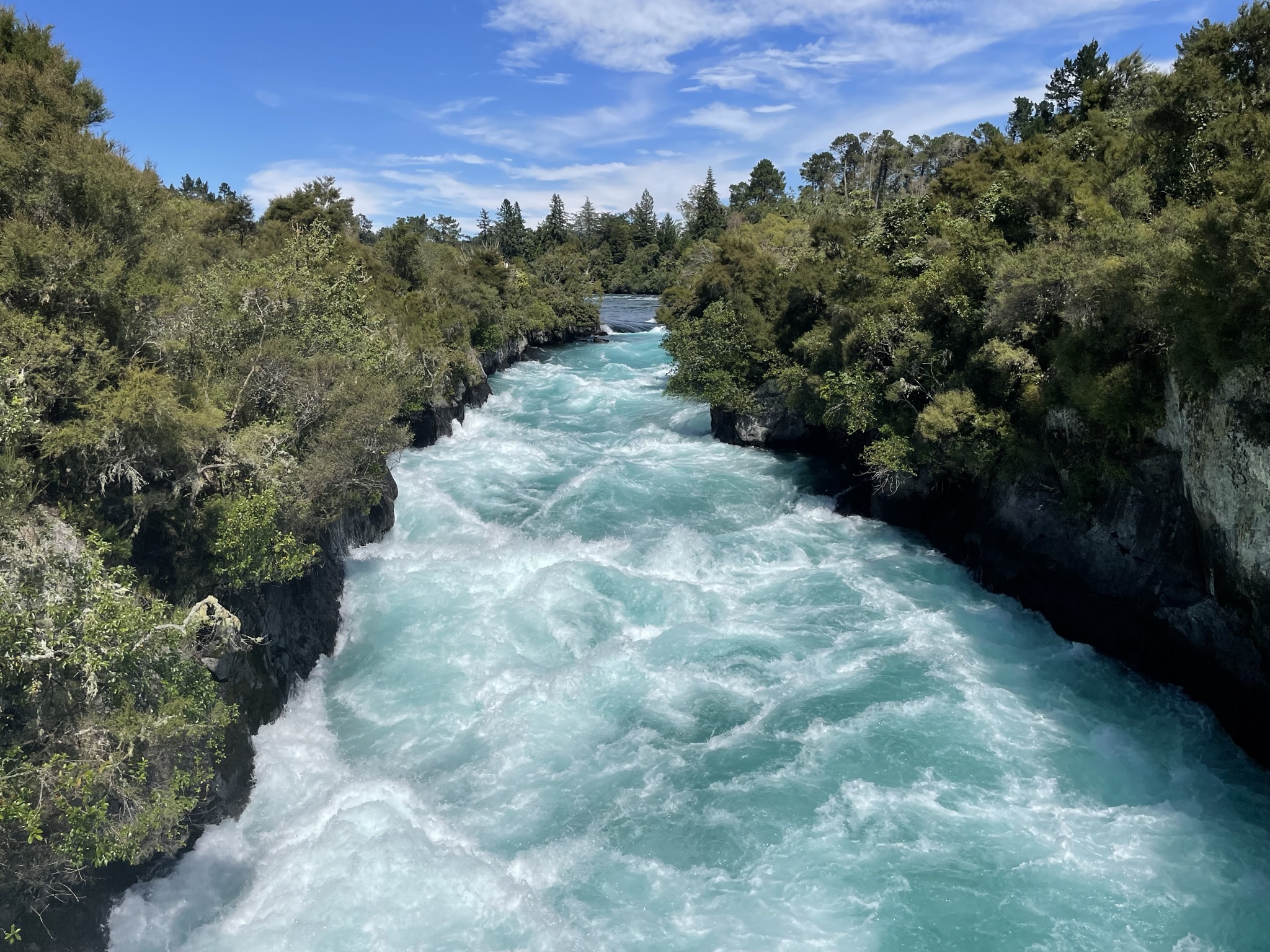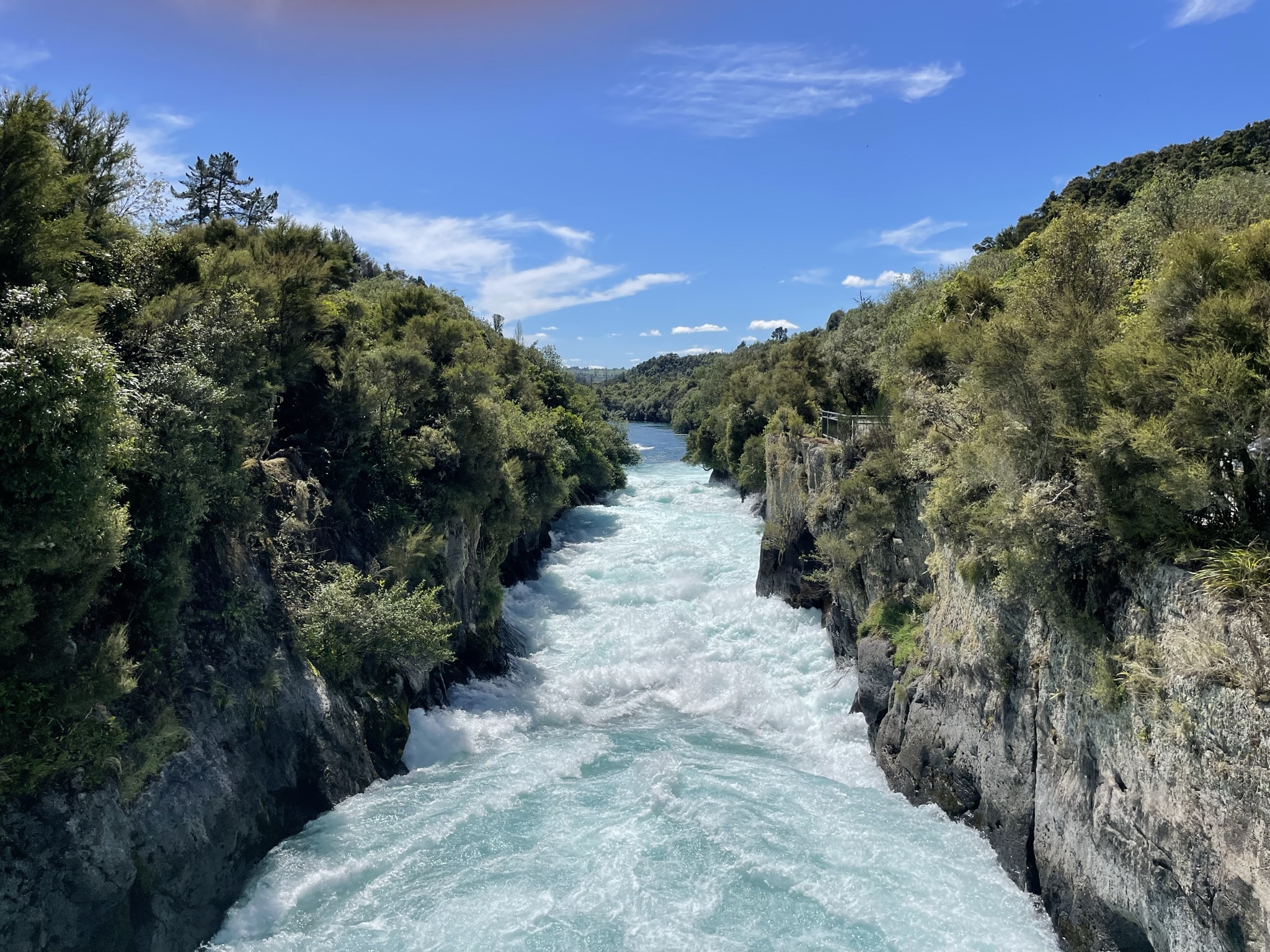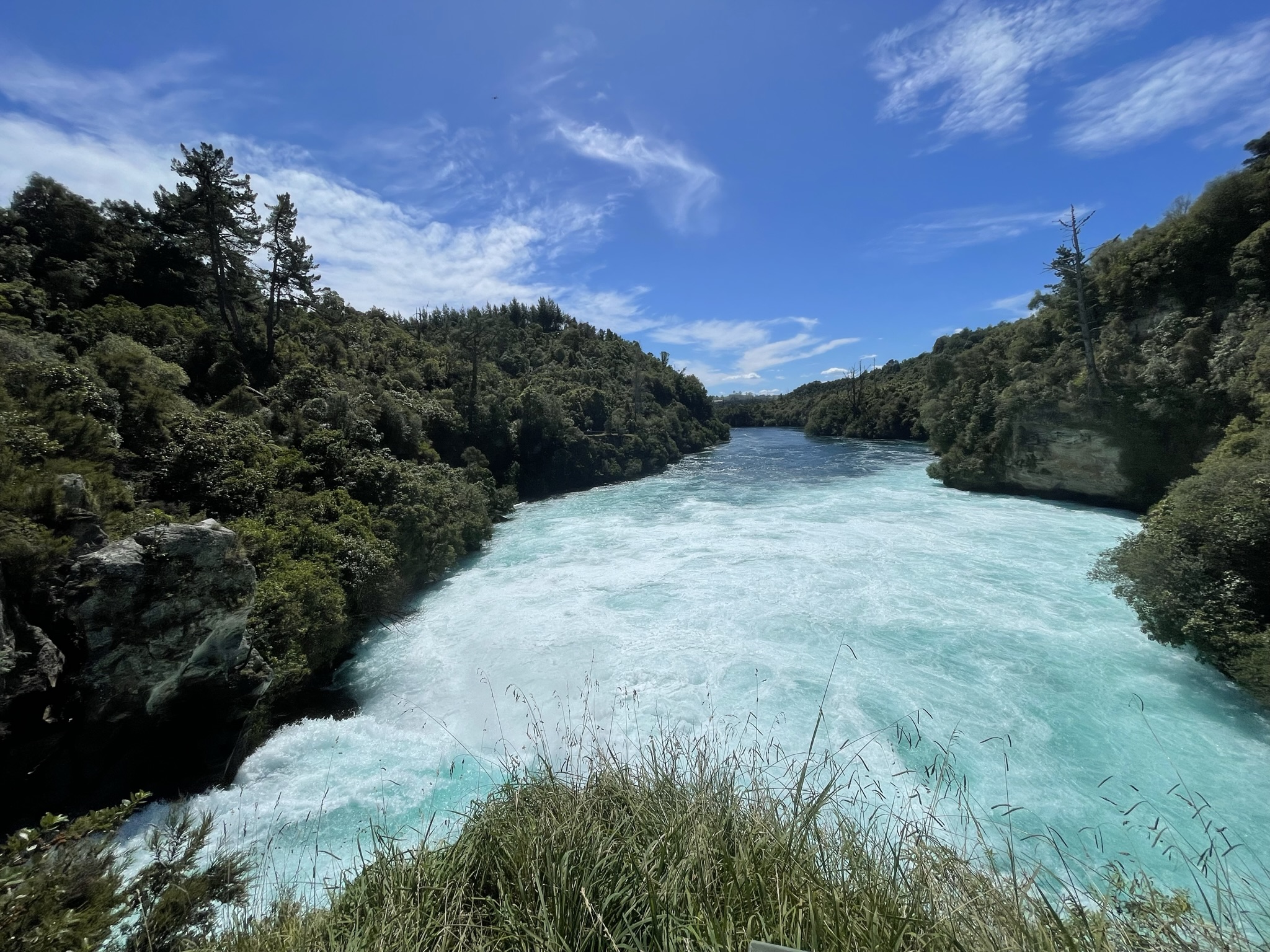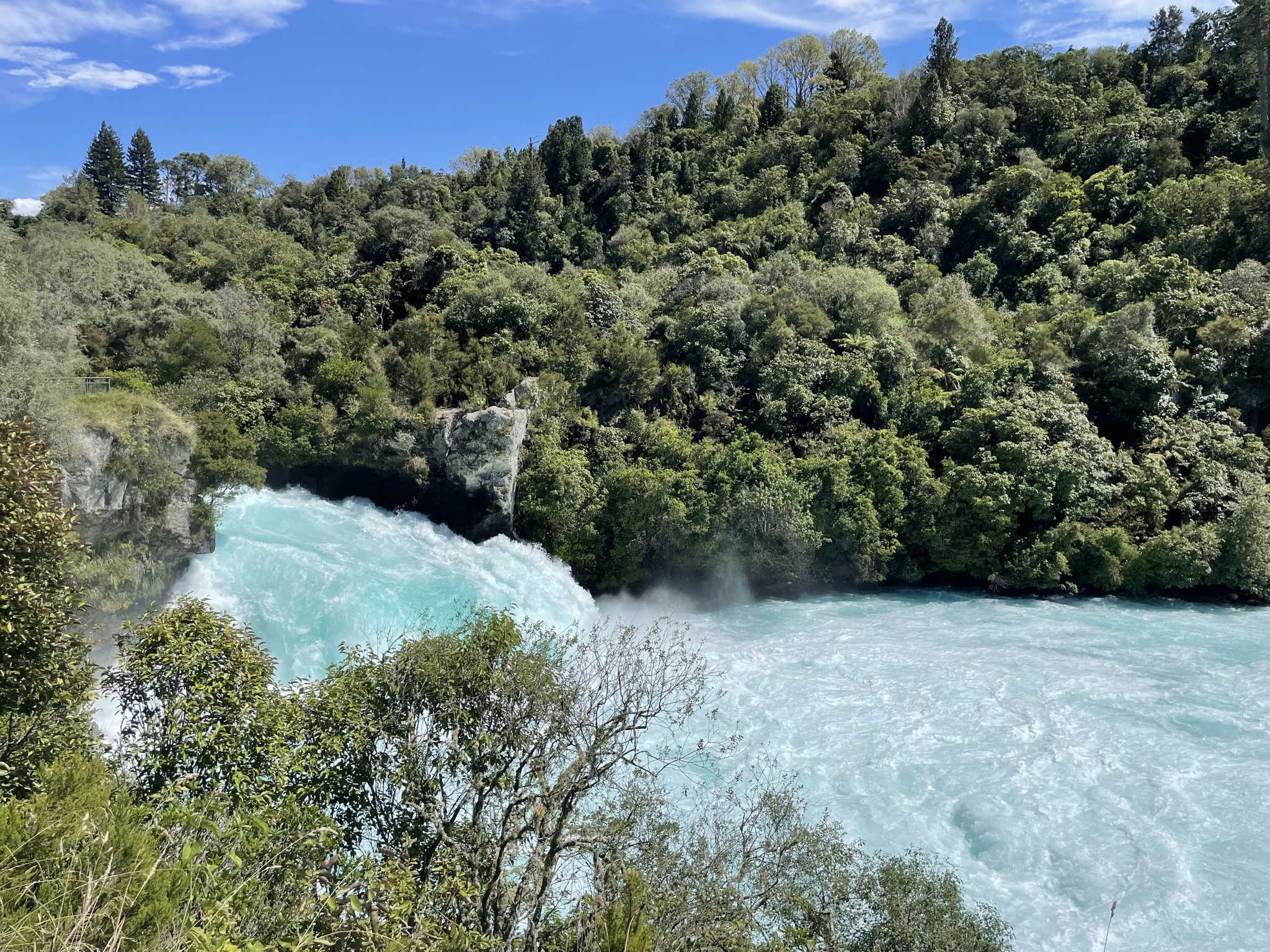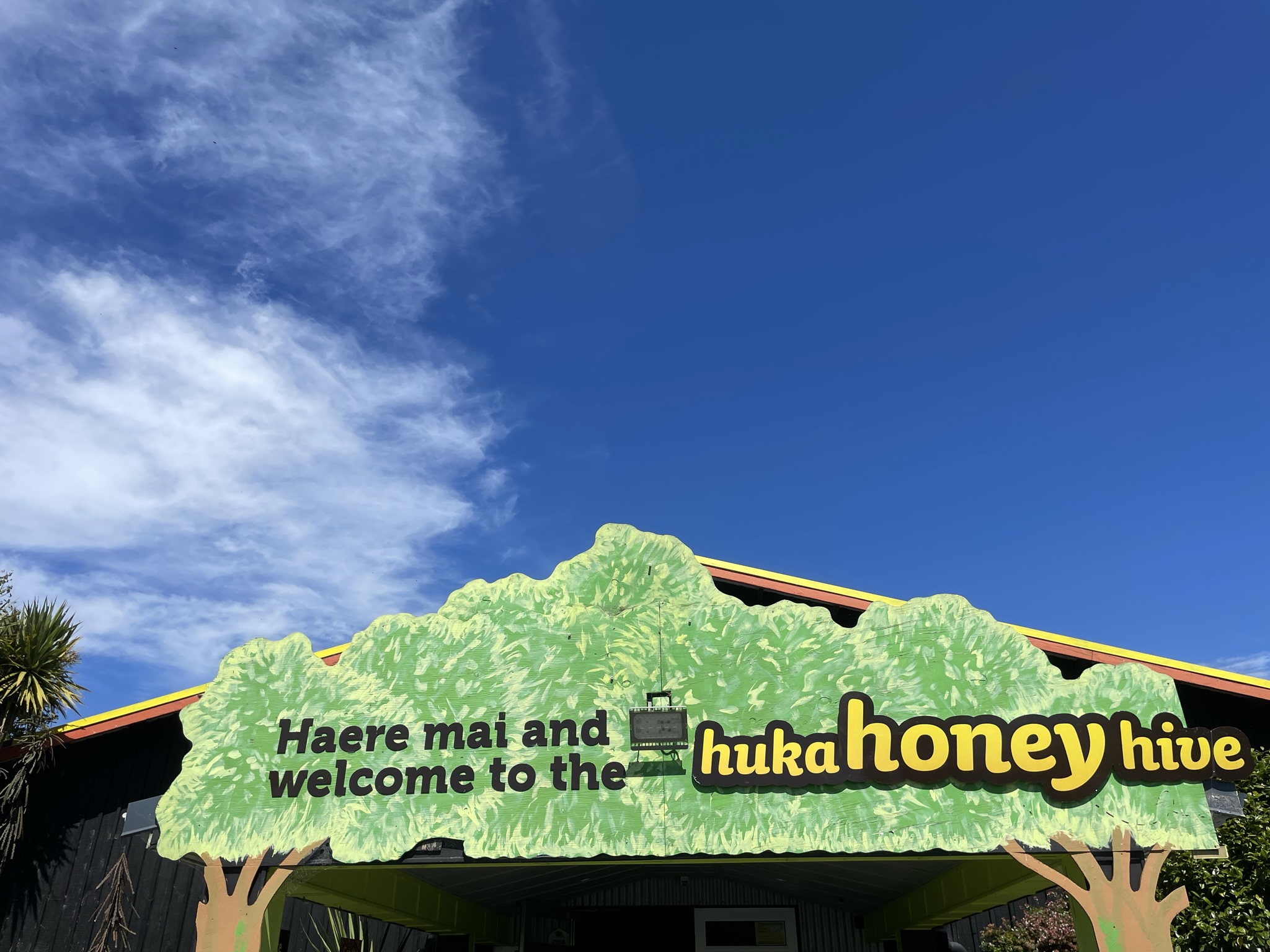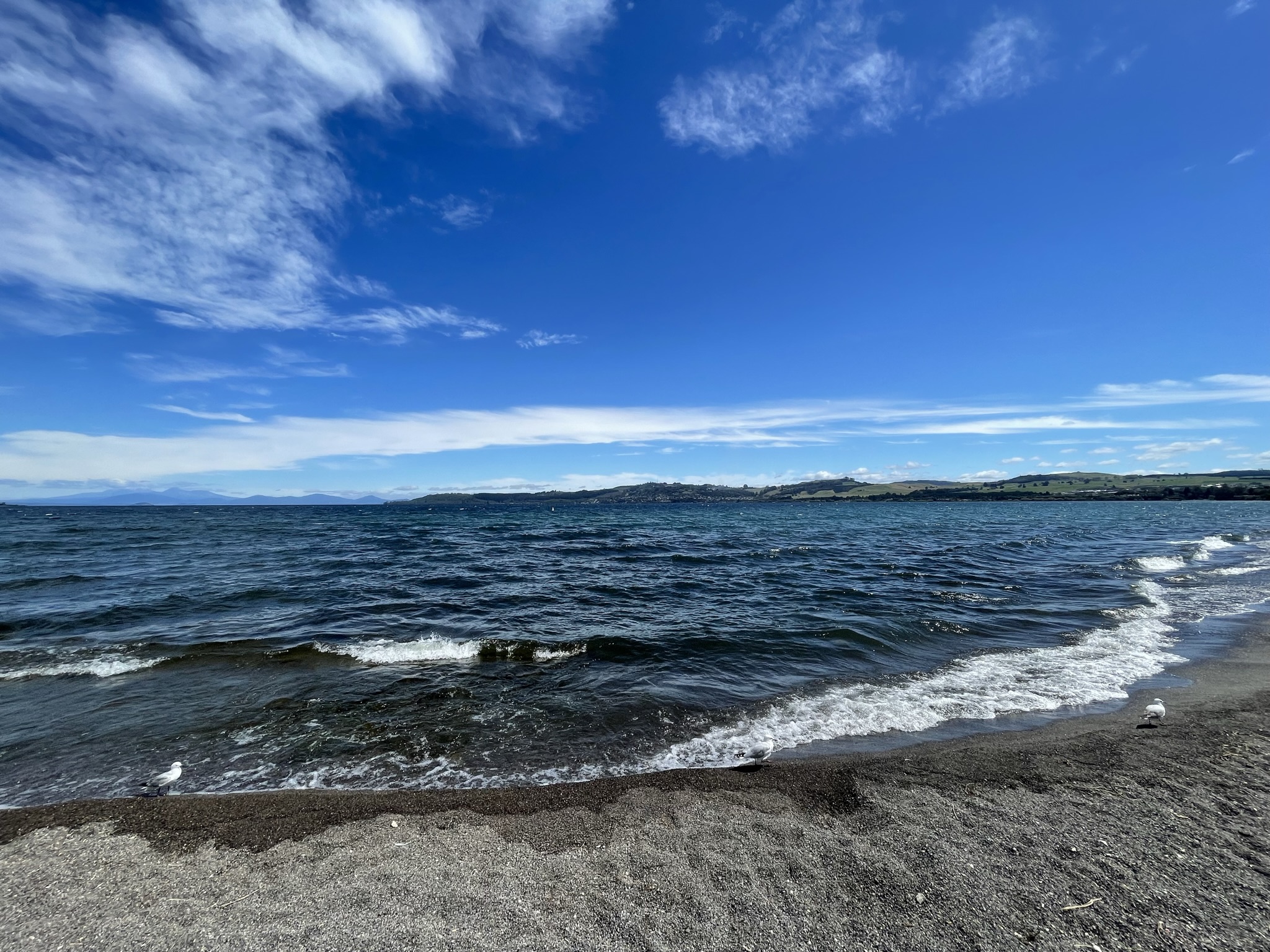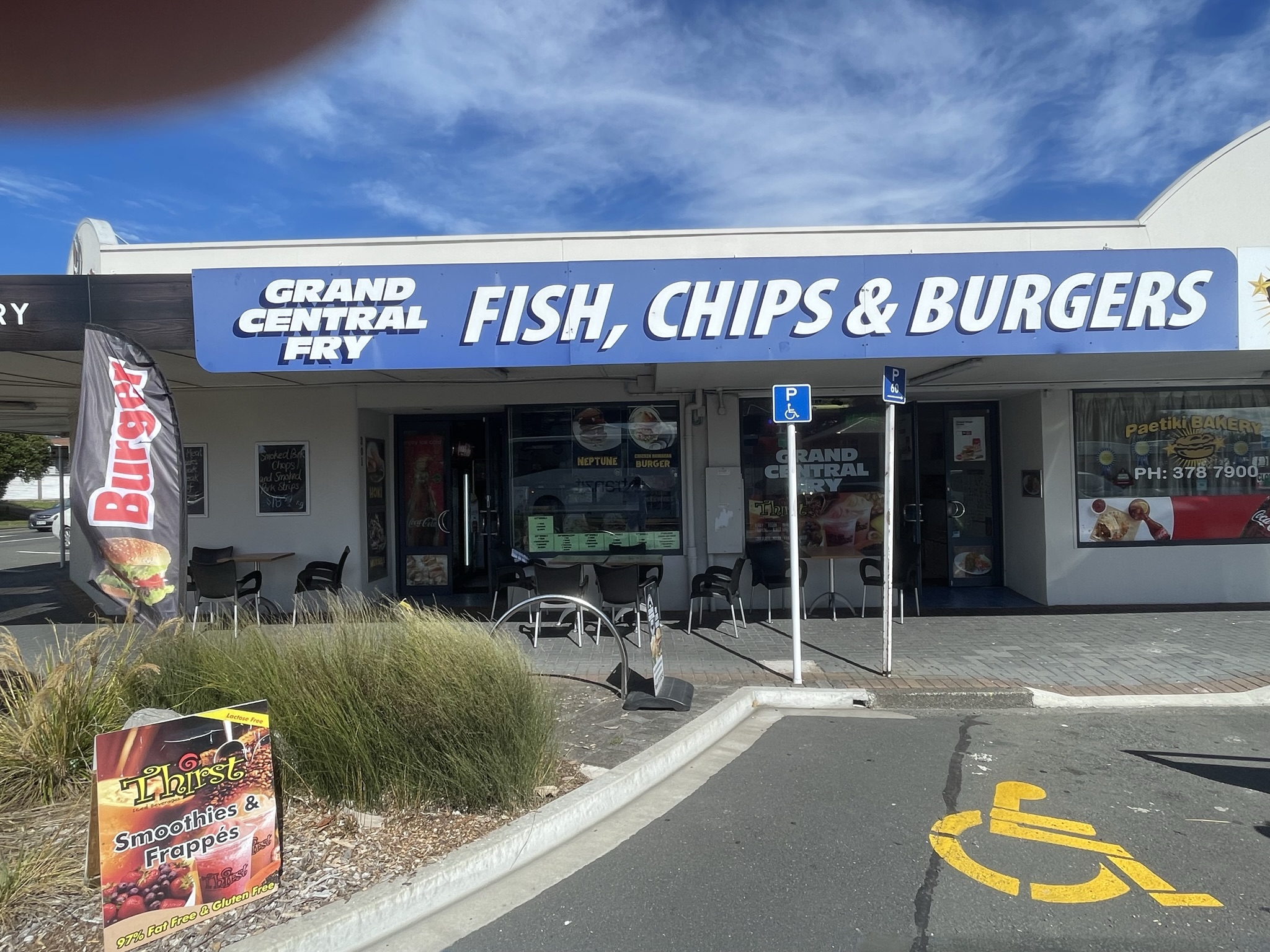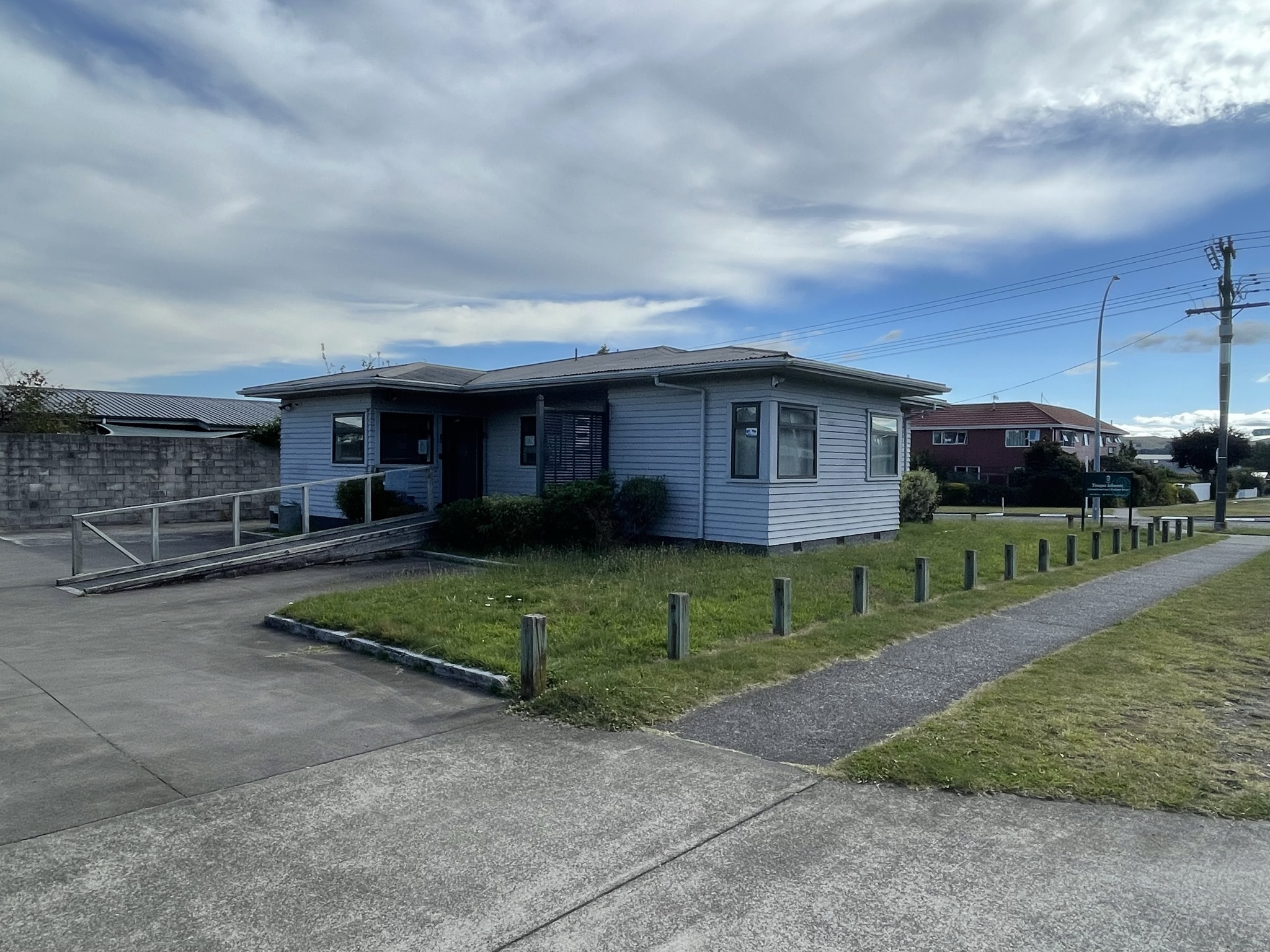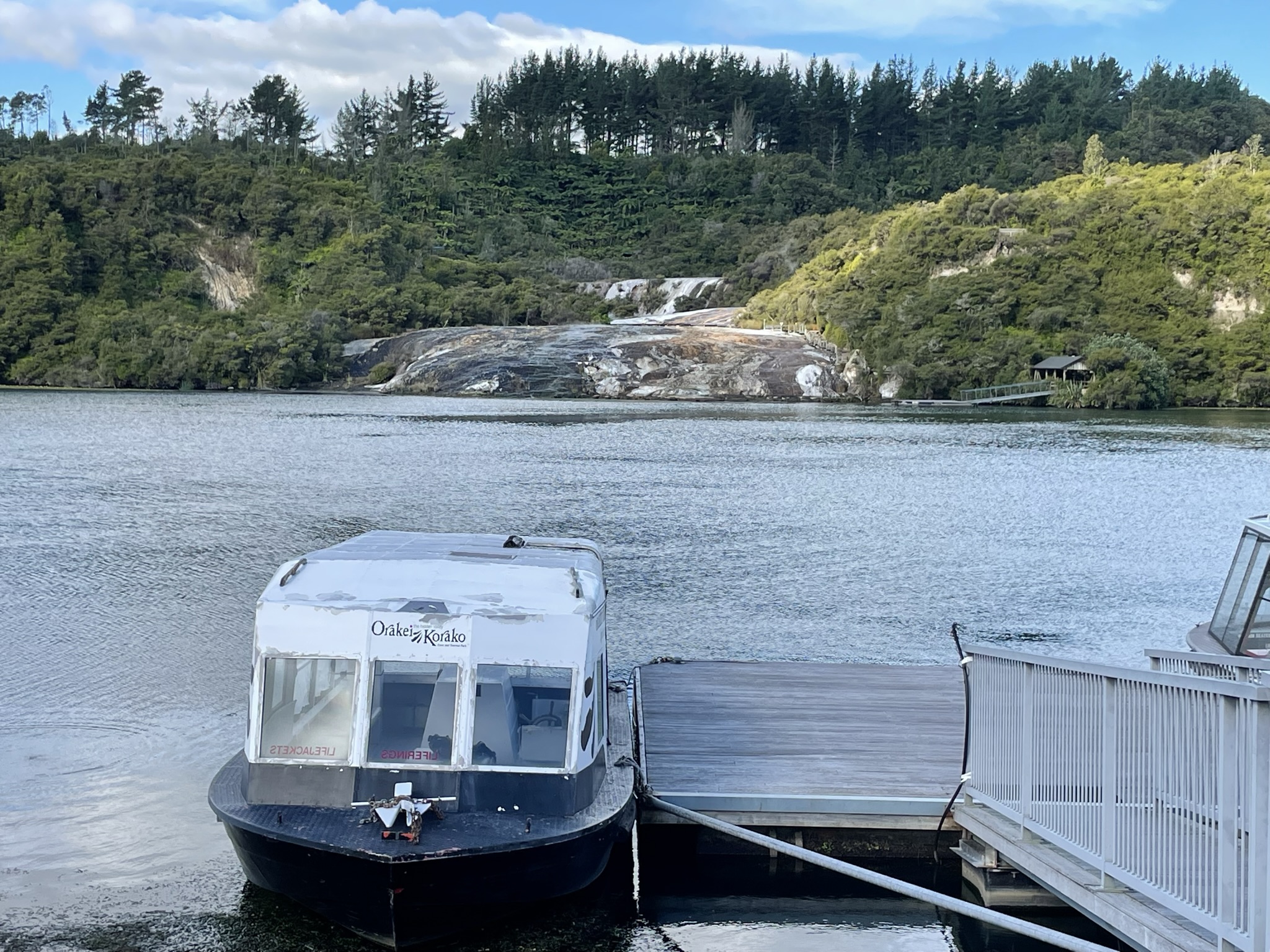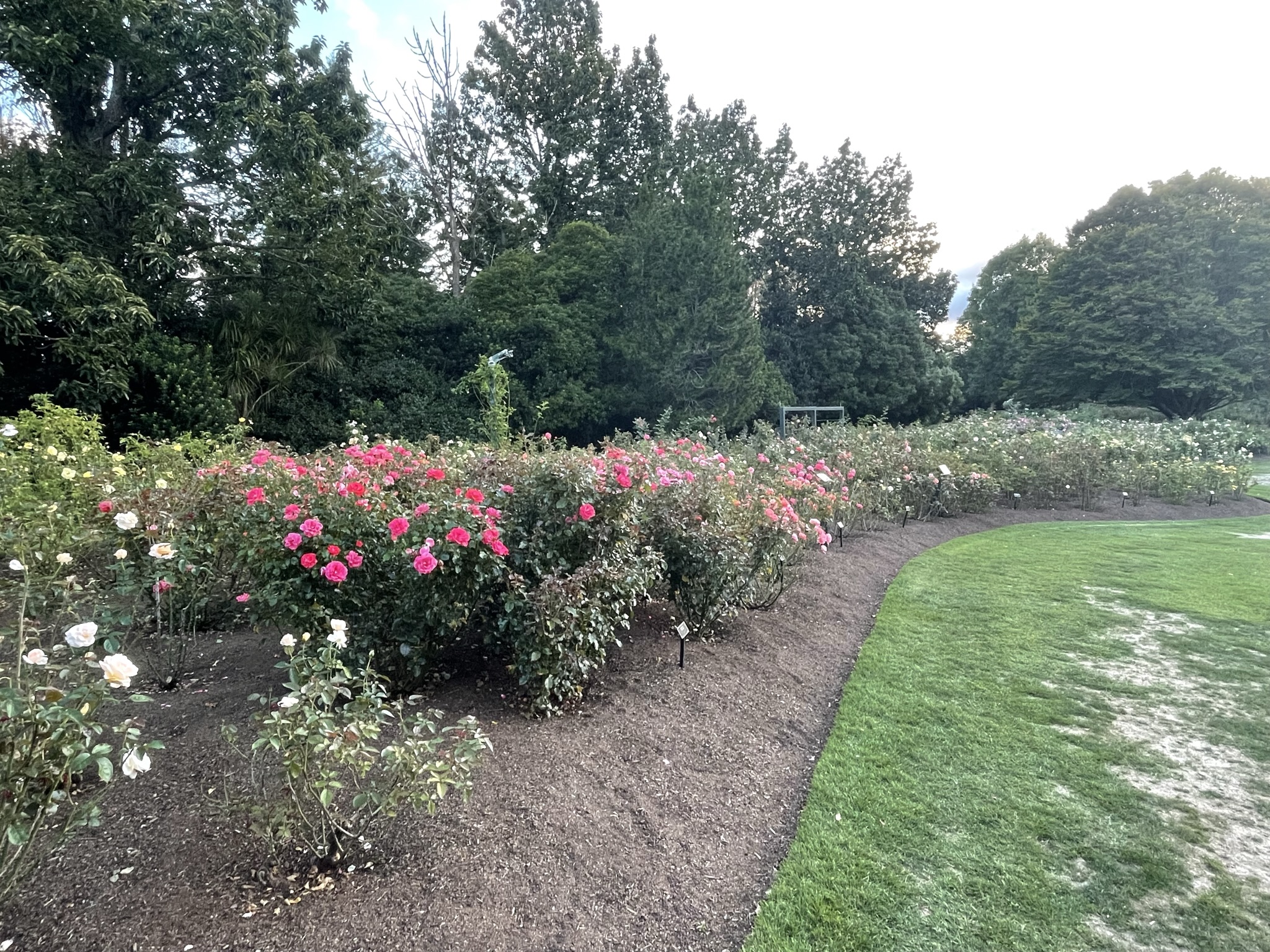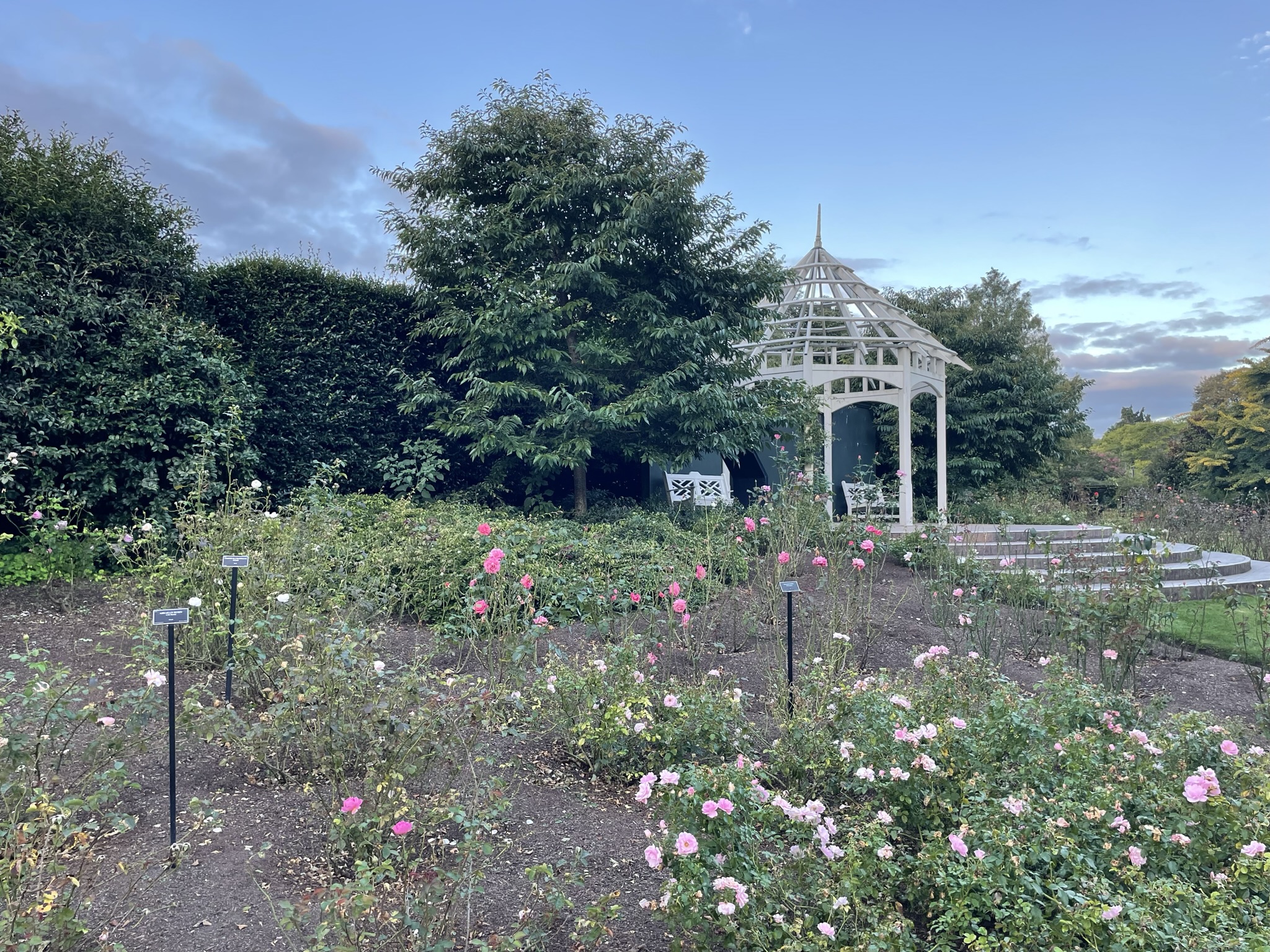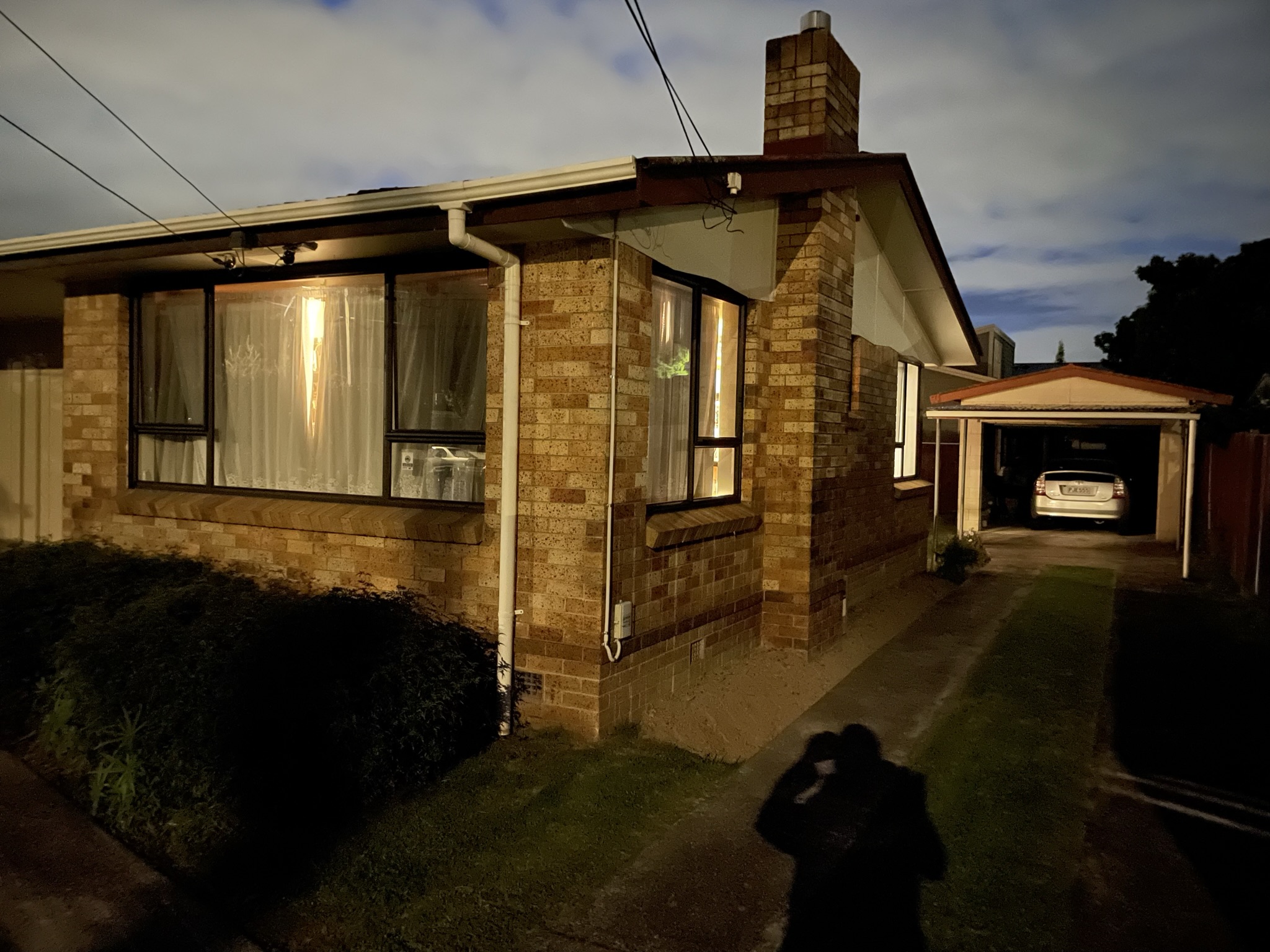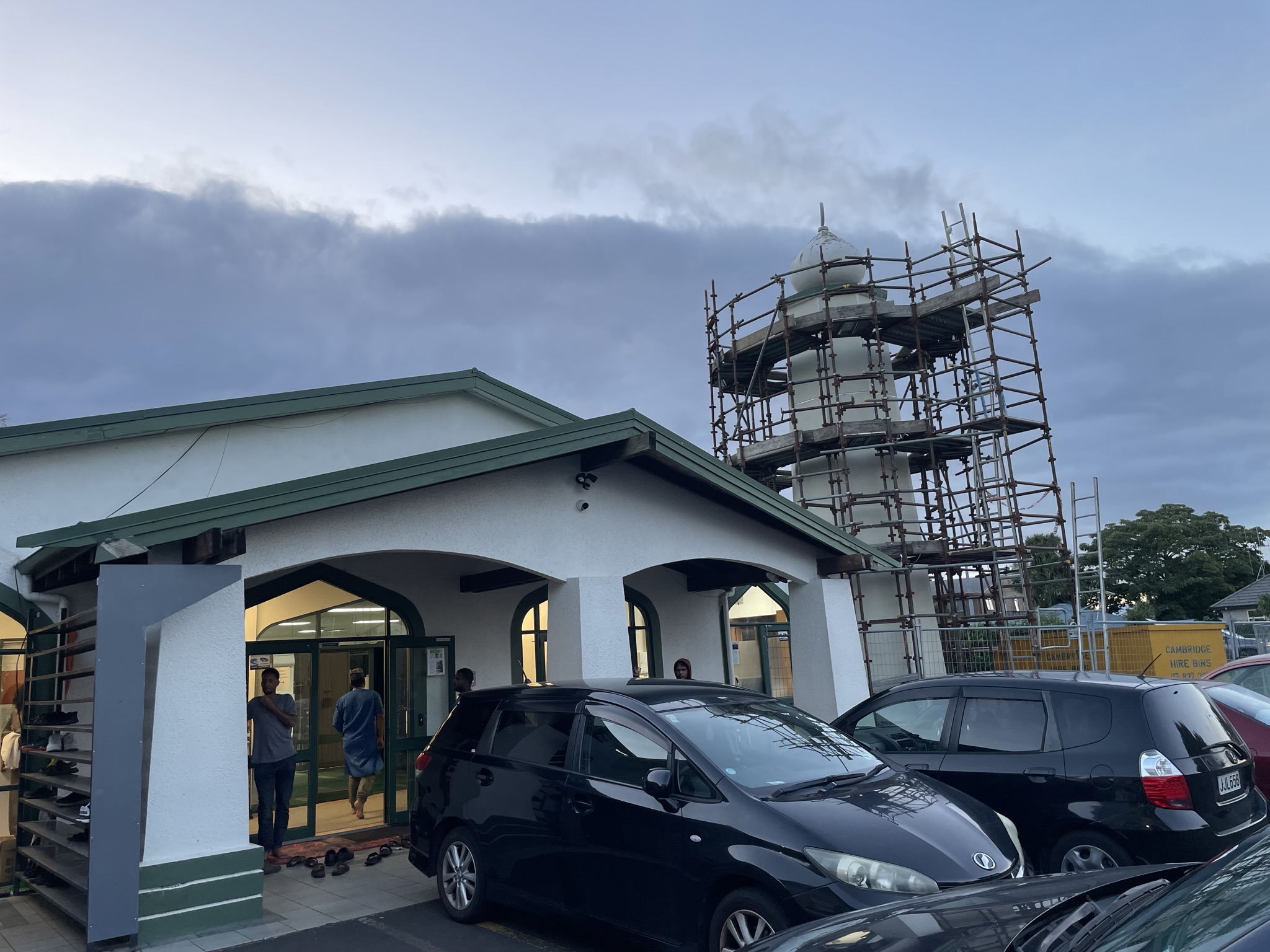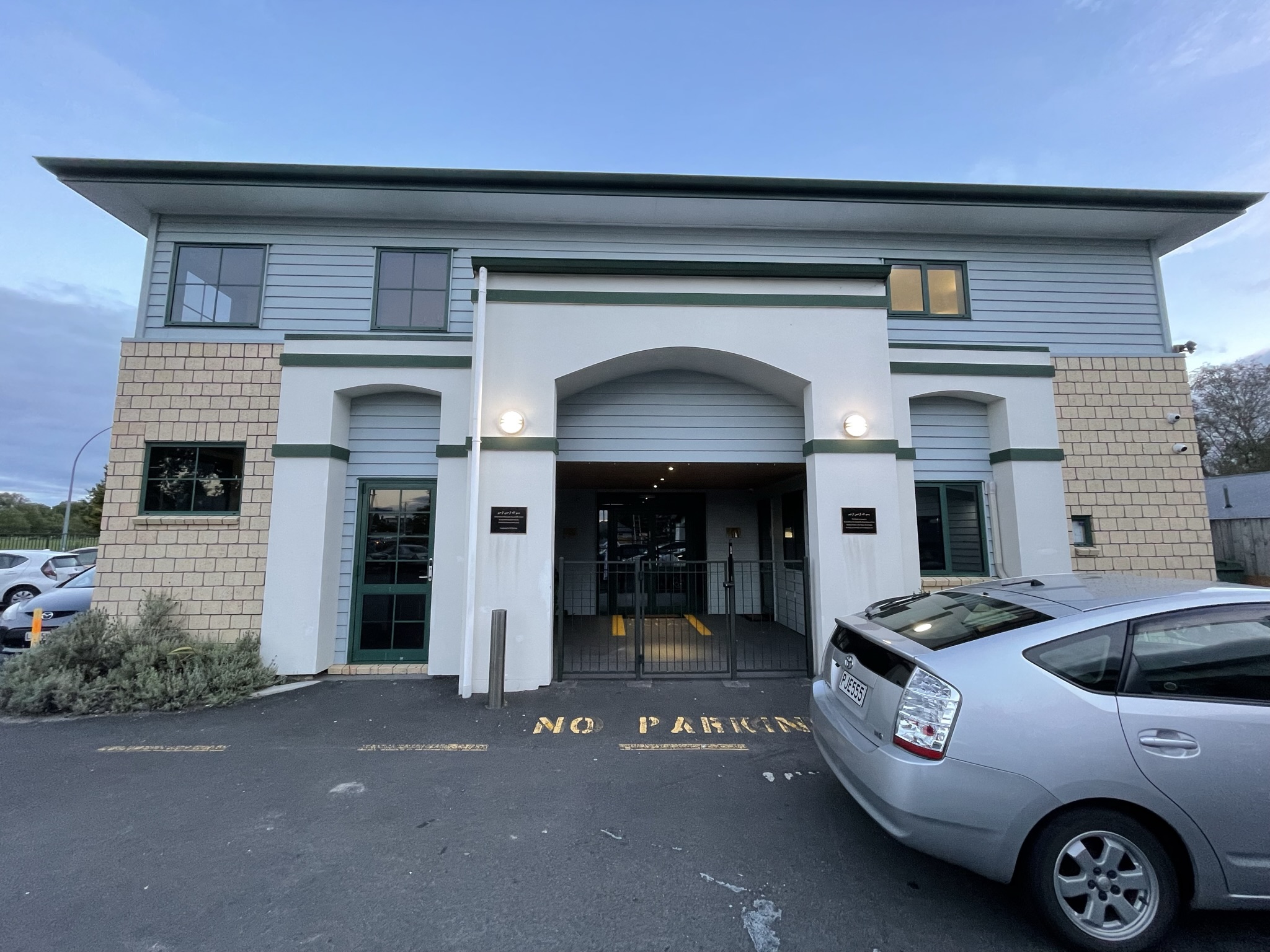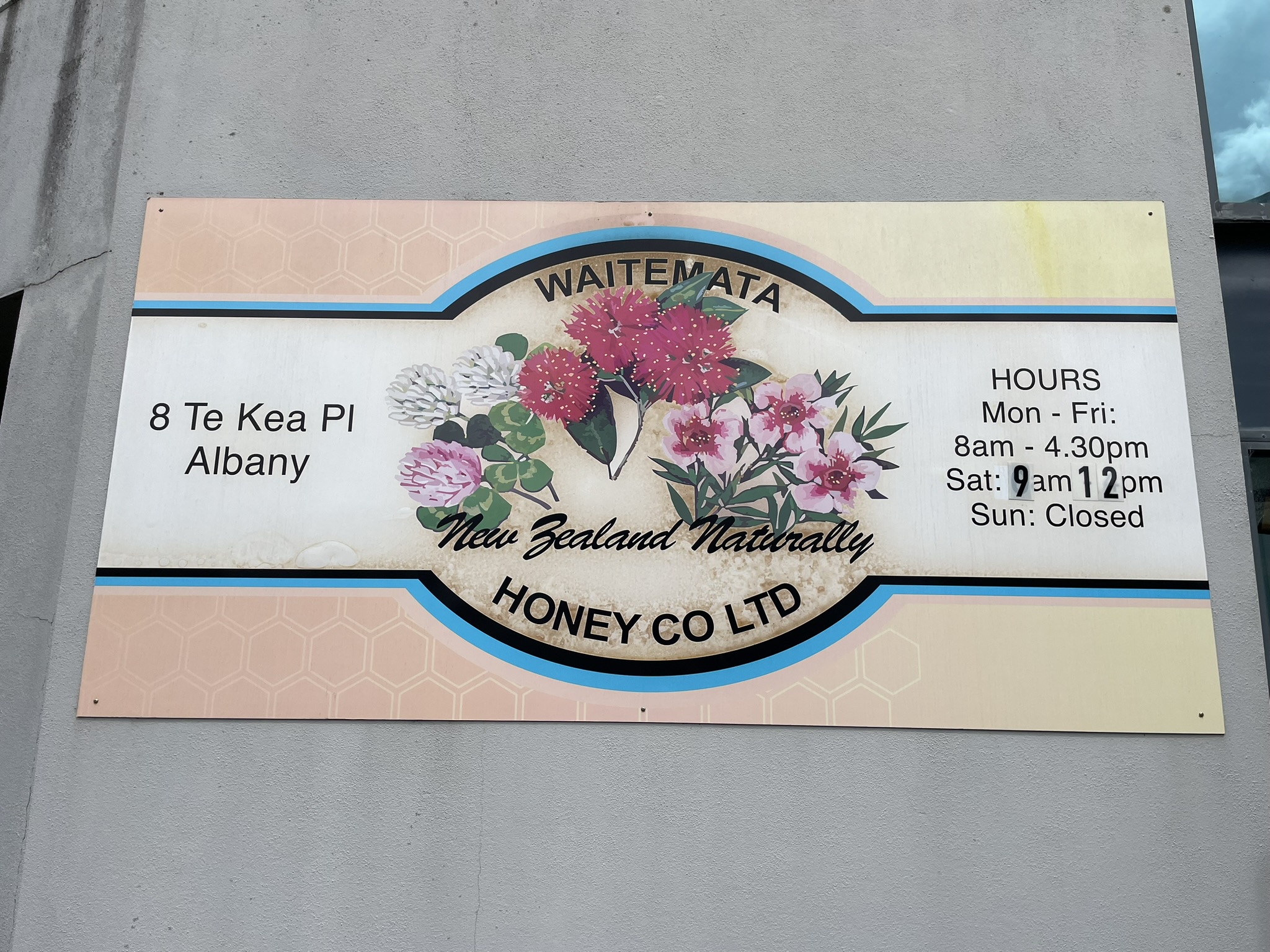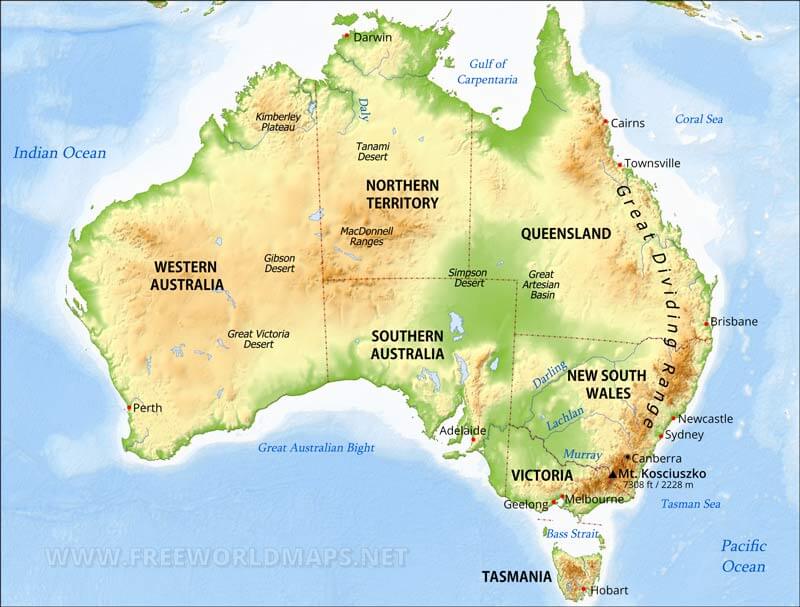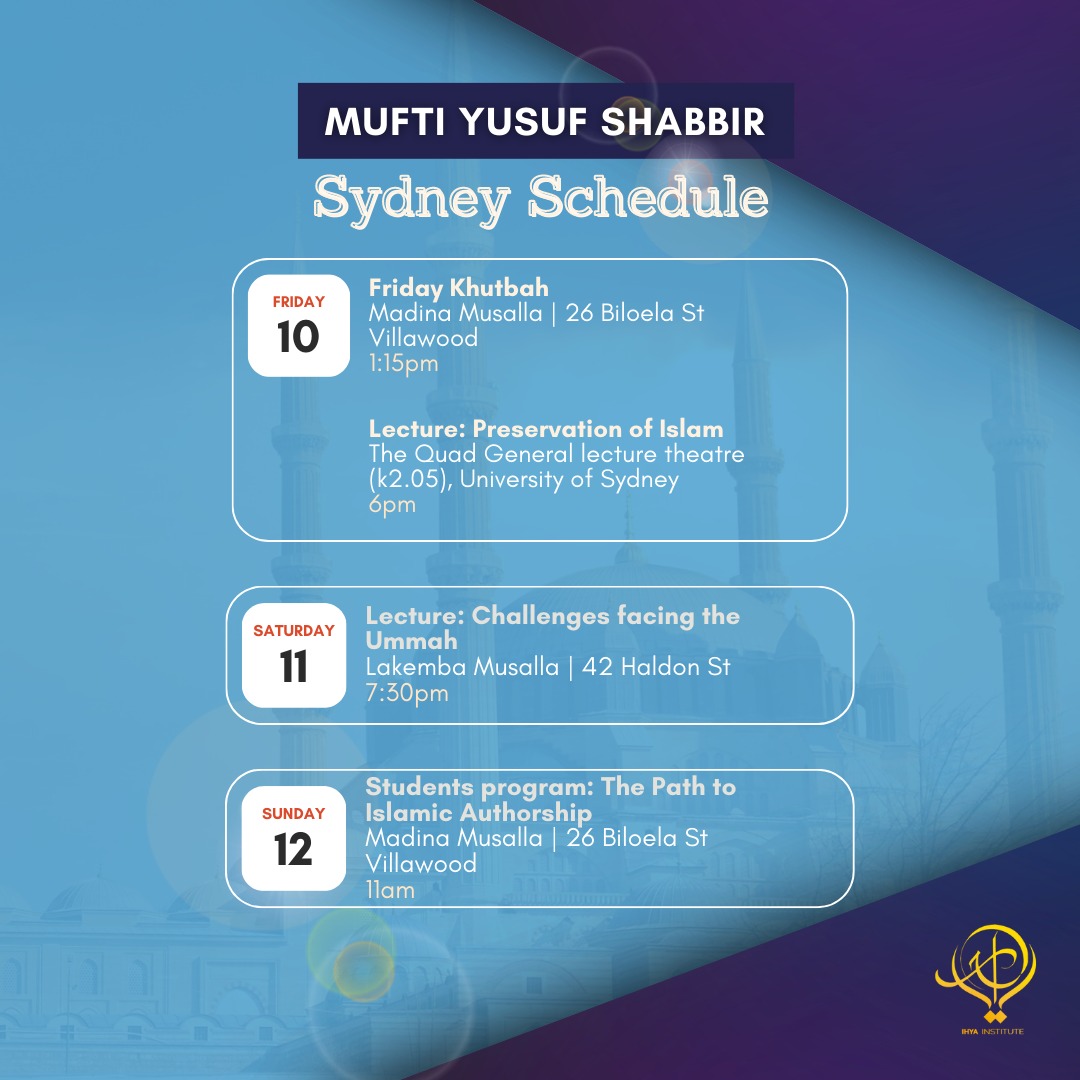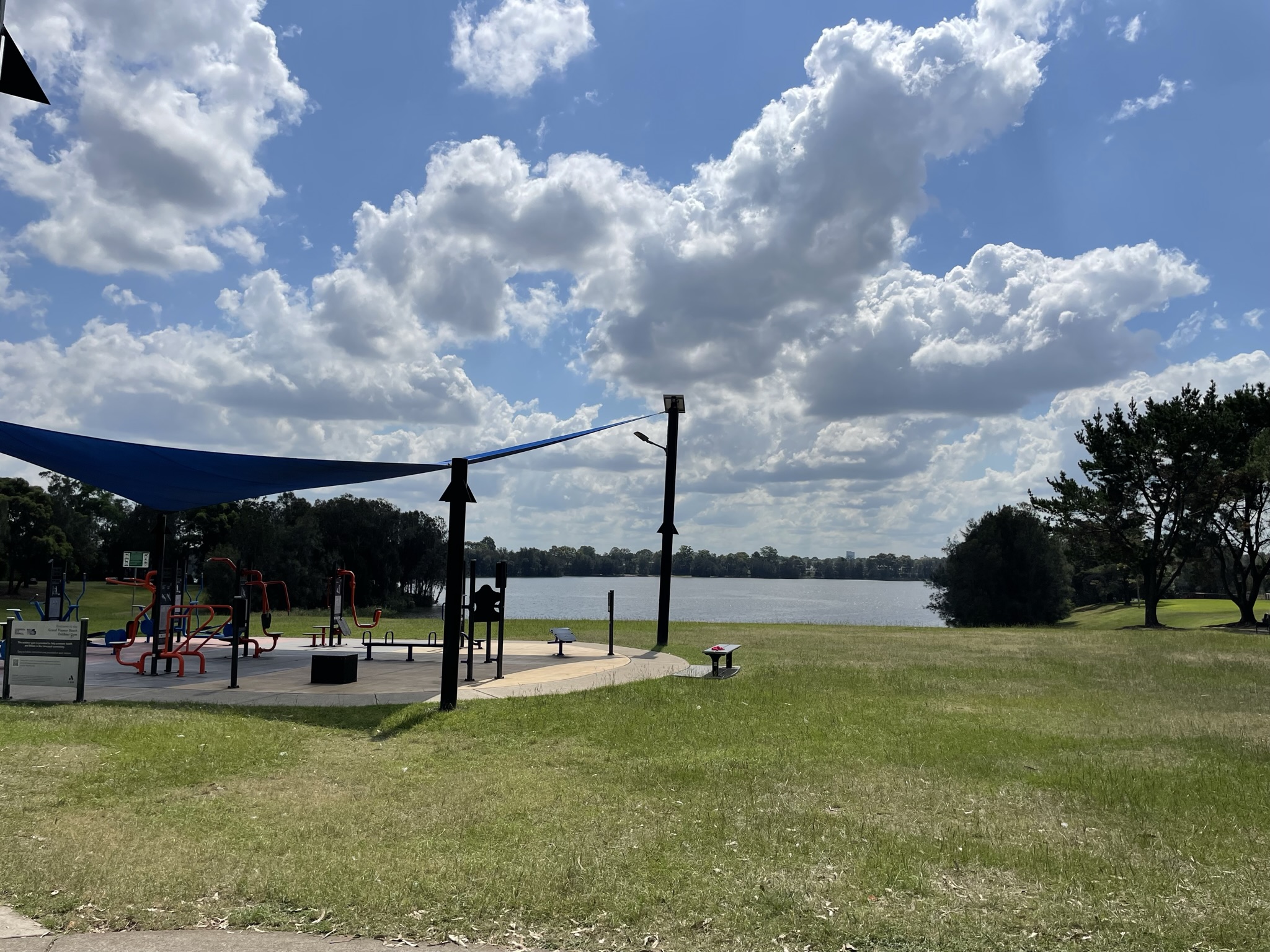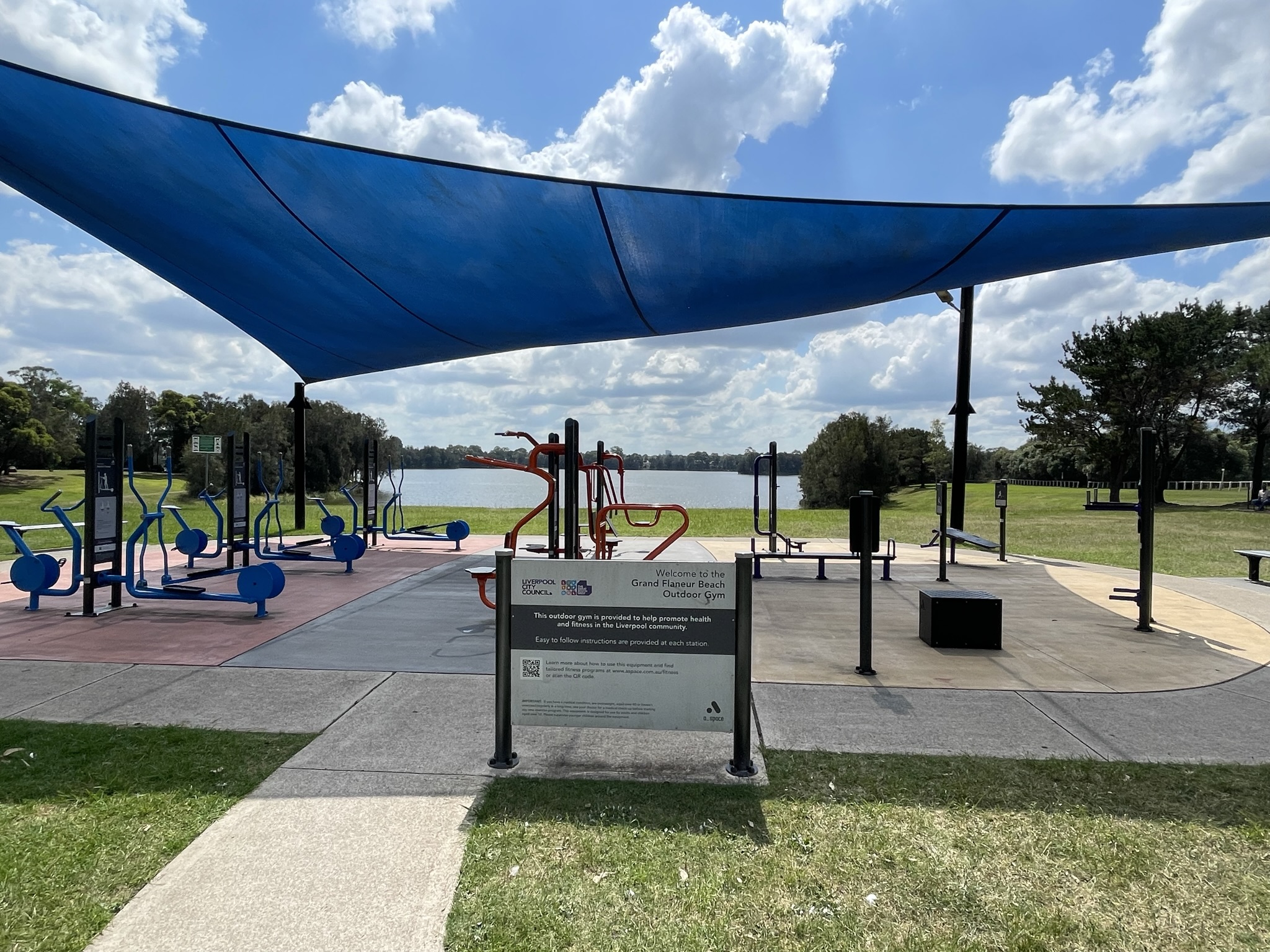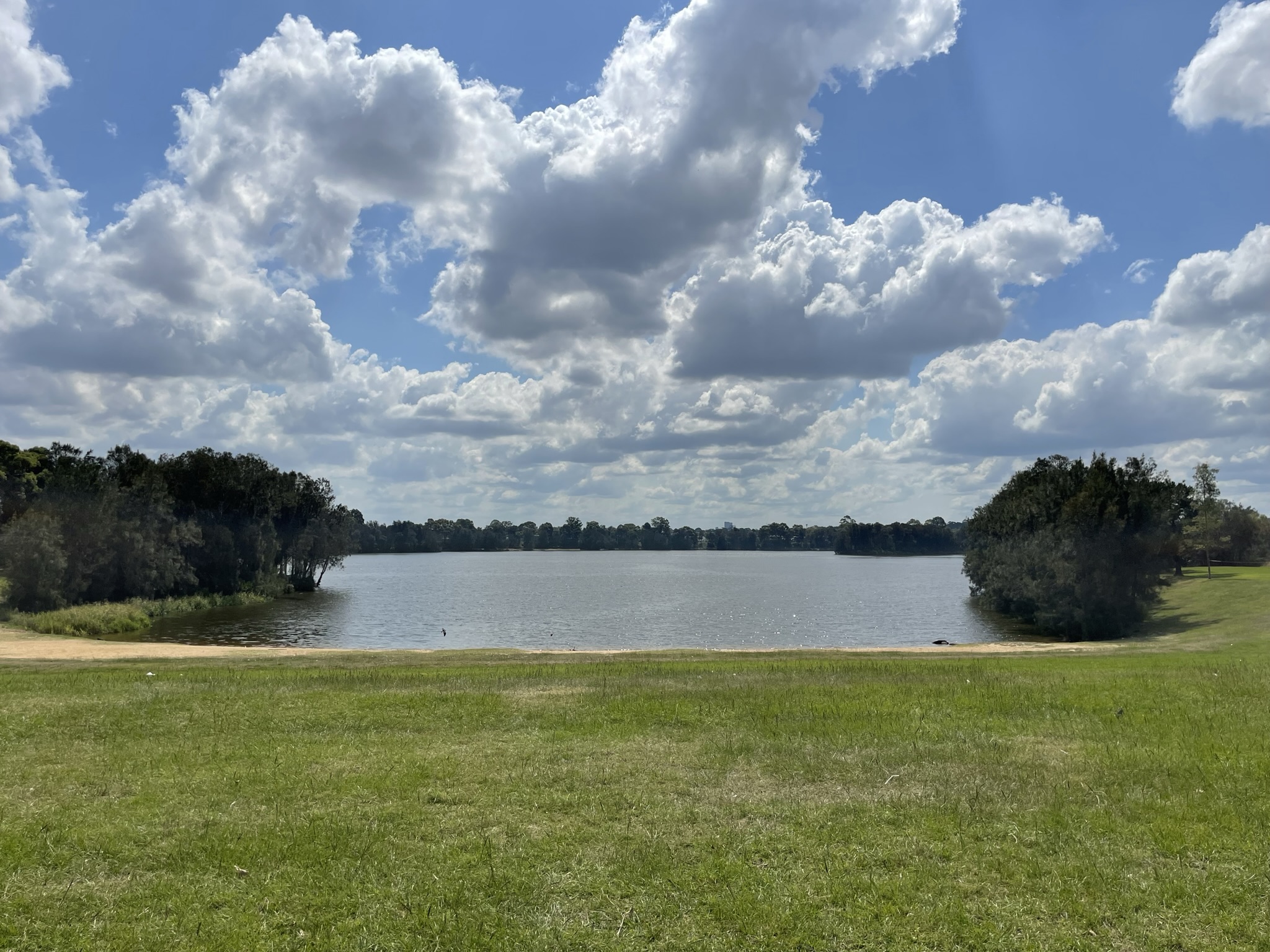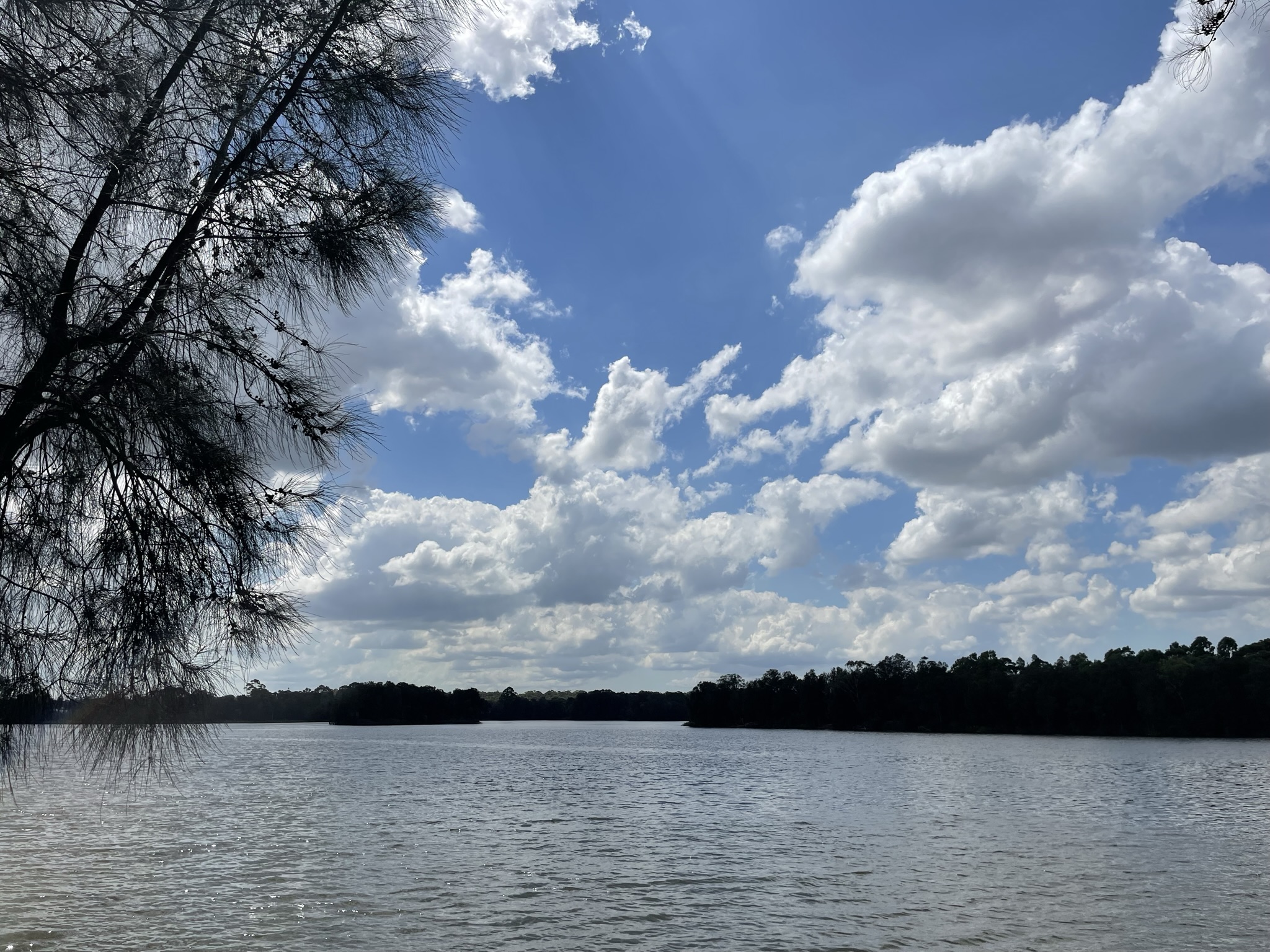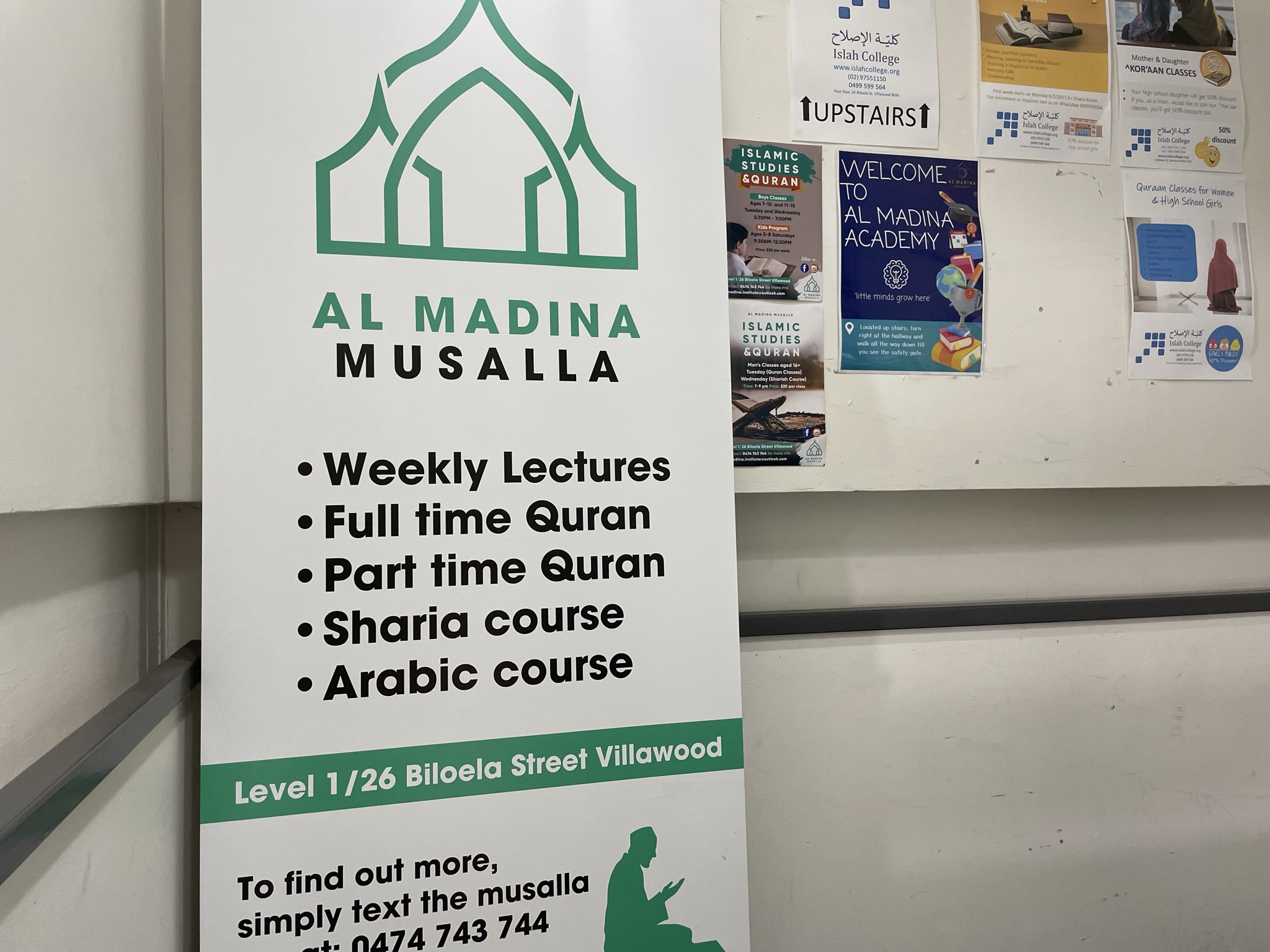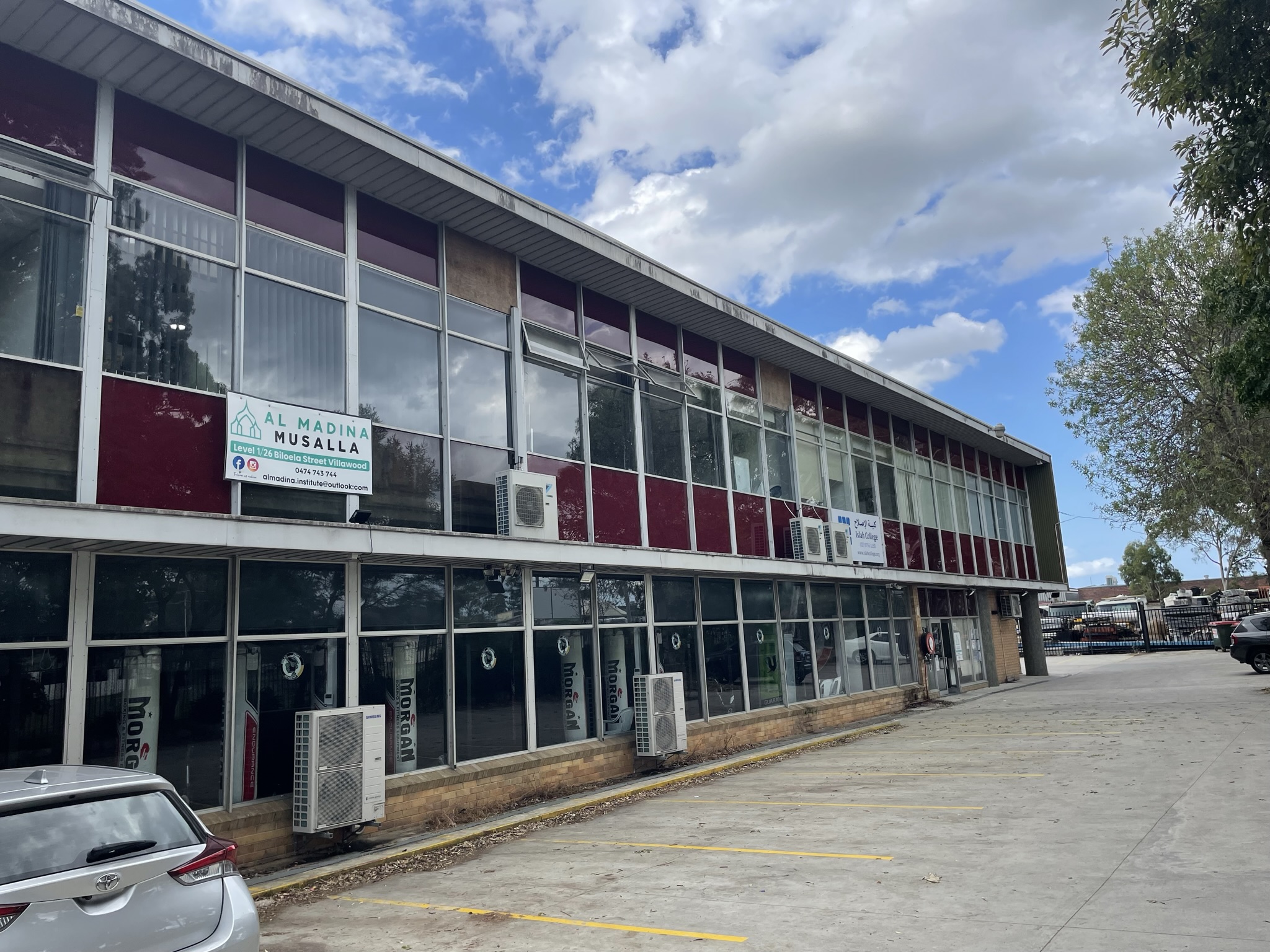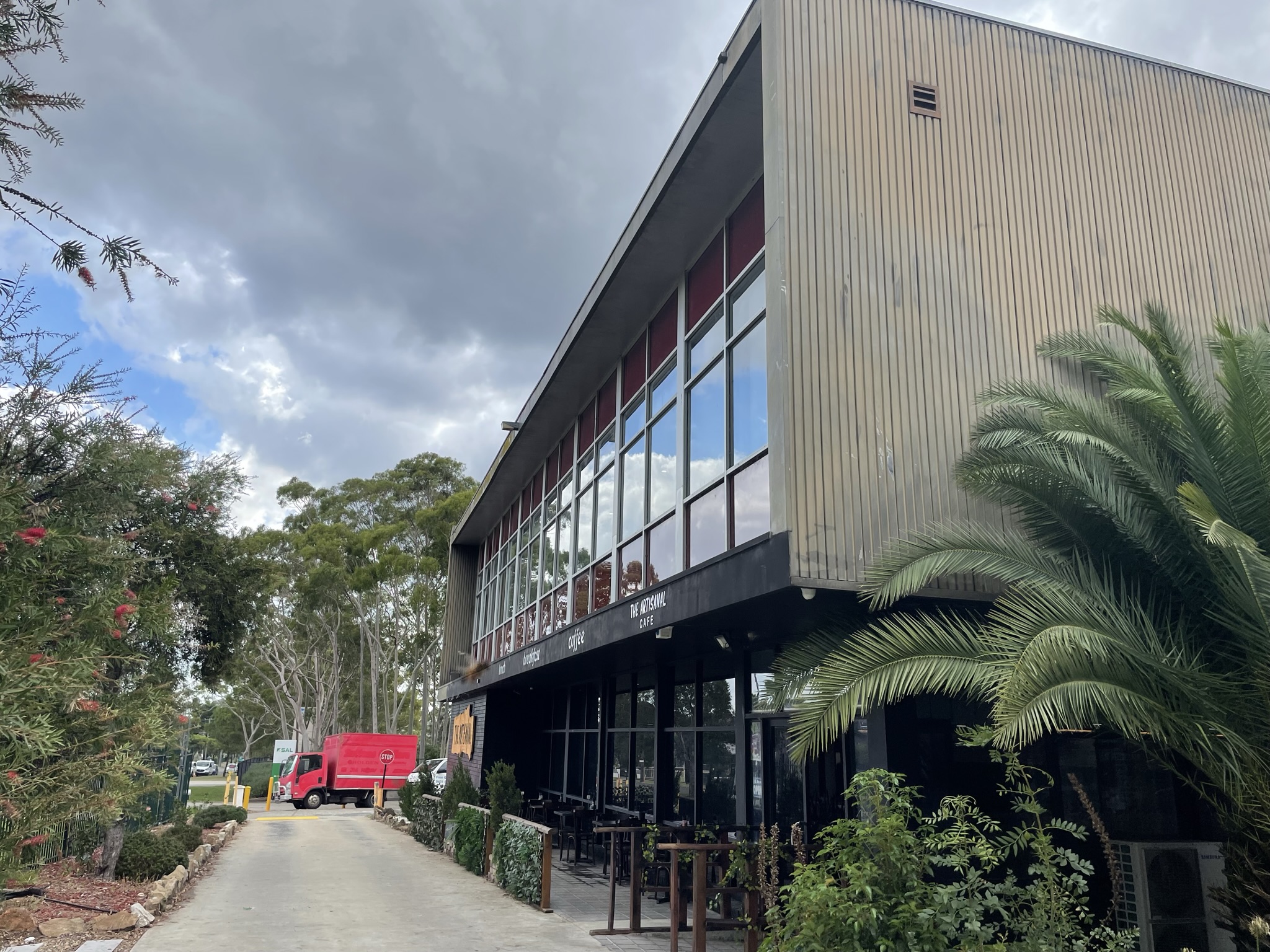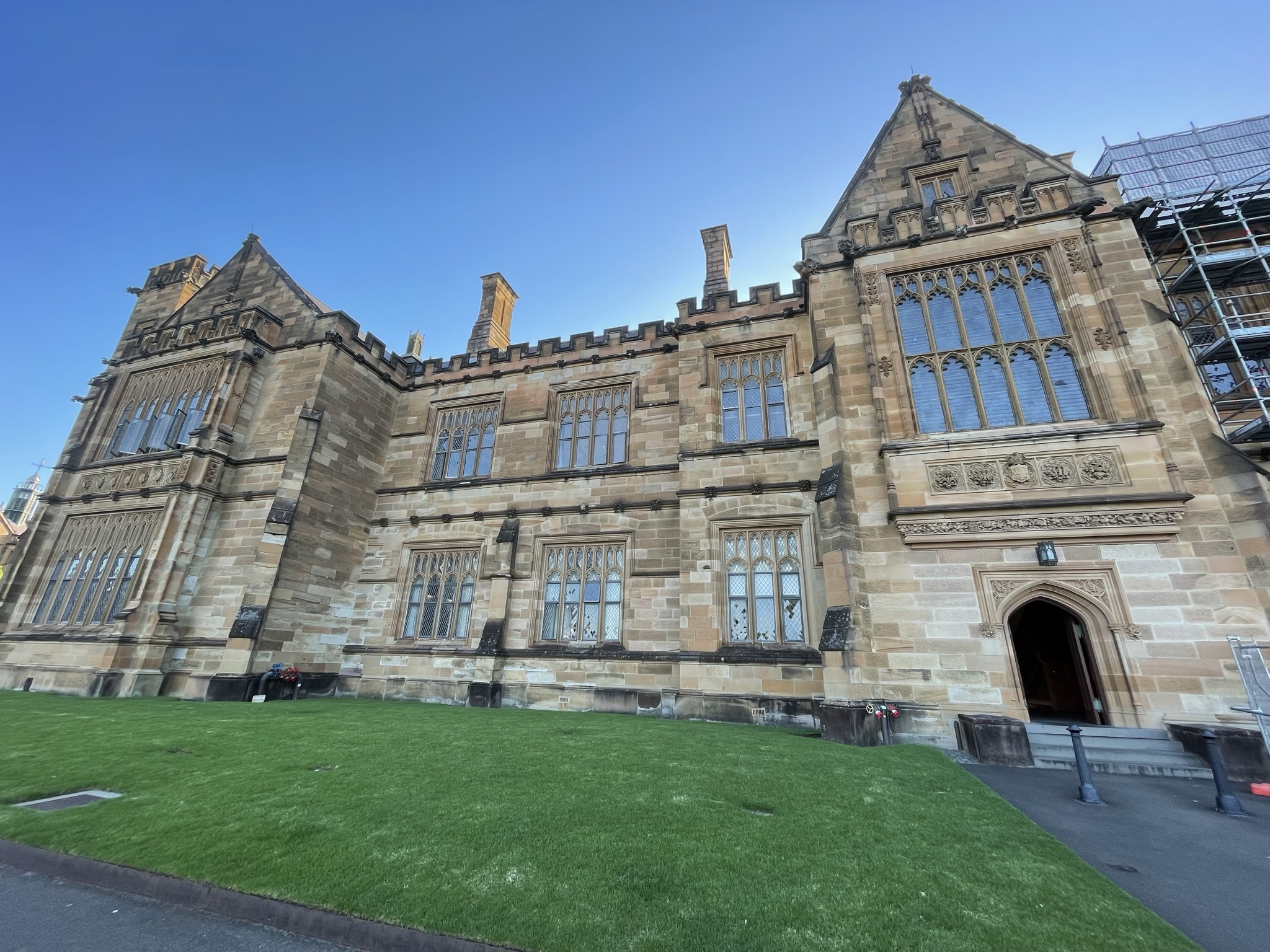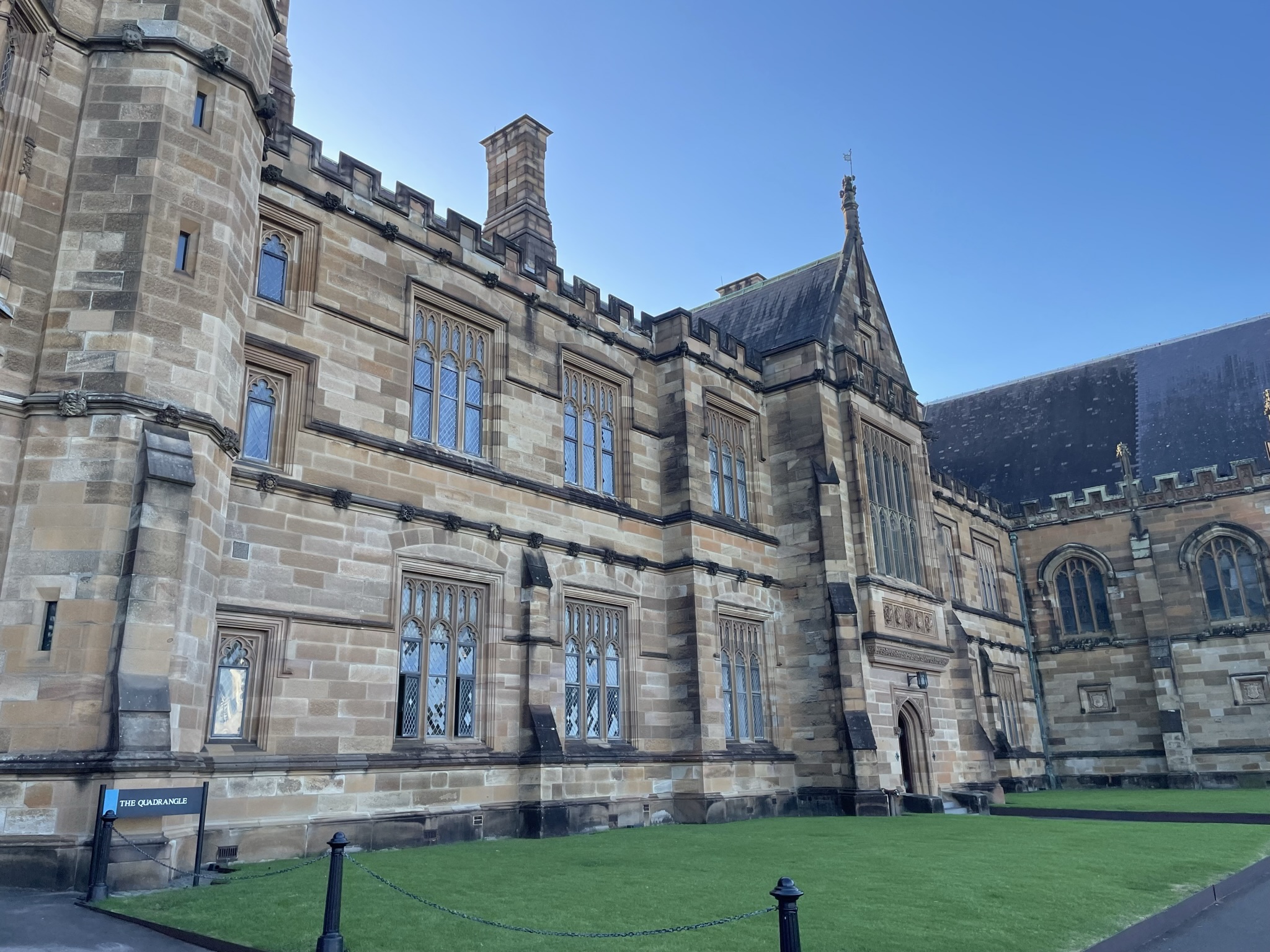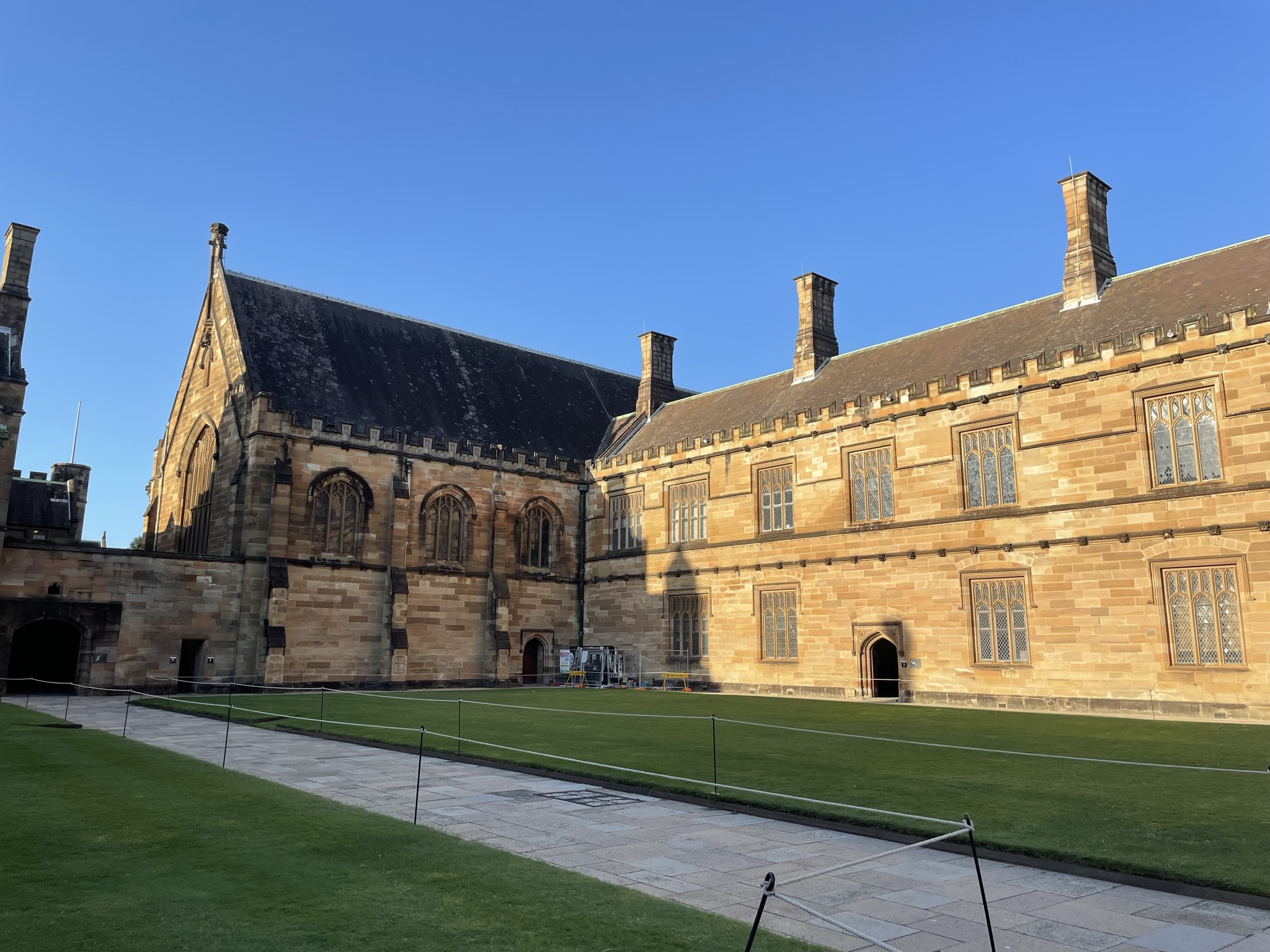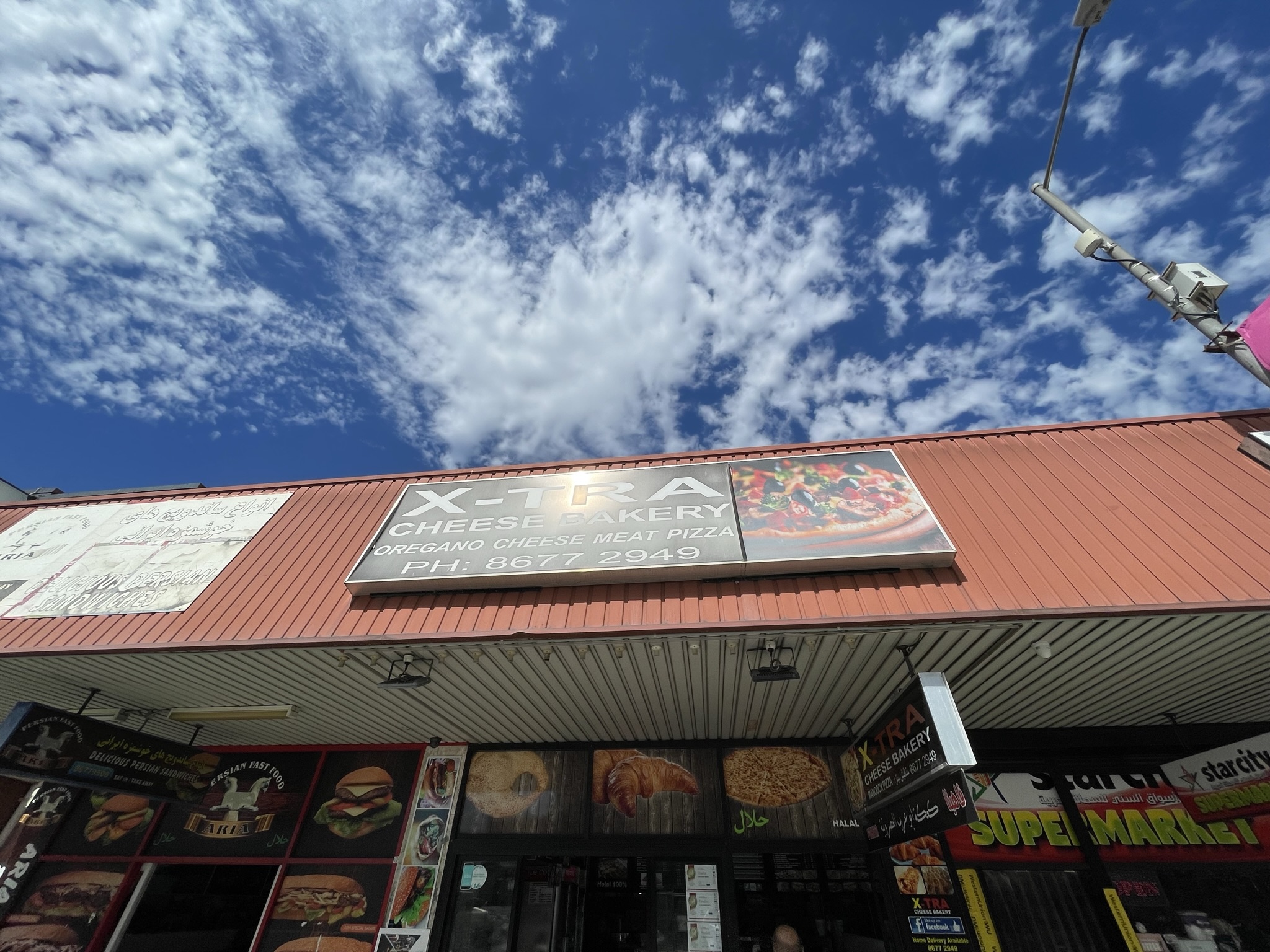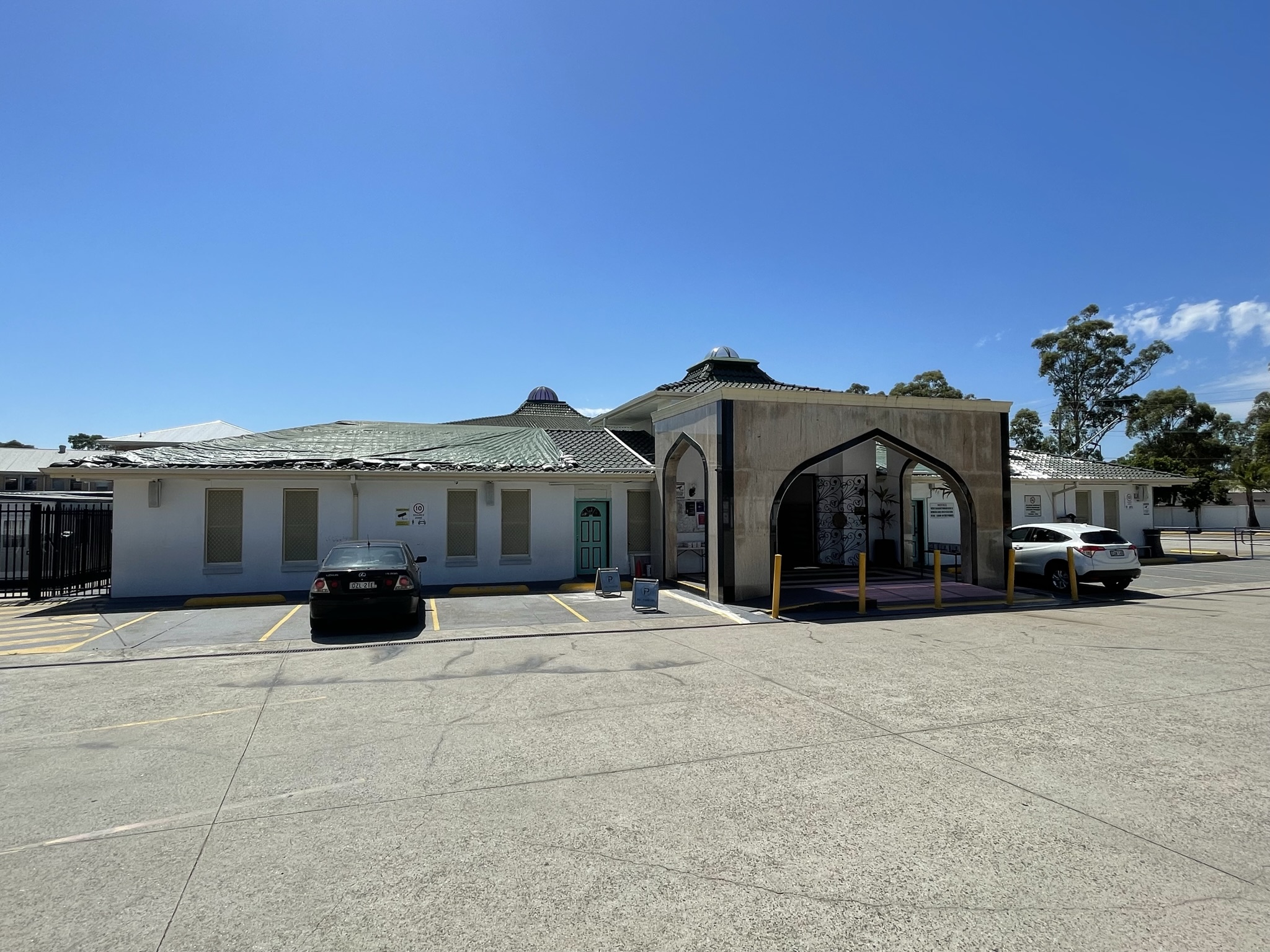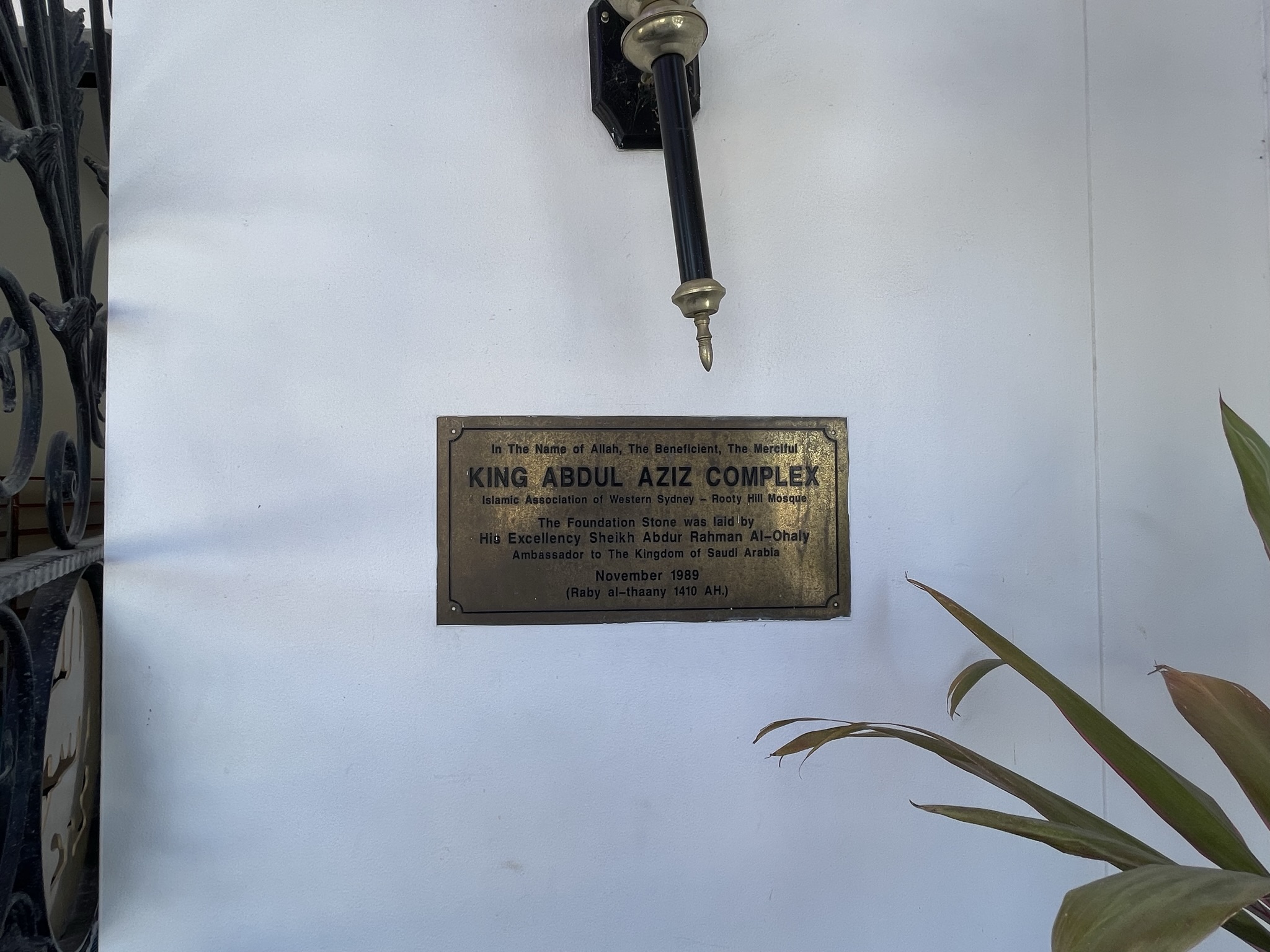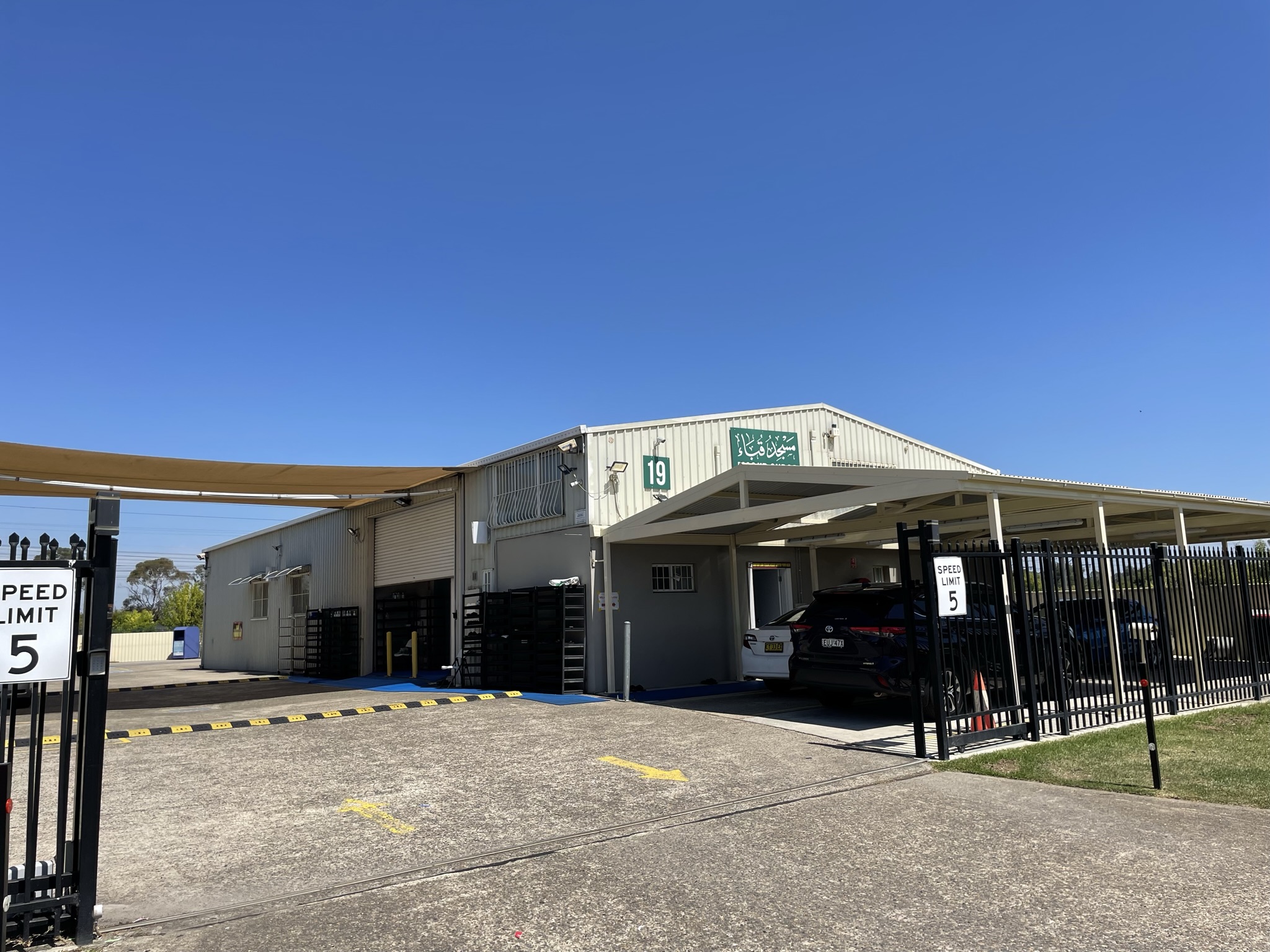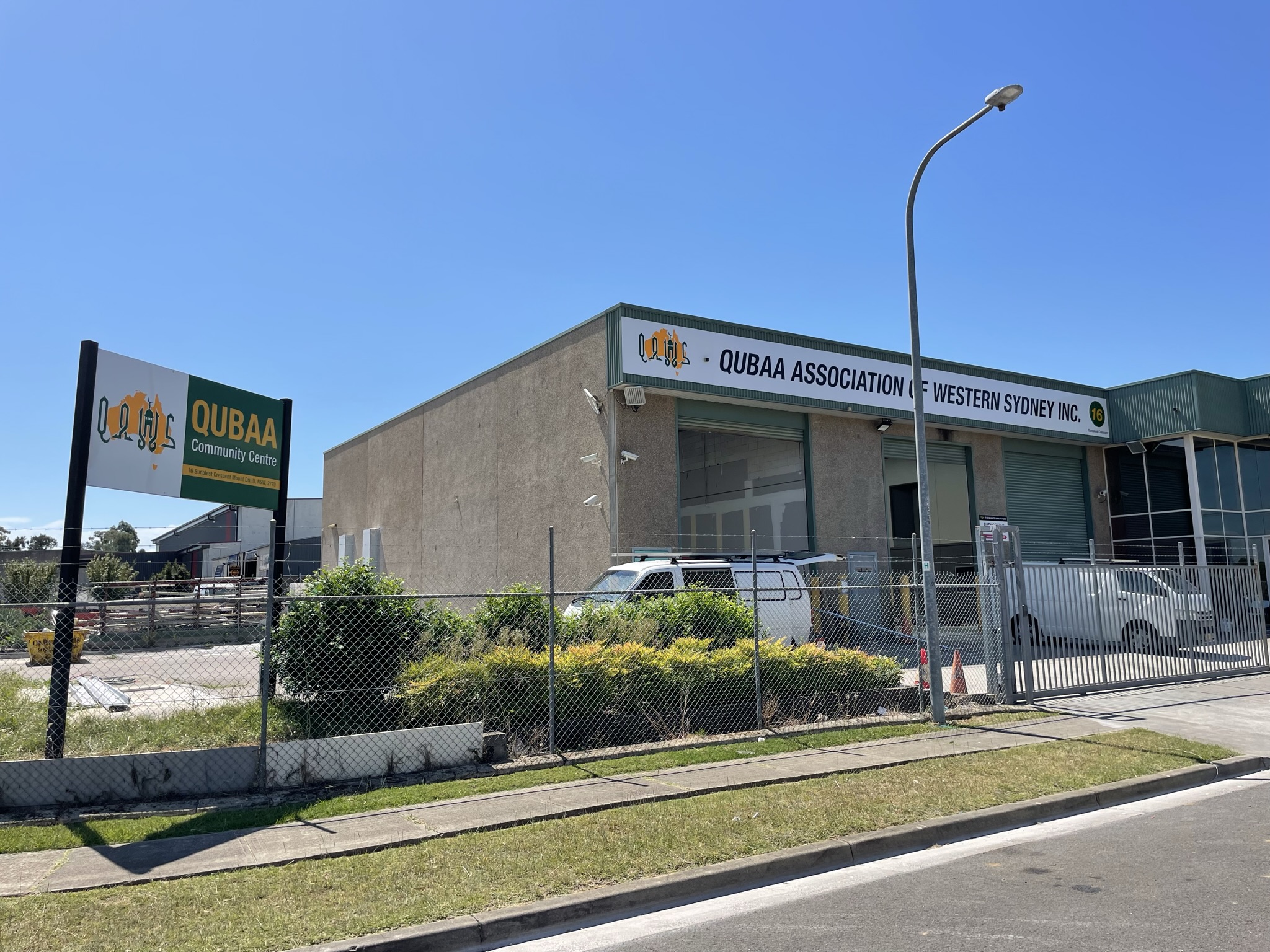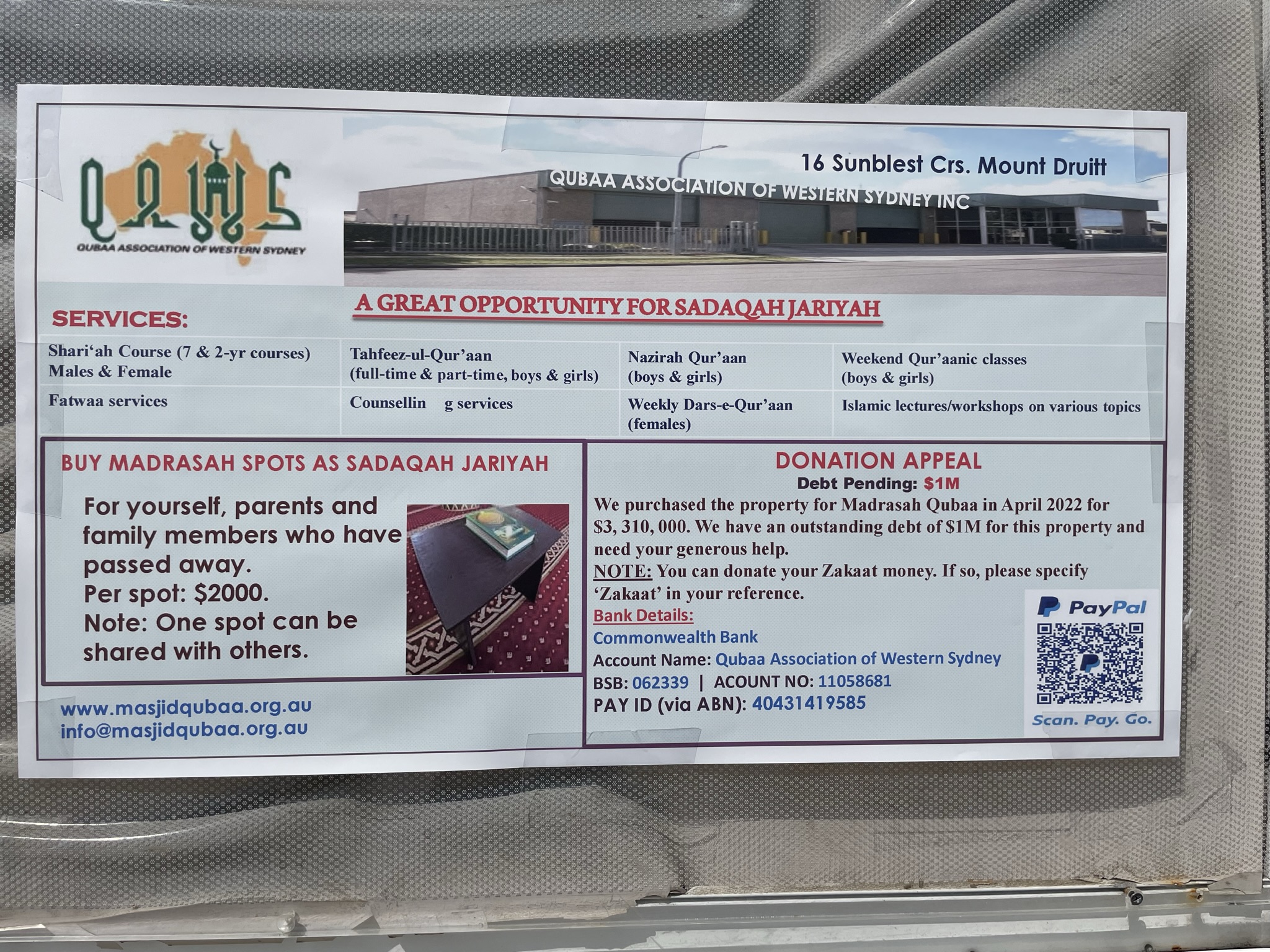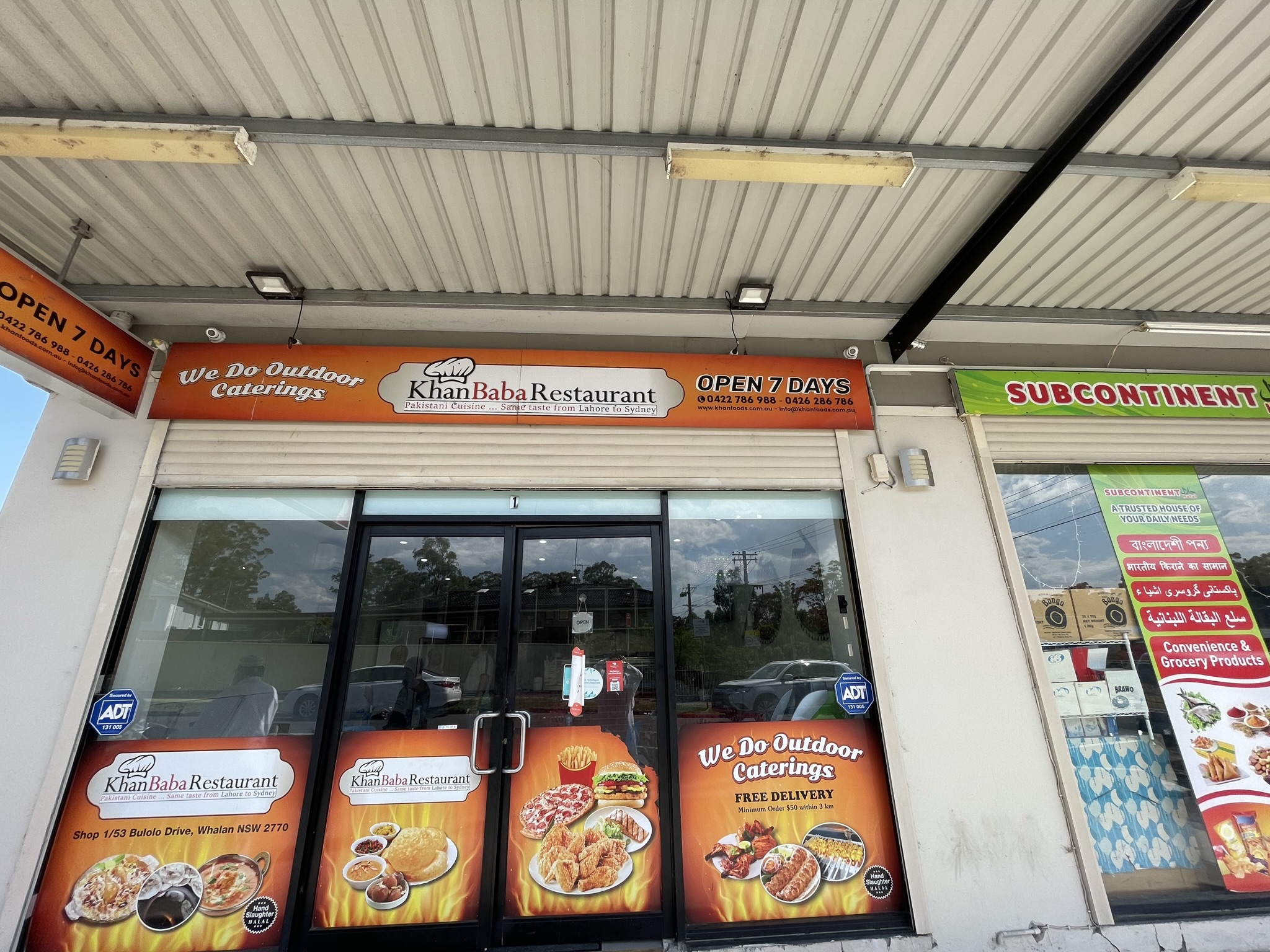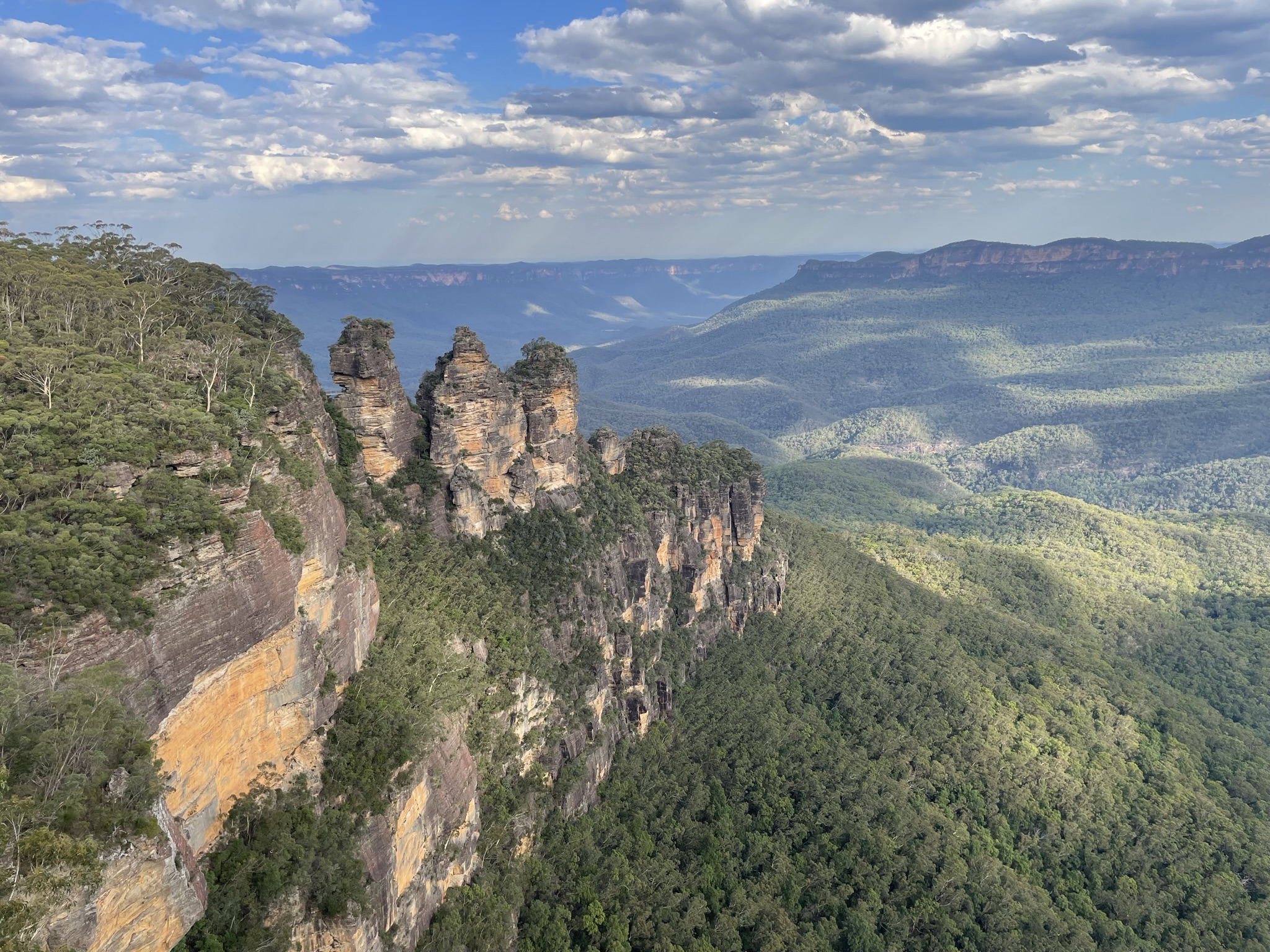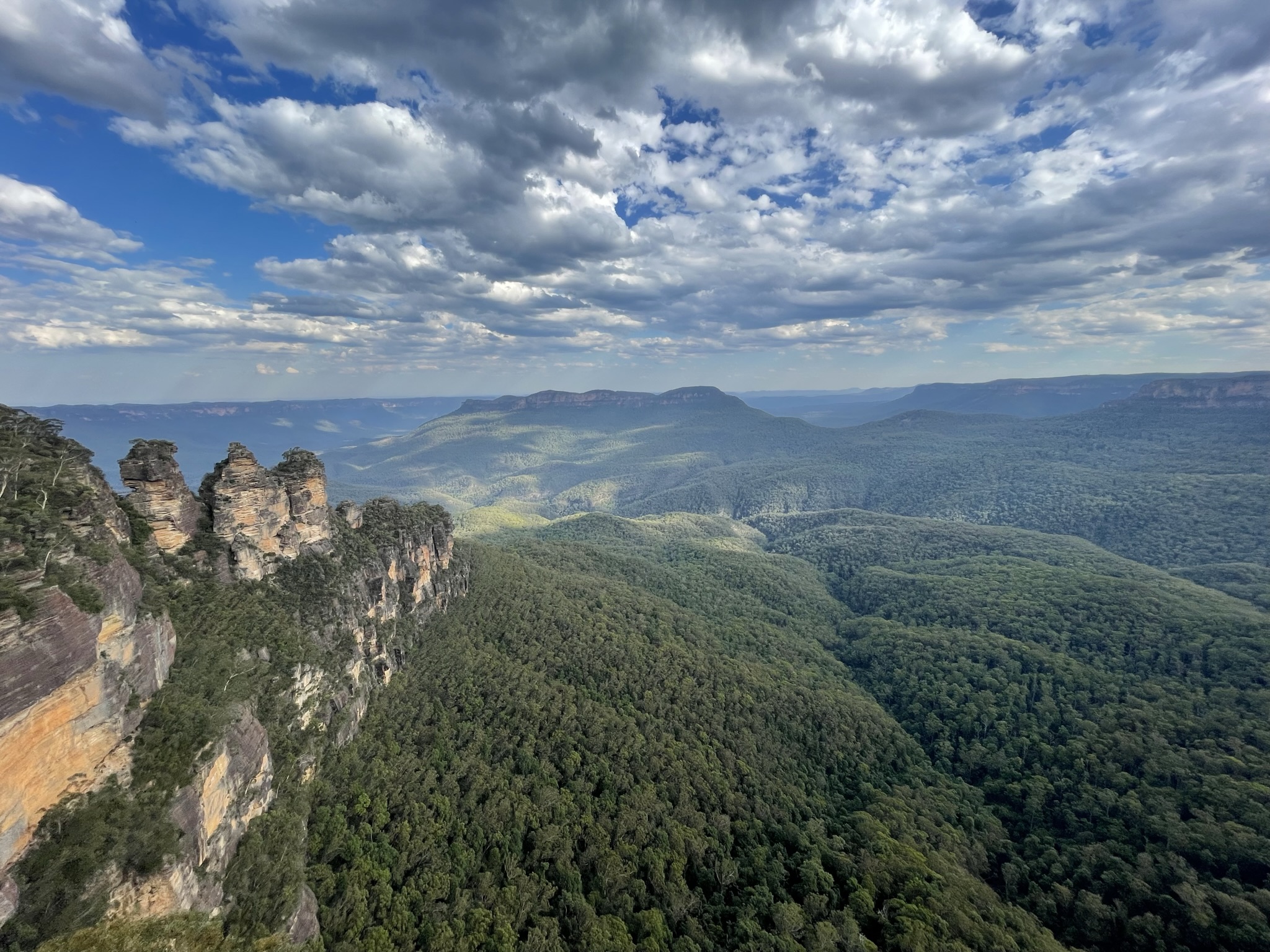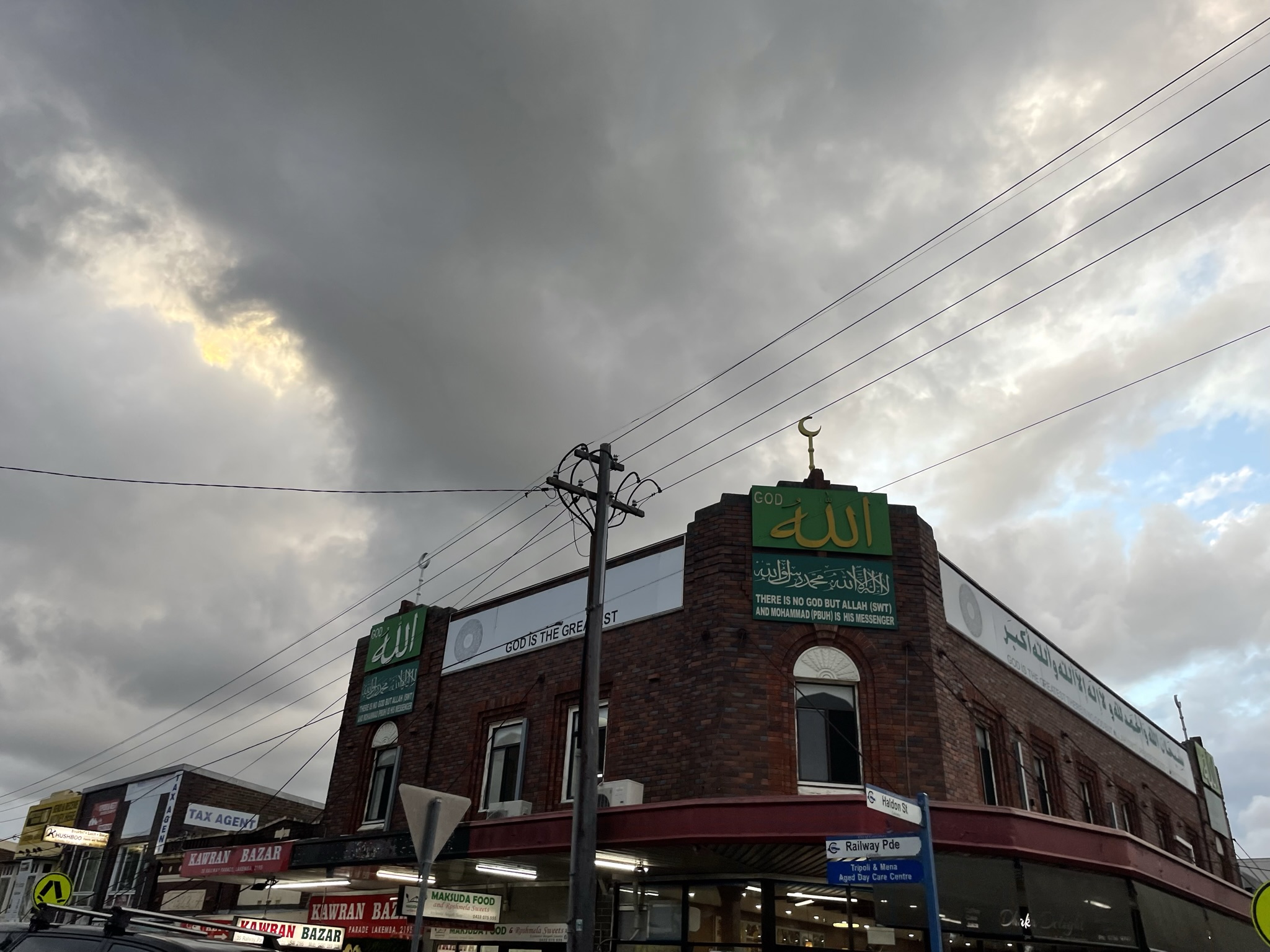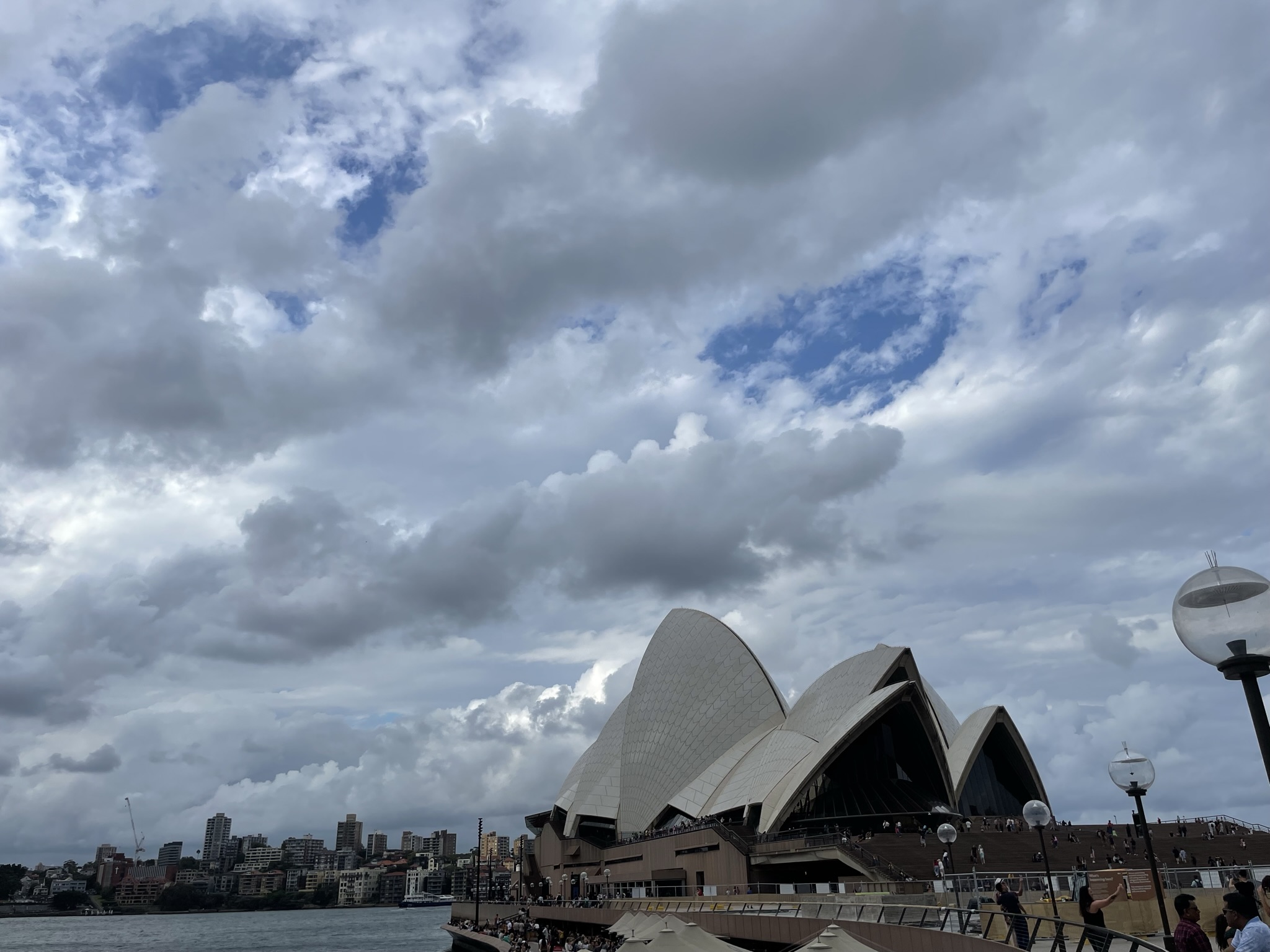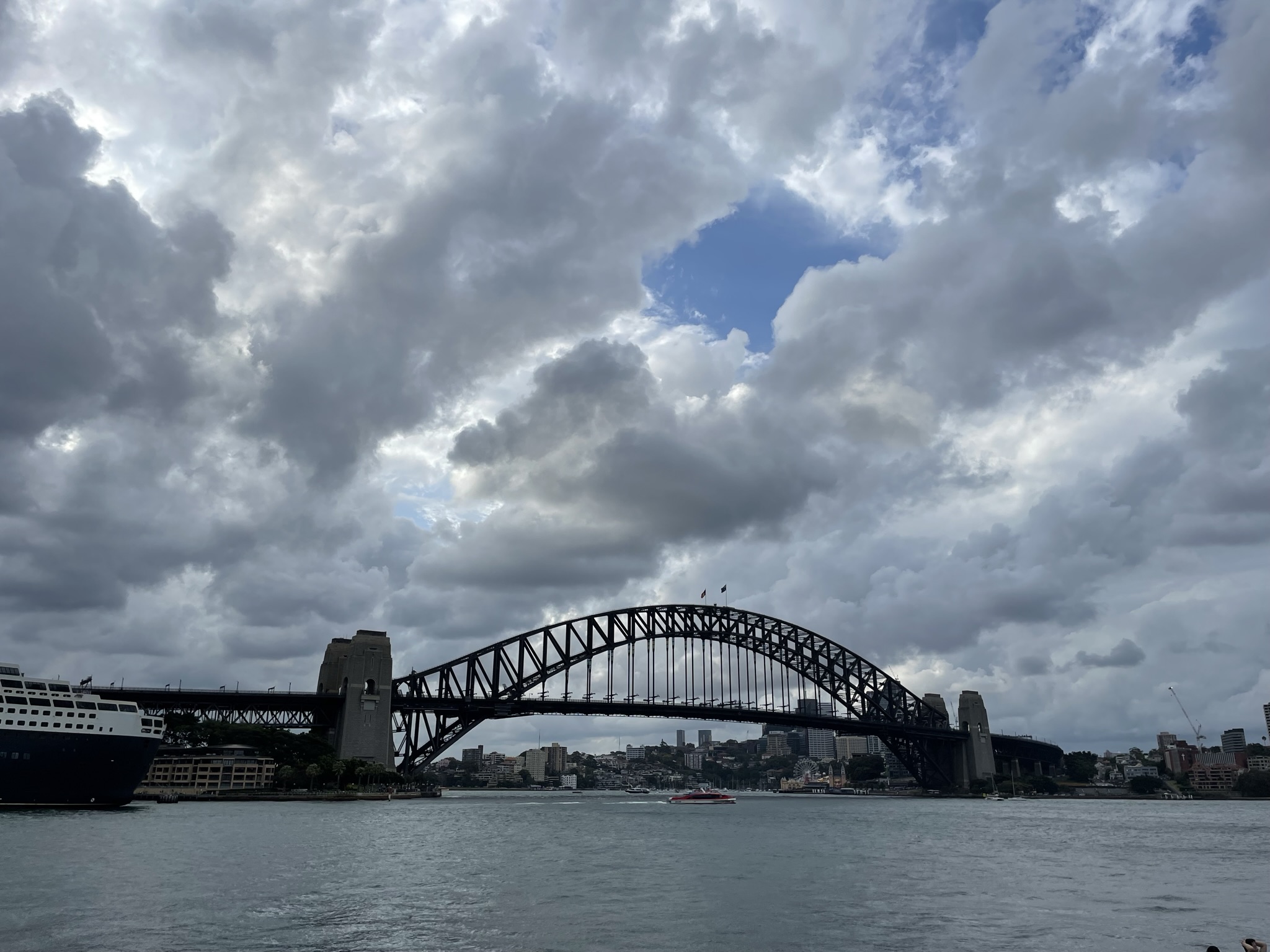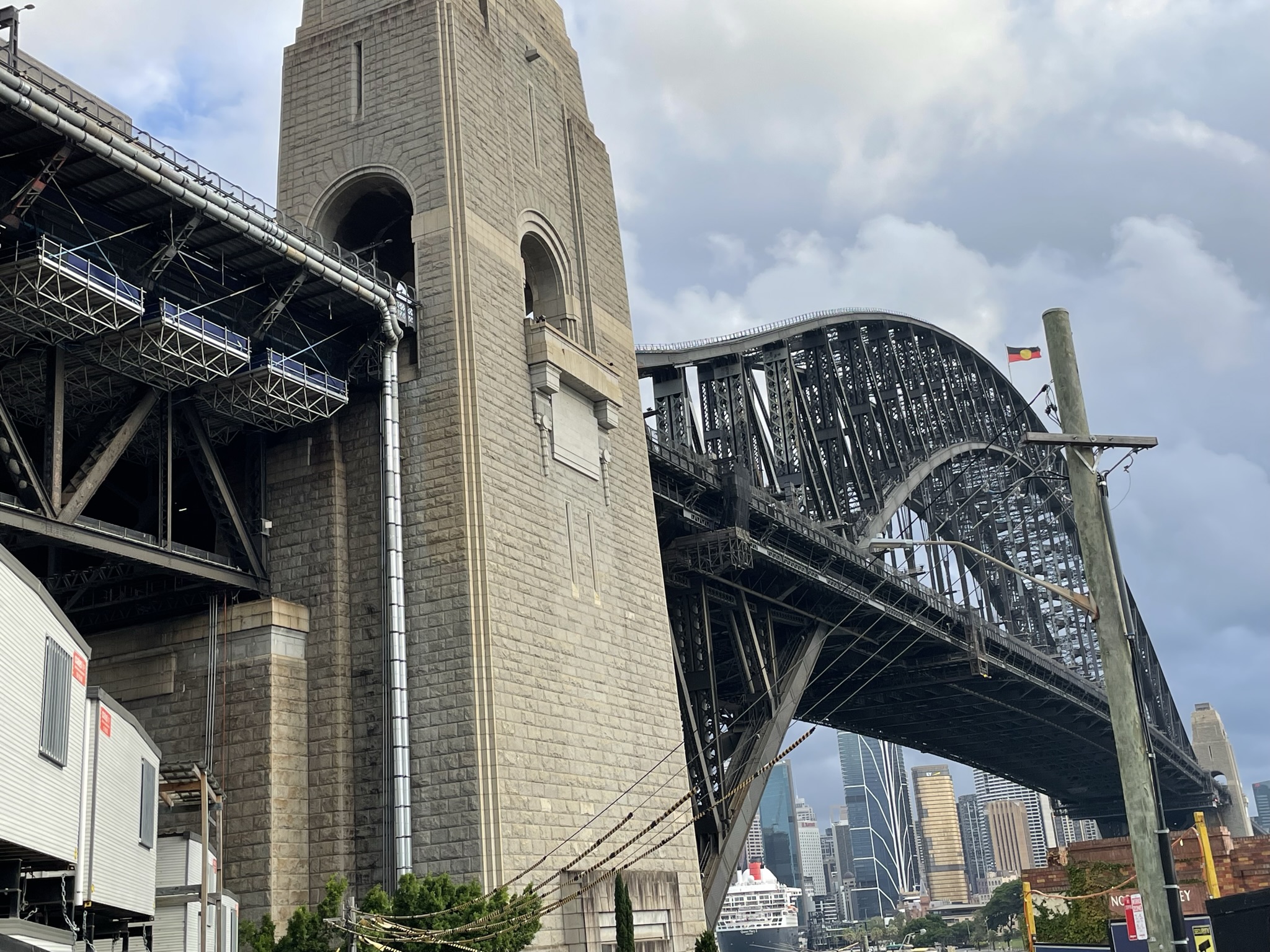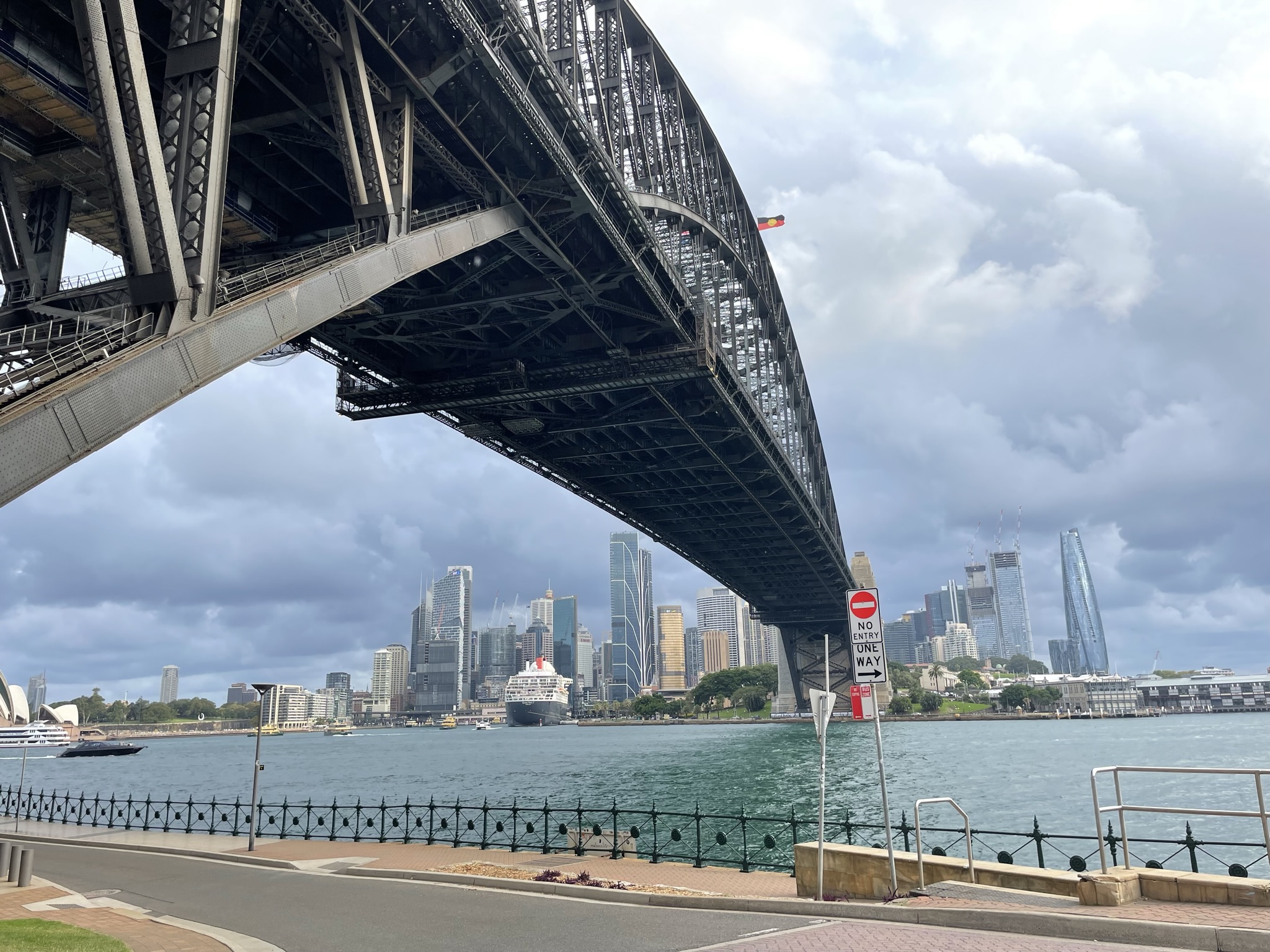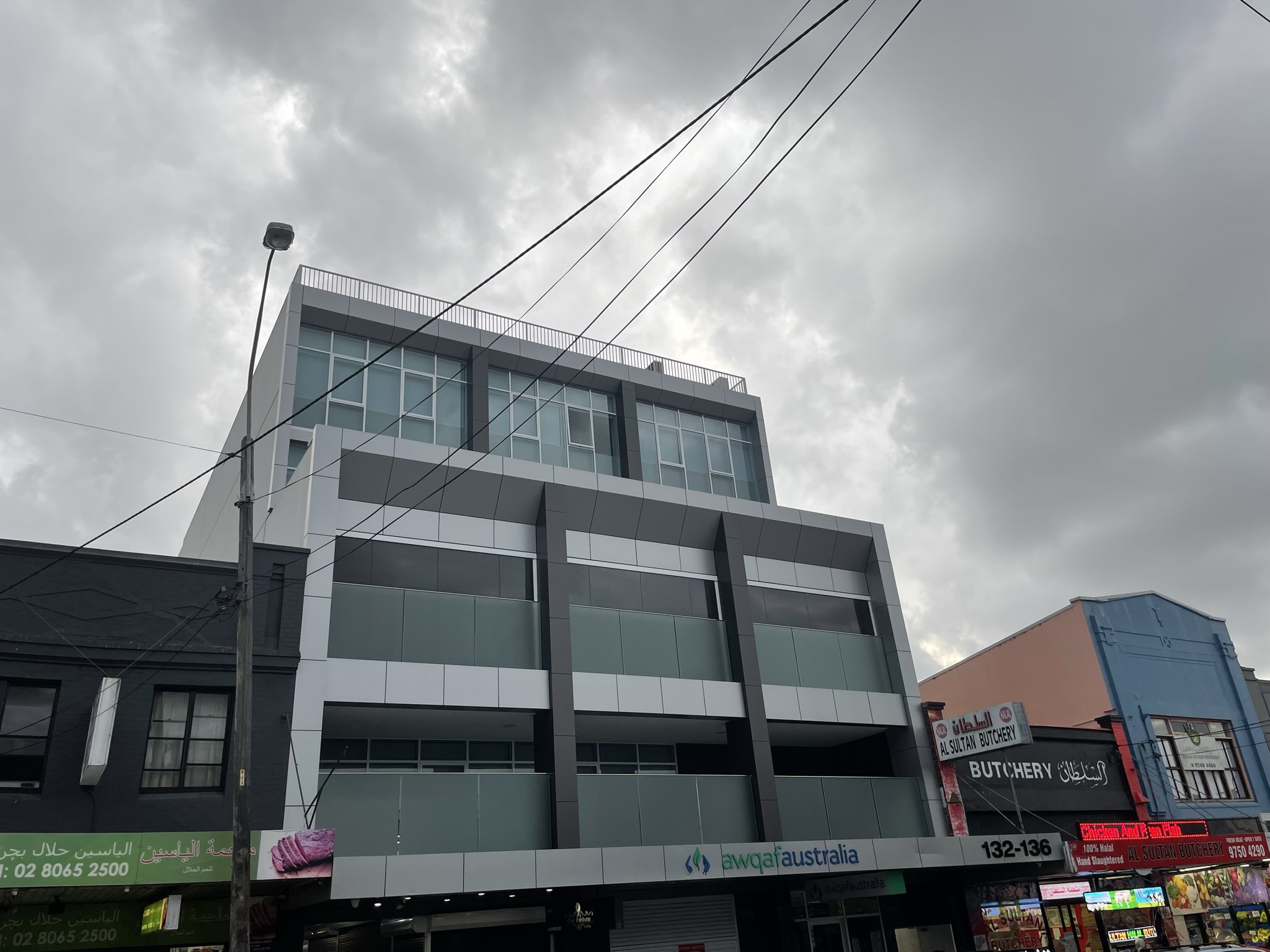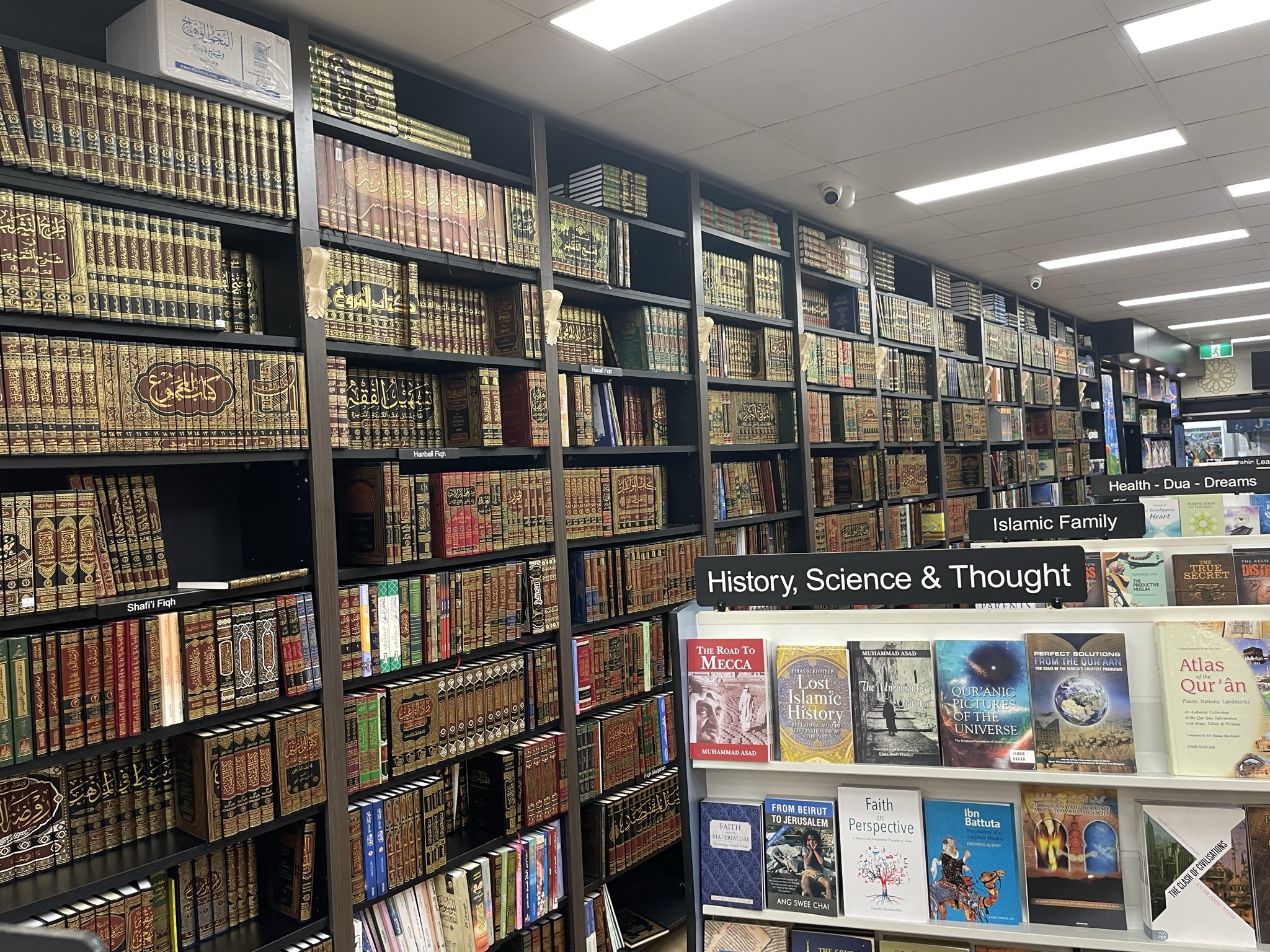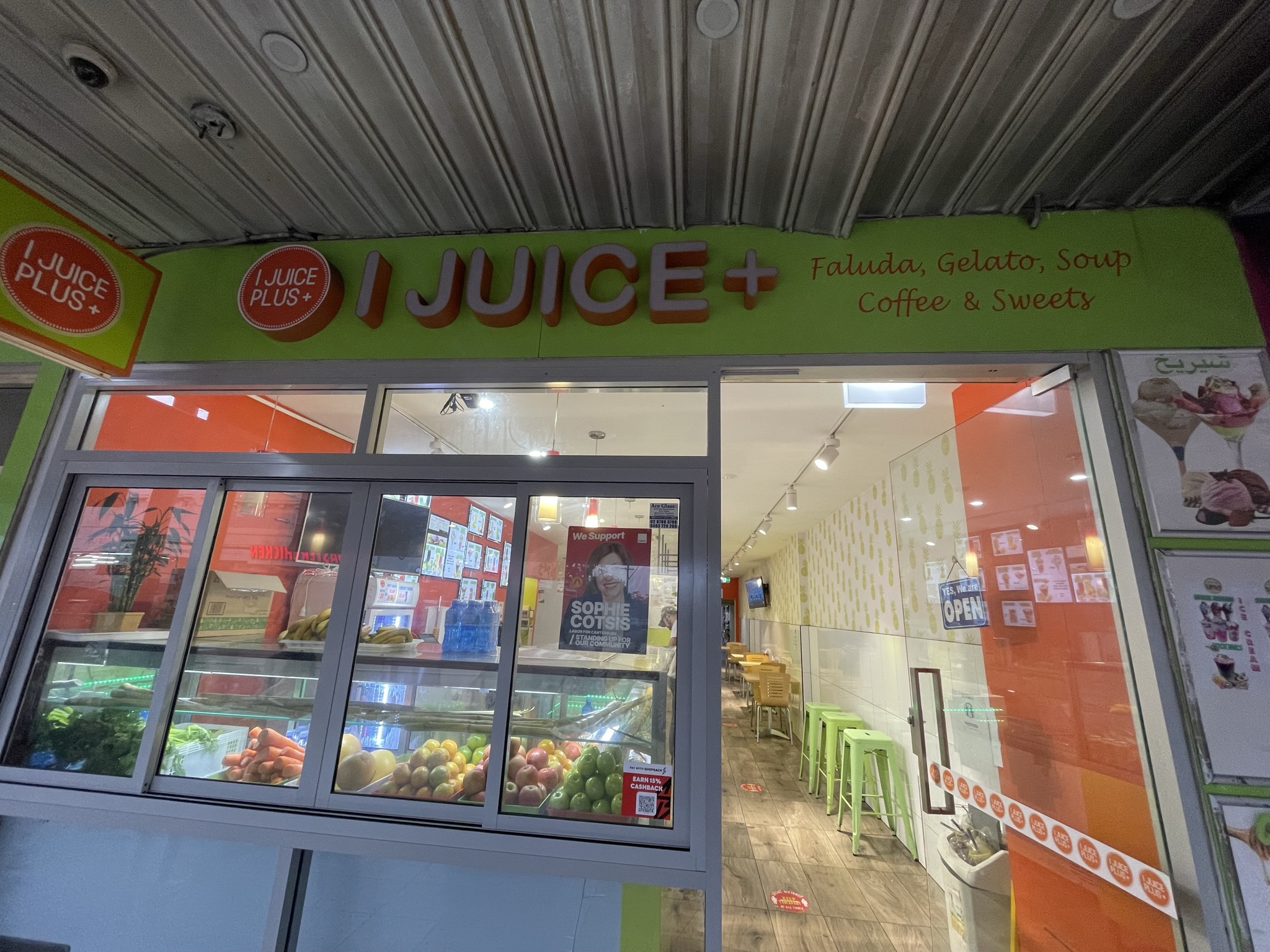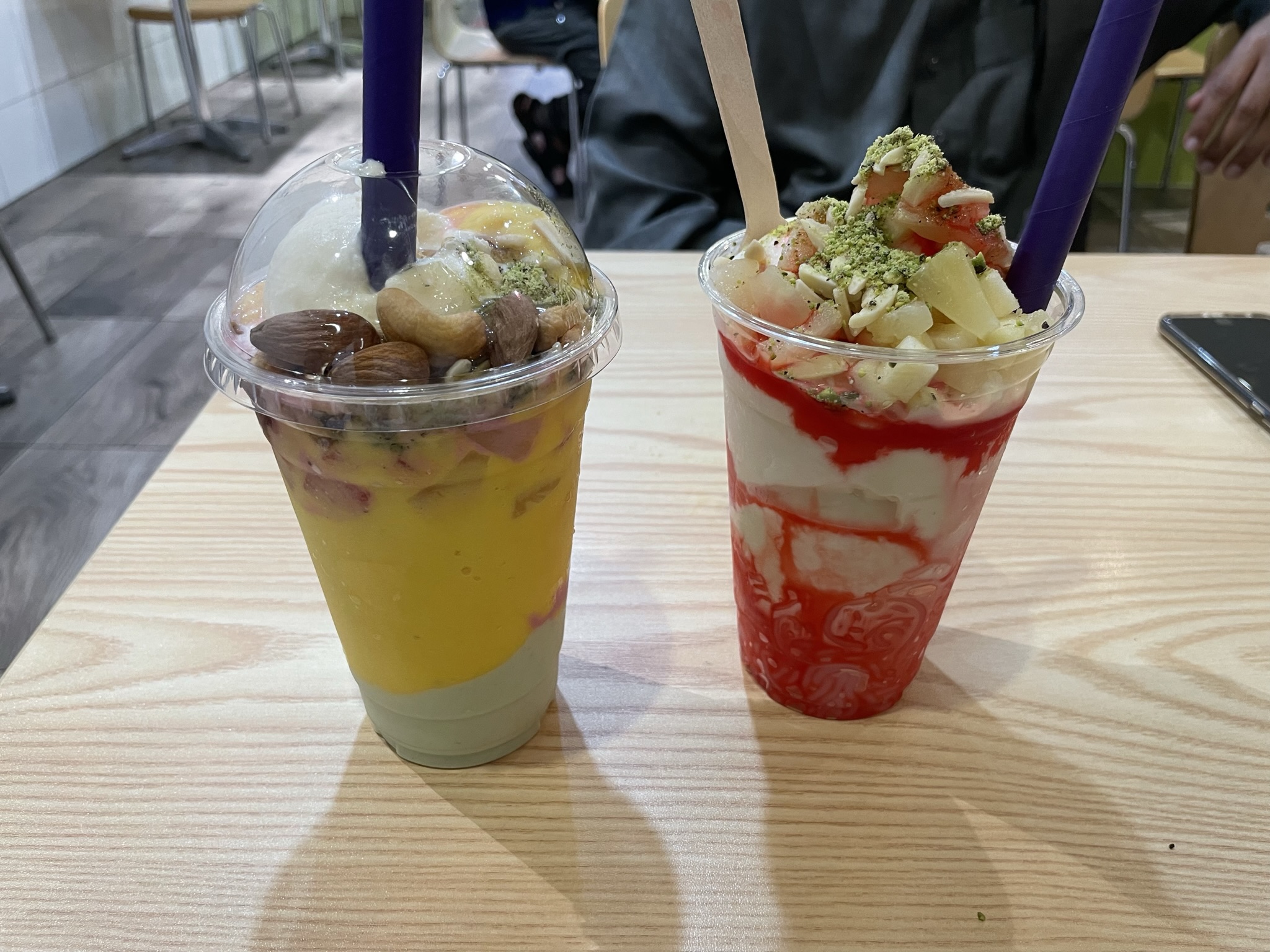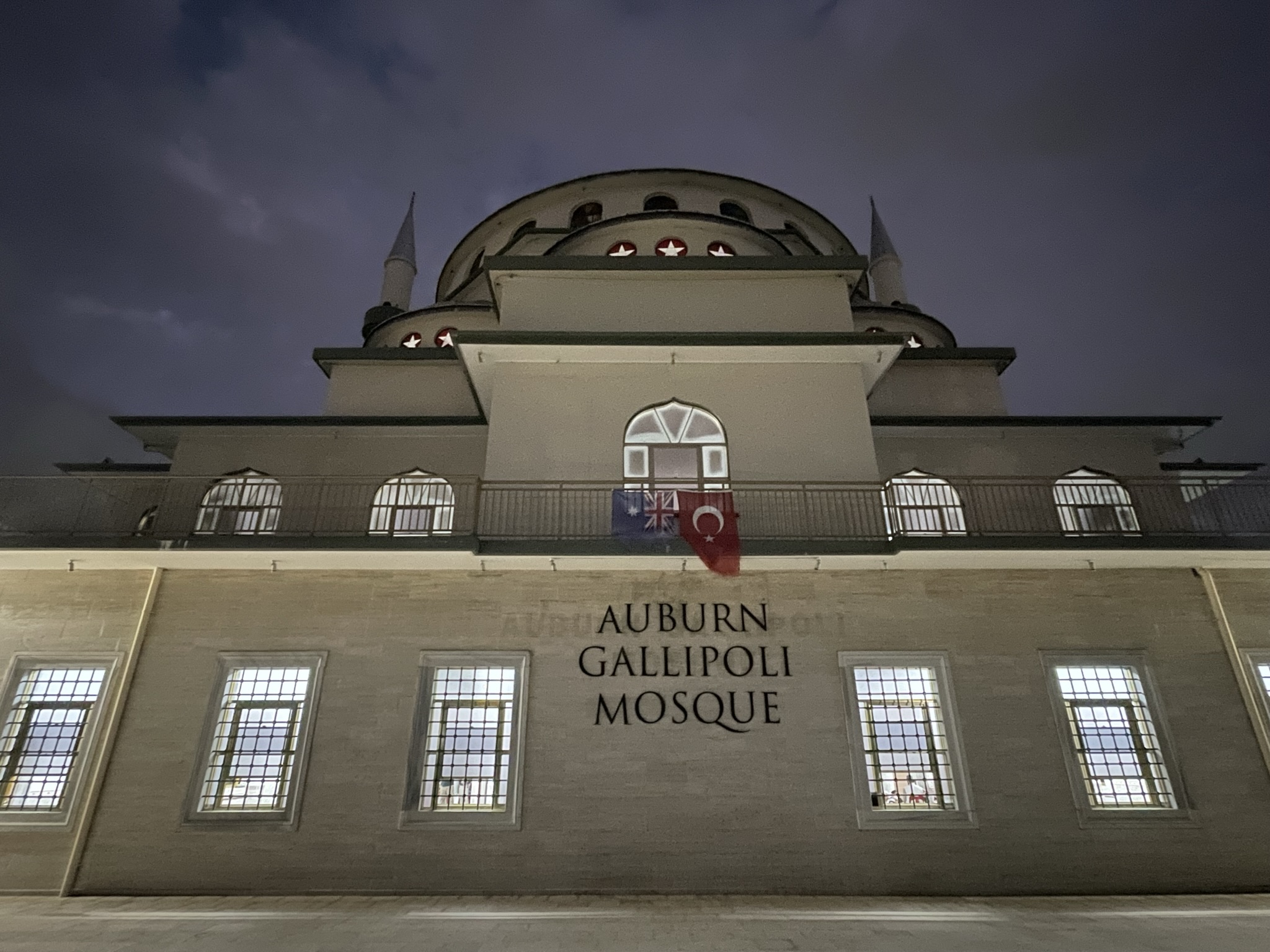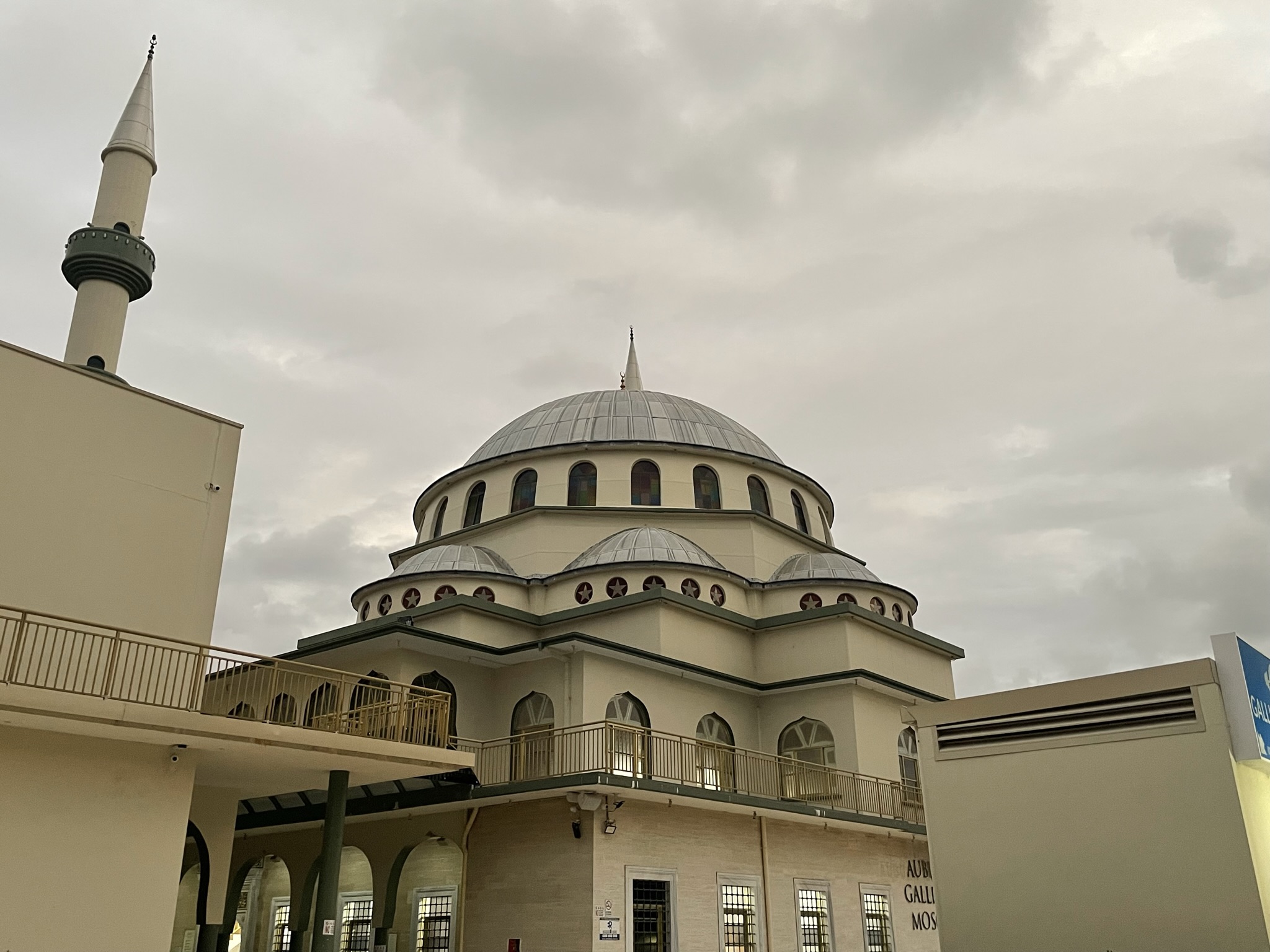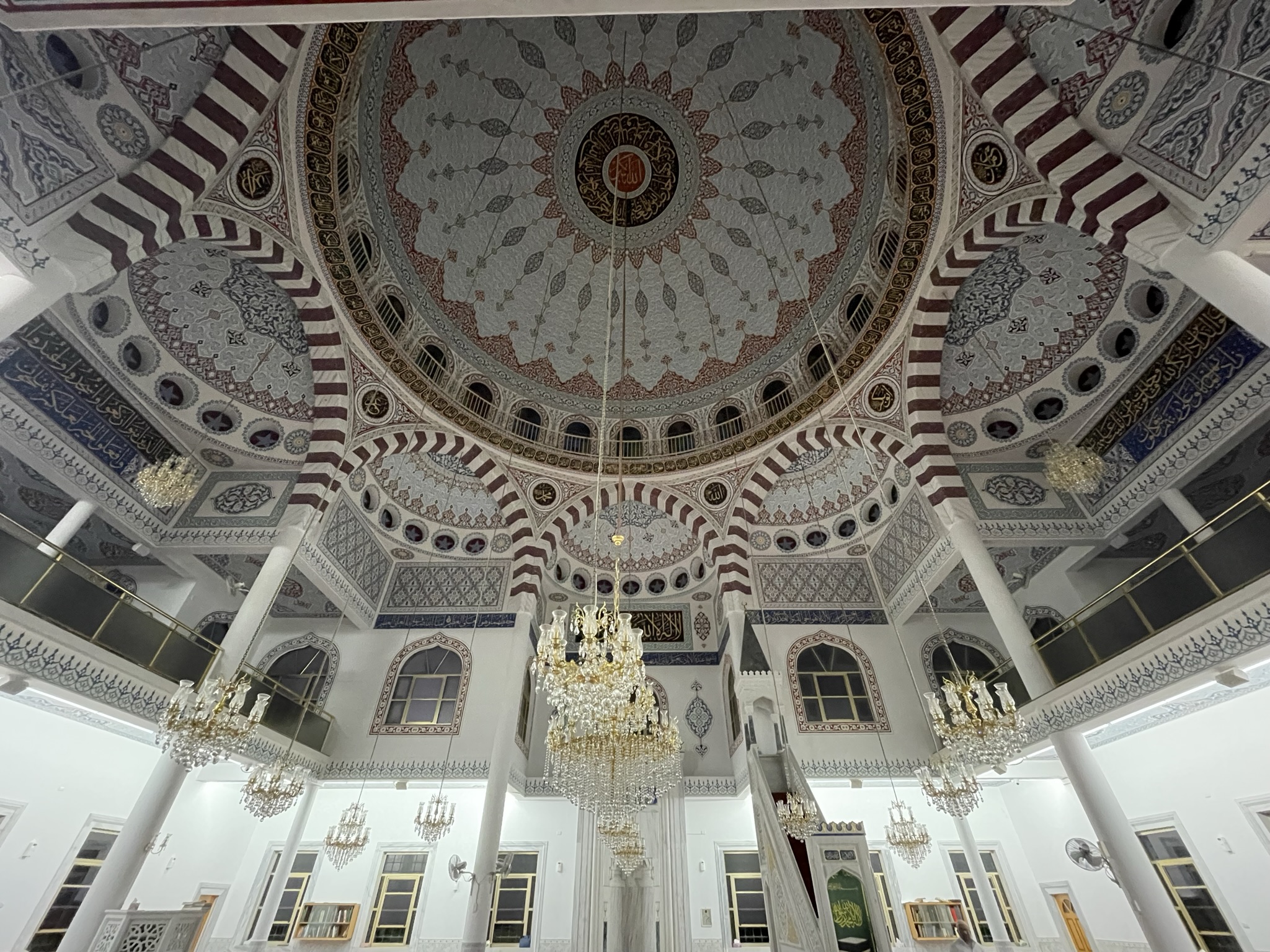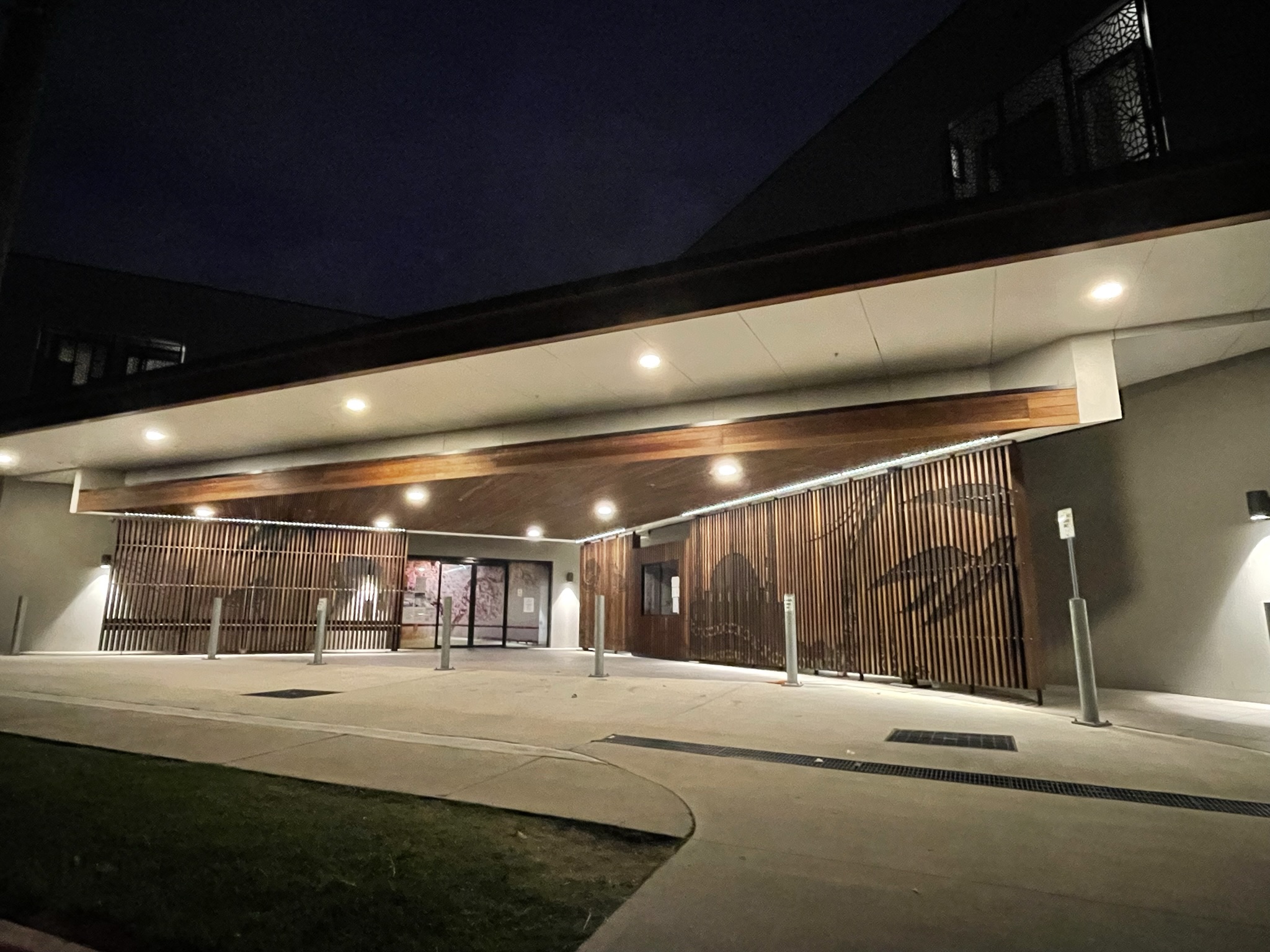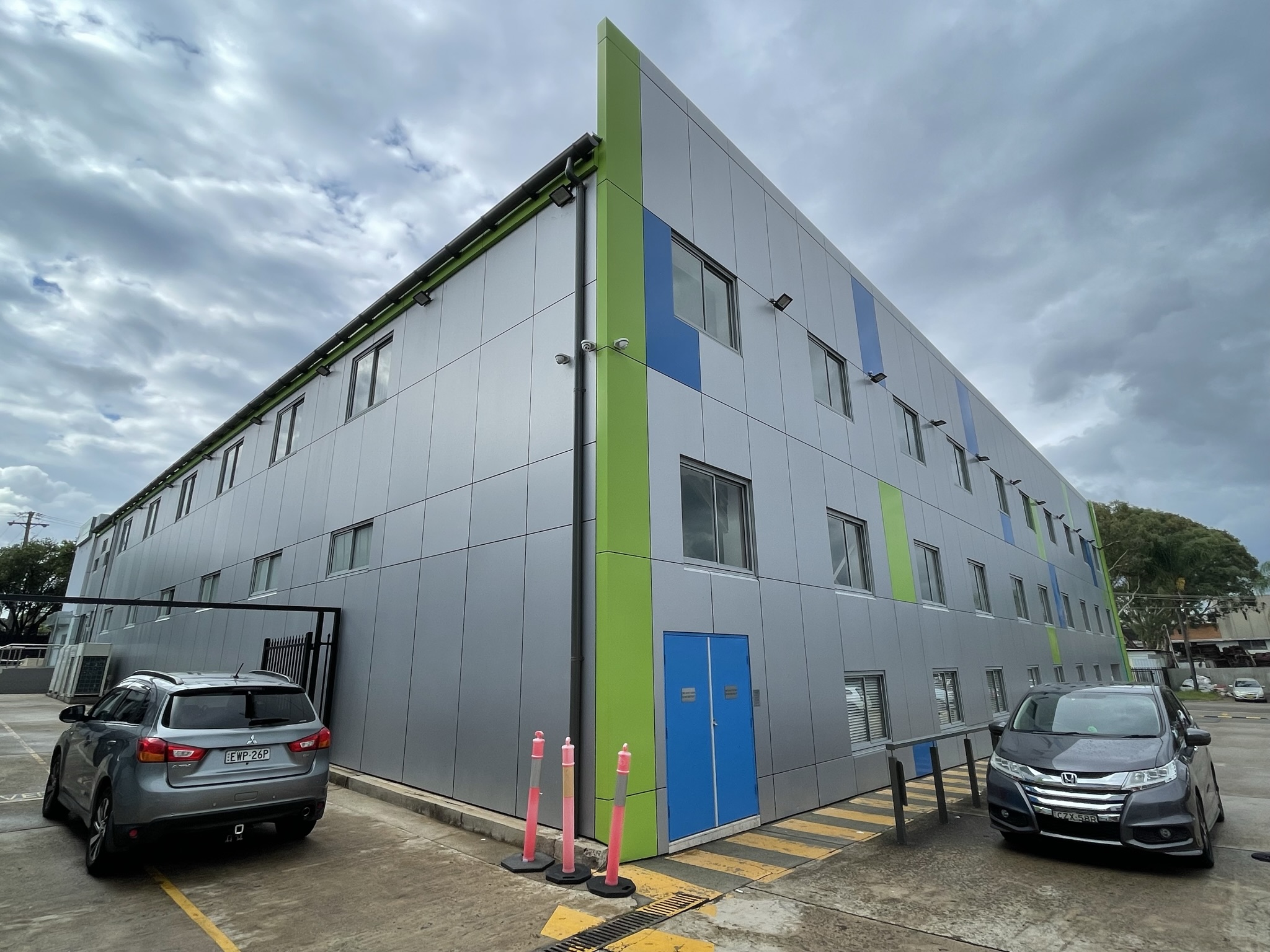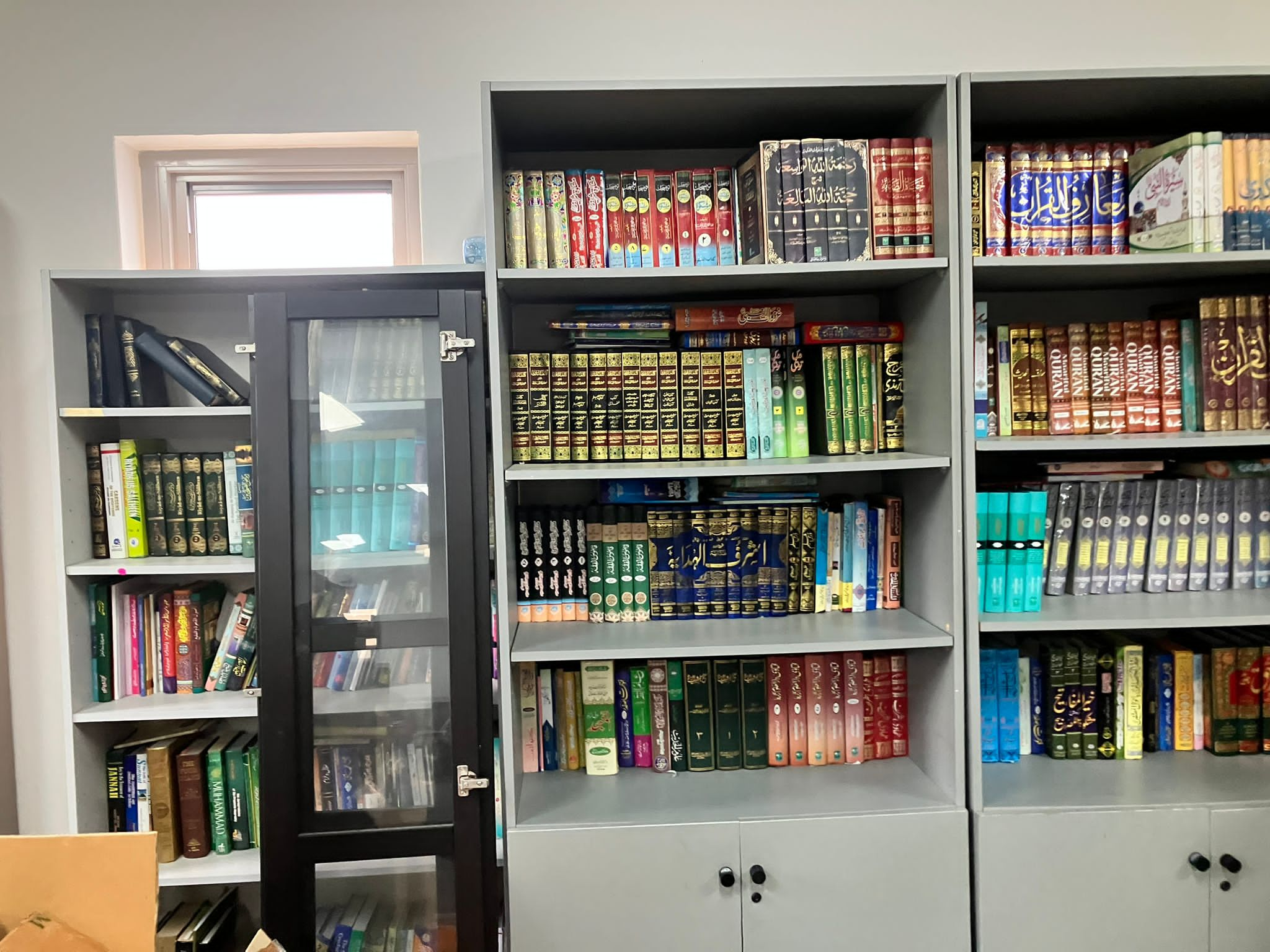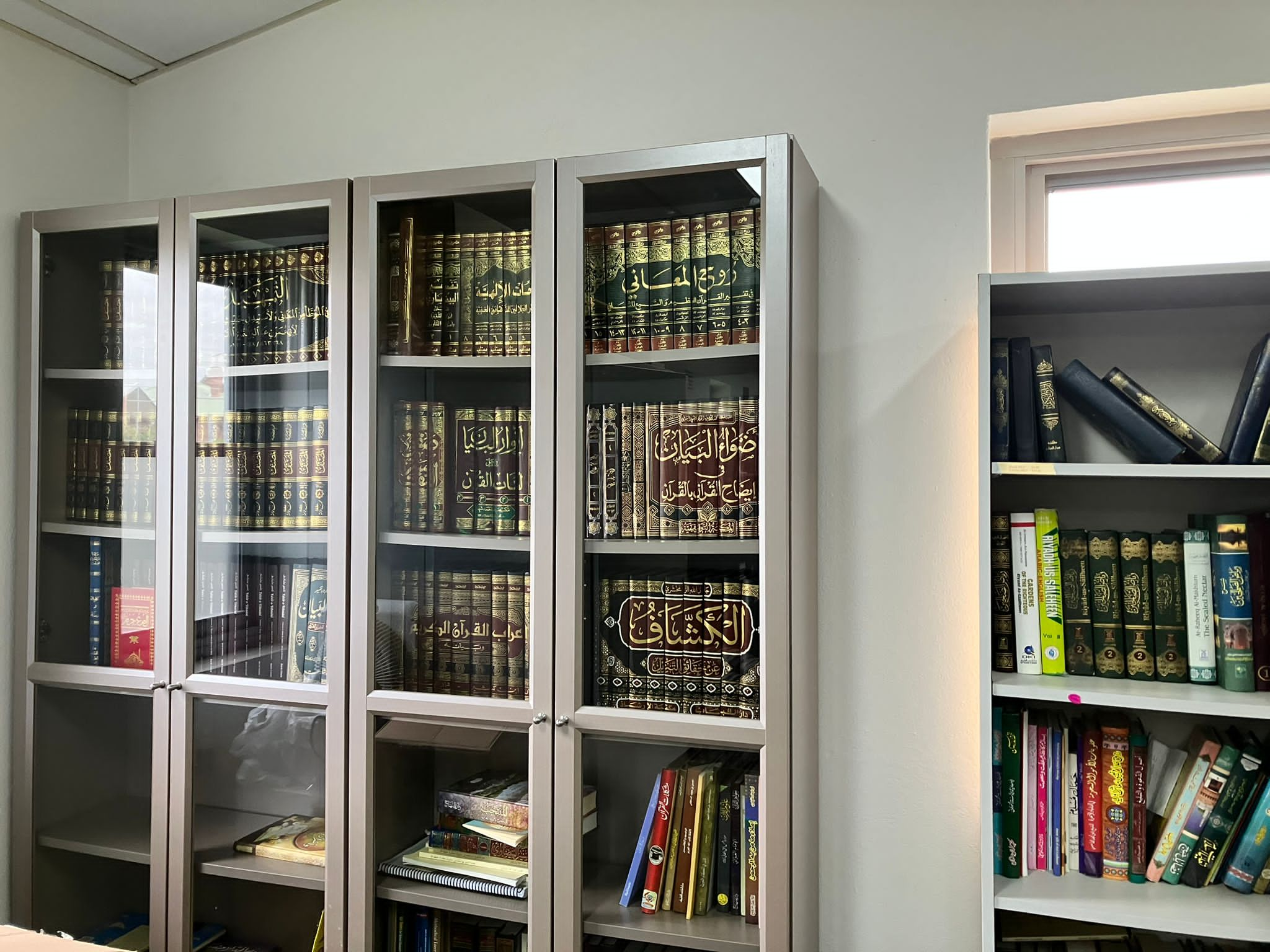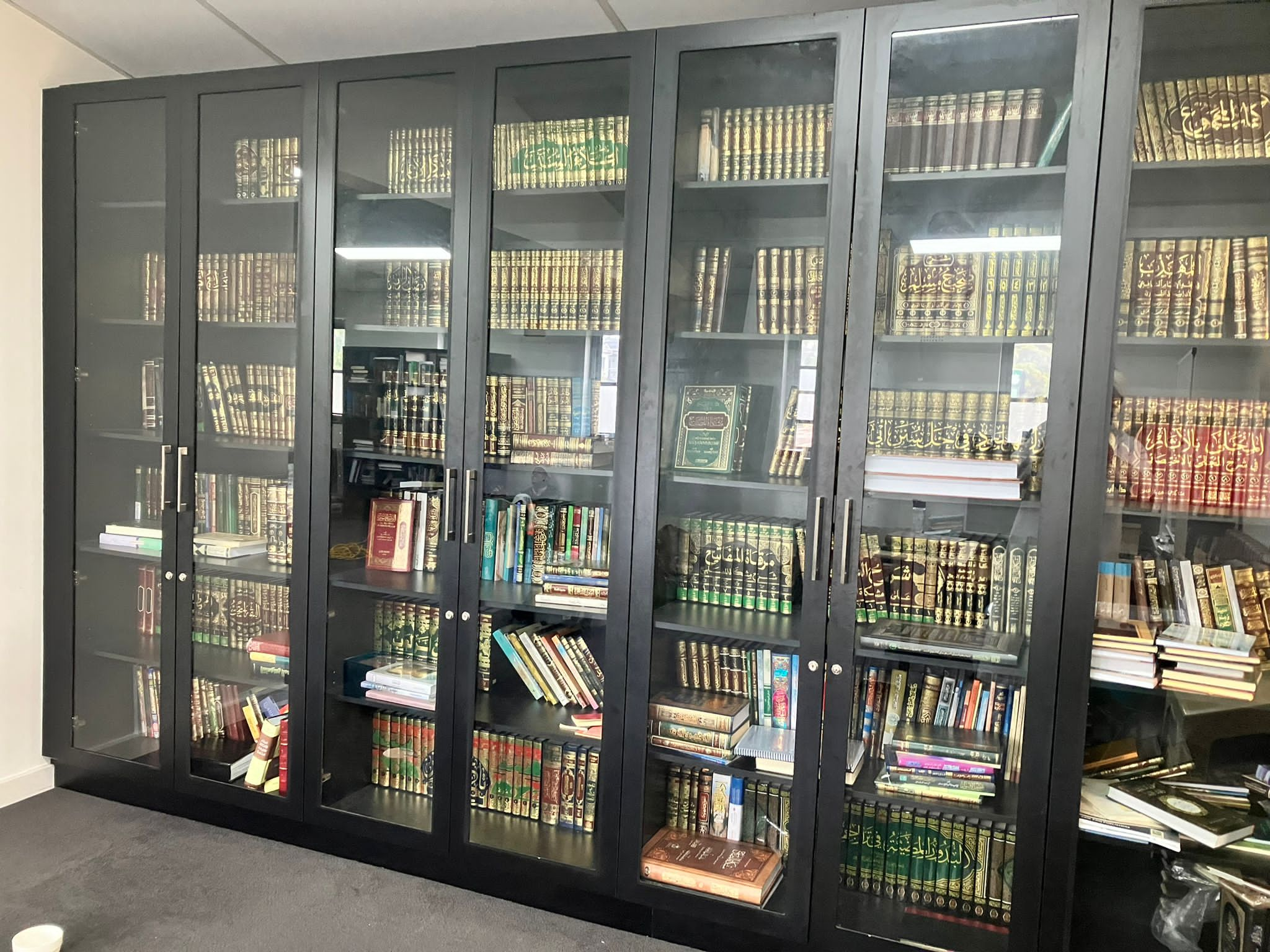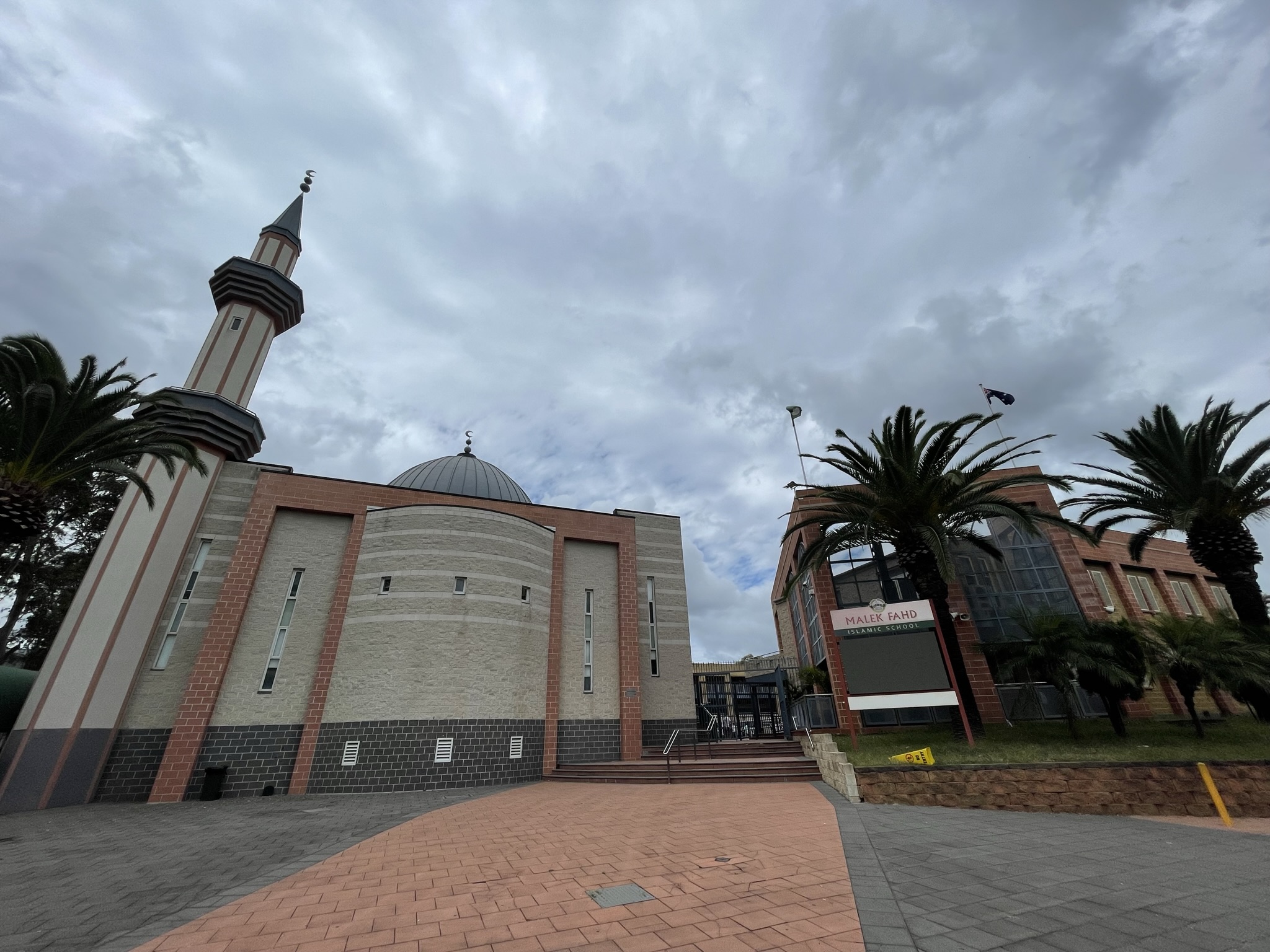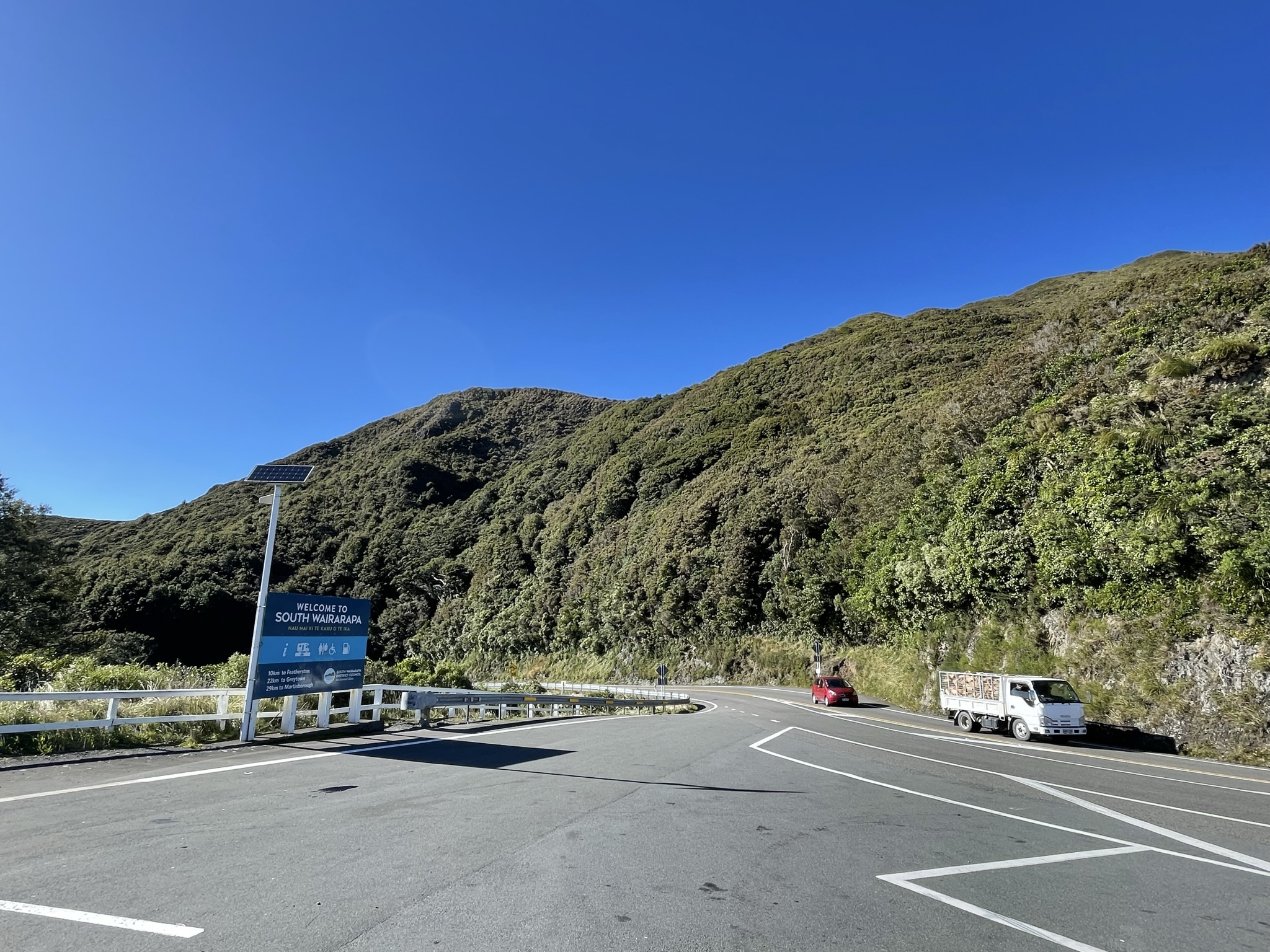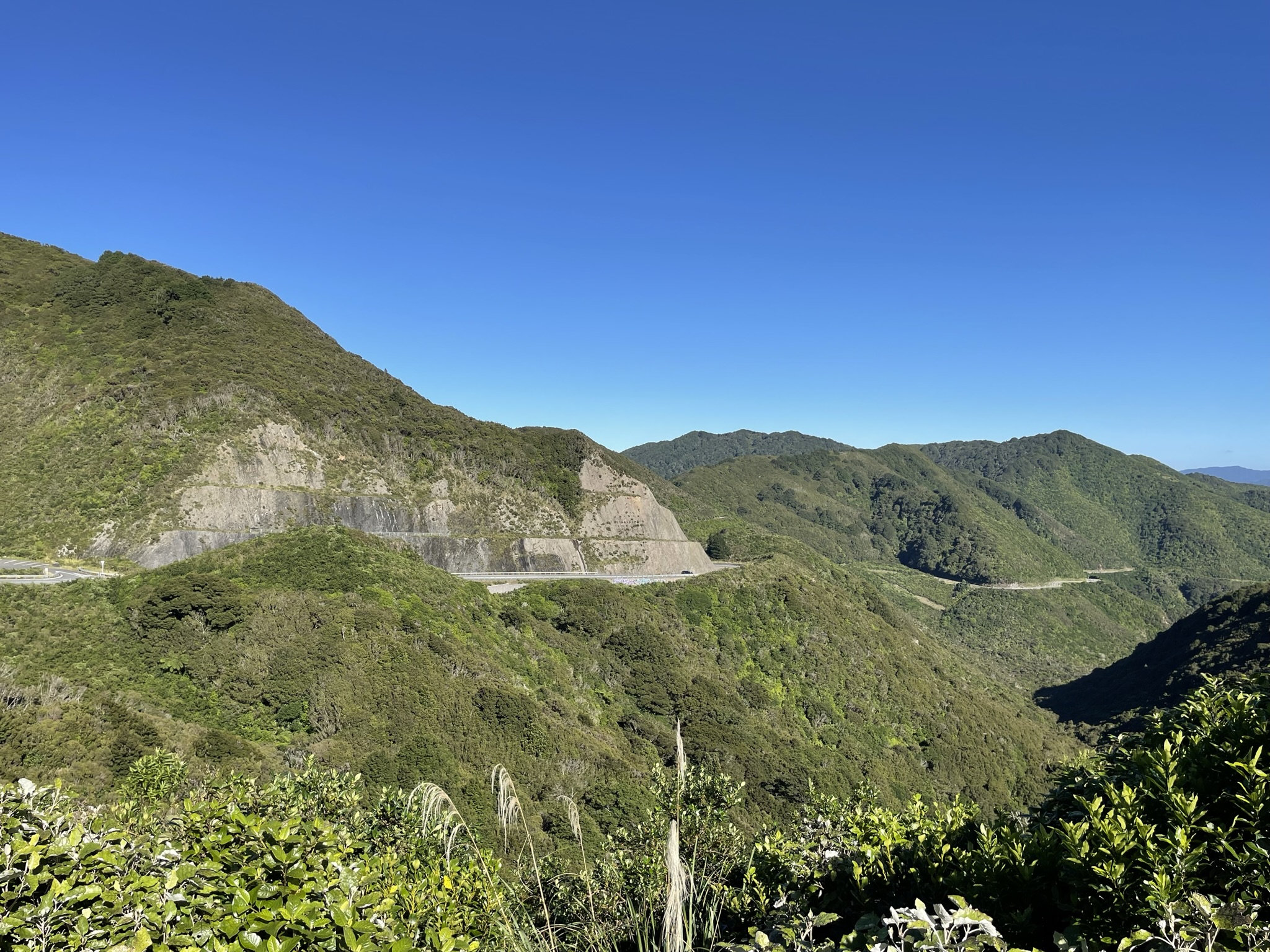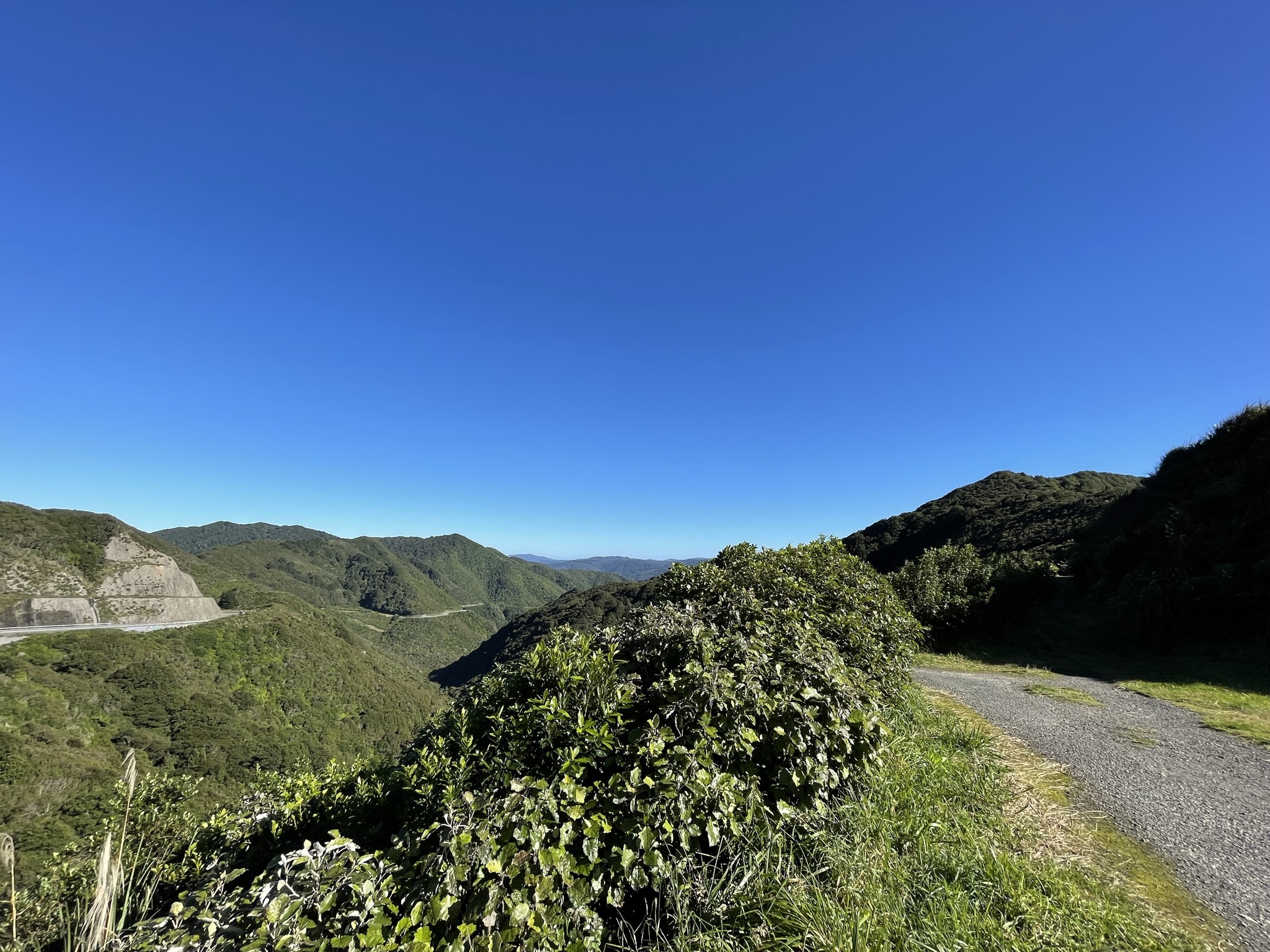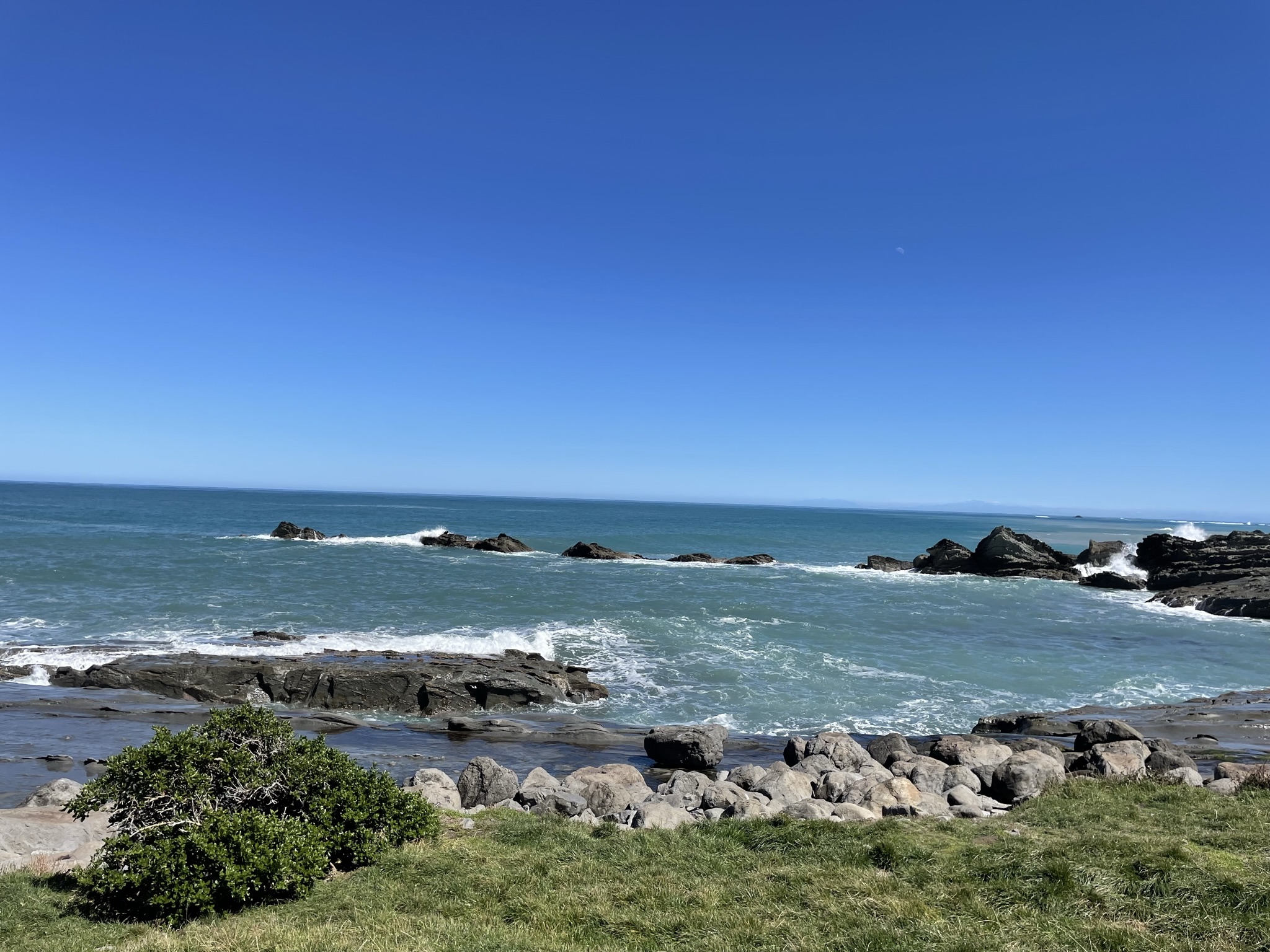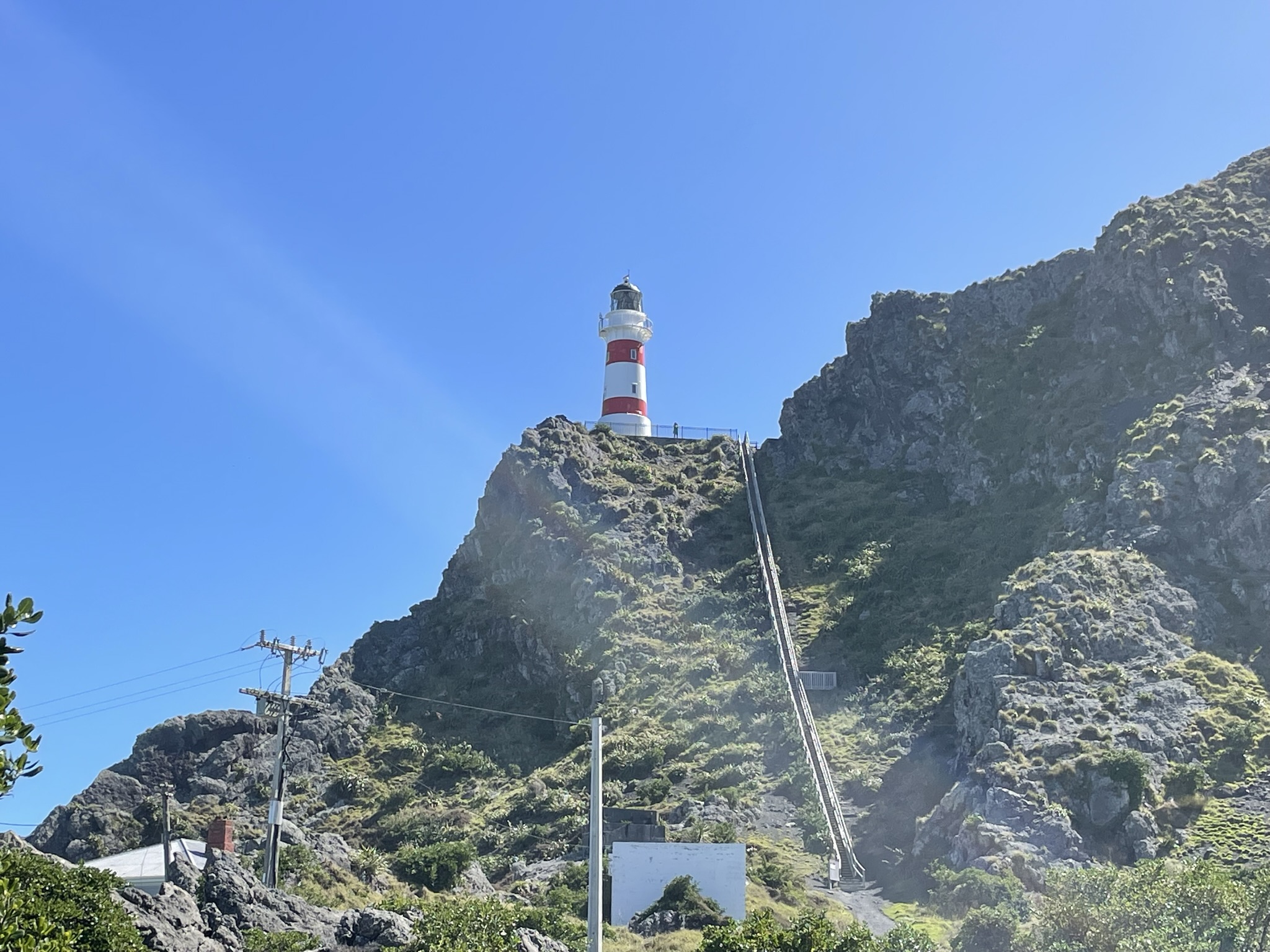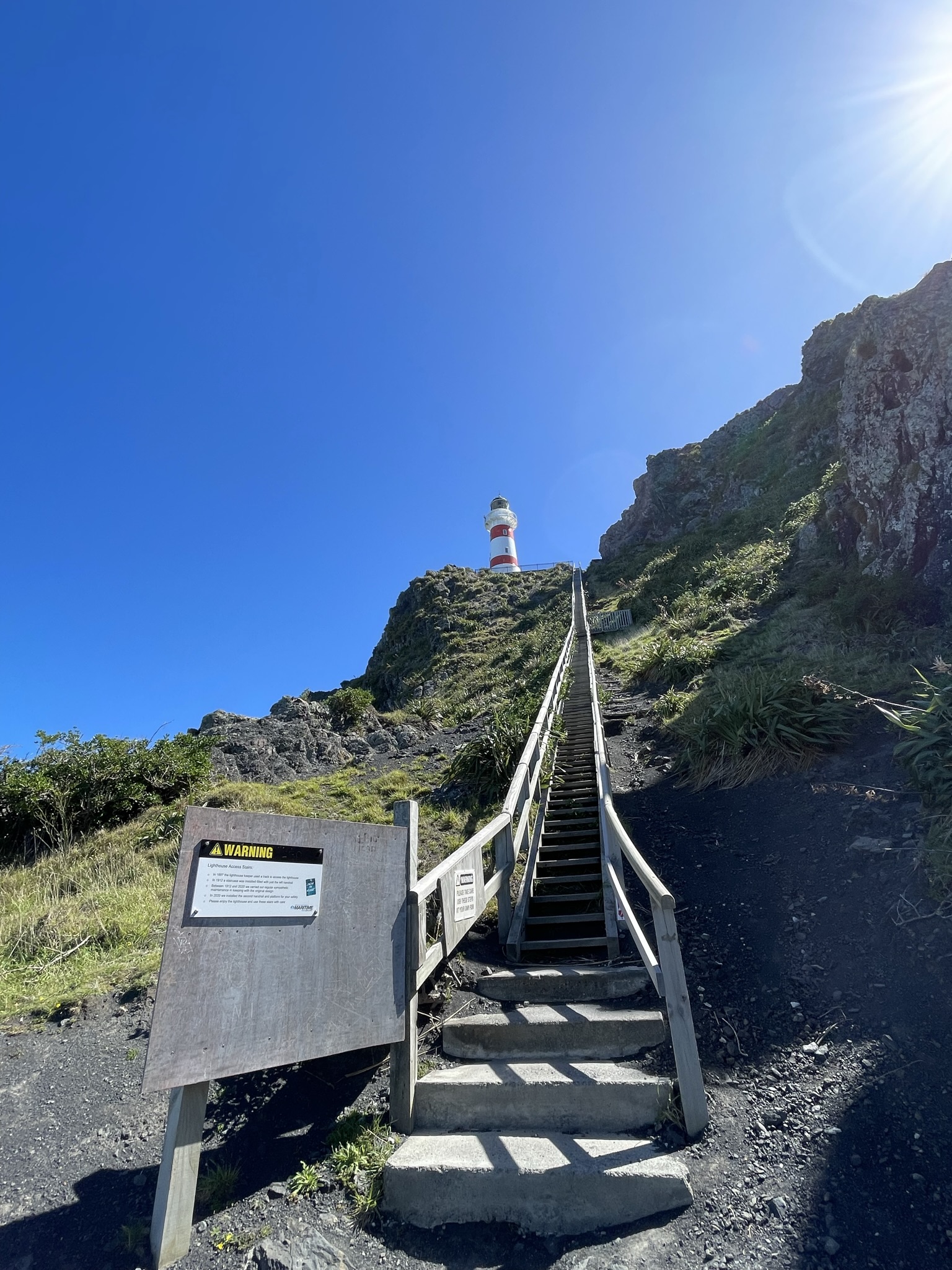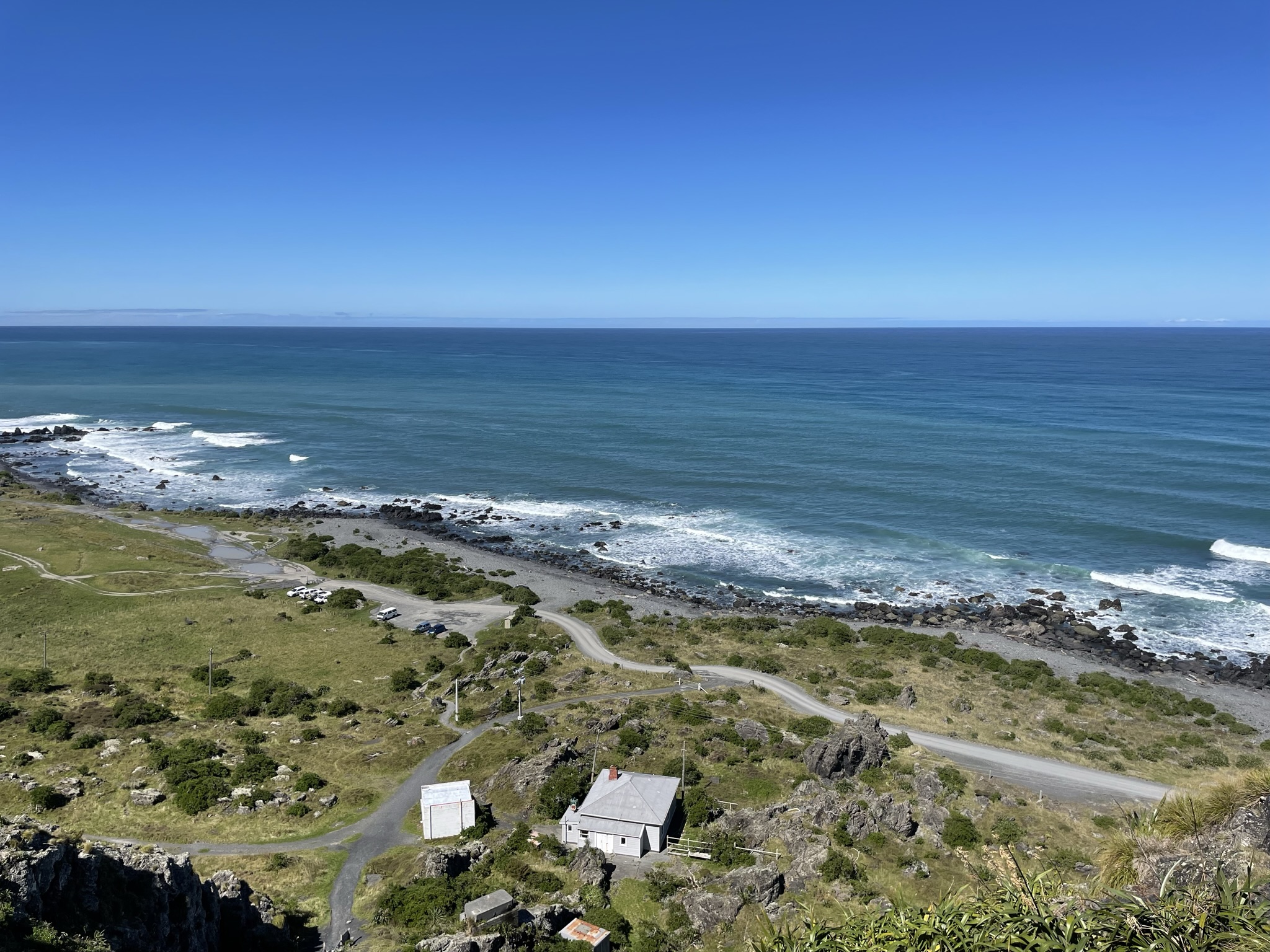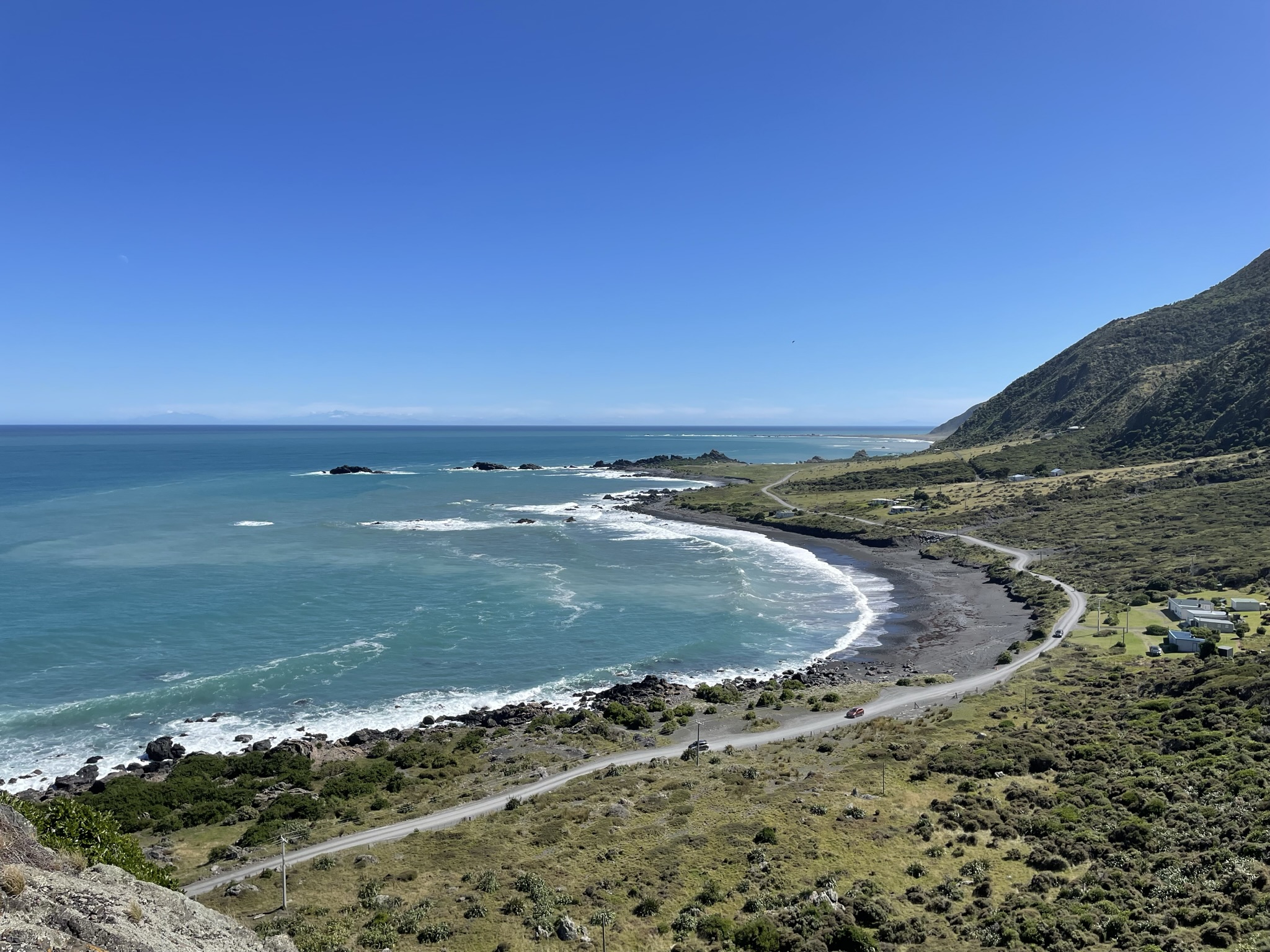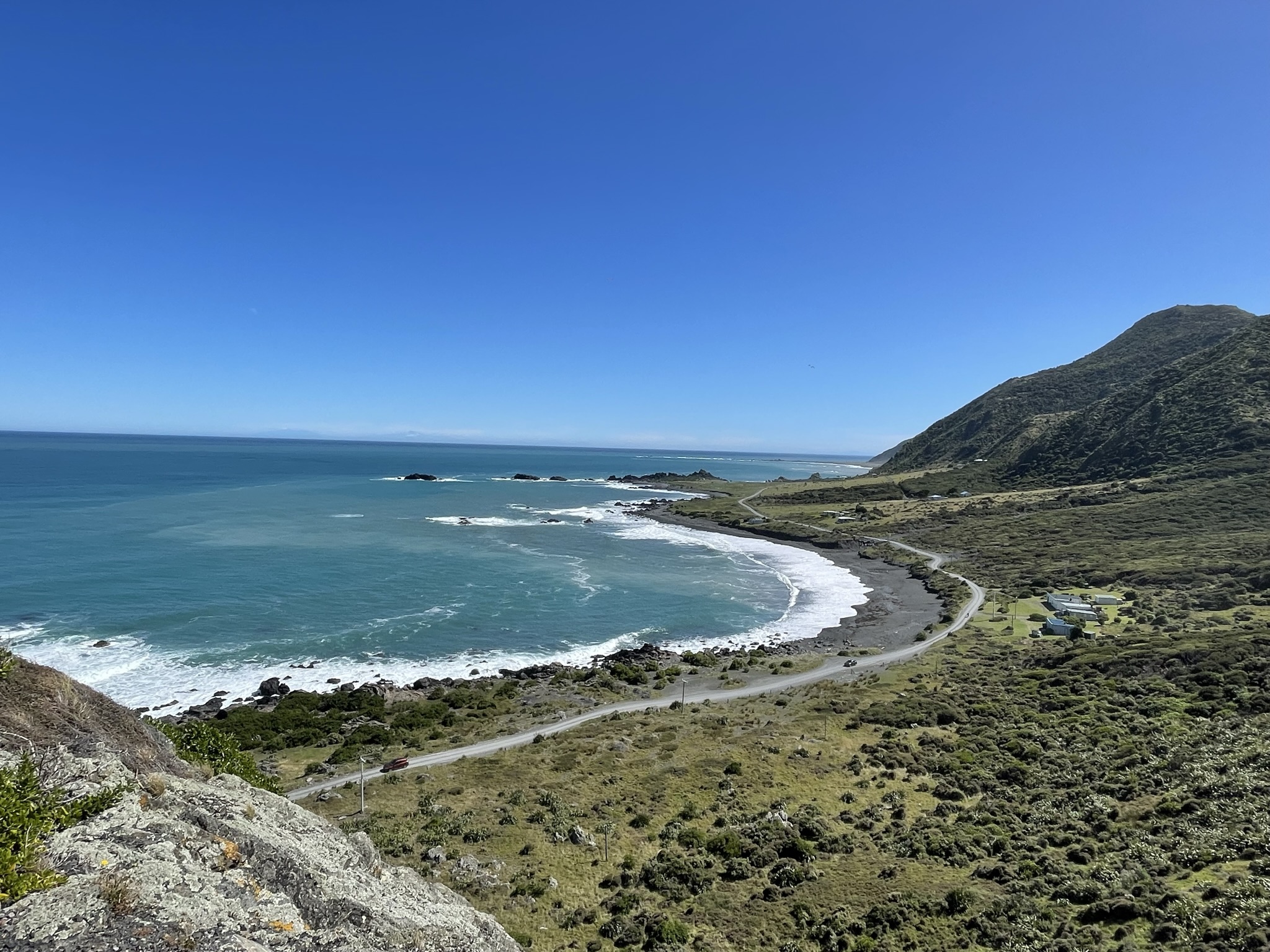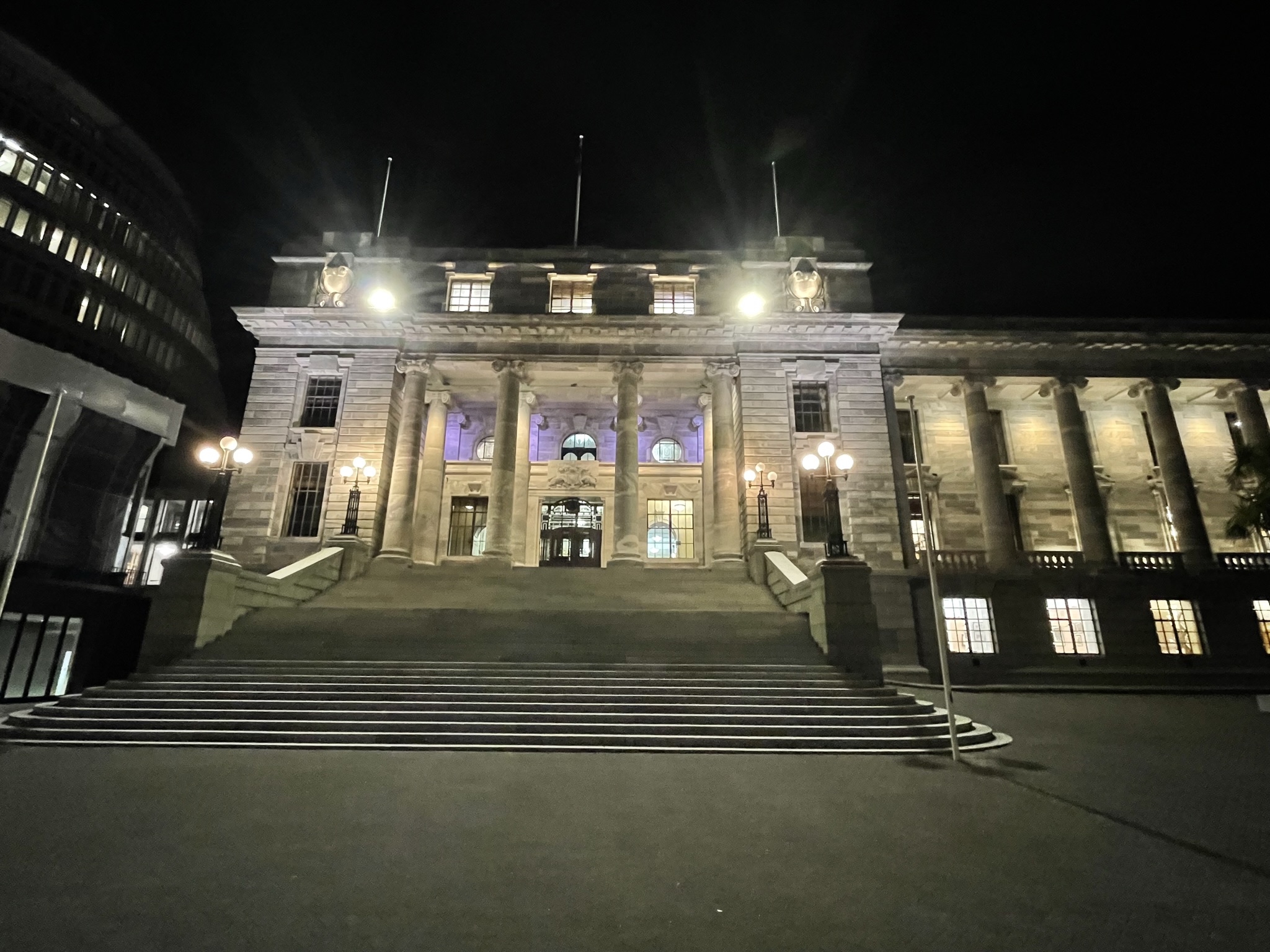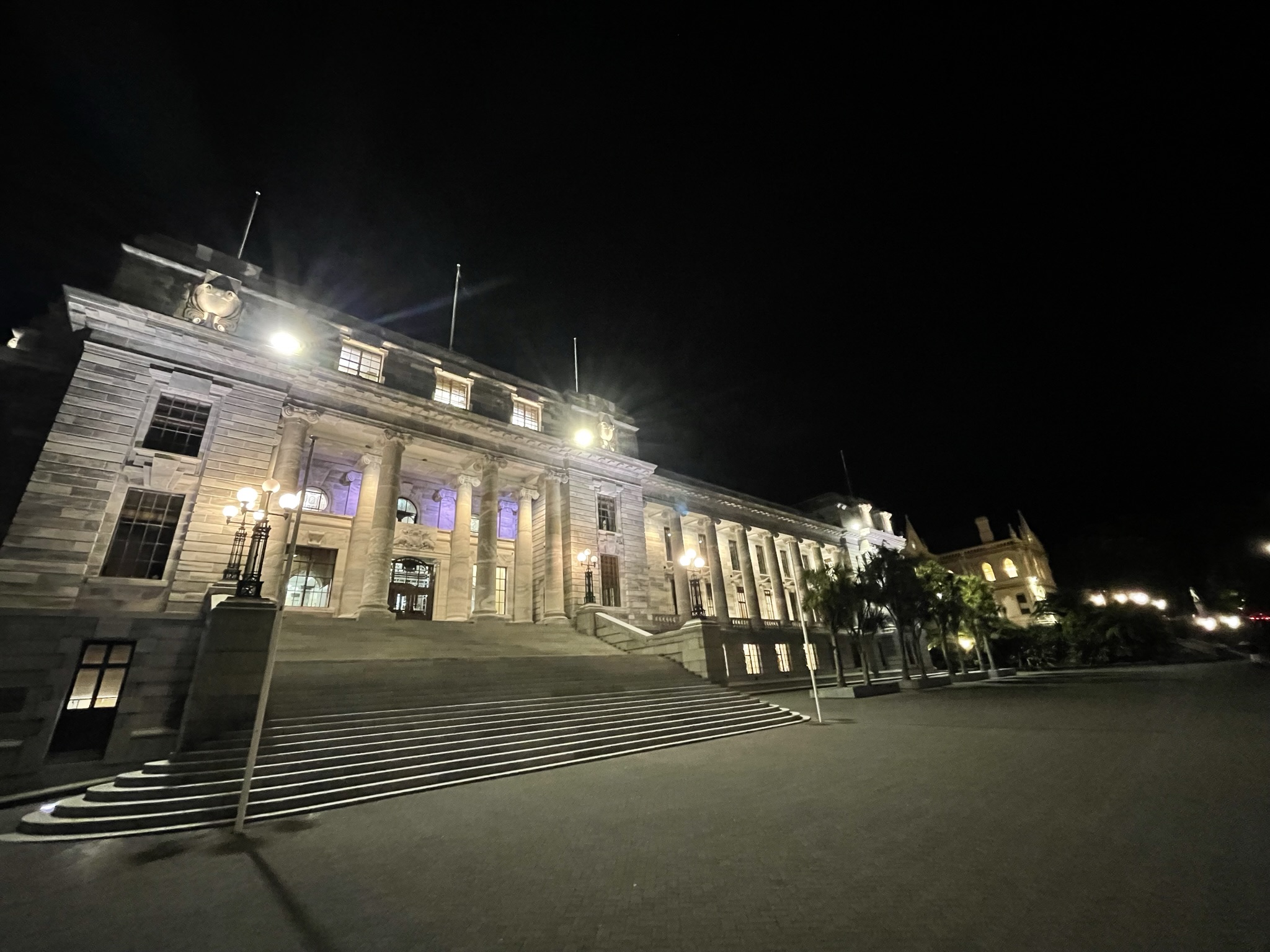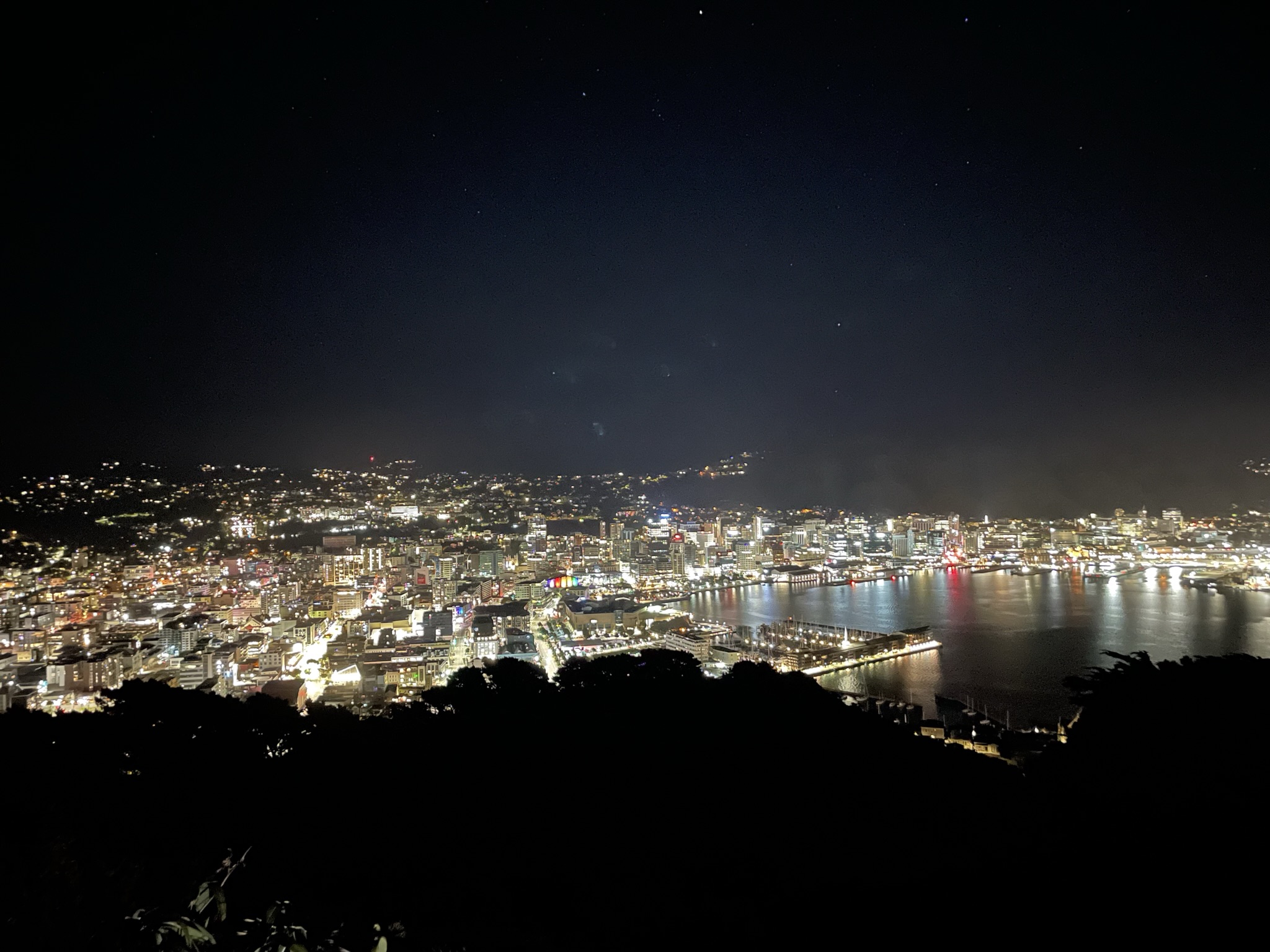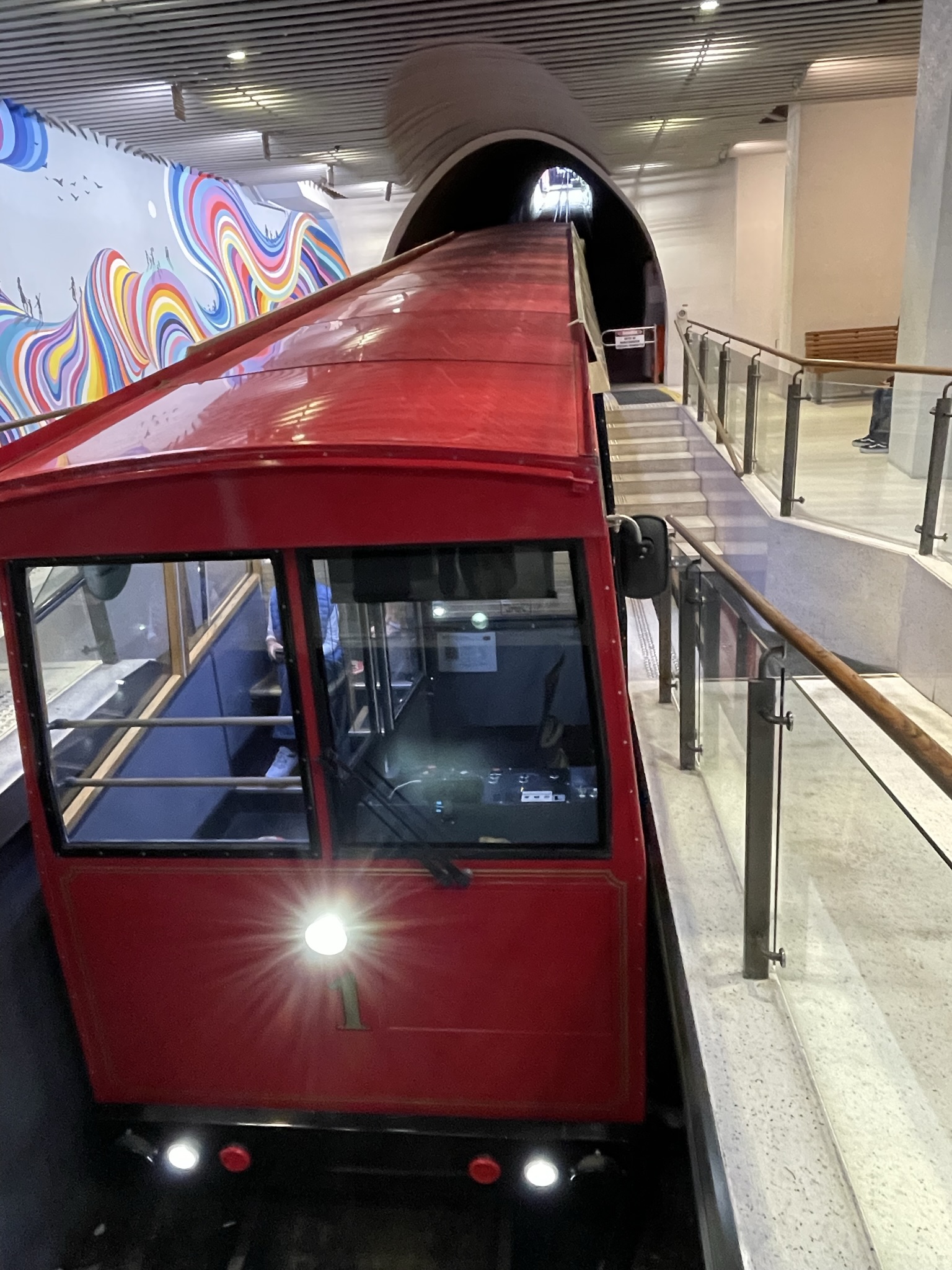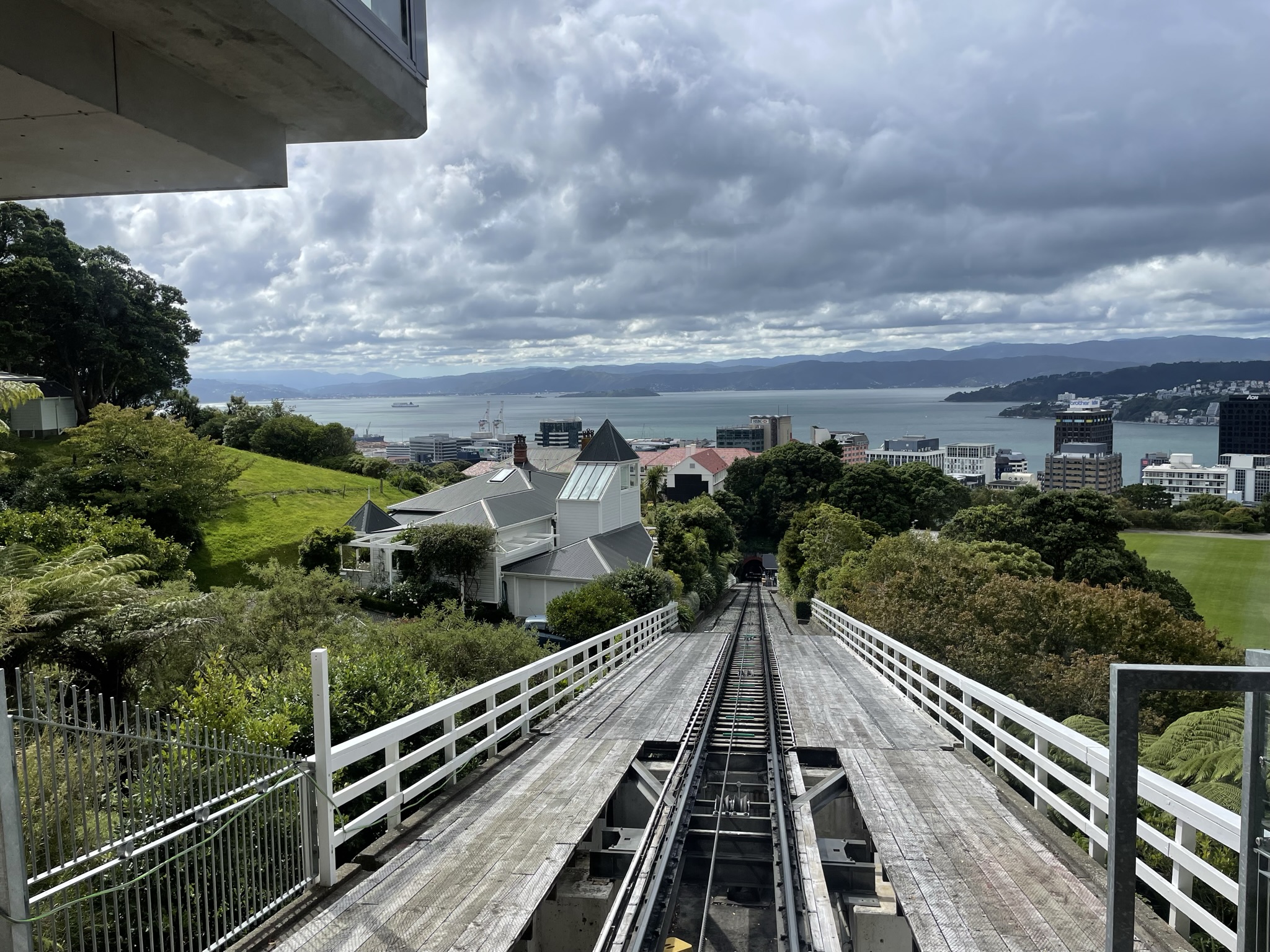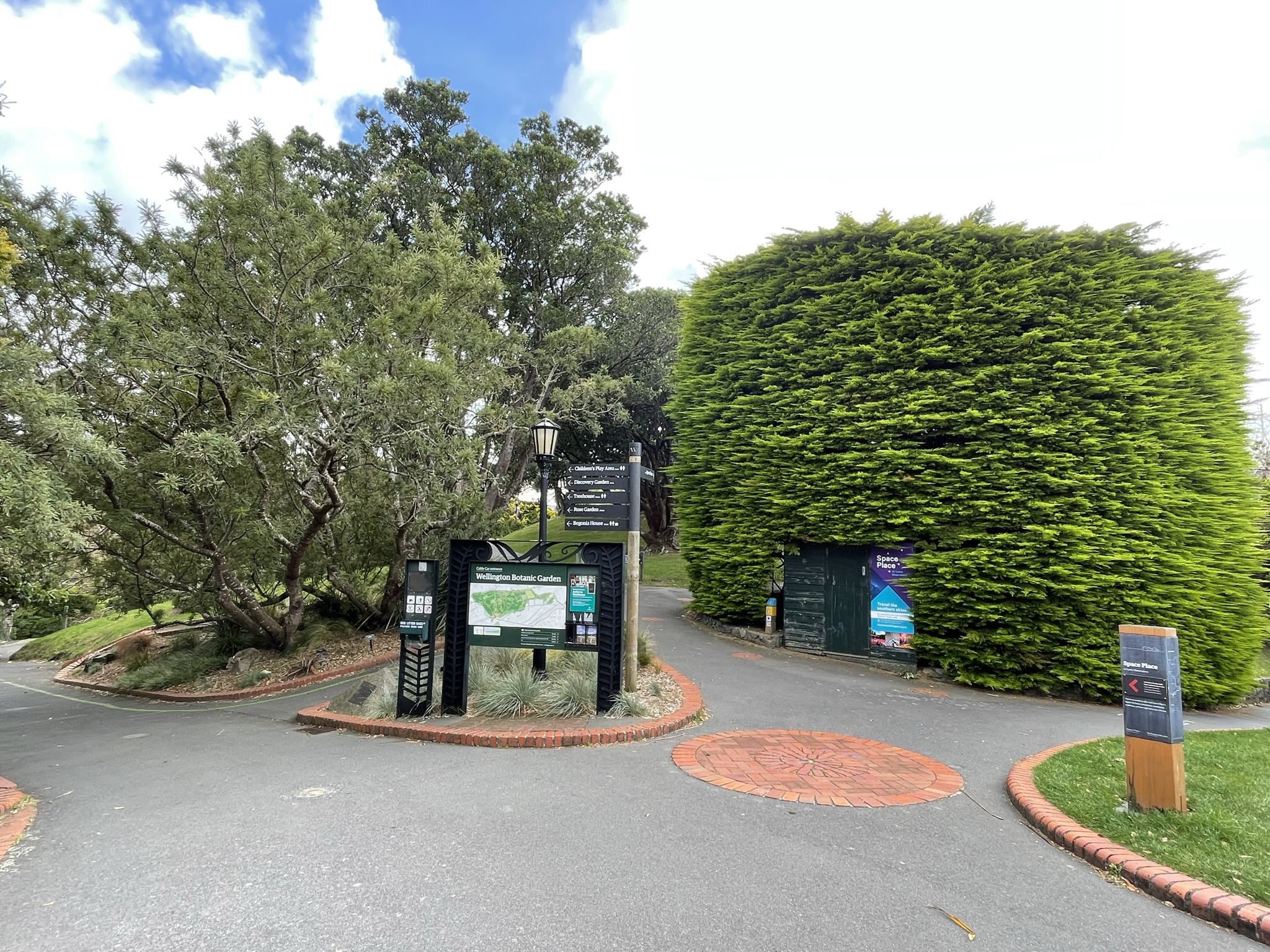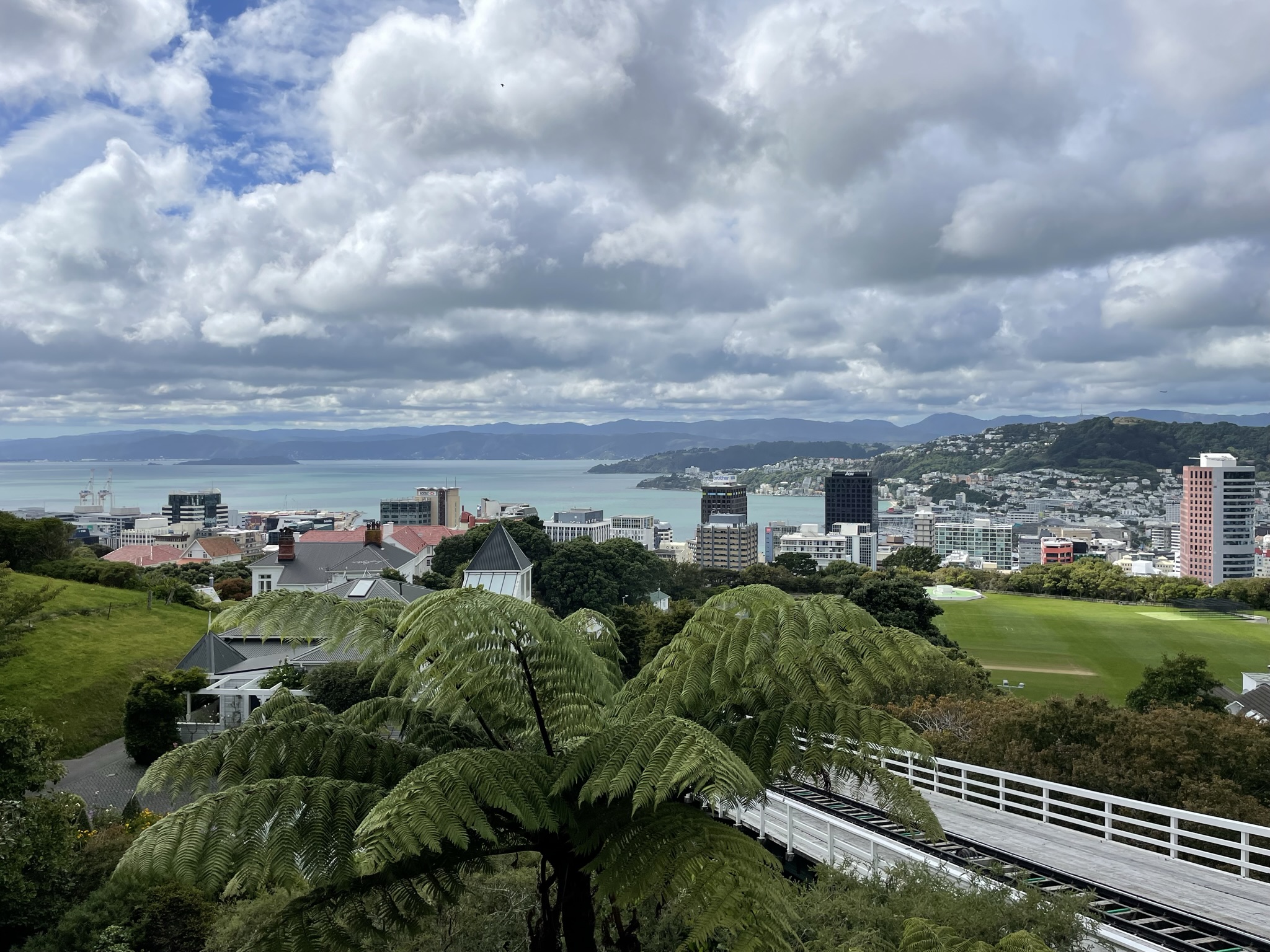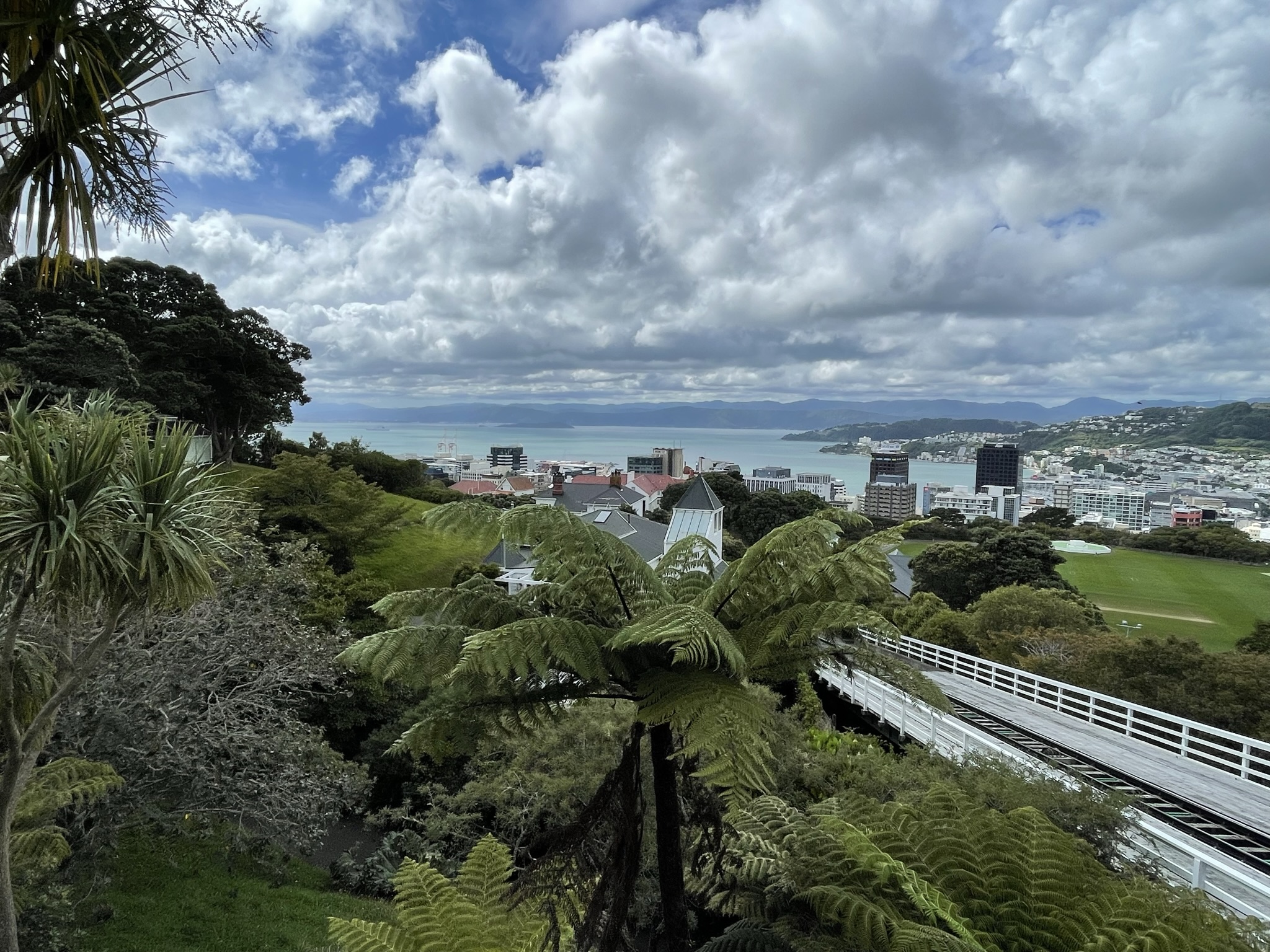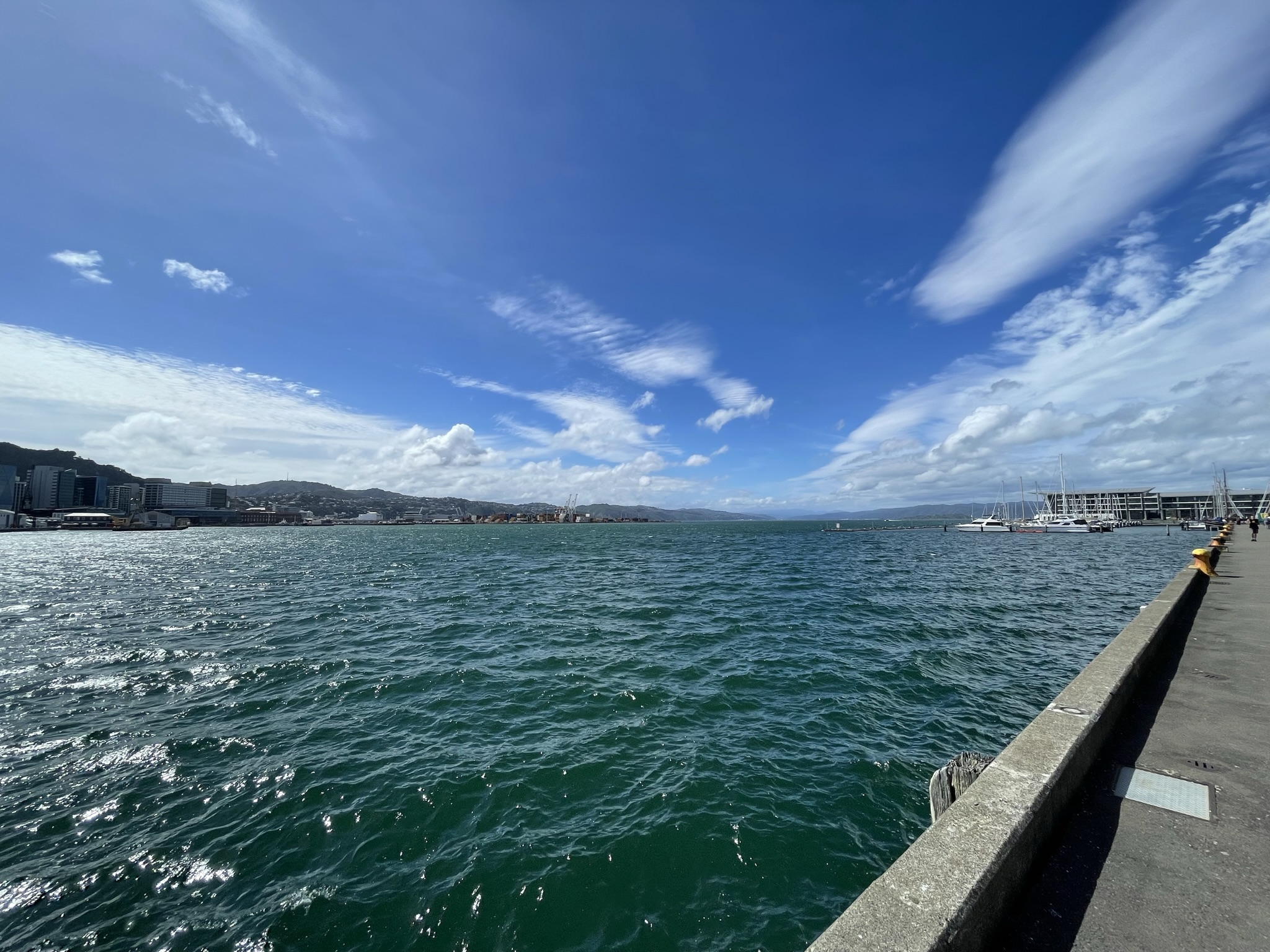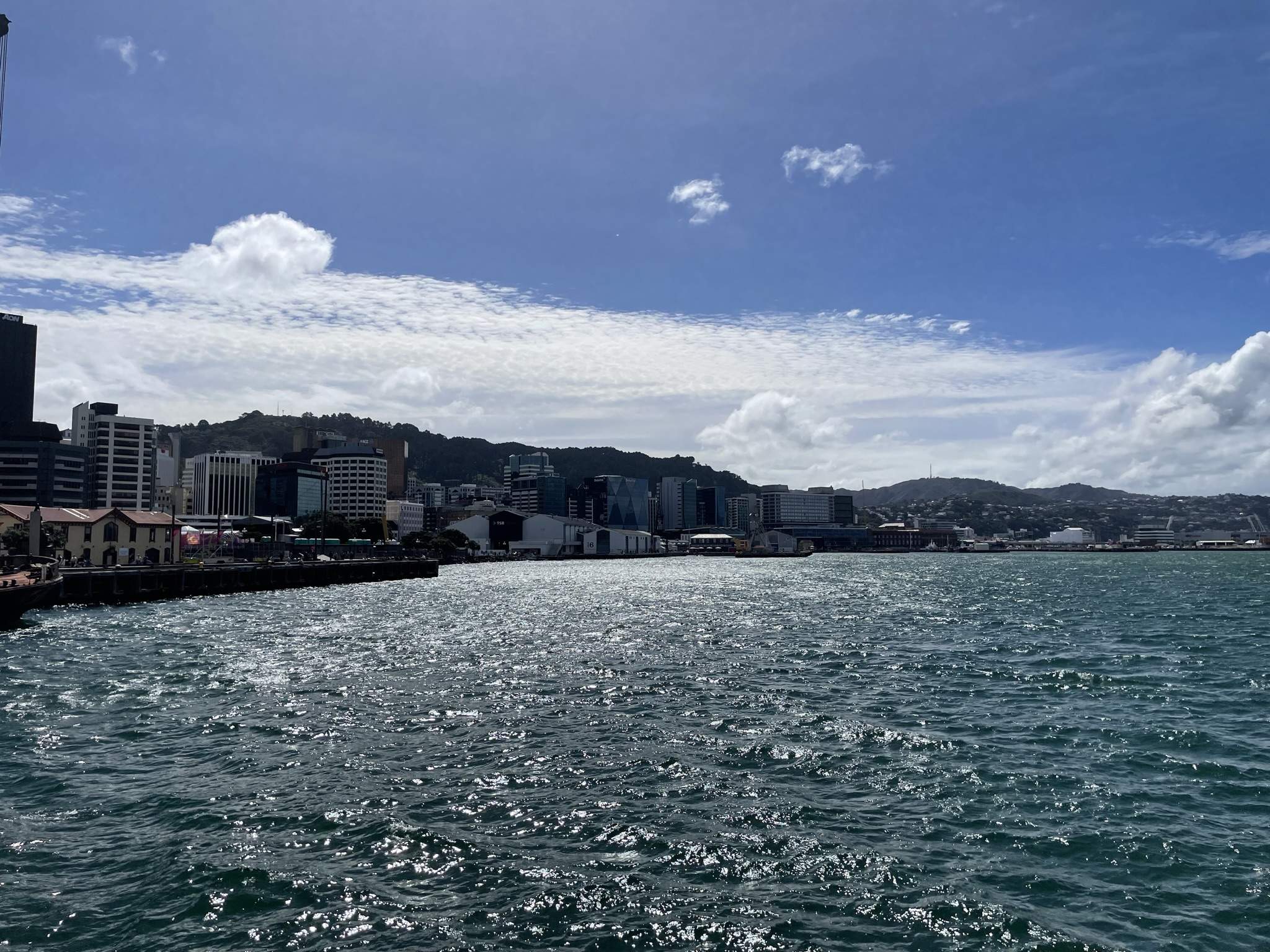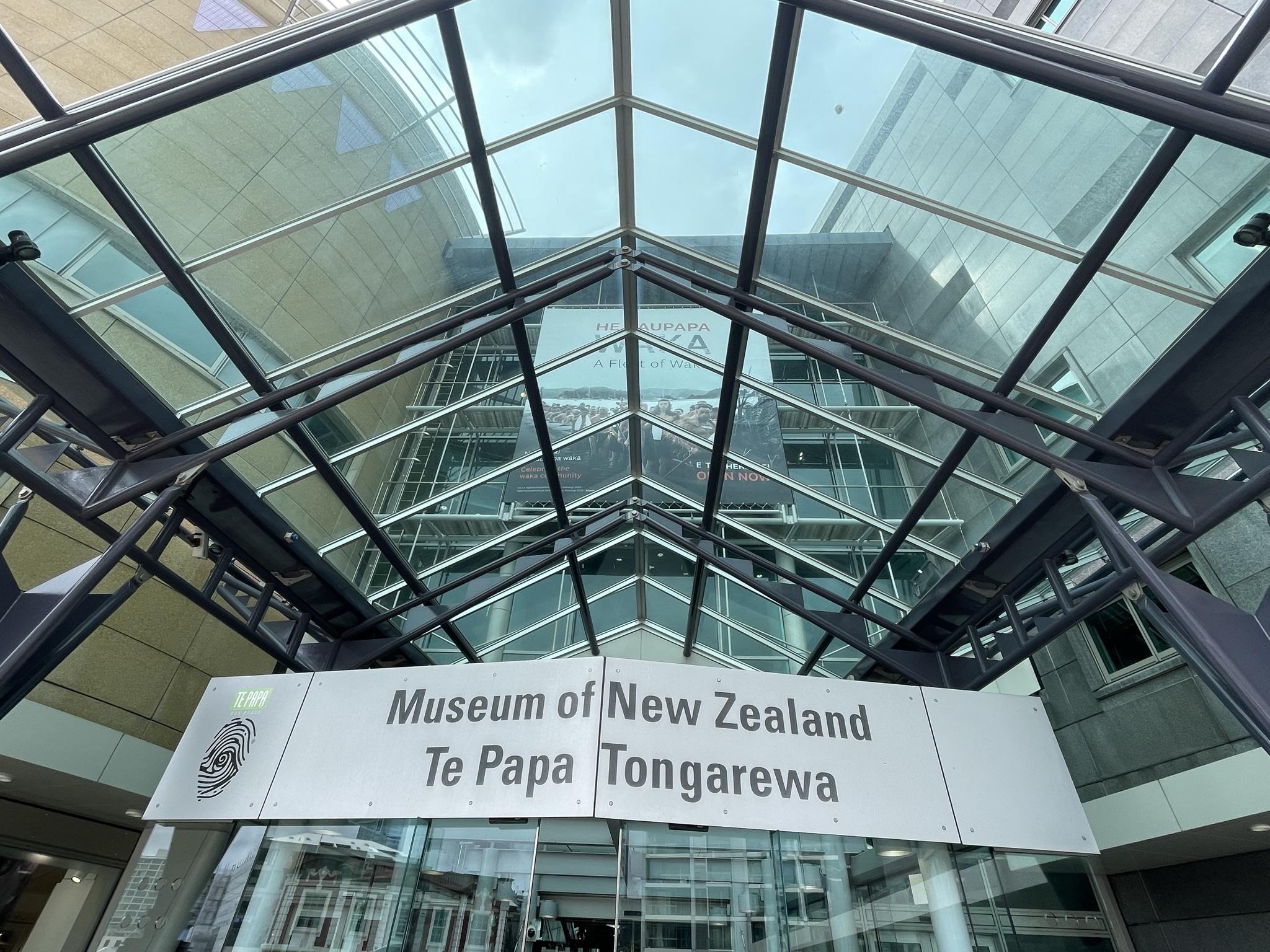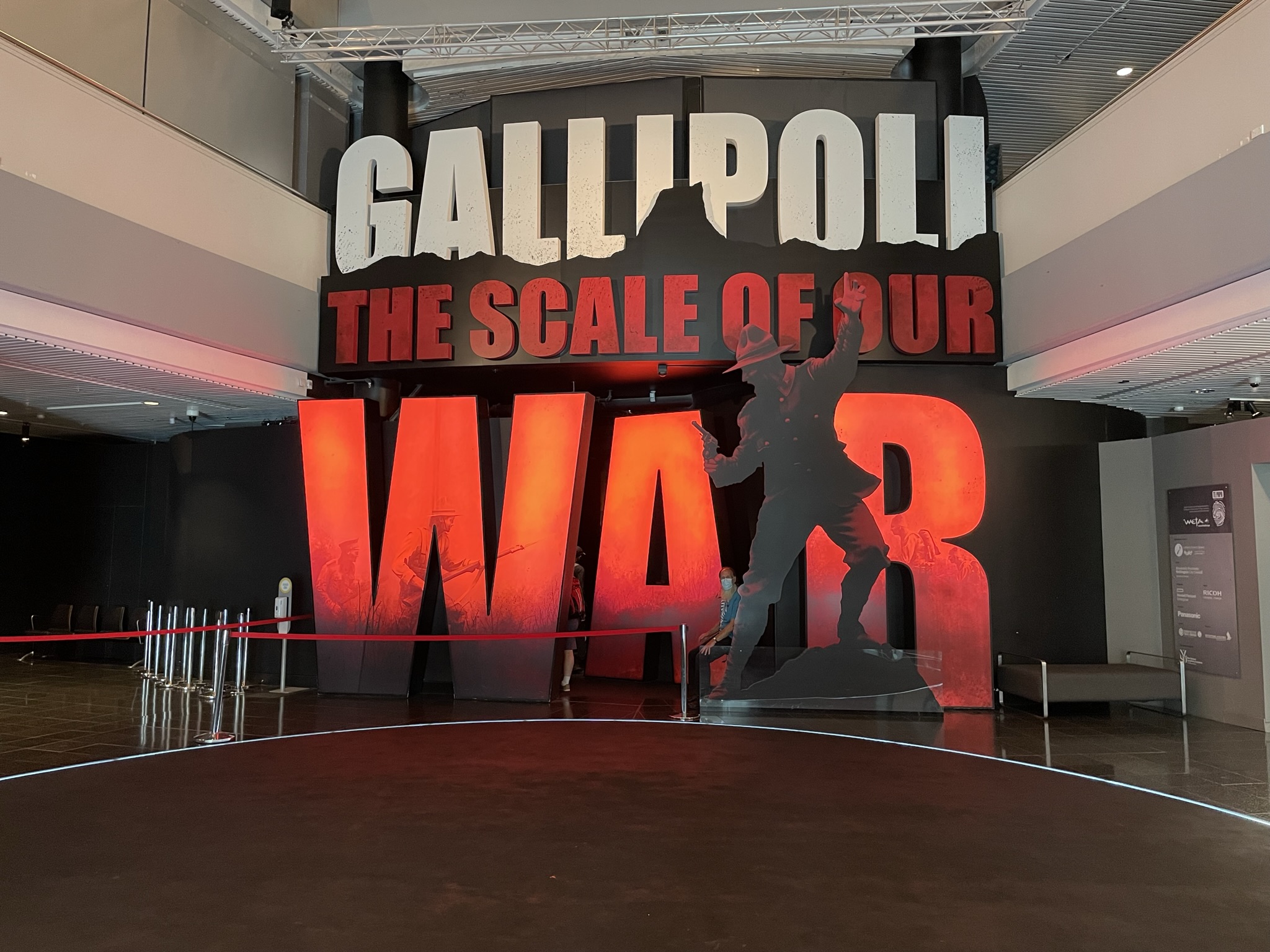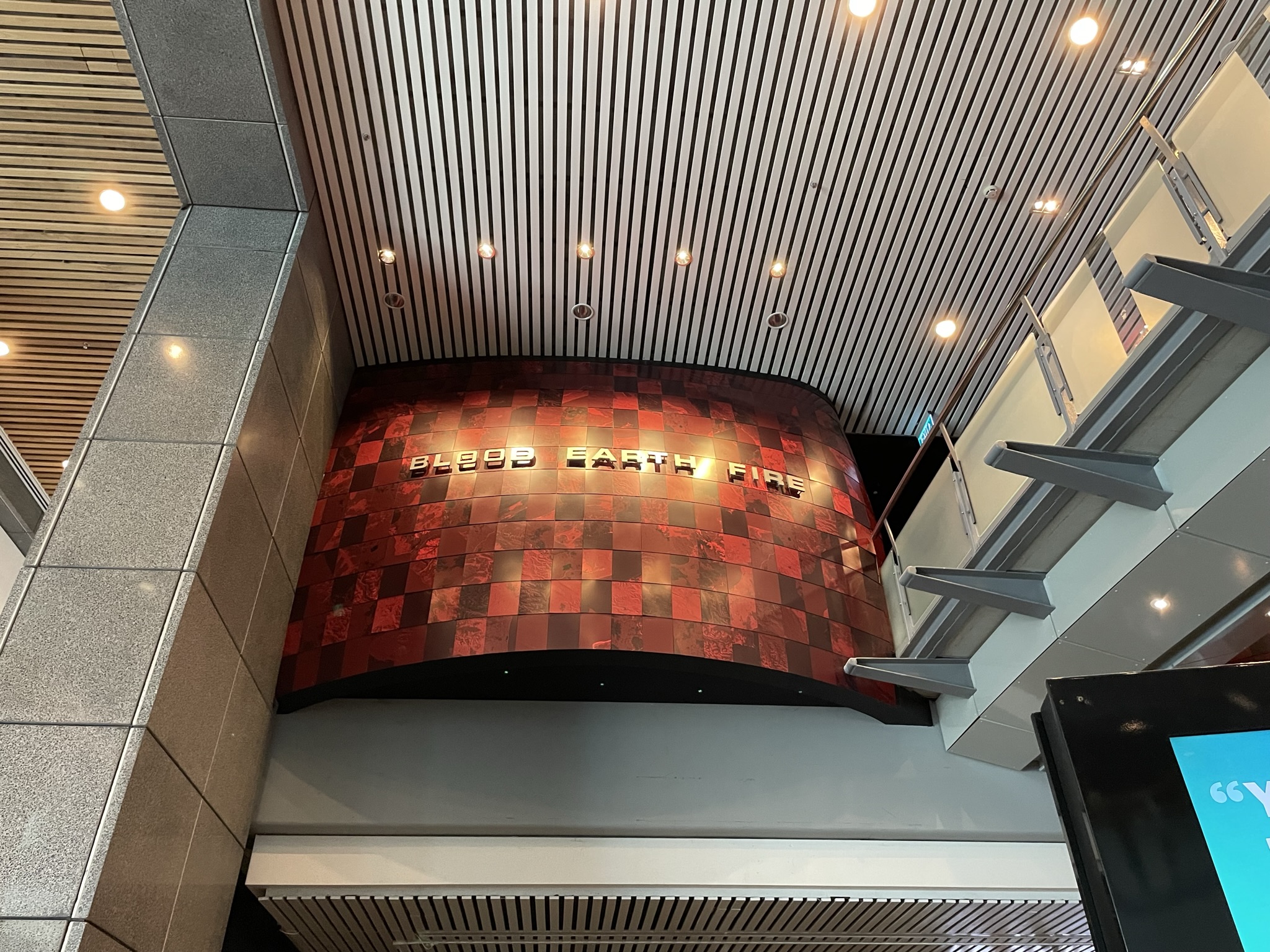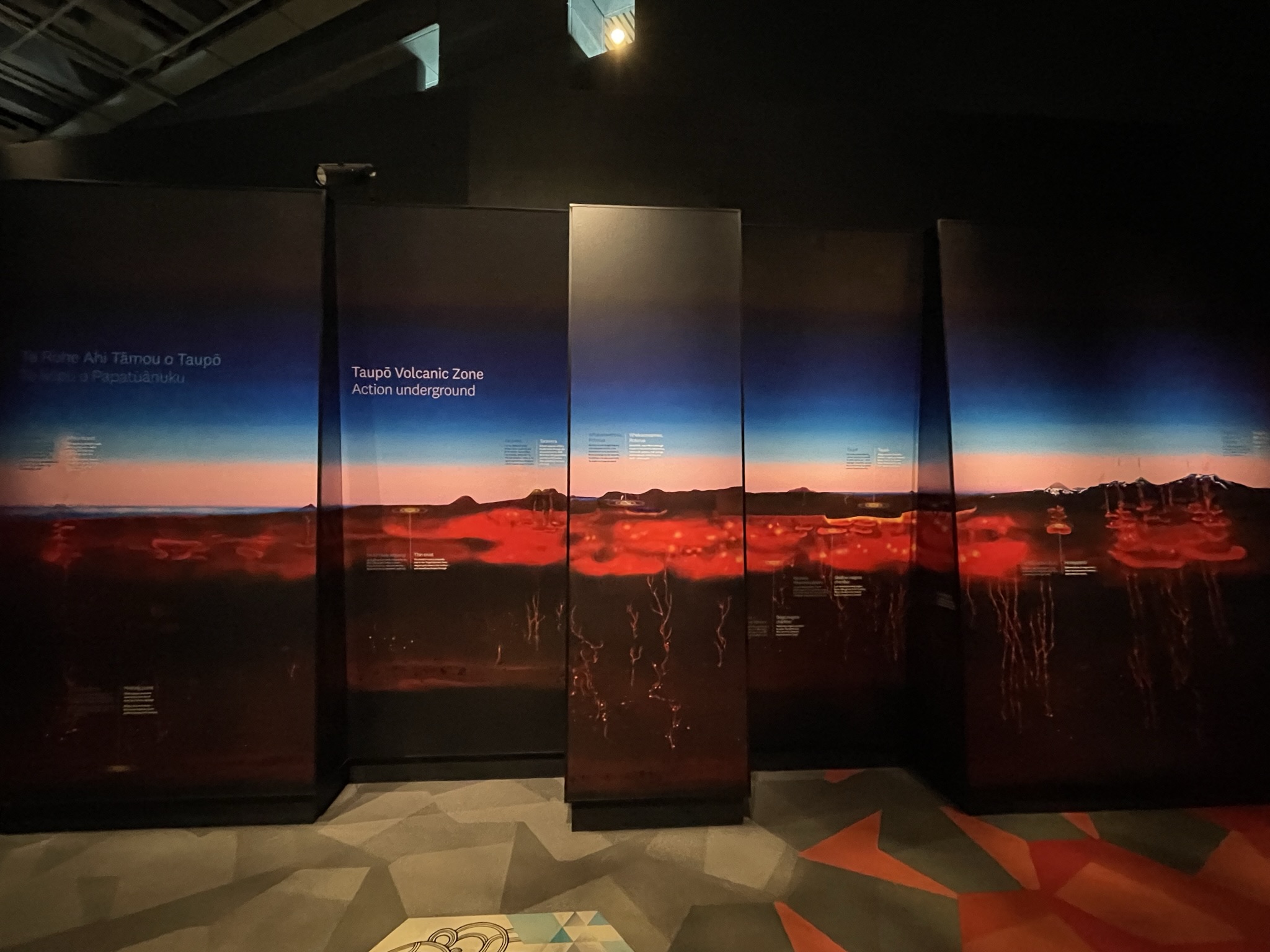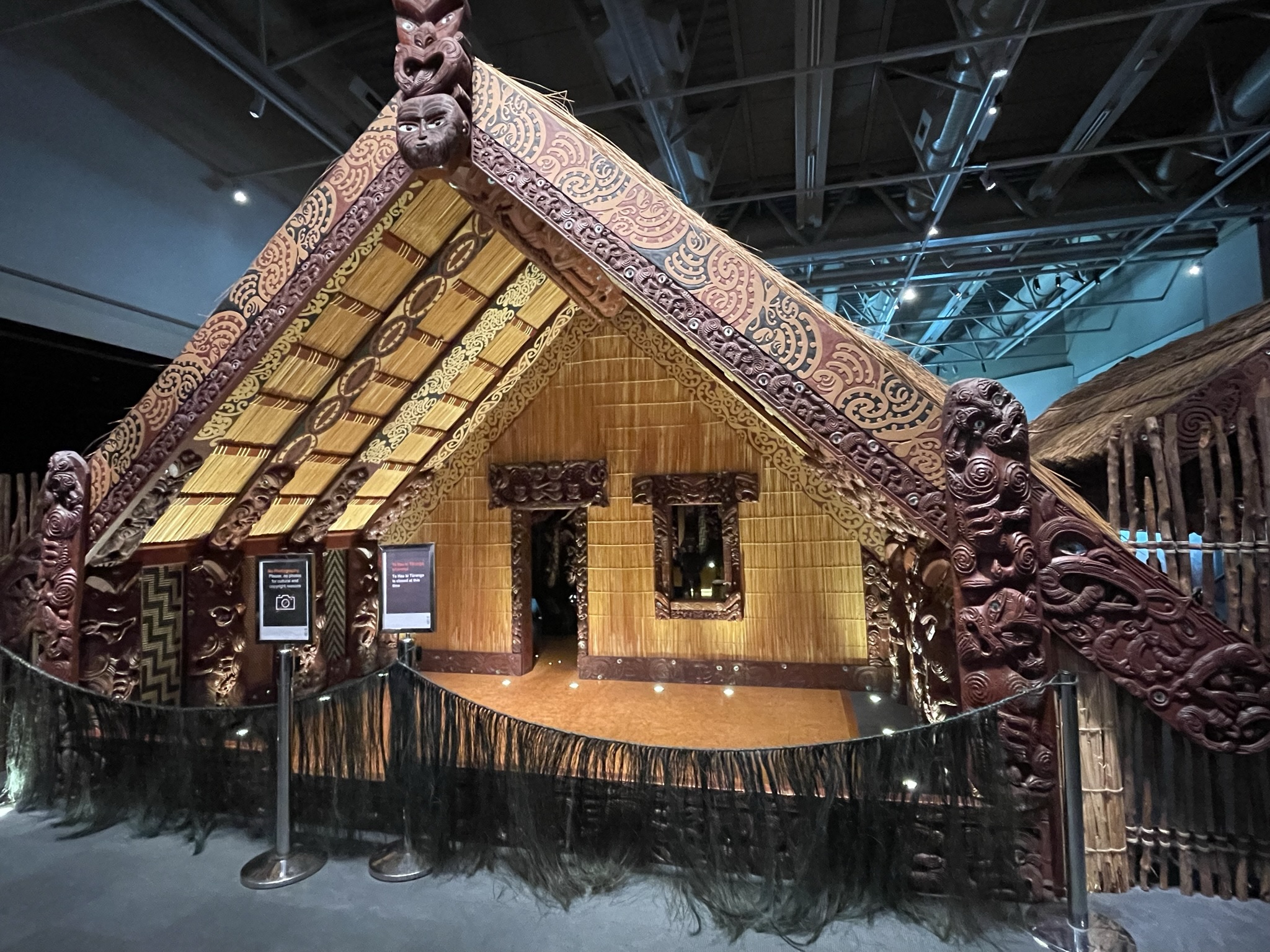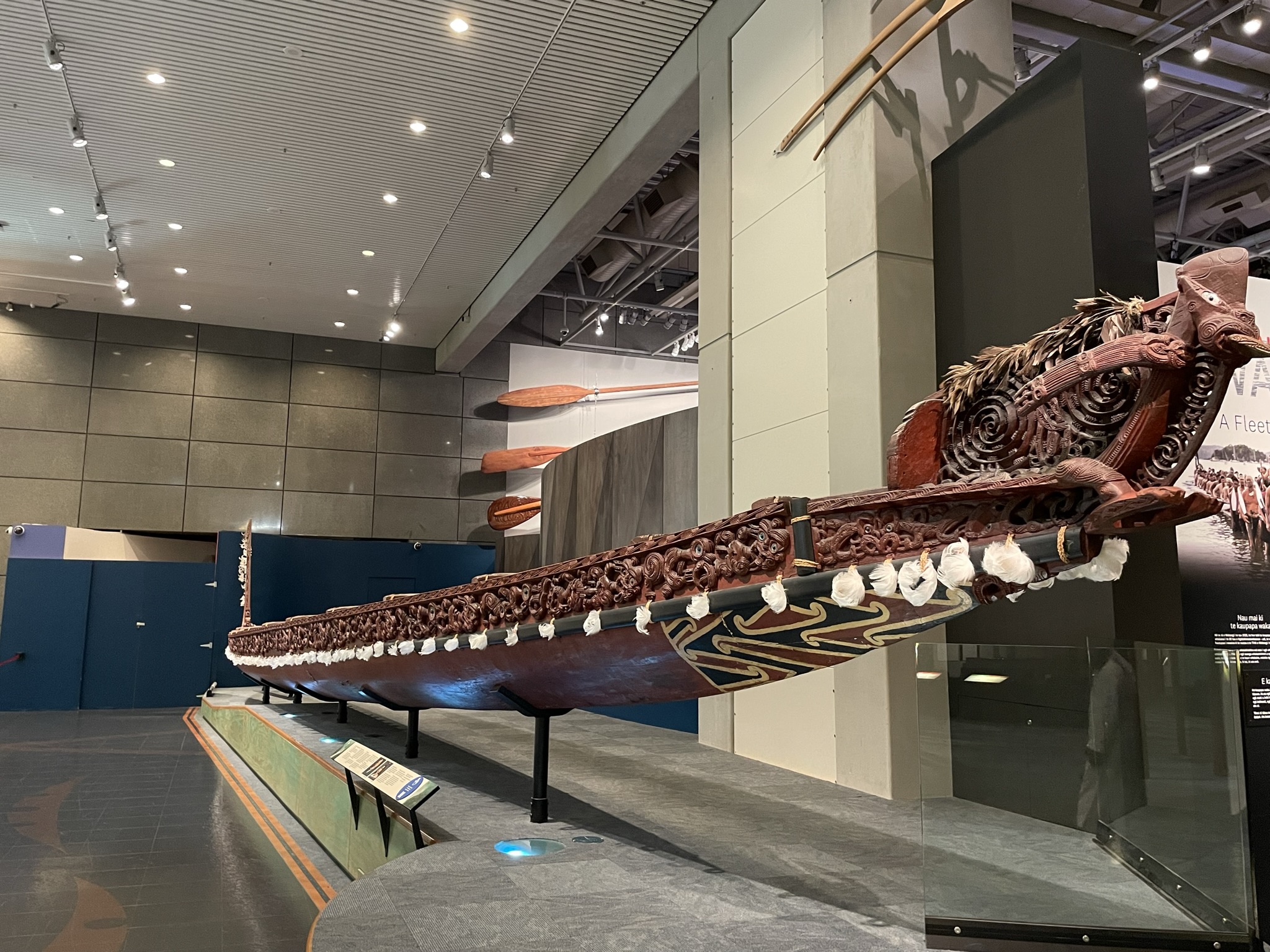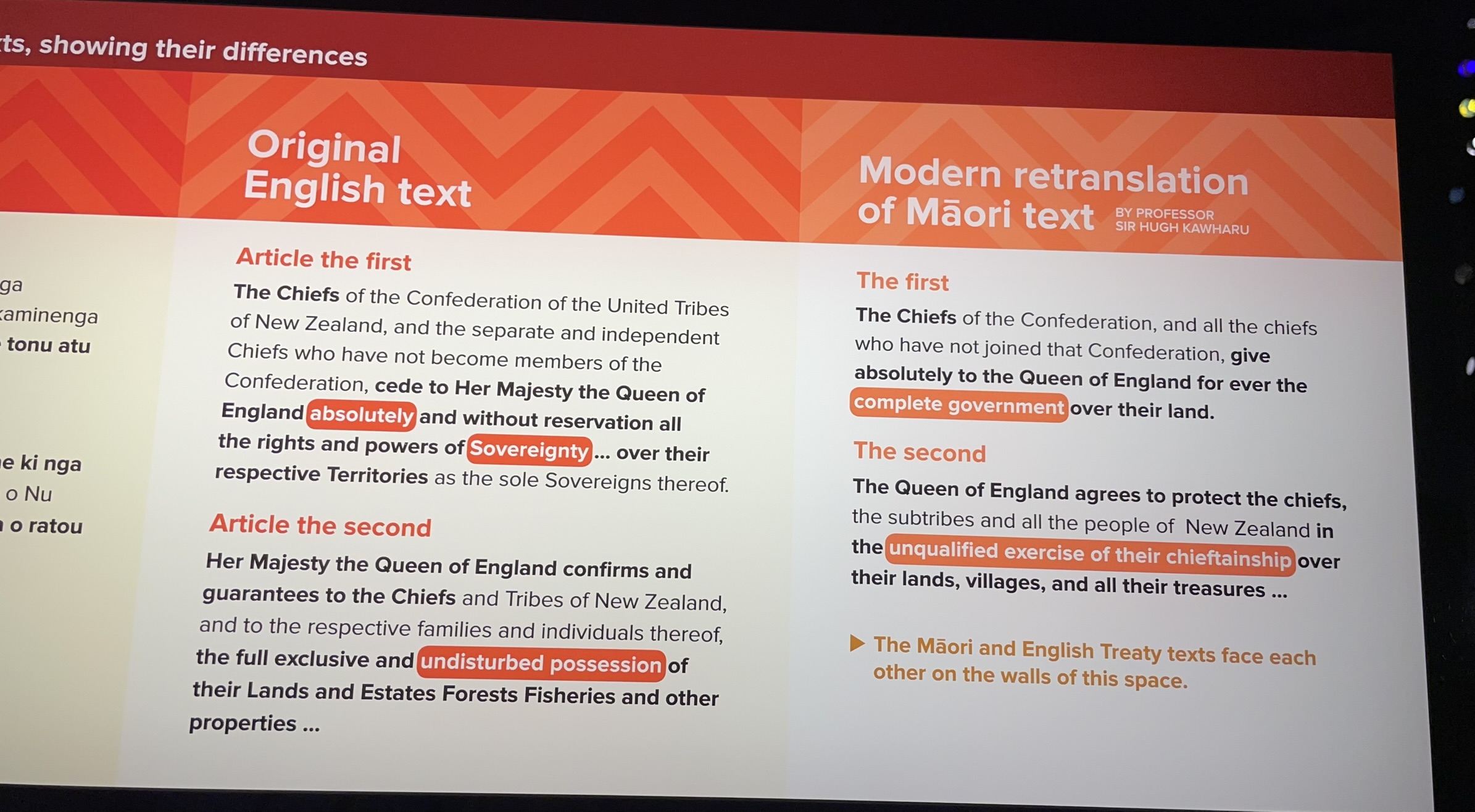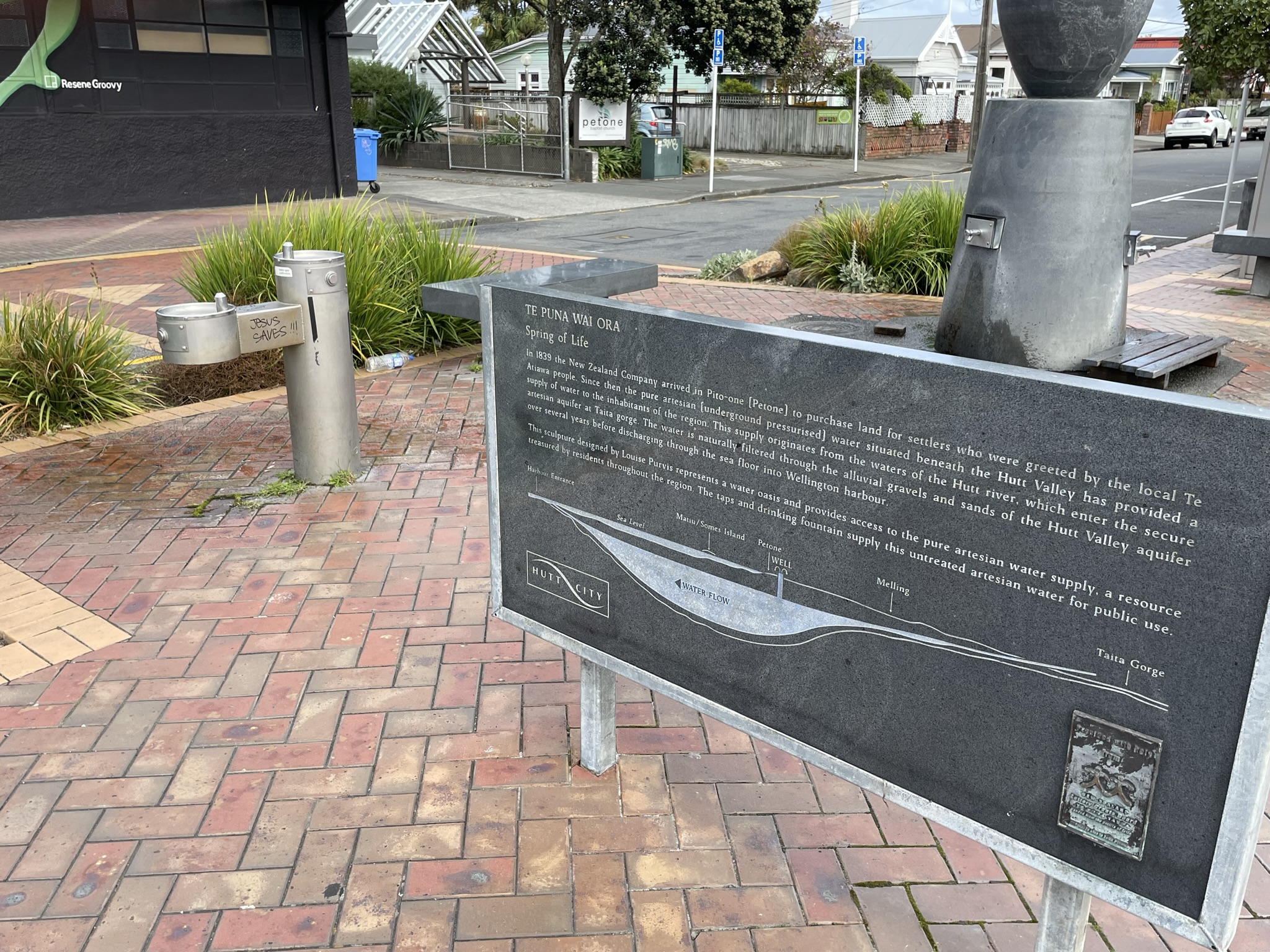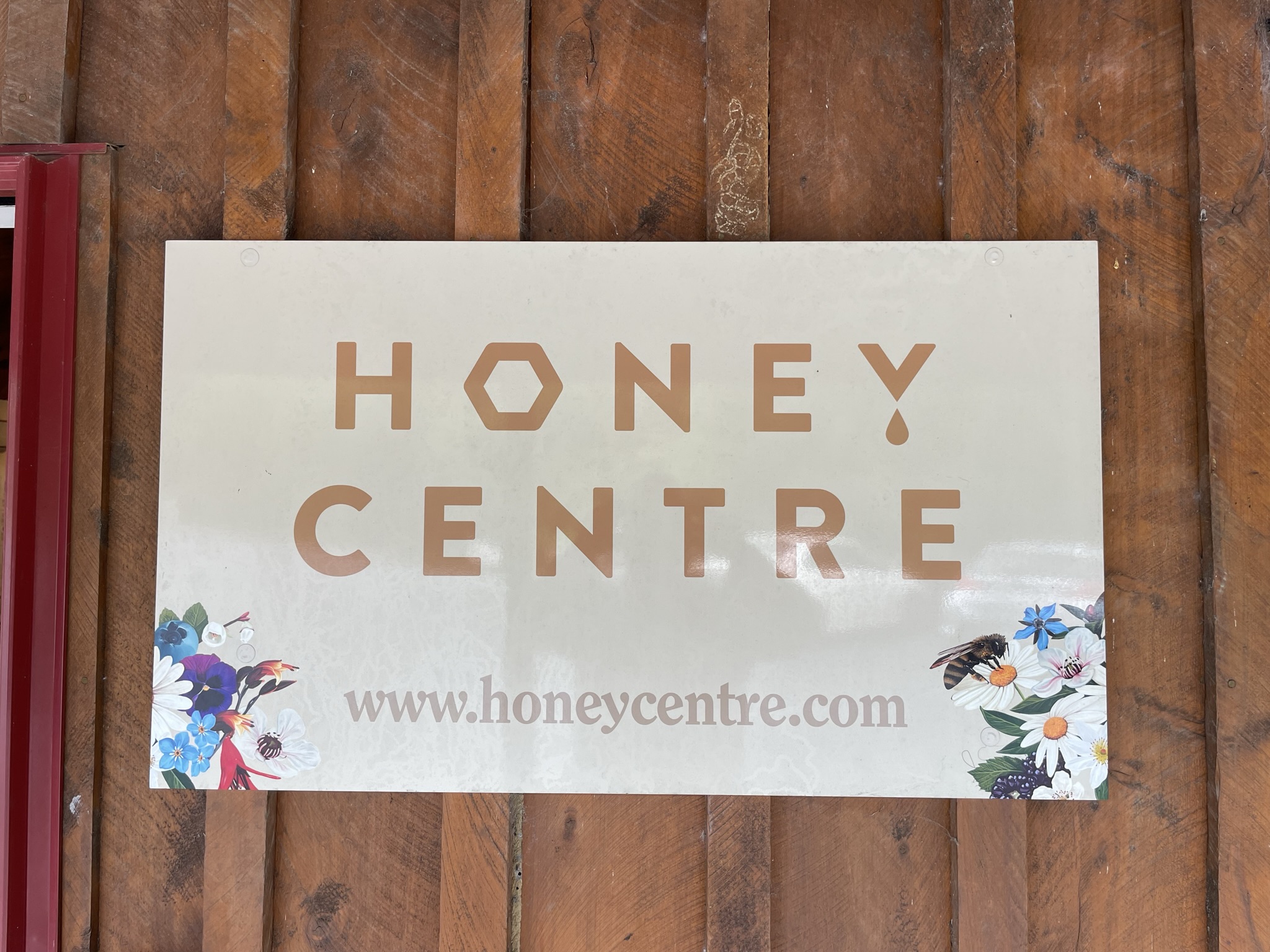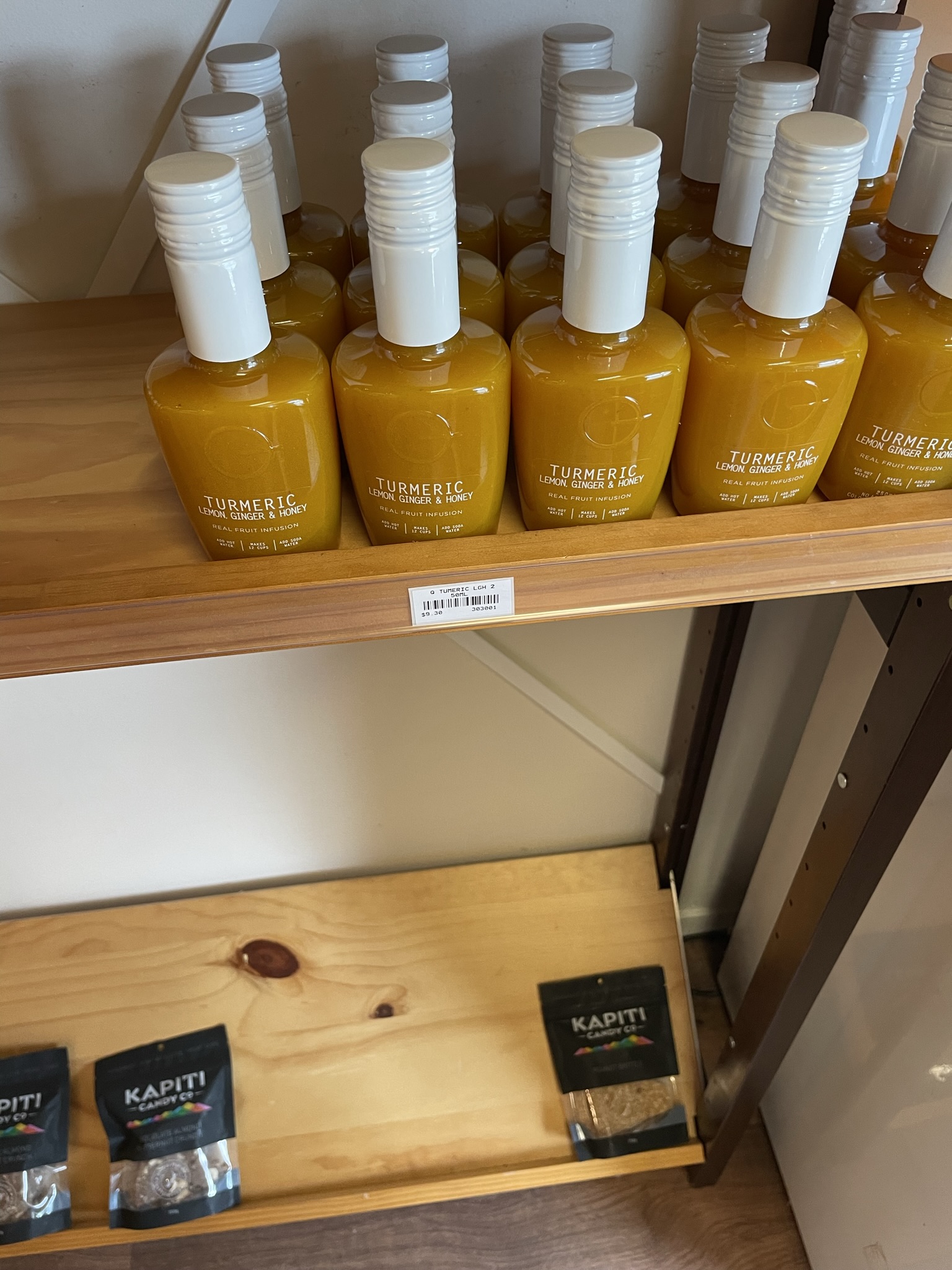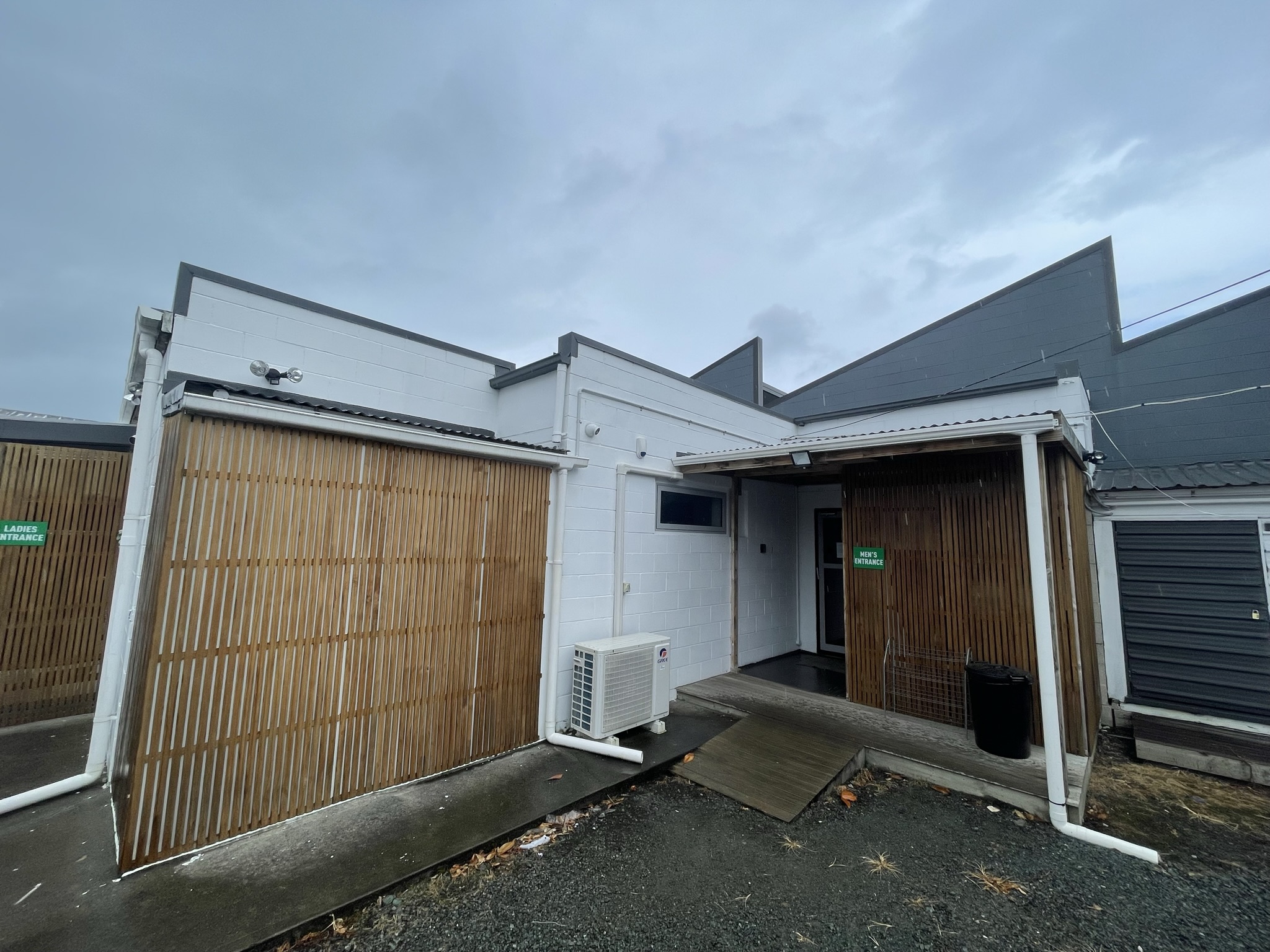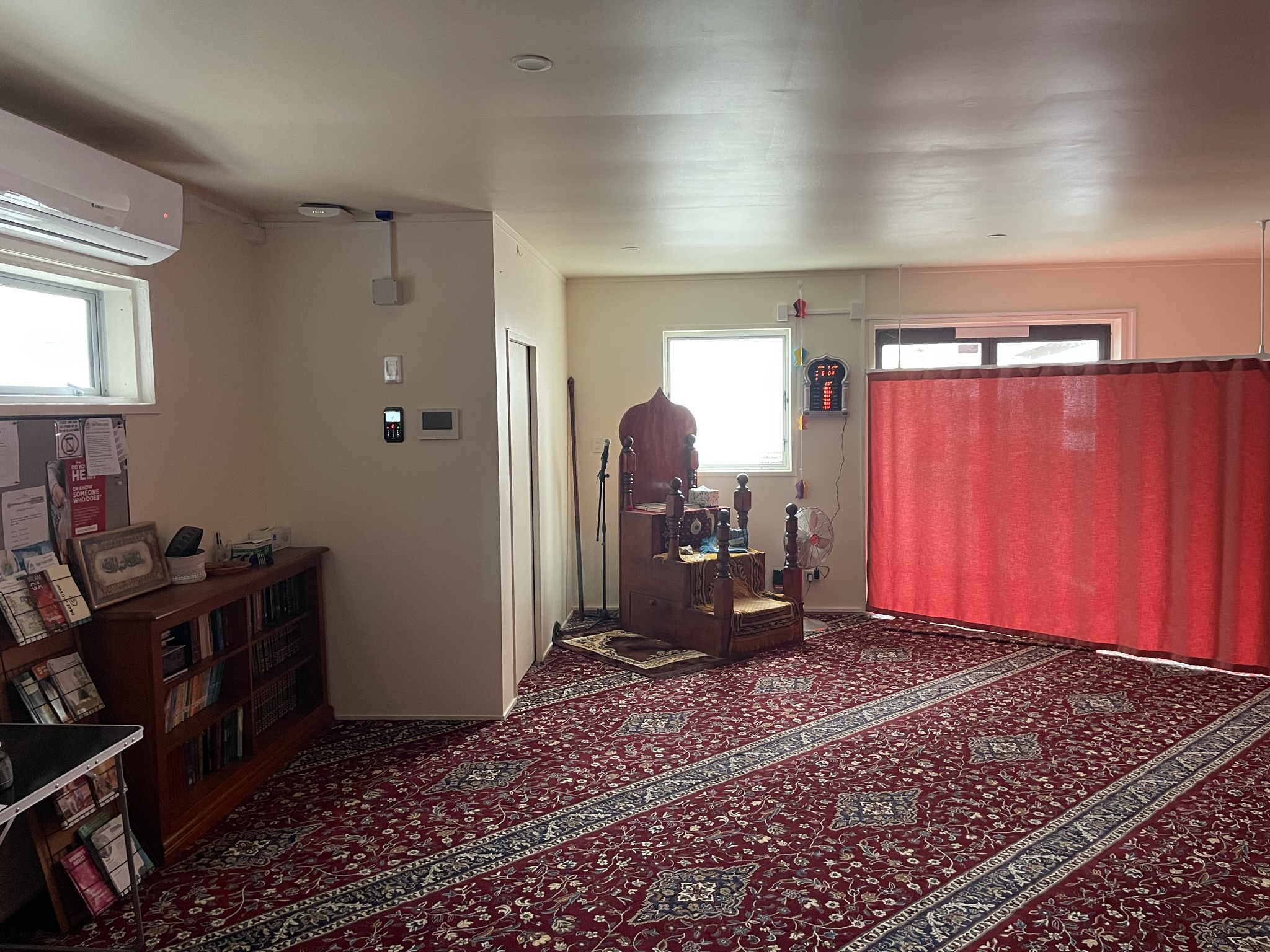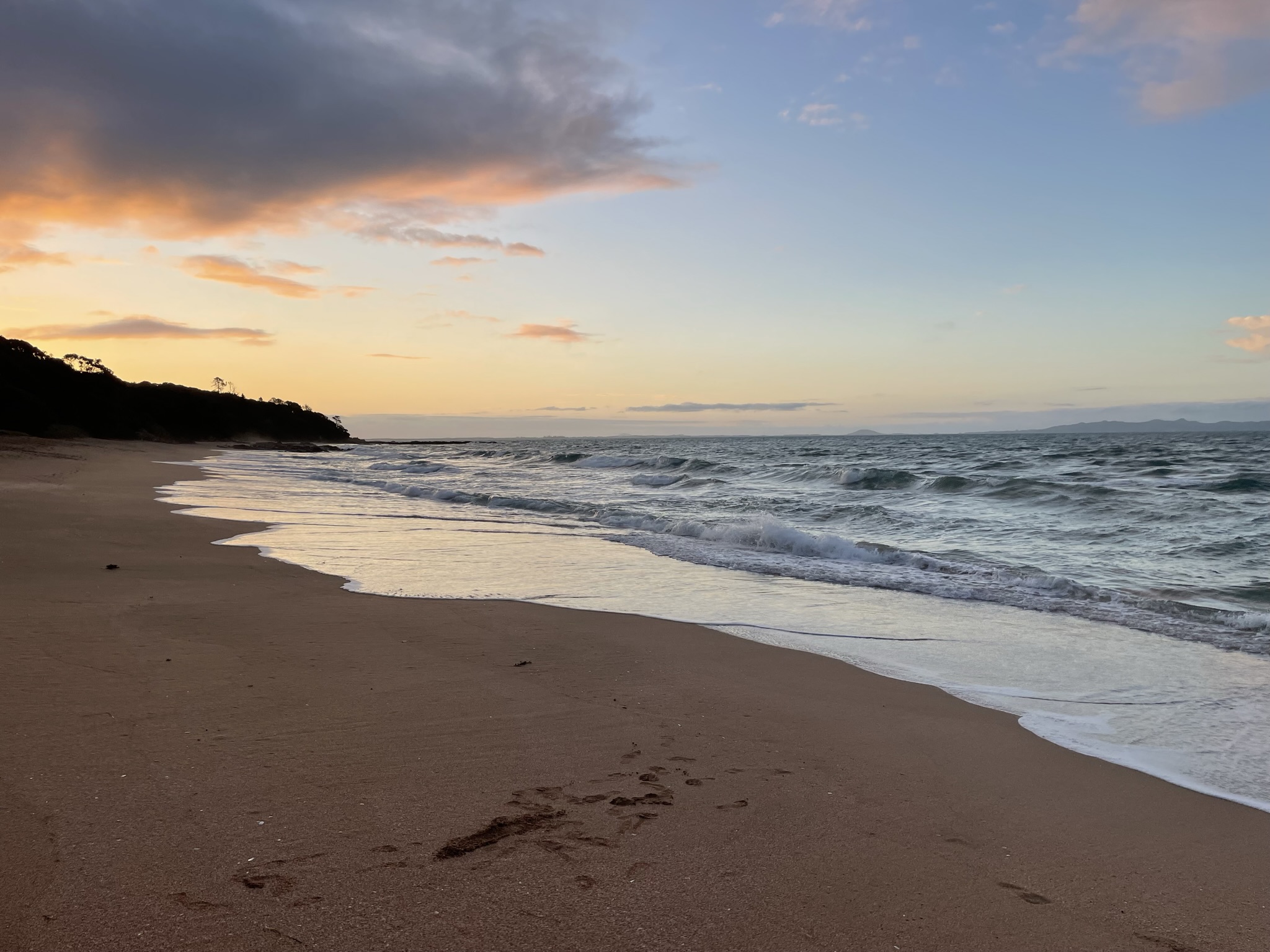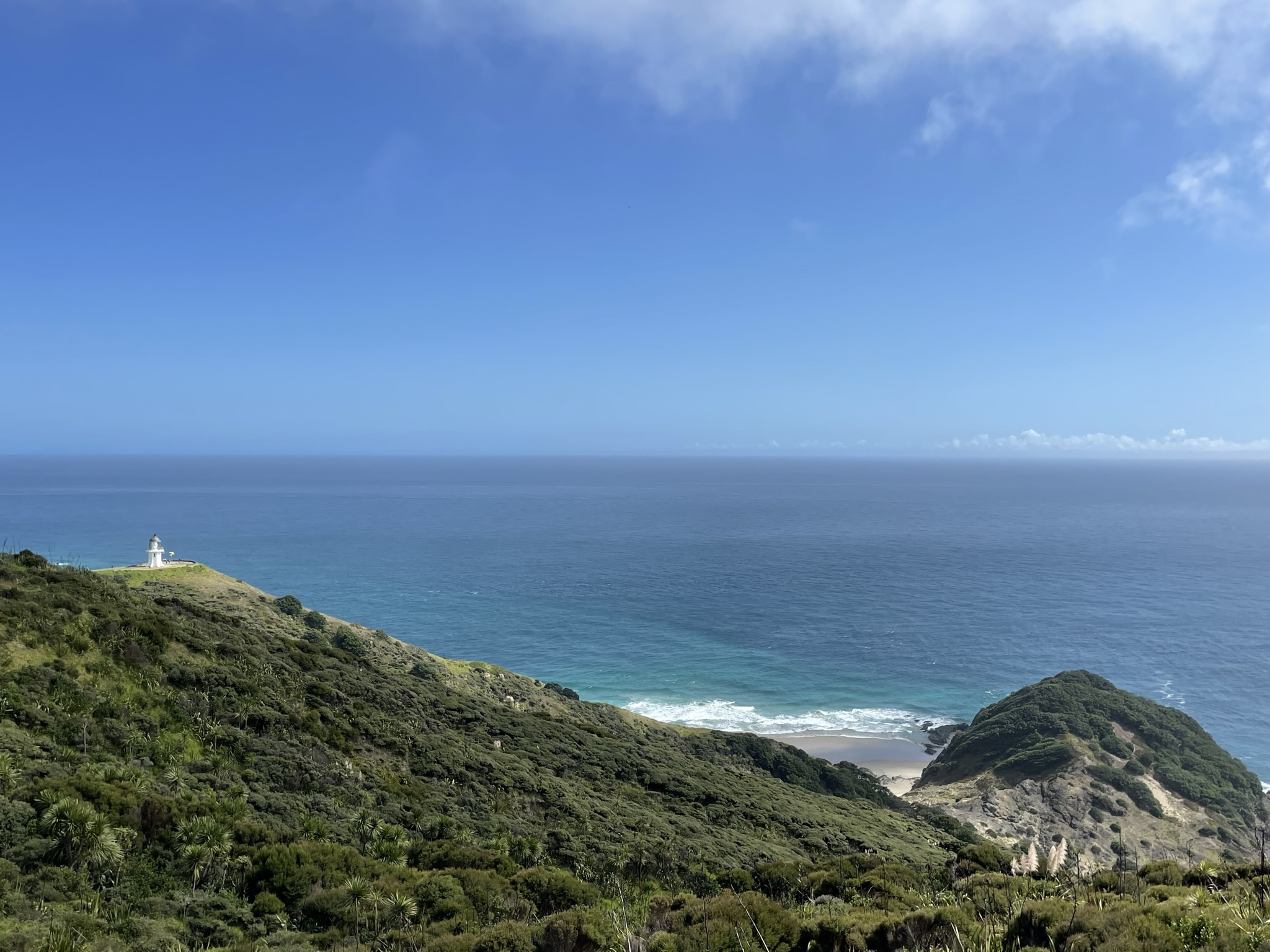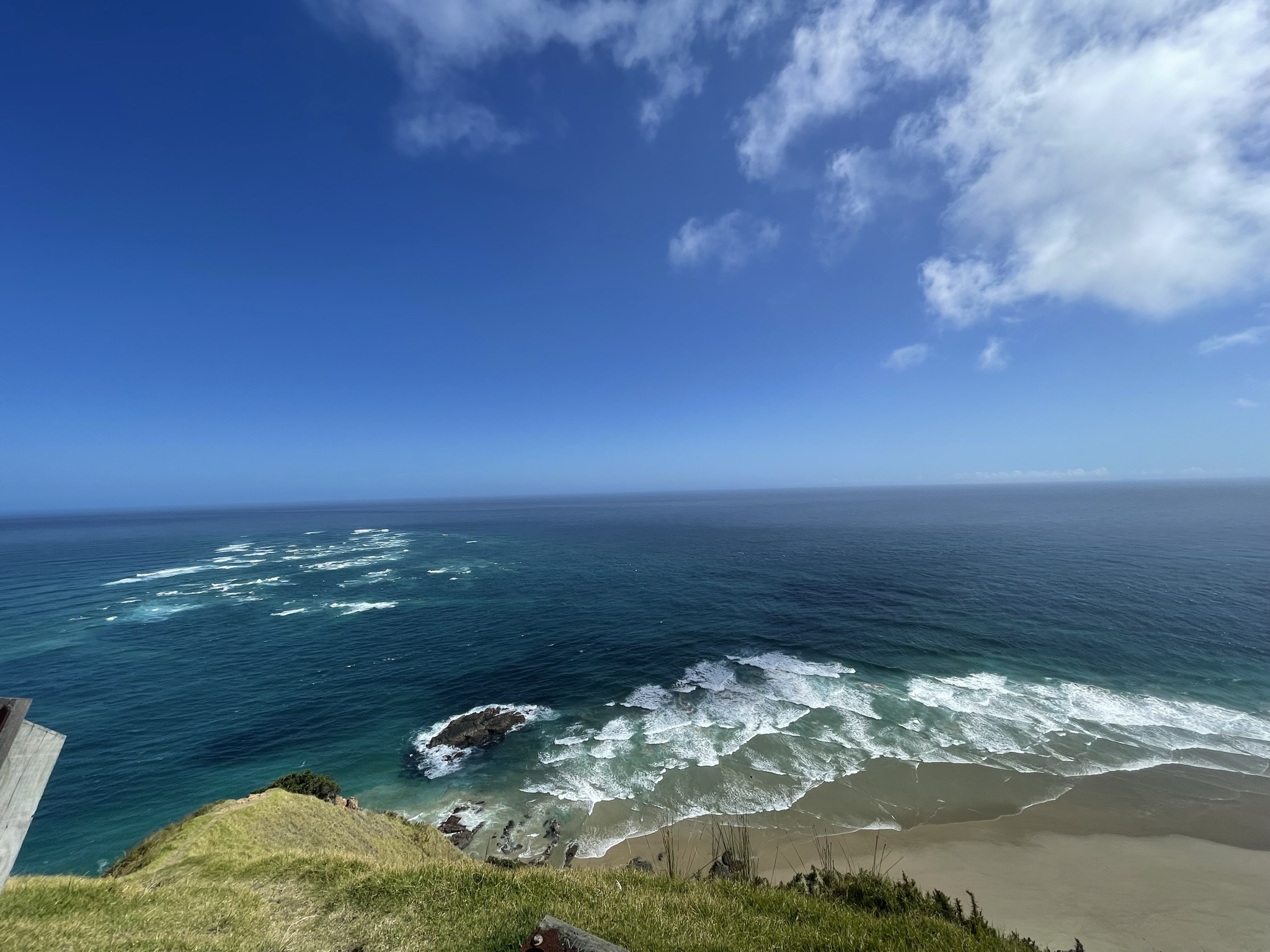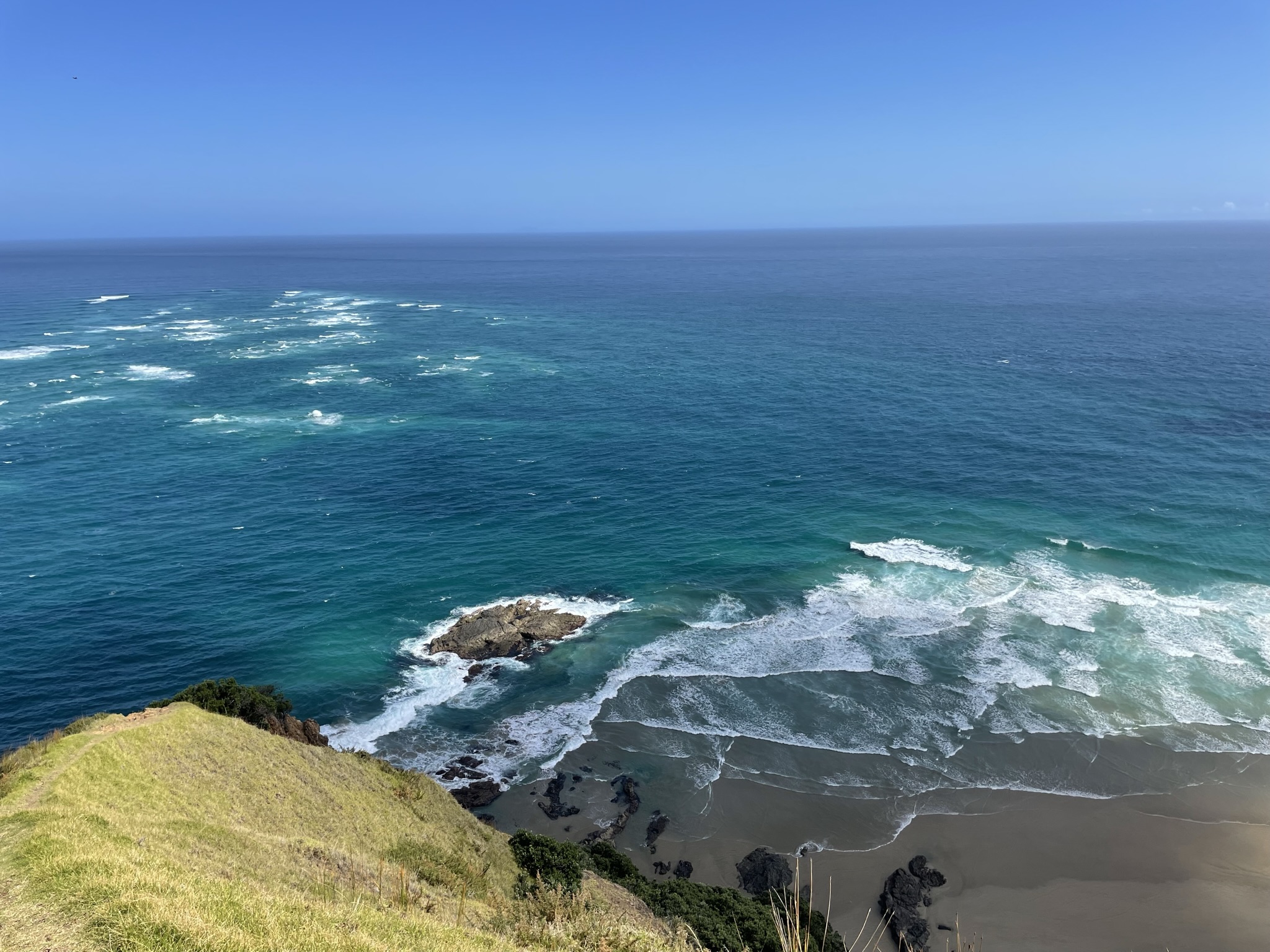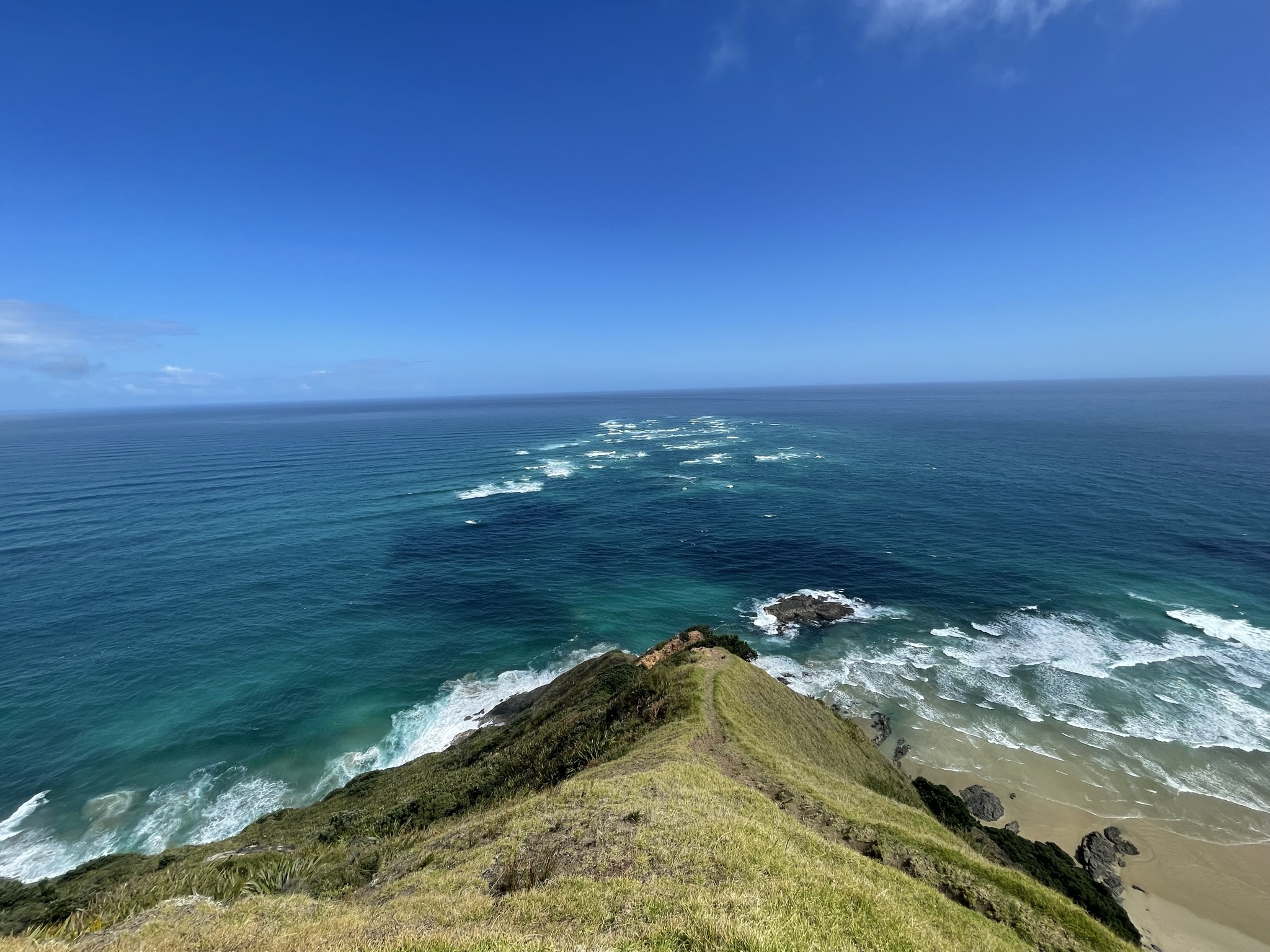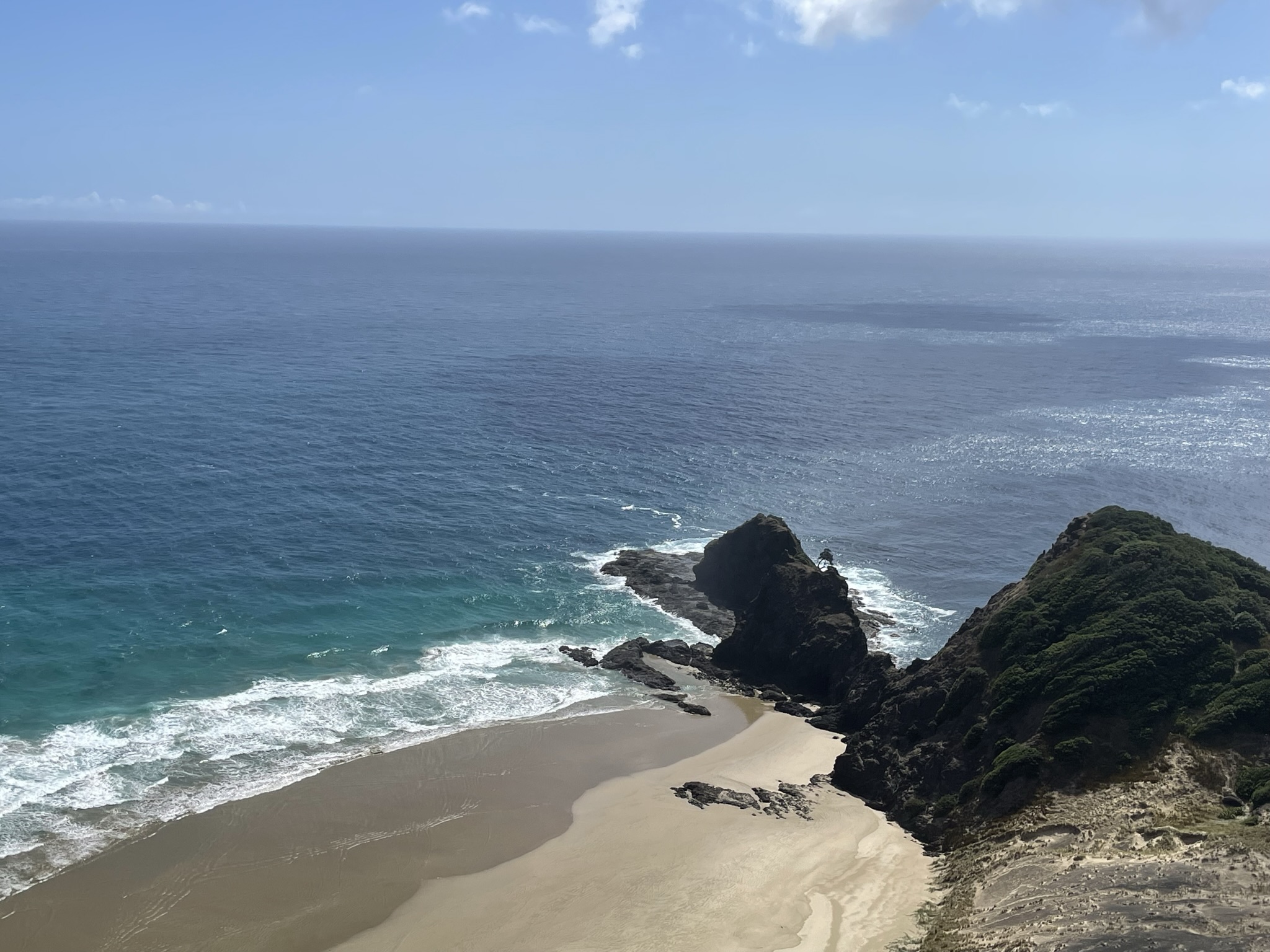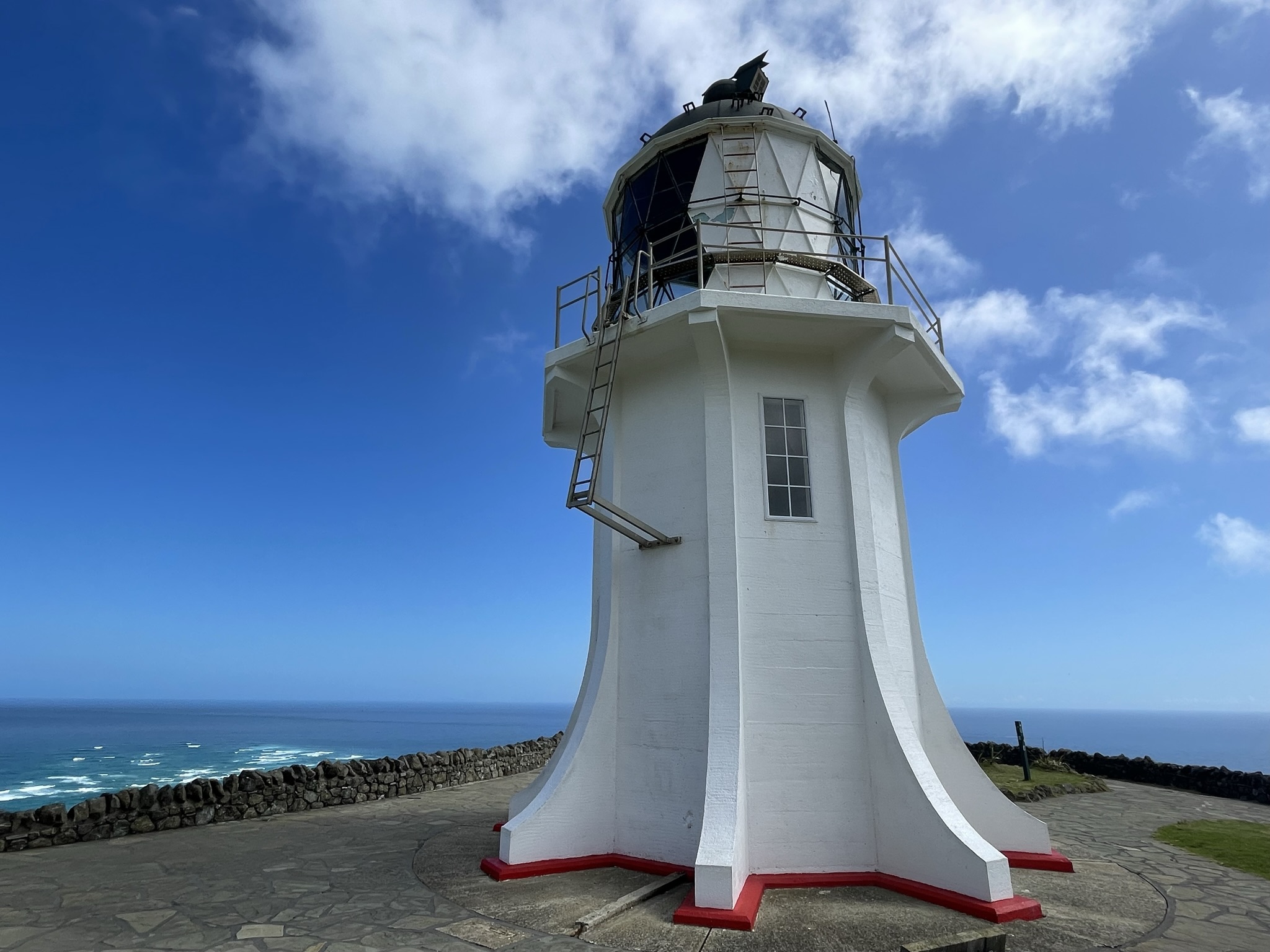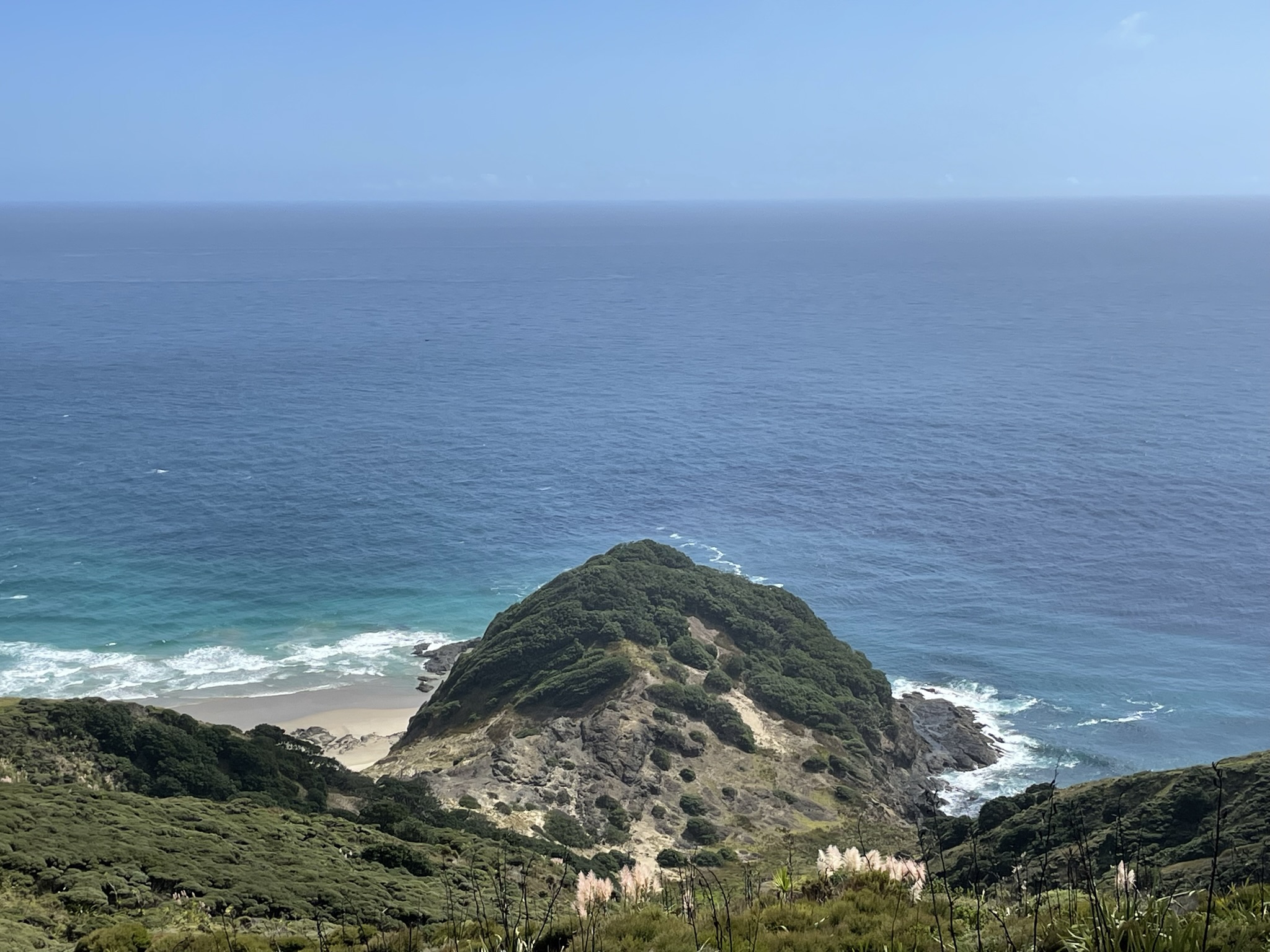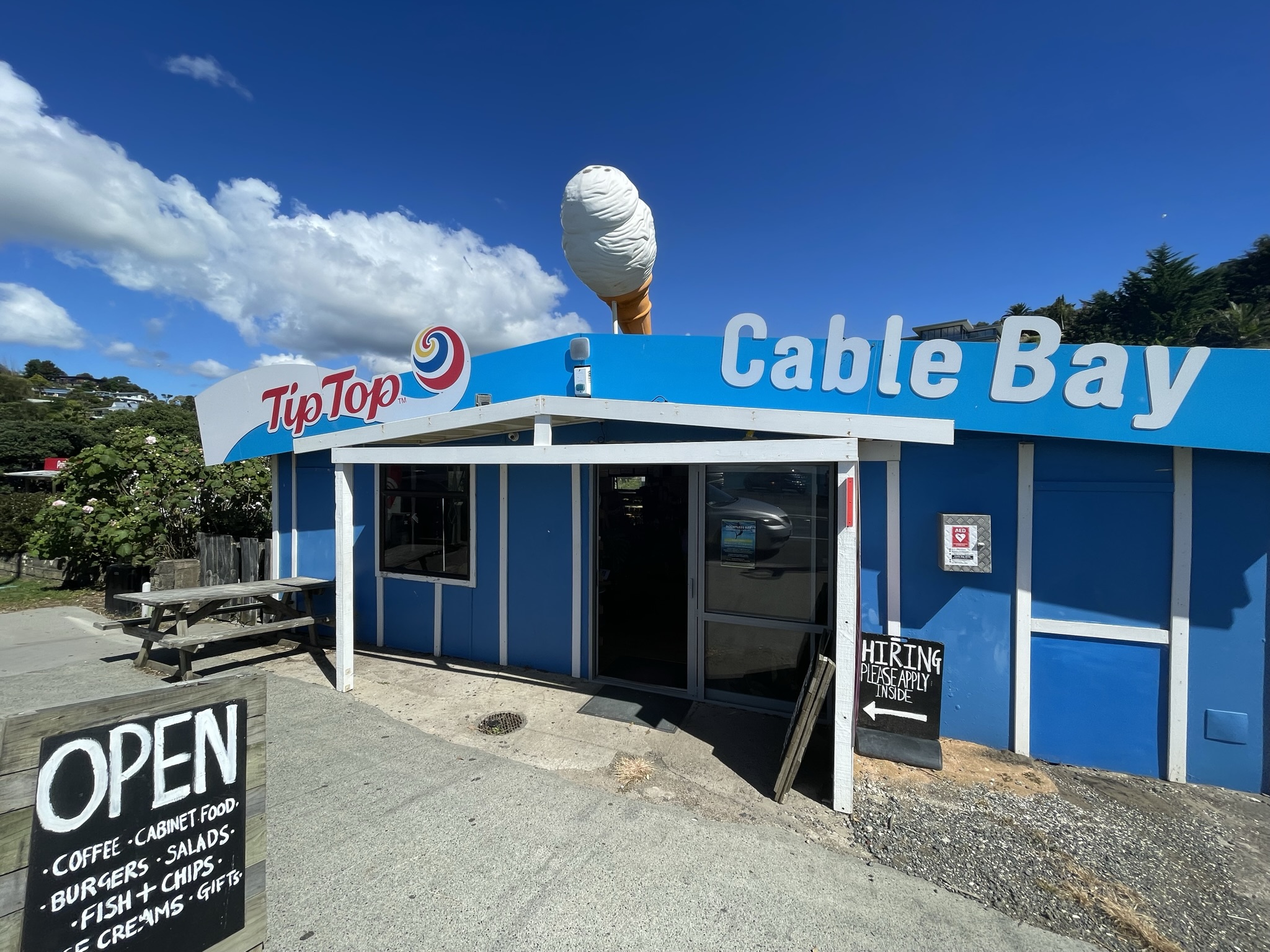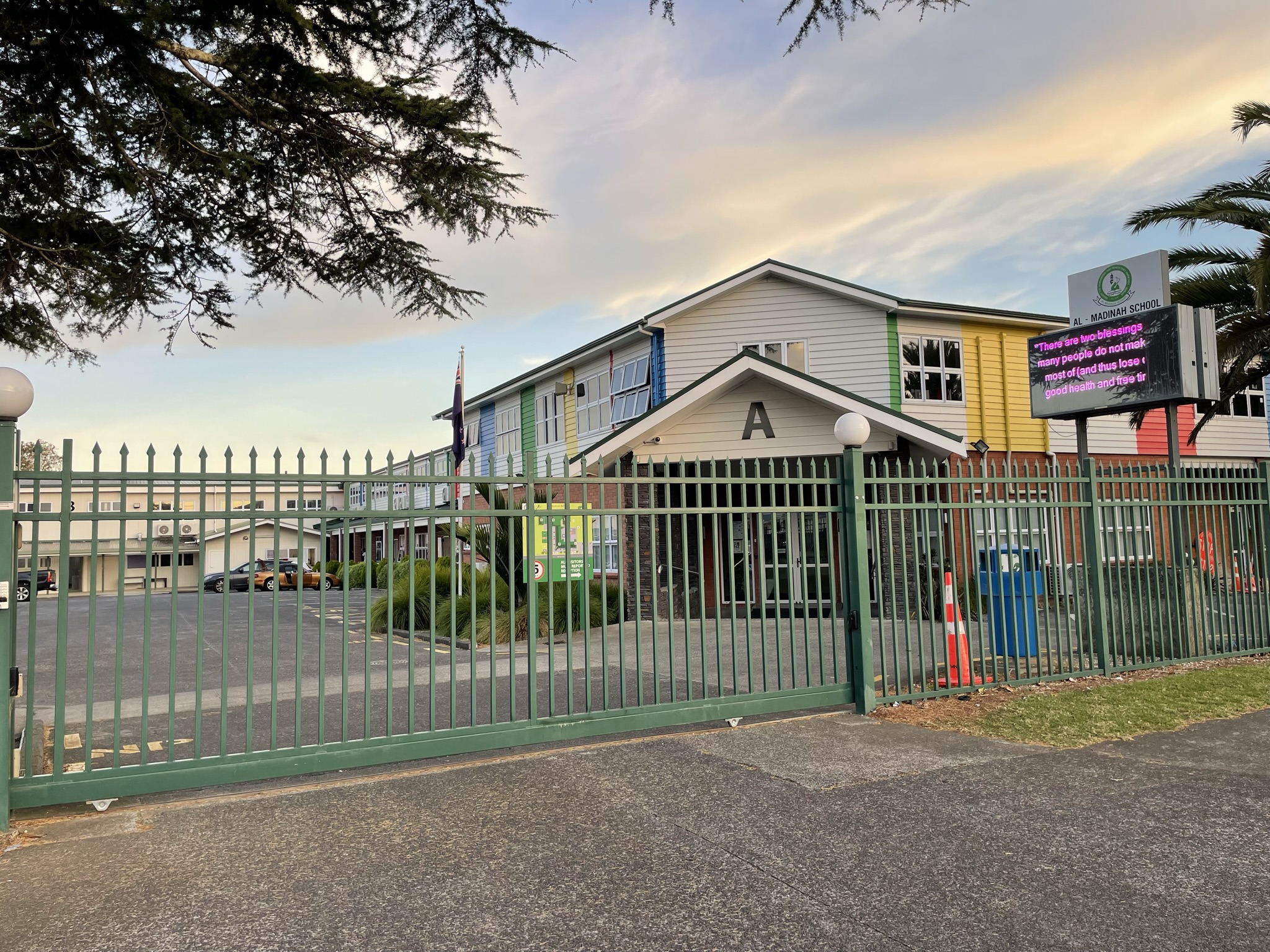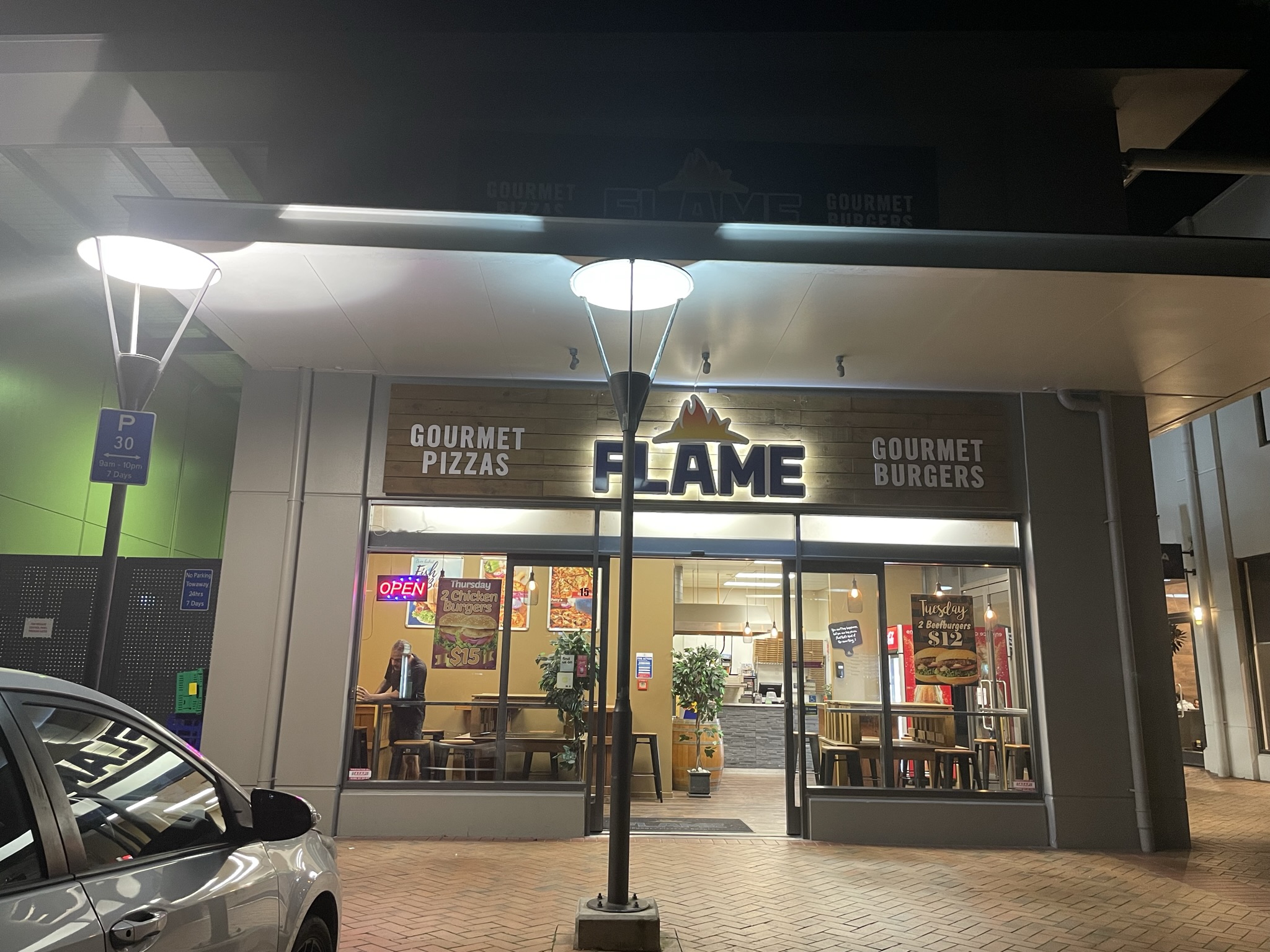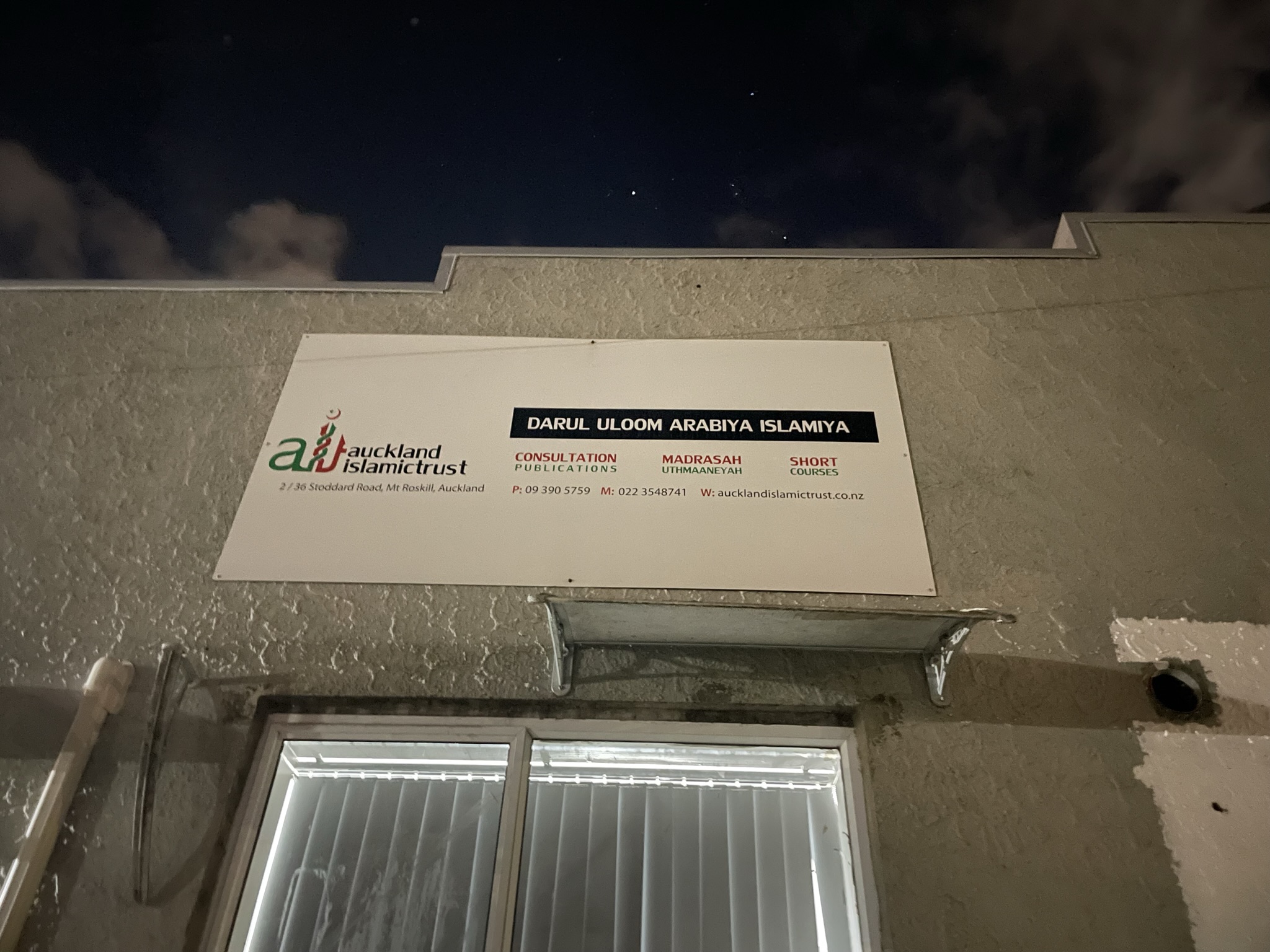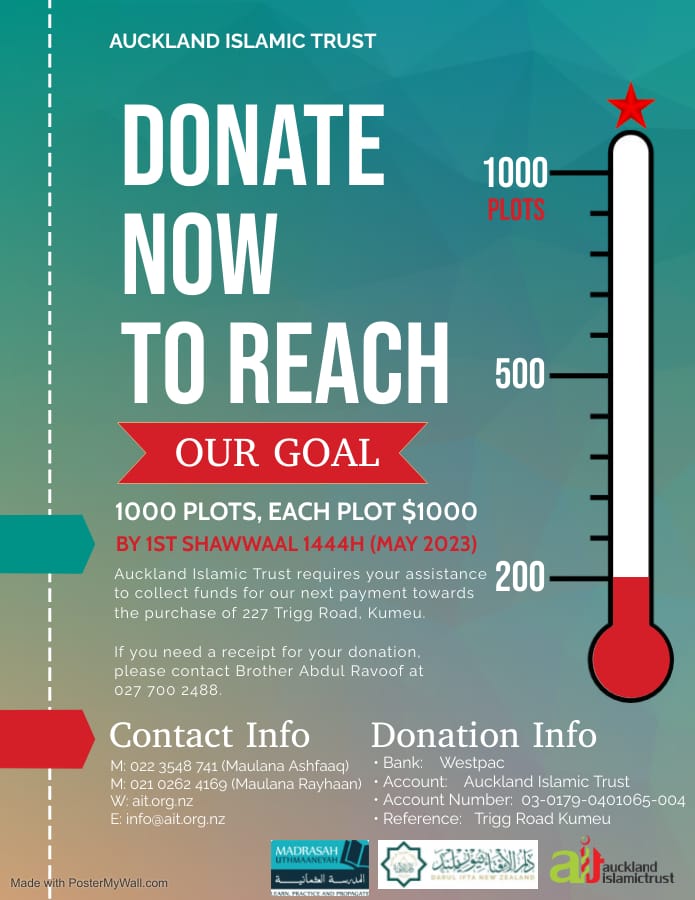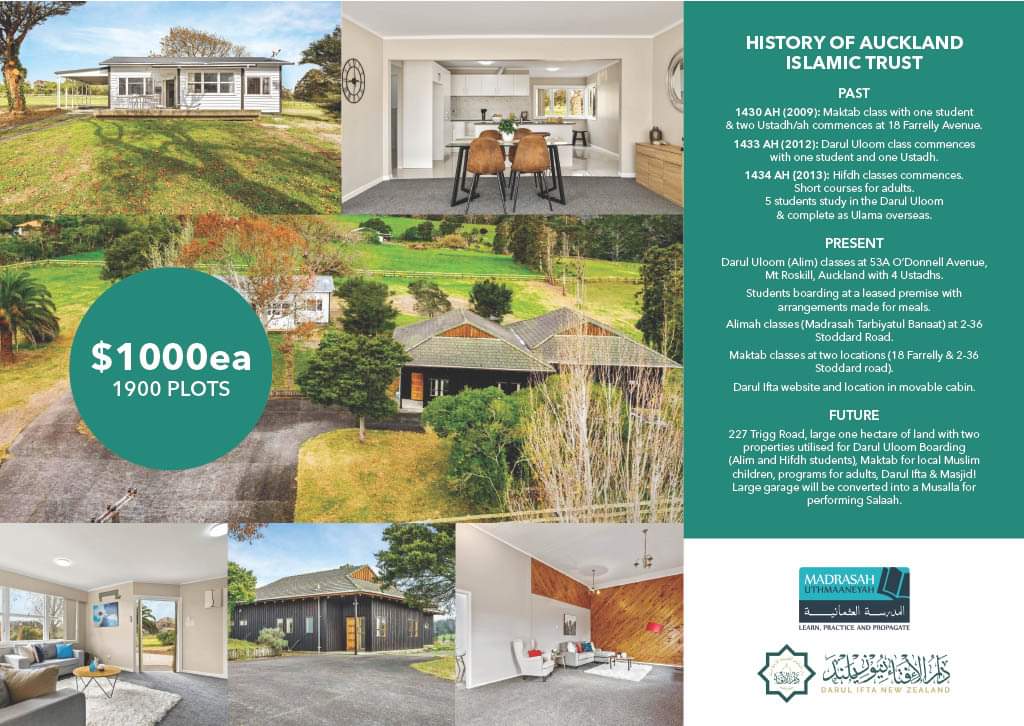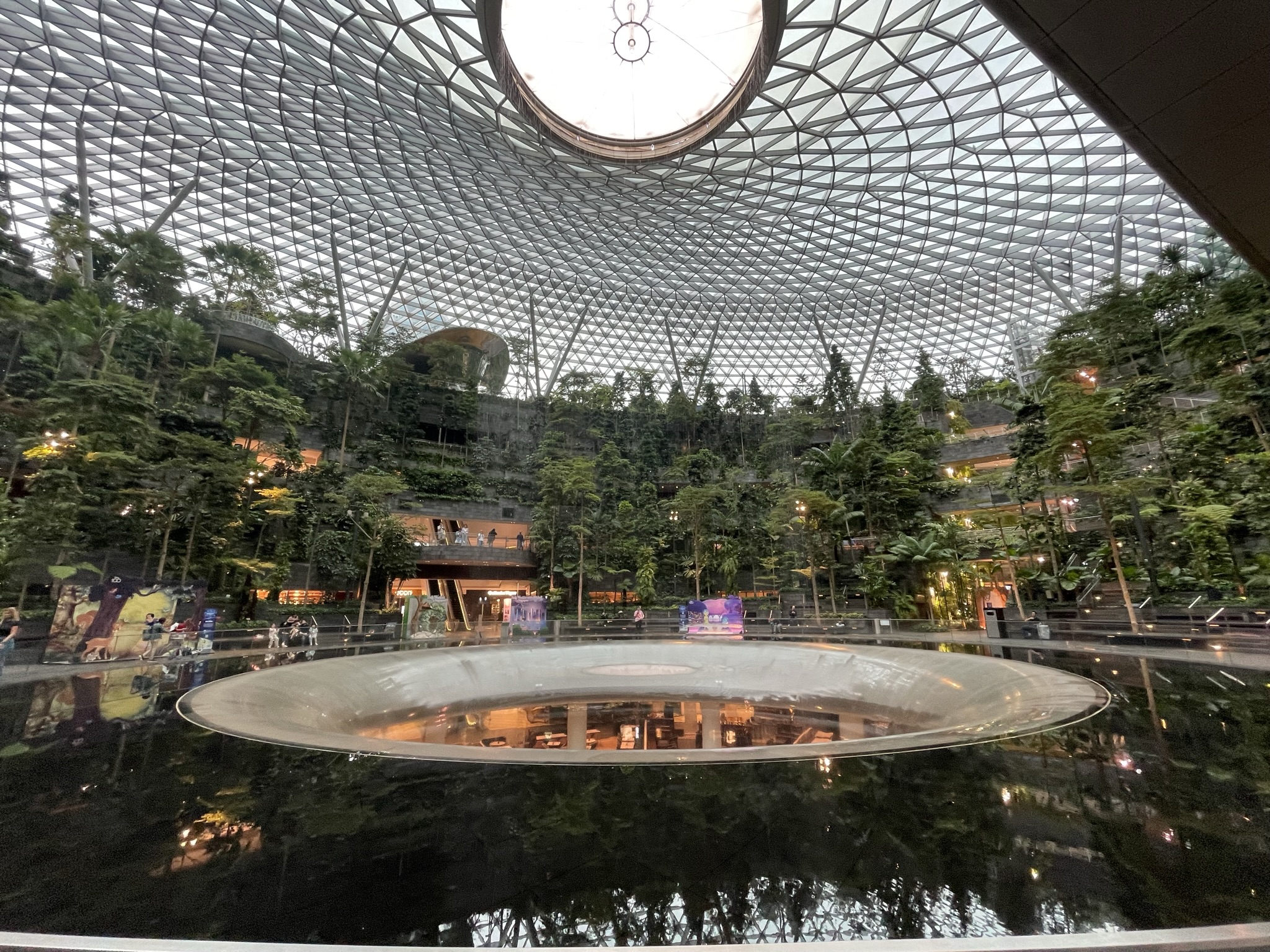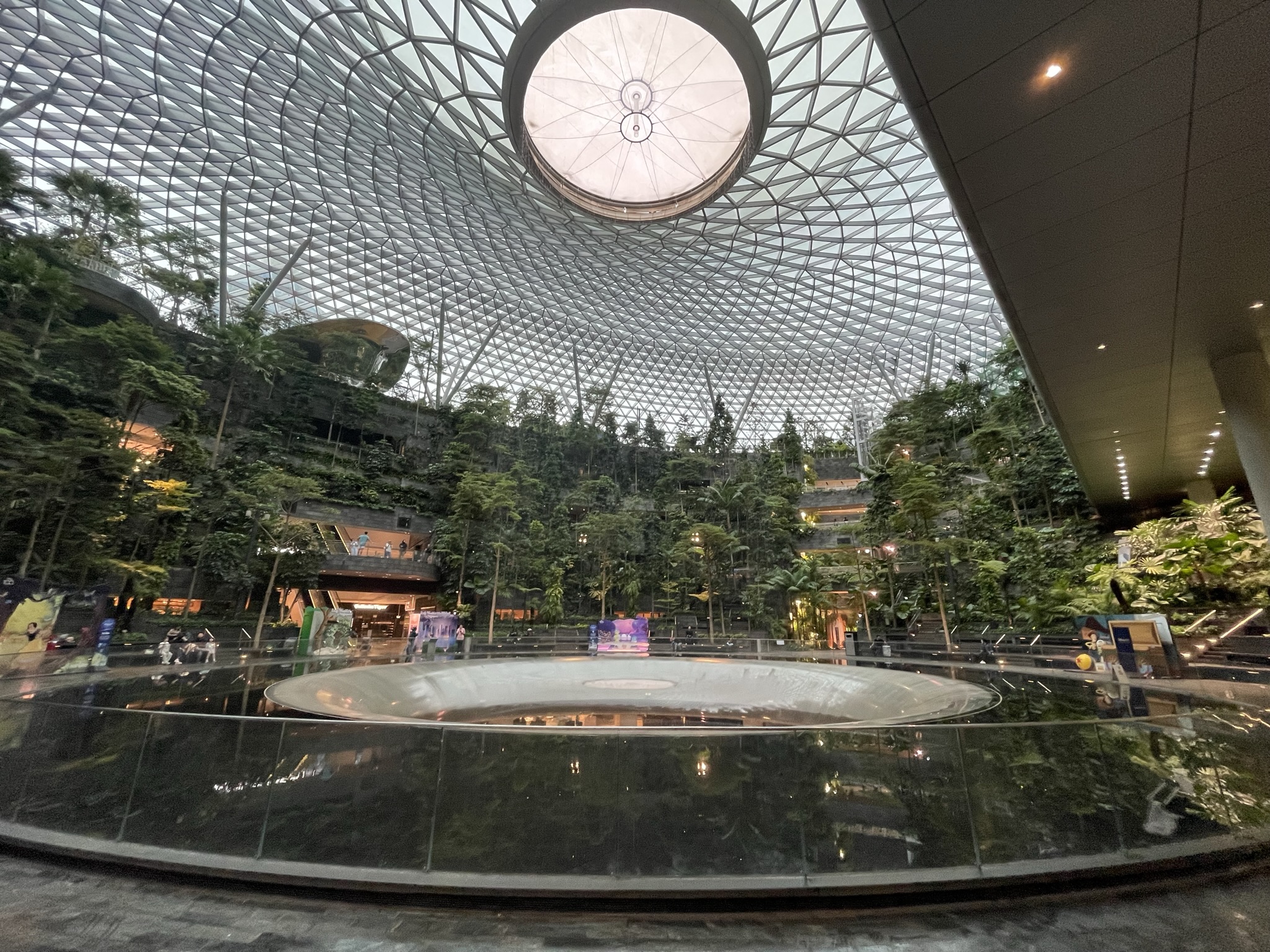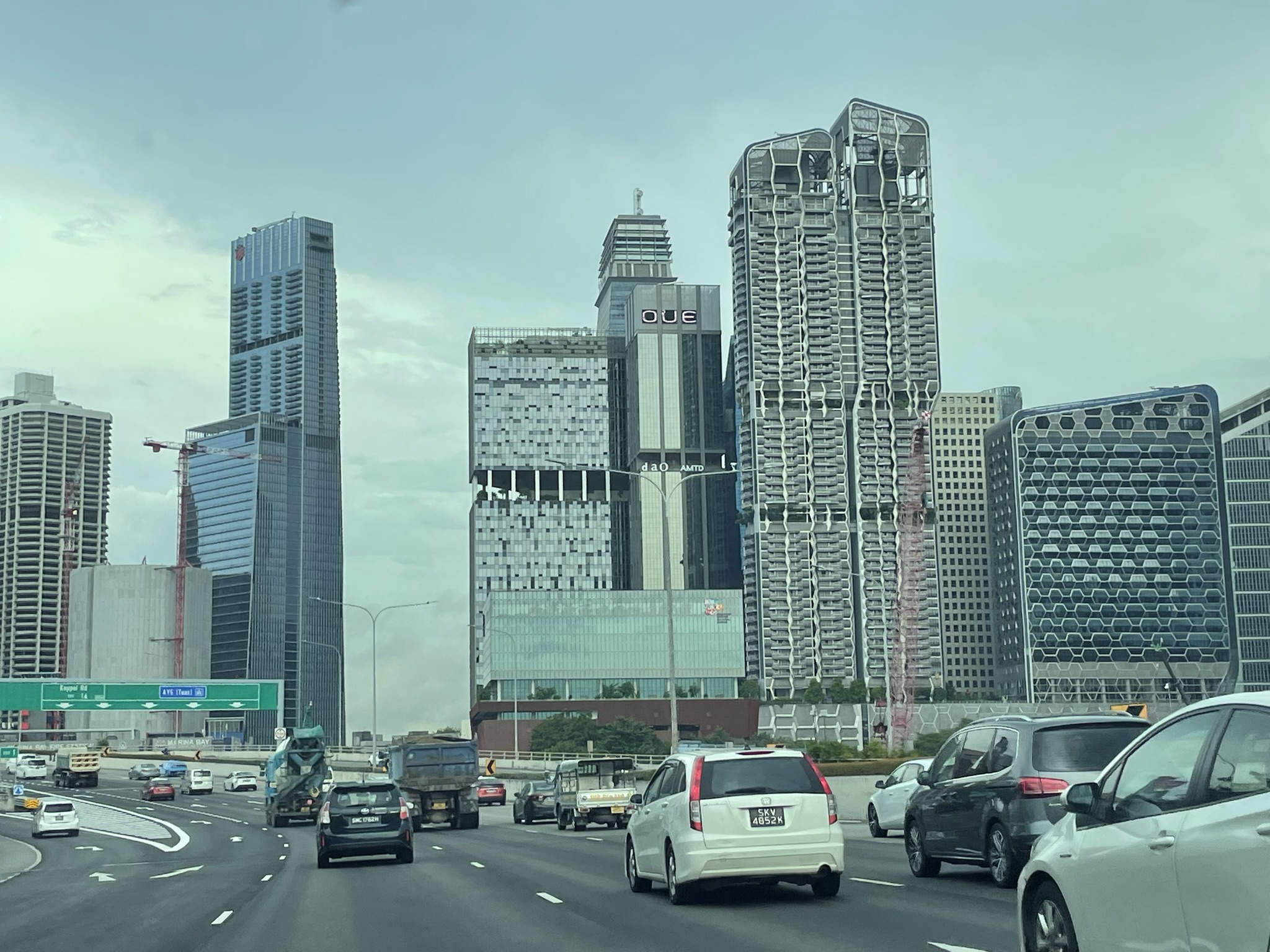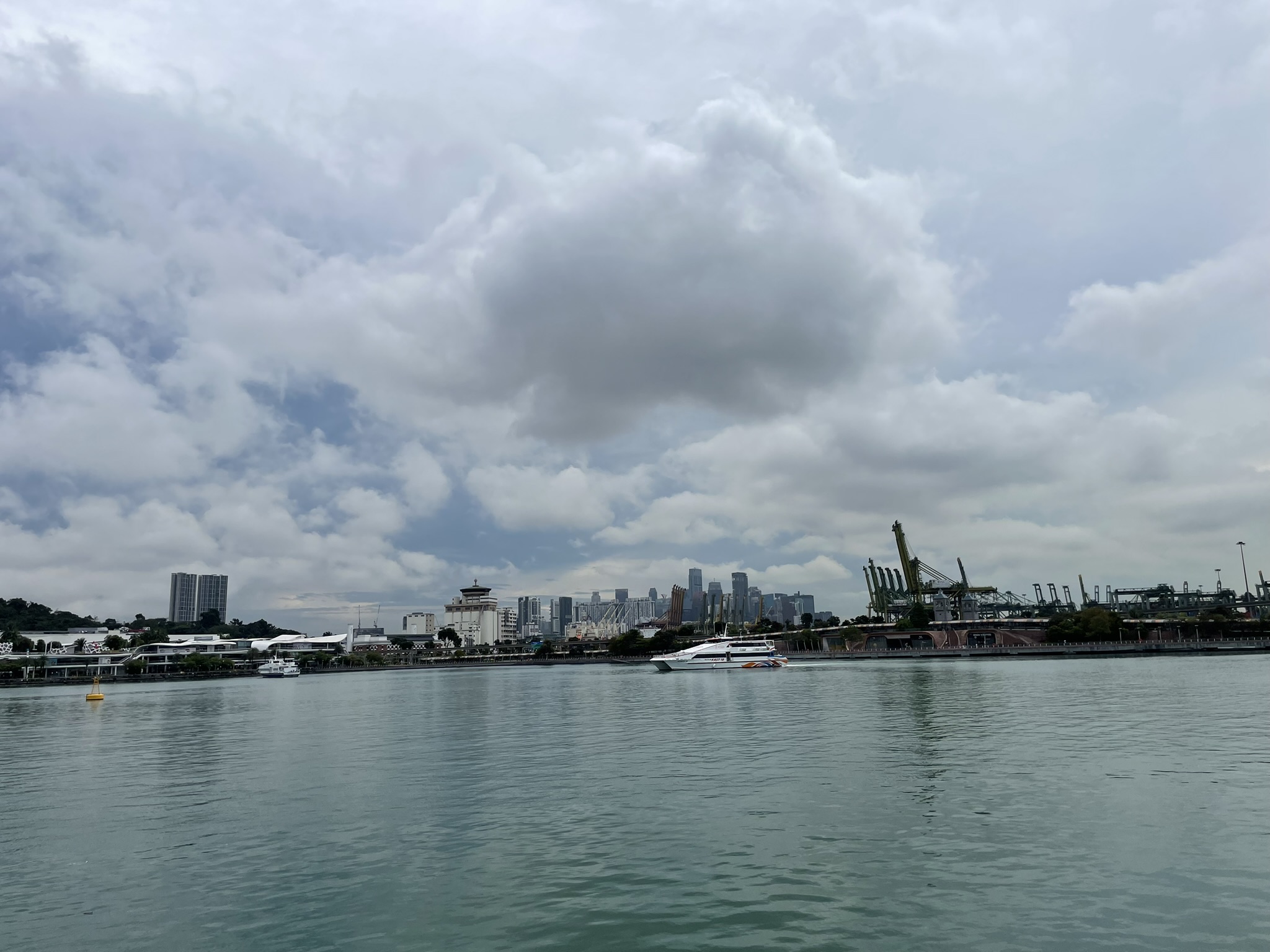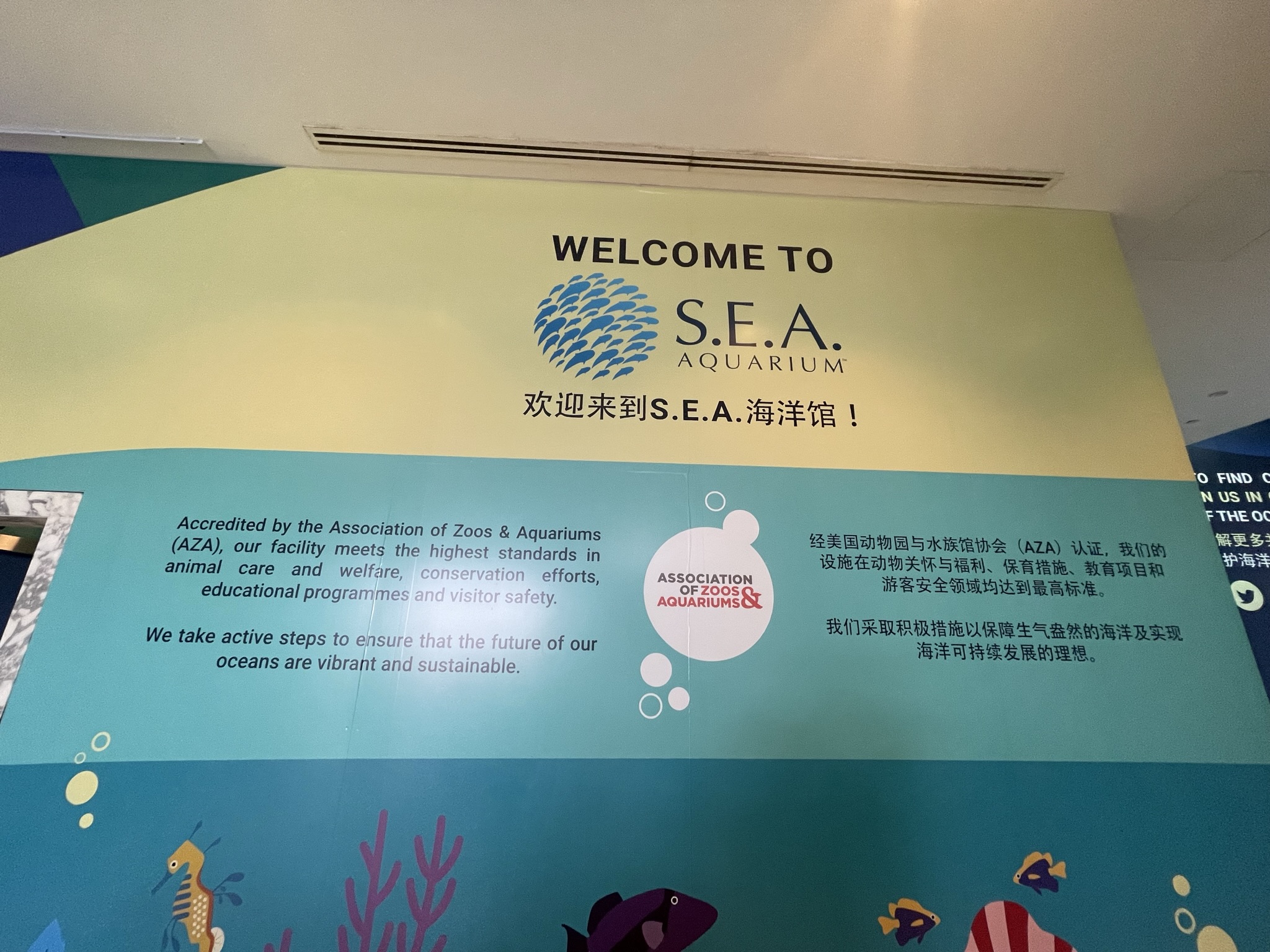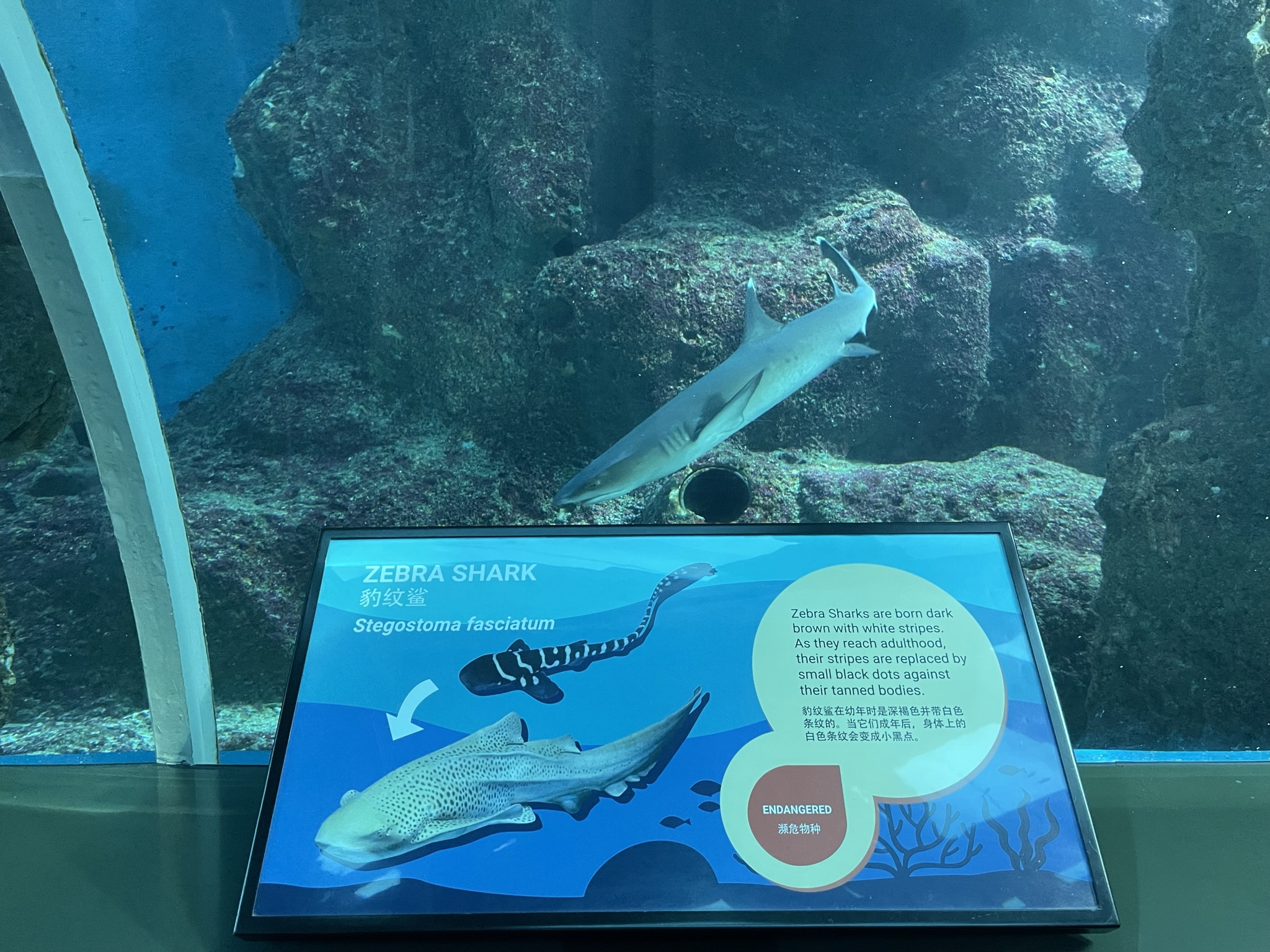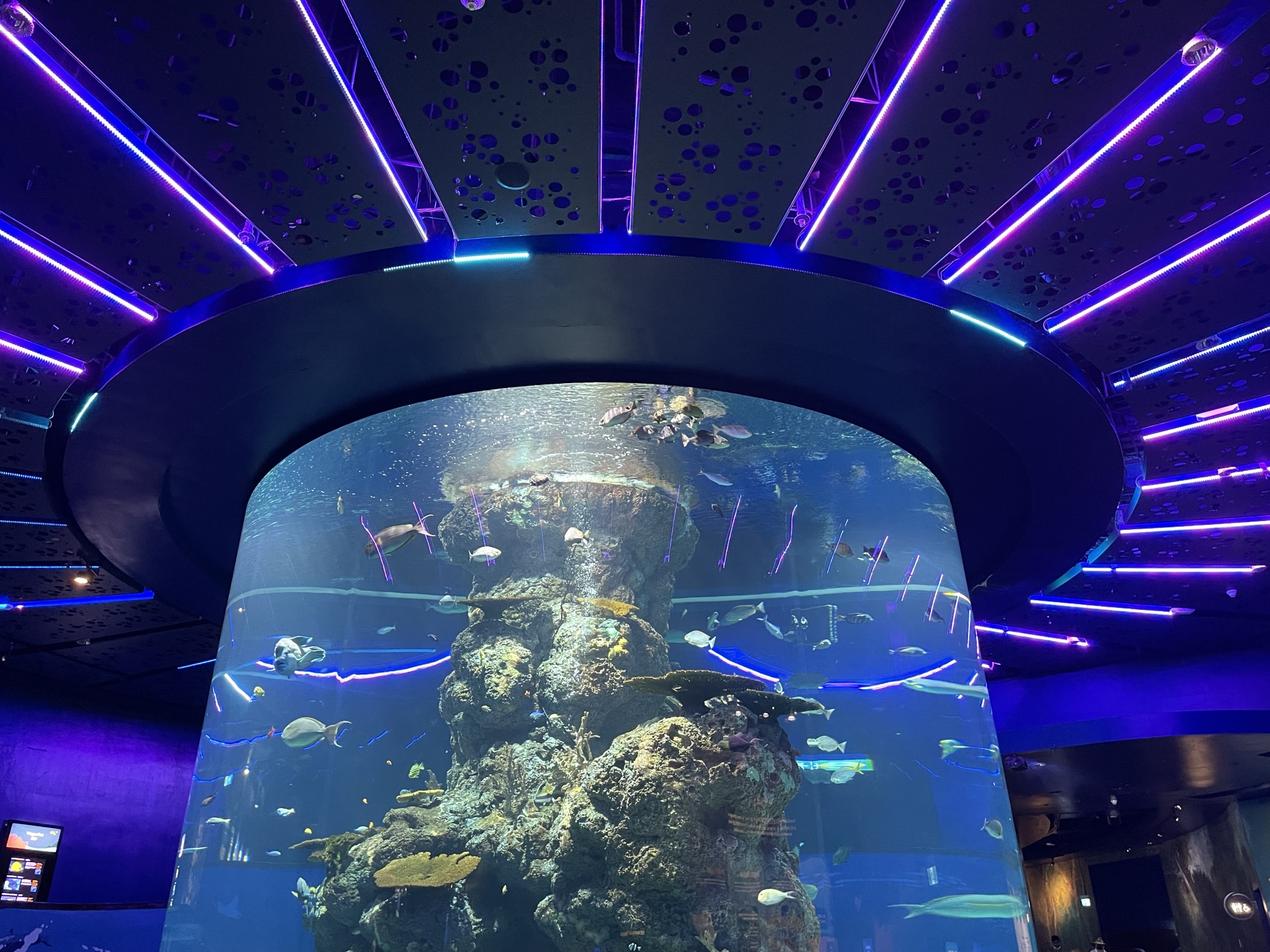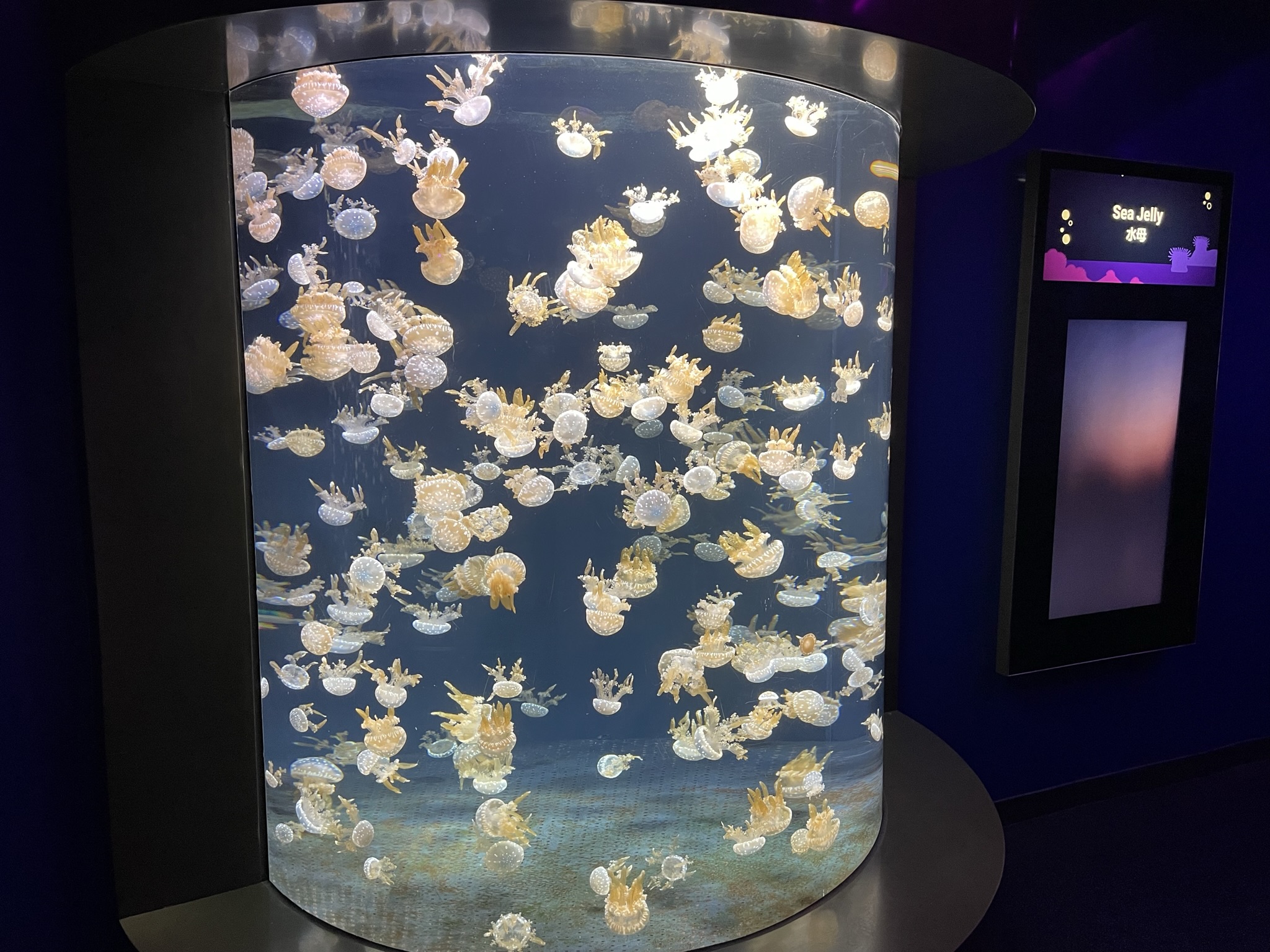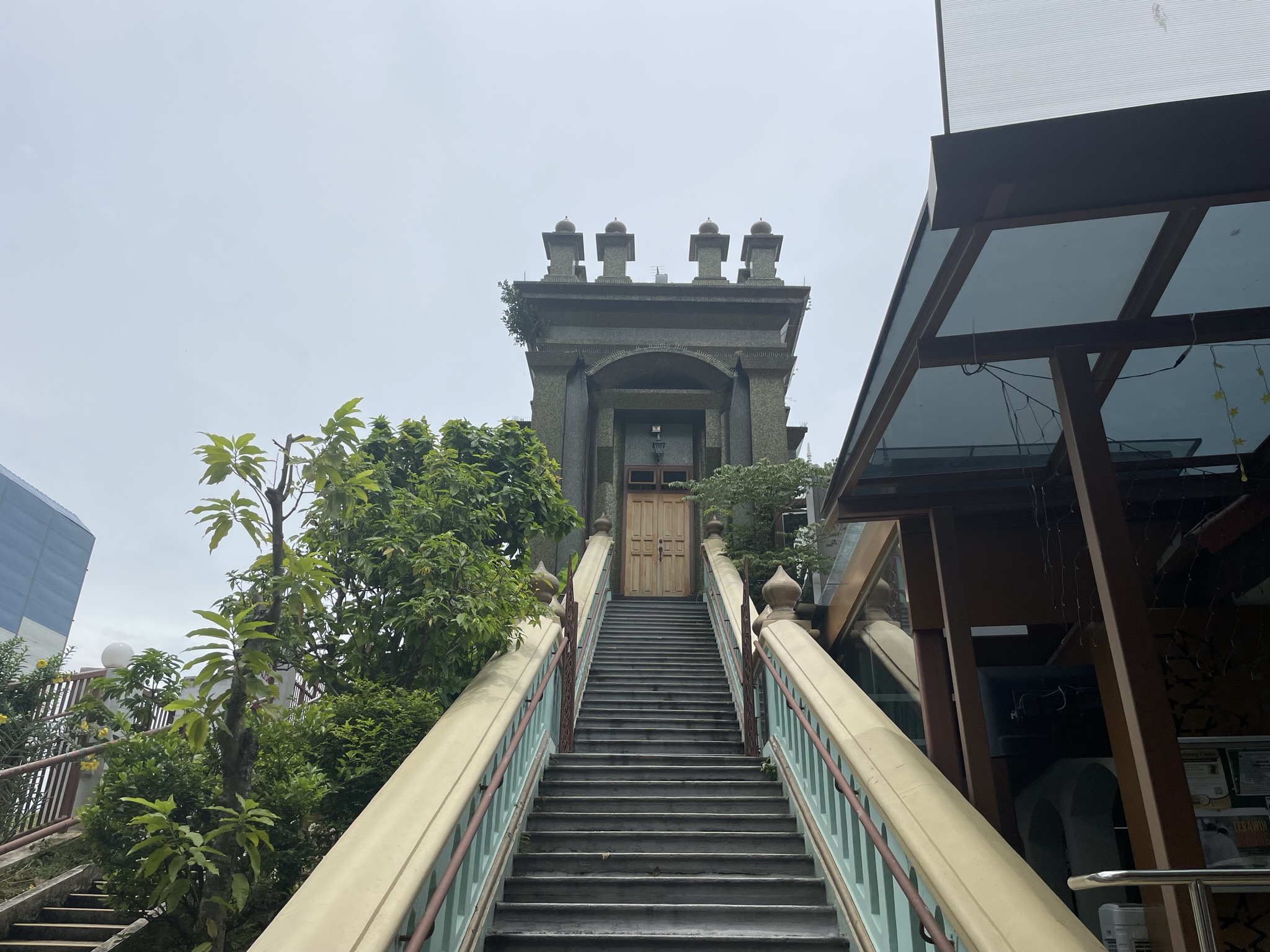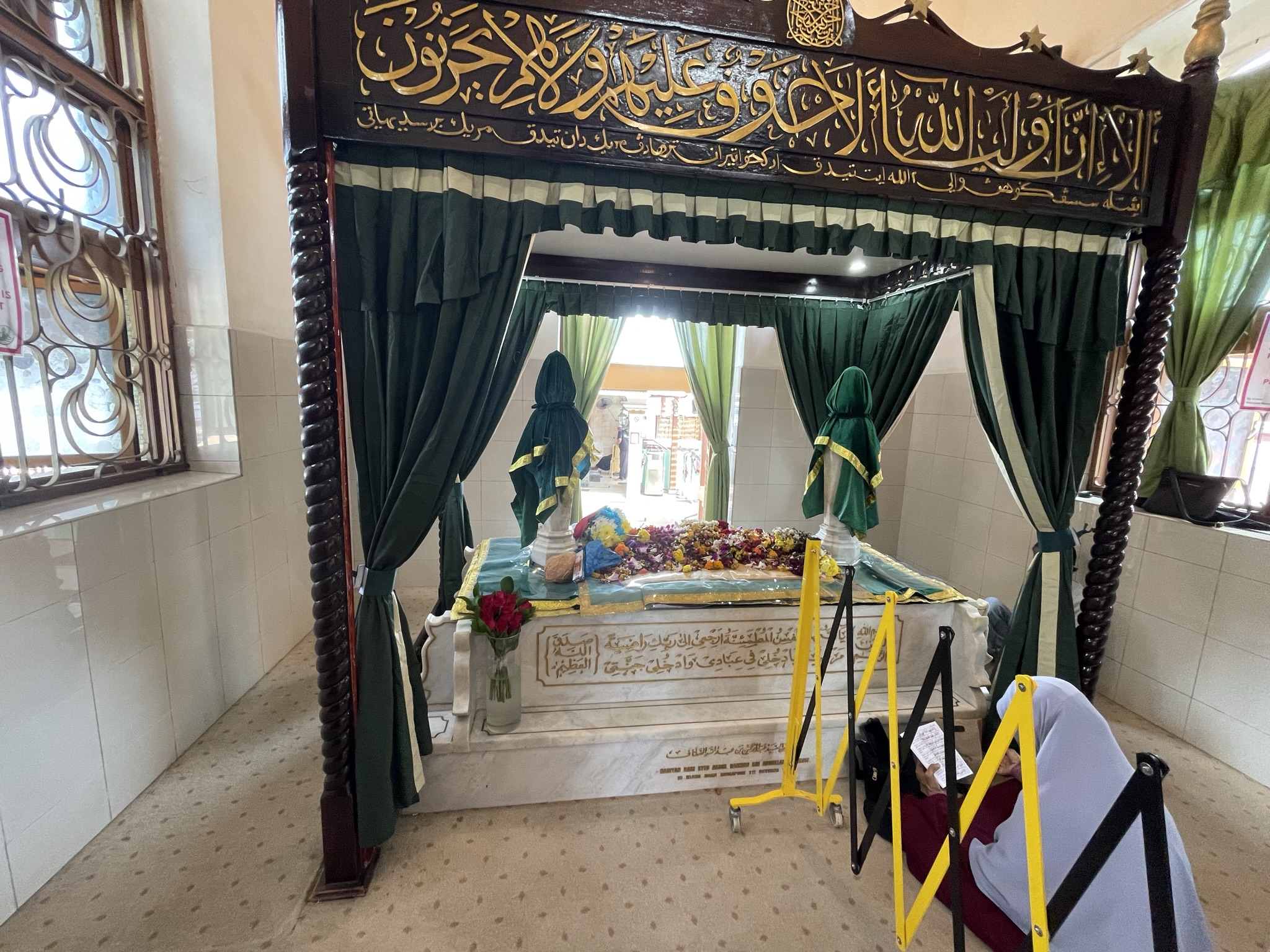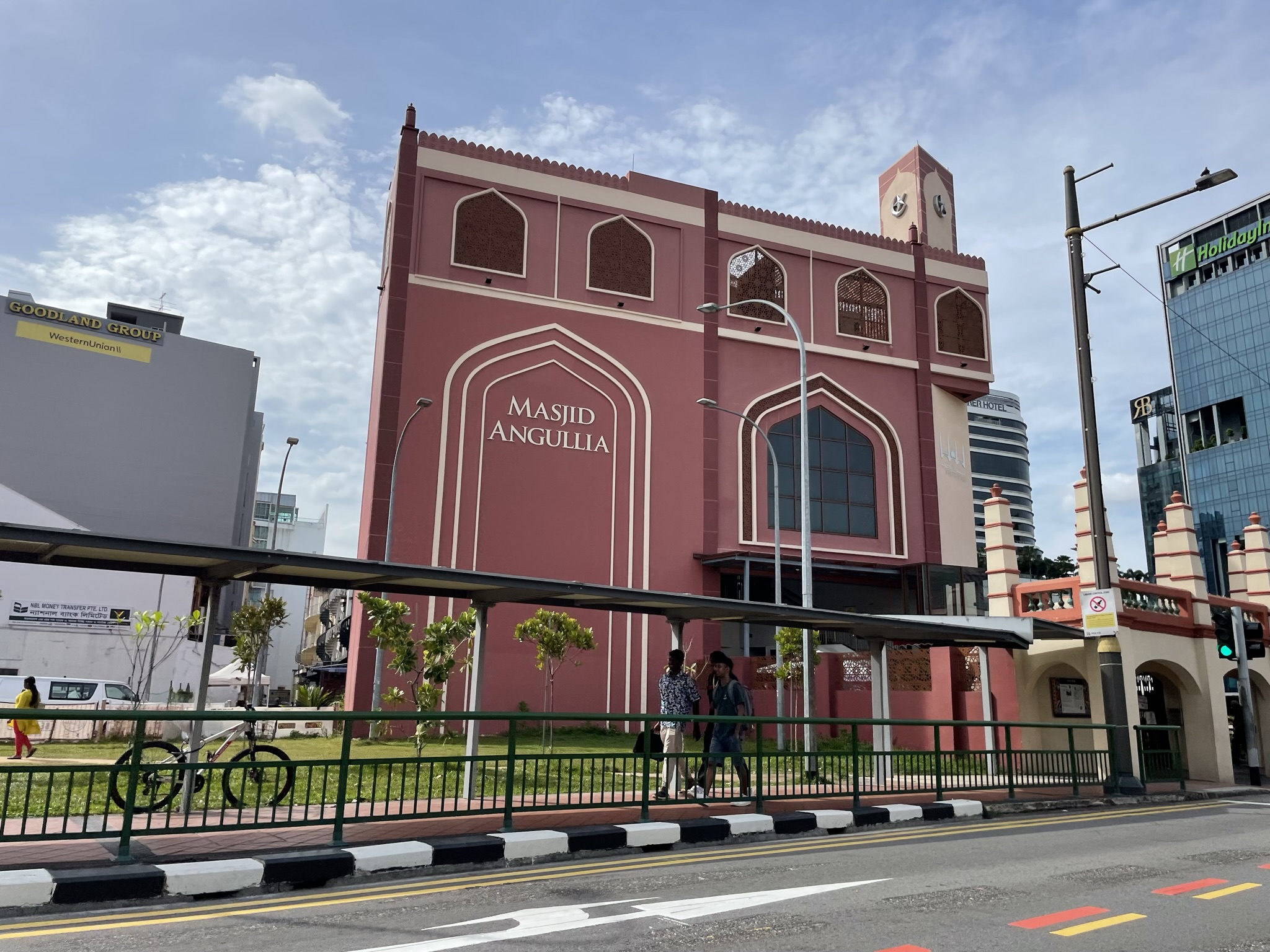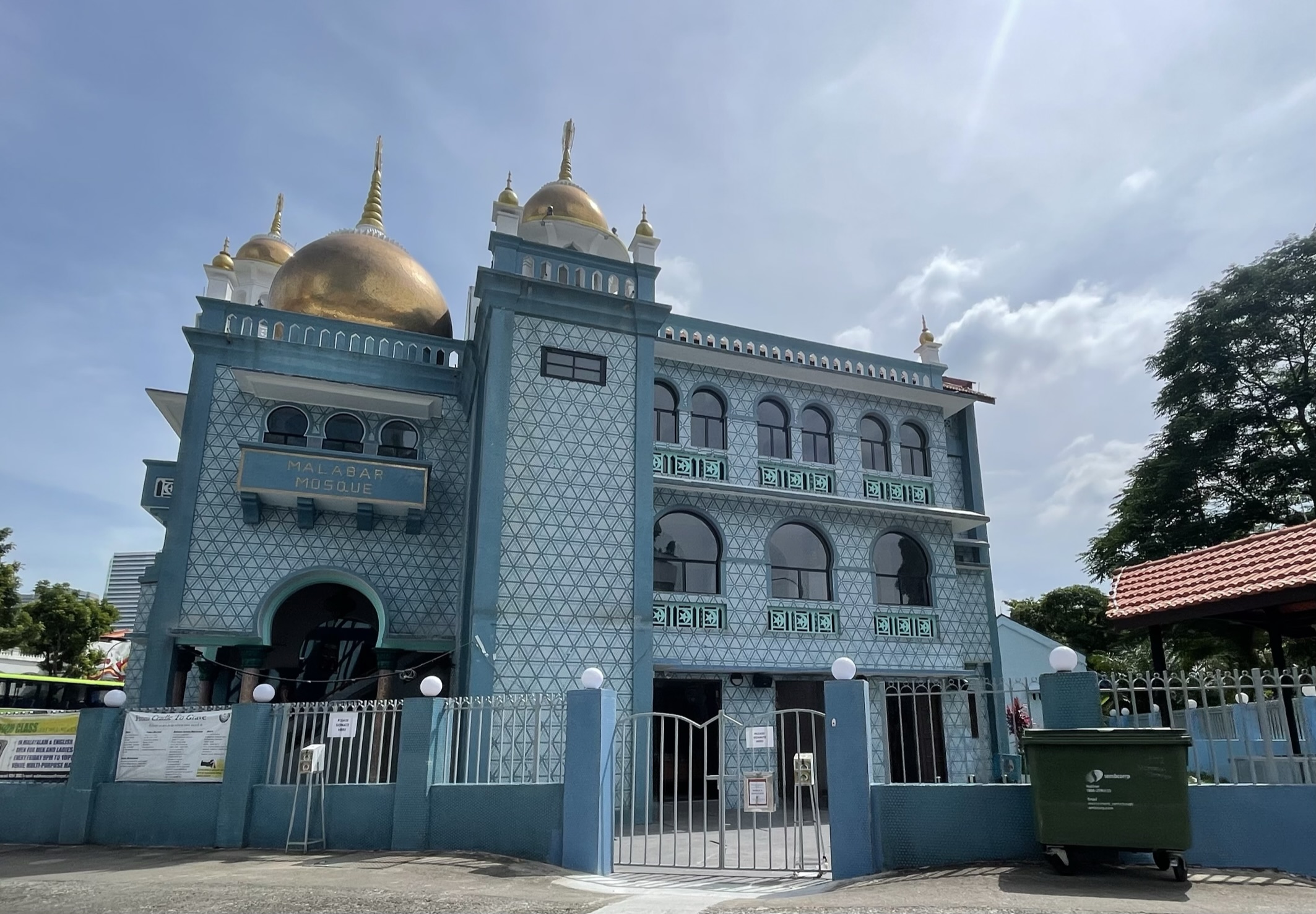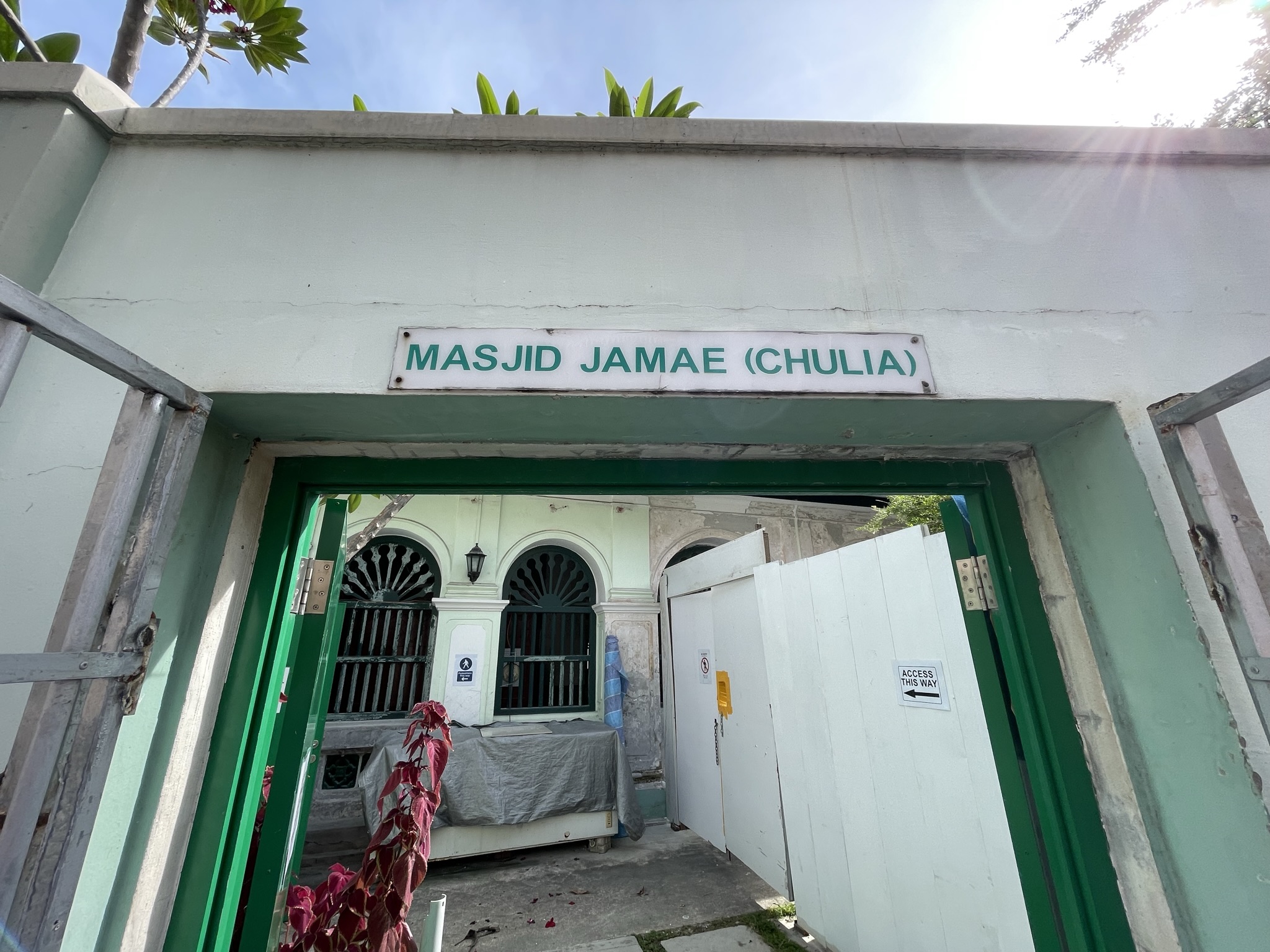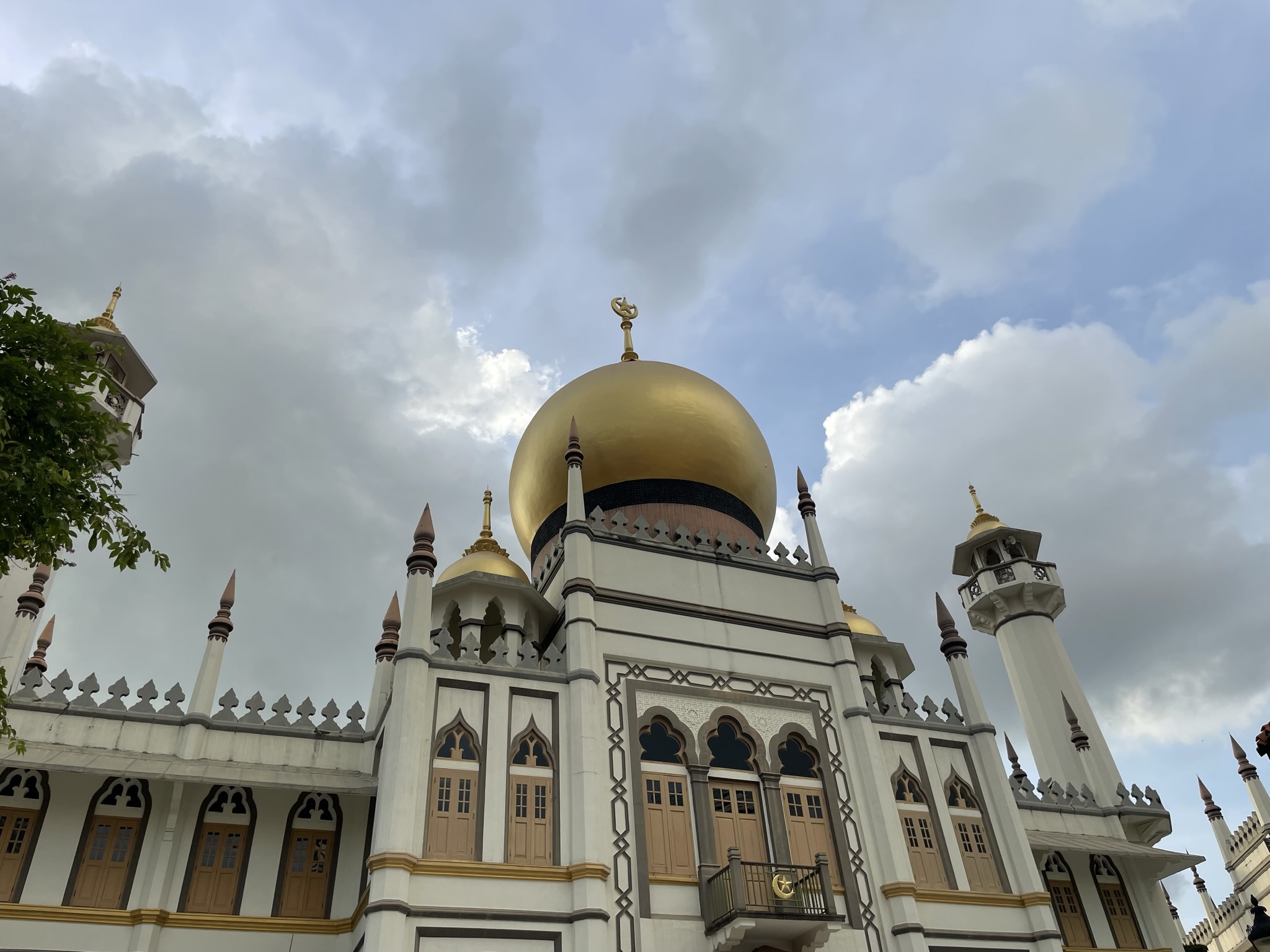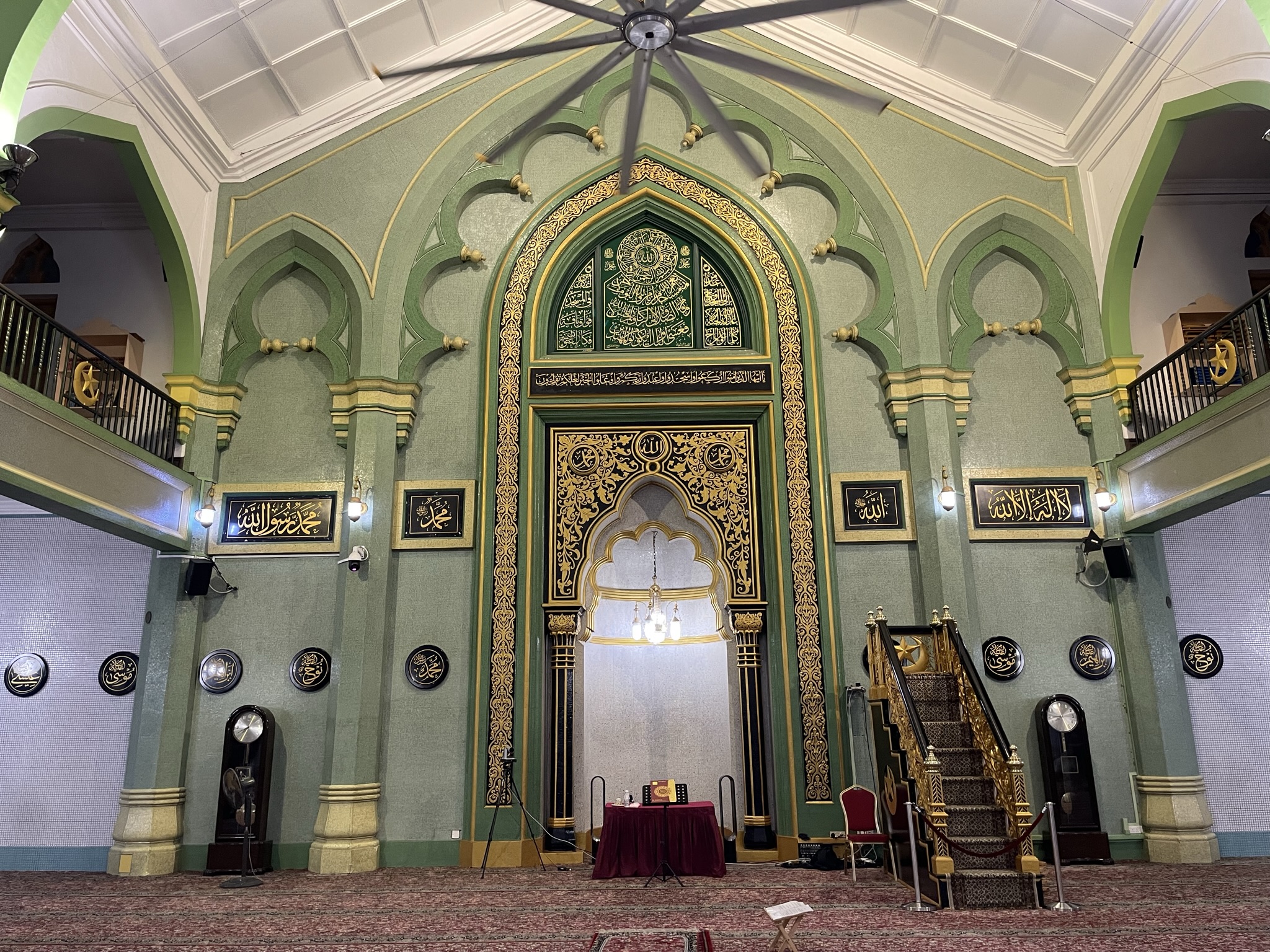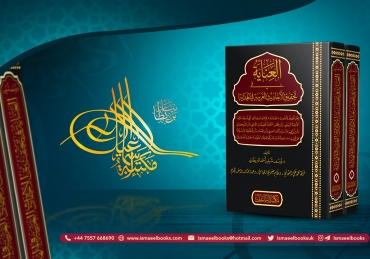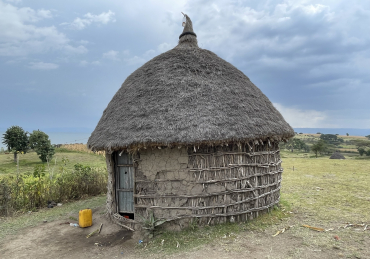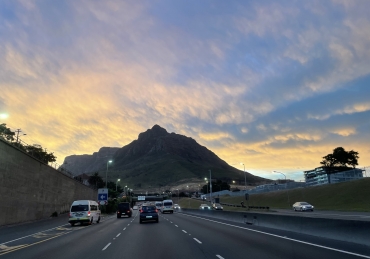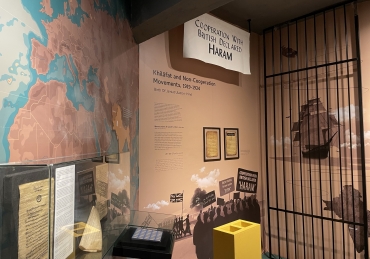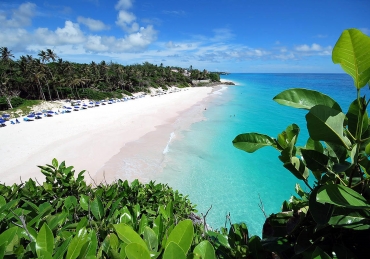One month in New Zealand, Australia and Singapore
In the name of Allah, the Compassionate the Merciful
Introduction
On Thursday 13 December 2012, our respected teacher Ḥaḍrat Mawlānā Yusuf Motala Raḥimahullāh (d. 1441/2019) performed my Nikāḥ with my cousin sister’s daughter at Darul Uloom Bury during the weekly Durūd Sharīf gathering. My wife and father-in-law Shaykh Khalil Ahmad Nadat travelled from New Zealand to the UK at the time. Ten years on, a visit to New Zealand is long overdue as I have not visited the country ever. The furthest I have travelled east is Bangladesh. The strict Covid-19 restrictions also delayed the trip. As the restrictions eased, we booked tickets for our family of five via Singapore which was the cheapest option at £750 each, a bargain due to booking several months in advance.
Our journey begins on Sunday 19 February as we board the 6.45pm Swiss Airlines from Manchester, which departs late at 8.15pm. The flight arrives into Zurich at 11pm local time. The onward Swiss Airlines flight to Singapore departed at 10.45pm. We are thus given the Hyatt Place Hotel at Zurich Airport and are re-booked on the 10.45am Singapore Airlines to Singapore, where we arrive the following morning on Tuesday 21 February at 6am. The service of Singapore Airlines is excellent, the staff are very friendly and it is easy to perform Ṣalāh standing. Singapore Airport is state of the art. Originally, we had a scheduled overnight stopover here in Singapore. However, due to the missed flight, we catch our 9am Singapore Airlines flight and arrive into Auckland at 12am on Wednesday 22 February. The flight duration between Zurich and Singapore is 12 hours and the flight duration between Singapore and Auckland is 10 hours. New Zealand is the furthest country from the UK. Other than a few hours of sleep, most of my time during the flight was spent editing Ṣifat al-Ṣafwah fī Khatm al-Nubuwwah, al-Ḥamdulillāh. The journey therefore did not feel long.
Part One – 22 February to 5 March 2023
Ten Days in Auckland
Strict customs at Auckland Airport
We arrive into Auckland Airport at 12am on Wednesday 22 February and complete the passenger arrival cards, declaring all food items. New Zealand has extremely strict controls on what can be brought into the country. We forget to declare a small 50 ml honey jar because of which we are given a $400 fine. It is a strict liability offence which means that forgetting is not a valid excuse. We exit the Airport and experience the breeze of Auckland. It is currently summer in New Zealand with the temperature at night averaging 18 degrees Celsius.
New Zealand
New Zealand is an island country in the southwestern Pacific Ocean. It consists of two main Islands, the North Island and the South Island along with more than 700 smaller islands. It is located about 1200 miles east of Australia across the Tasman Sea and 600 miles south of the islands of New Caledonia, Fiji, and Tonga. It is the sixth-largest island country by area, covering 103,360 square miles. Its population exceeds 5 million people, with Muslims making up 1.32% of the population (61,445) according to the 2018 census. The original inhabitants of New Zealand are the brown skinned Māori people.
The Encyclopedia Britannica states:
“New Zealand is a remote land – one of the last sizable territories suitable for habitation to be populated and settled – and lies more than 1,000 miles (1,600 km) southeast of Australia, its nearest neighbour. The country comprises two main islands – the North and the South Island – and a number of small islands, some of them hundreds of miles from the main group. The capital city is Wellington and the largest urban area Auckland; both are located on the North Island. New Zealand administers the South Pacific Island group of Tokelau and claims a section of the Antarctic continent. Niue and the Cook Islands are self-governing states in free association with New Zealand. New Zealand is a land of great contrasts and diversity. Active volcanoes, spectacular caves, deep glacier lakes, verdant valleys, dazzling fjords, long sandy beaches, and the spectacular snowcapped peaks of the Southern Alps/Kā Tiritiri o te Moana on the South Island all contribute to New Zealand’s scenic beauty. New Zealand also has a unique array of vegetation and animal life, much of which developed during the country’s prolonged isolation. It is the sole home, for example, of the long-beaked, flightless kiwi, the ubiquitous nickname for New Zealanders. New Zealand was the largest country in Polynesia when it was annexed by Great Britain in 1840. Thereafter it was successively a crown colony, a self-governing colony (1856), and a dominion (1907). By the 1920s it controlled almost all of its internal and external policies, although it did not become fully independent until 1947, when it adopted the Statute of Westminster. It is a member of the Commonwealth.”
It further states:
“Contemporary New Zealand has a majority of people of European origin, a significant minority of Māori, and smaller numbers of people from Pacific islands and Asia. In the early 21st century, Asians were the fastest-growing demographic group. New Zealand was one of the last sizable land areas suitable for habitation to be populated by human beings. The first settlers were Polynesians who traveled from somewhere in eastern Polynesia, possibly from what is now French Polynesia. They remained isolated in New Zealand until the arrival of European explorers, the first of whom was the Dutch navigator Abel Janszoon Tasman in 1642. Demographers estimate that, by the time British naval captain James Cook visited the country in 1769, the Māori population was not much greater than 100,000. They had no name for themselves but eventually adopted the name Māori (meaning “normal”) to distinguish themselves from the Europeans, who, after Cook’s voyage, began to arrive with greater frequency. The Europeans brought with them an array of diseases to which the Māori had no resistance, and the Māori population declined rapidly. Their reduction in numbers was exacerbated by widespread intertribal warfare (once the Māori had acquired firearms) and by warfare with Europeans. By 1896 only about 42,000 Māori – a small fraction of New Zealand’s total population at the time – remained. Early in the 20th century, however, their numbers began to increase as they acquired resistance to such diseases as measles and influenza and as their birth rate subsequently recovered. By the early 21st century, Māori constituted about one-sixth of New Zealand’s population, and that proportion was expected to increase. Europeans began to settle in New Zealand in the 1820s. They arrived in increasing numbers after the country was annexed by Great Britain following the signing of the Treaty of Waitangi in 1840. By the late 1850s settlers outnumbered Māori, and in 1900 there were some 772,000 Europeans, most of whom were New Zealand-born. Although the overwhelming majority of immigrants were of British extraction, other Europeans came as well, notably from Scandinavia, Germany, Greece, Italy, and the Balkans. Groups of central Europeans came between World Wars I and II, and a large body of Dutch immigrants arrived after World War II. Since the 1950s there has been a growing community of Pacific Island peoples from Samoa (formerly Western Samoa), the Cook Islands, Niue, and Tokelau. Although Chinese and Indian immigrants have long settled in New Zealand, since the 1990s there has been a large growth in migration from Asia.”
Welcome at the Airport
We are welcomed at Auckland Airport by my father-in-law Shaykh Khalil Ahmad Nadat and the family including my brother-in-law Mufti Talha Nadat. We travel to the family home near Masjid Umar in the Mount Roskill area of the city, which is a 15-minute drive. On the way, Shaykh Khalil points out some areas that were affected by the Cyclone last week. Many people were affected. The Government here has a generous social security system and has plans to rehabilitate the families affected.
Shaykh Khalil Ahmad Nadat
My father-in-law Shaykh Khalil Ahmad Nadat is among the senior scholars of the country. He migrated from India to New Zealand in 1988. At the time, there was only one Masjid in Auckland. In those early days, he hired a school classroom and started operating Maktab classes. There were only 3-4000 Muslims at the time in the country. Today, the Muslim population exceeds 60,000 and in Auckland alone, there are up to 40 Masjids and Musallas.
In the 1990s, Shaykh Khalil was involved in the establishment of Masjid Umar in Mount Roskill. He is also a senior member of FIANZ (Federation of Islamic Associations of New Zealand), the national umbrella organisation responsible for engagement with government, Halal regulation, moonsighting and other issues. He is active in the Halal industry and confirms that the lamb exports from the country are Halal (refer to the section below for more details). The red meat industry is one of the largest income generators in the country. Over 90,000 people are employed in the red meat sector, 4.7% of the total national employment. Red meat accounts for 16.2 percent of the country’s total exports. The slaughtermen for the red meat export market are all Muslims. In relation to the moonsighting, he confirms that there is unity in the country generally and that they only accept sightings from New Zealand and Fiji. (There has however been a split for the beginning of Dhū al-Ḥijjah 1444, this is because one of the criteria of FIANZ is that the difference with Saudia Arabia will not exceed one day. Generally, this is not an issue because the moon is sighted in New Zealand or Fiji or the month completes 30. However, on this occasion of Dḥū al-Ḥijjah 1444, the moon was not sighted on the following day in New Zealand or Fiji although it was sighted in Australia. For this reason, the Fiji community insisted that Eid al-Aḍḥā shall be on Friday 30 June 2023 whilst FIANZ insisted on Thursday 29 June 2023 as per its criteria. This part of FIANZ’s criteria does need reviewing as the difference with Saudi Arabia is irrelevant particularly when Saudi Arabia is routinely one day ahead of actual moonsighting).
In 2005, Shaykh Khalil invited our respected Mufti Muhammad Taqi Usmani to New Zealand. Details of this journey are outlined in Mufti Ṣāḥib’s Safar dar Safar (p.71). Mufti Ṣāḥib writes (p.73):
“Mawlānā Khalil Nadat Ṣāḥib was my inviter and host. He is a graduate of the famous seminary in Dabhel (India), and Māshā Allah has a keen interest in knowledge and a strong intellectual ability. He has been providing religious services in New Zealand for many years. He can converse in Arabic and English in addition to Urdu, and also delivers speeches in all three languages according to the need. He is also immersed in fulfilling the religious needs of Muslims here, and he has acceptance among the Muslims of New Zealand and is loved here.”
Islam in New Zealand
On the way home, Shaykh Khalil gives me a brief insight into the history of Muslims in the country. The earliest Muslim presence in the country dates back to the late 19th century. However, it was only in the 1970s that the number of Muslims increased from the hundreds to the thousands. At this stage, the Muslims were mainly divided into two groups: the first were the Fiji Muslims, and the other were the Indian Gujrati Muslims. The Bhikoo and Moses families were among the first Gujarati Muslims to migrate here.
Over the past two decades, there has also been an influx of refugees from Afghanistan, Somalia, Iraq and other countries. It is however noted that once refugees acquire their residence permits, many migrate to Australia because the economic opportunities are greater in Australia and the Muslim community is also larger there. Nevertheless, the Muslim population increased here in New Zealand from a few thousand in the early 1990s to 23631 in 2001, 36072 in 2006, 46149 in 2013 and 57276 in 2018. Approximately, two thirds of the Muslims are based in Auckland.
The Muslims in the country therefore form a small community. There are however many mosques and several Muslim schools. The Tablīg work is also active. The national umbrella organisation FIANZ (The Federation of Islamic Associations of New Zealand) represents Muslims and is widely recognised. Its Kiwi Muslim Directory is an excellent guide for tourists featuring a comprehensive guide to Masjids, Halal food places, Ṣalāh times and contacts for other essential services such as burials and marriages.
Rest
We arrive at Shaykh Khalil’s residence, eat dinner and wait for Fajr Ṣalāh time to begin. Generally, property prices are expensive here starting at £400,000 and the rent for a medium size property is £400 per week. The living costs are also high.
The time difference between New Zealand and the UK is 13 hours so it takes some time to adjust. We spend the rest of the day resting.
Auckland
The following day, on Thursday 23 February, we begin touring Auckland city. Allah Almighty has blessed the city with natural beauty and beautiful scenic attractions. It was previously the capital of the country and is the most populous urban area in the country with a population of 1.7 million people and the largest port. The city occupies a narrow isthmus between Waitematā Harbour of Hauraki Gulf/Tīkapa Moana (east) and Manukau Harbour (southwest). It is one of the few cities in the world to have a harbour on each of two separate major bodies of water. It is also home to many volcanic mountains which are a discernible feature of the city landscape and provide a superb view of the city whichever mountain you choose to climb.
As we head to the City Centre, the iconic Sky Tower becomes visible. It is 328 metres tall, making it the second tallest freestanding structure in the Southern Hemisphere, surpassed by Autograph Tower in Jakarta, Indonesia.
Mission Bay Beach
The beautiful scenic drive from the city centre takes us to Mission Bay, a waterfront haven and beach which provides stunning views of the city and the harbour. This is a popular destination for tourists.
We eat lunch here and visit the Kapiti ice cream shop. I tweet, “A visit to New Zealand is incomplete without eating Kapiti ice cream.” The Kapiti ice cream is also available in supermarkets.
Jumuʿah Ṣalāh at Masjid Abu Bakr al-Siddiq, Pakuranga
The following day, I am requested to deliver a talk and lead Jumuʿah Ṣalāh at Masjid Abu Bakr al-Siddiq in the Pakuranga area of Auckland. The speech focuses on the virtues of Shaʿbān and the night of 15 Shaʿbān. The Masjid serves a mixed community of Arabs, Afghans and others and is situated in an affluent area. There are two to three hundred worshippers in attendance. My father-in-law is currently Imam in this Masjid. The Masjid has facilities for sisters. After Jumuʿah Ṣalāh, a local Afghan brother Abdul Wasi insists we eat lunch at his house. The Afghans have a lot of respect for scholars and are extremely hospitable.
Dinner at uncle Muhammad Ali Memee’s house
Later in the evening, we head to the Mount Albert area and have dinner at the residence of uncle Ali Memee, a very close family friend of my in-laws. This is where Mufti Muhammad Taqi Usmani resided in 2005 during his visit, as also mentioned in his aforementioned travelogue.
Auckland Domain
On Saturday 25 February, we visit the Auckland Domain, the oldest park in the city which sits on 75 hectares of land. It is situated in the central suburb of Grafton, not too far from the City Centre. It is located on the slopes of the extinct volcano Pukekawa and is lined with forests, gardens, and open fields for sports and picnics. The volcano’s crater is now an amphitheater that hosts large public events. Also here is the historical Wintergardens, greenhouses displaying a range of colorful plants and flowers from all over the world.
The park is also home to one of the city’s main tourist attractions, the Auckland War Memorial Museum, which sits prominently on the crater rim (tuff ring). It is regarded as one of the most important museums and war memorials and is renowned for its unique collection of Māori and Pacific treasures. Its construction was completed in 1929 in memory of the soldiers that were killed during World War I.
New Zealand red meat messages
Later in the evening, I receive several messages from the UK in relation to the red meat sold in British supermarkets originating from New Zealand and a video circulating that they are Ḥalāl even if not labelled as Ḥalāl. As mentioned above, the red meat exports from New Zealand are regarded as Ḥalāl by the local scholars, even if they are not labelled as Ḥalāl. This is because the government has stipulated that the slaughtermen in the red meat abattoirs for the export market must be Muslim, because much of the red meat is exported to Muslim countries in Asia and the Middle East. However, all animals are stunned prior to slaughter here in accordance with legal requirements. Generally, in red meat animals, this does not kill the animal. Thus, whilst the act of stunning is not permissible, the animal will be lawful to consume as long as it was alive at the point of slaughter. This is from the perspective of the scholars based in New Zealand which is worth considering when meat is imported from New Zealand into the Halal market of the Middle East and labelled as Halal.
Returning to the issue at hand, our general advice to Muslims in the UK is to avoid purchasing red meat from supermarkets for several reasons. To begin with, blanket rulings and Fatwas have consequences and extreme care must be taken. Not everyone has the knowhow of tracing the source of red meat and a slight error in reading the tracing numbers can result in someone purchasing Ḥarām meat. In addition, there is a real risk of contamination because it is our understanding that meat is often repackaged later in the supply chain, and at this stage there is a risk of contamination with pork and other Ḥarām products, particularly when there is no intention to sell the meat as Ḥalāl. The supermarkets are under no obligation to avoid this contamination because the intention is not to sell it as a Ḥalāl product, hence it is not labelled or sold as Halal. In addition, there is a national system in place in the UK in the form of Halal Monitoring Committee (HMC) which is responsible for the regulation of Halal and has a thorough monitoring system in place including in processing plants and restaurants, combined with the fact that their criteria include non-stunning which is the Prophetic and superior method of slaughter. Therefore, Muslims in the UK should avoid purchasing such red meat from supermarkets which is not labelled as Ḥalāl, and avoid relying solely on the tracing number.
Devonport Domain Playground and Ferry
On Sunday 26 February, we travel over the famous Auckland Harbour Bridge and spend a few hours at the Devonport Domain Playground. We also eat lunch here We also eat lunch here kindly prepared by my wife’s mother and youngest sister.
One of the things I have noticed is that there are excellent facilities for tourists and visitors in all the parks and public venues across the city, and I understand it is the same across the country. The toilets are accessible and clean. There are tables for picnics and also BBQ gas booths in the parks. The parks are also good for children with a range of play options. The beaches feature free shower facilities. There are information centres at every public place manned by helpful staff. The people are friendly. The country is clean. People do not drive faster than the speed limit. Car insurance is not necessary here. Life is generally relaxed and calm.
Whilst at Devonport, we take the 12-minute boat ride to the city centre. This is a regular commuter route to avoid the round road journey and is therefore cheap. The ride provides scenic views of the city.
On the short ferry between Devonport in Auckland to Auckland City port pic.twitter.com/RPpAwZzhPn
— Dr Yusuf Shabbir (@ibn_shabbir) March 6, 2023
Avondale Islamic Centre
Later in the evening, my brother-in-law Mufti Talha Nadat, who studied in Darul Uloom Blackburn and completed his final year and Iftāʾ in Saharanpur, takes me to the Avondale Islamic Centre for Magrib Ṣalāh. This is a relatively new Masjid, which also has facilities for sisters. Mufti Talha is currently deputizing for the Imam Mufti Shakir Ṣāḥib, who is currently in South Africa (I meet him before departing from New Zealand, refer to the end of the travelogue).
Auckland Zoo and Western Springs Park
On Wednesday 1 March, we visit the Auckland Zoo which is situated next to Western Springs Park. It is the largest zoo in New Zealand and is home to 130 different species and more than 2800 animals.
We then visit the Western Springs Park and eat lunch, some home-made delicious burgers. The park is popular with a large lake in the middle. There is also a park for children with the lions of the zoo visible from here.
Janāzah
The following day on Thursday 2 March, Shaykh Khalil takes me to the Janāzah of a young Bangladeshi brother who passed away. His family members arrived earlier from Bangladesh. The Janāzah Ṣalāh and burial takes place at a cemetery near the Airport. Due to the tragic nature of the death and some family members arriving from Bangladesh, there are some females standing on the side of the prayer area. Shaykh Khalil advises them to stand behind the men and also partake in the Janāzah Ṣalāh should they wish to do so. Some of the members of the Janāzah committee object to this. This was not an appropriate time for a discussion on this so Shaykh Khalil does not insist. It is true that women should not attend the Janāzah Ṣalāh. However, if they are present like they are in Ḥaramayn, then there is no reason for them not to join in the Janāzah Ṣalāh behind the men.
Masjid Umar, Mount Roskill
Later in the evening, I am invited to Masjid Umar to deliver a talk to the Maktab children.
Masjid Umar is located in the Mount Roskill area close to the residence of my father-in-law. It is one of the largest Masjids of Auckland. It was established in 1988 from a garage. The current land on which the Masjid is situated was an empty land without any building. The owner was Jewish and refused to sell it to Muslims. The Christians eventually bought it and built a church. There were some internal issues and the priest fled with money. The Muslims eventually bought the church and converted it to Masjid Umar. This was in 1996. My father-in-law Shaykh Khalil was among the pioneers and explains to me that he travelled to the UK and other countries to raise funds. The cost was $1.5 million (£750,000) and it was a struggle as the community was small. Many women sold jewellery and donated the proceeds towards the Masjid project.
Today, the Masjid is vibrant with hundreds of worshippers and 200 boys and girls studying in the Maktab. Initially, the Maktab was run by the management of the Masjid. However, recently, the Maktab has been outsourced to the Masjid’s Imam Muhammad Patel, who has been an Imam here for 20 years and recites the Quran very well. He has established the Umar bin Khattab Learning Academy and welcomes me to deliver a talk. I ask him about the way in which Maktabs run here and the challenges faced by them. He explains that for many families especially refugee families, New Zealand is a transit country, once they acquire residency rights they migrate to Australia. The students are charged $60 (£30) per month and the teachers are renumerated with at least the minimum wage, which is currently $22.70 (£11) per hour. Mawlānā Muhammad is supported by a small team of scholars and volunteers including his brother-in-law, Mawlānā Abdul Haq Ṣāḥib who is active on social media and has been in touch with me since a few years. He is employed full time to manage the Maktab and also serves as Imam in a local Muṣalla nearby. He migrated from India three years ago. My wife’s youngest sister also teaches here.
After my short speech sharing the story of the pearl necklace, I am asked to write my reflections in the visitors’ book. I write the following:
“2/3/2023 – Yusuf Shabbir – UK, Blackburn
Extremely impressed by the setup at Masjid Umar Auckland and the Maktab that is serving 200 pupils, boys and girls. Allah Almighty bless the Masjid and take it from strength to strength. Ameen.
Yusuf Shabbir”
Jumuʿah Ṣalāh at Masjid Umar and meeting Mawlānā Bashir Diwan (91)
On Friday 3 March, I lead the Jumuʿah Ṣalāh at Masjid Umar, the pre-Jumuʿah lecture focuses on the seven people who will be granted shade in the hereafter. After Ṣalāh, it is an honour to meet Mawlānā Bashir Diwan Ṣāḥib who is 91 years old. He graduated from Darul Uloom Deoband in 1952 and studied under the likes of Shaykh al-Islām Mawlānā Ḥusayn Aḥmad Madanī (d. 1377/1957). He spent 40 years in Fiji and thereafter moved to New Zealand. His letter prompted the first Tablīg Jamāʿat to visit Fiji in the 1960s from Zambia. His memory is intact. I meet him briefly and intend to visit him at his home at some point.
One Tree Hill
Auckland is home to many mountains. They are a discernible feature of the city landscape and provide a superb view of the city whichever mountain you choose to climb.
Thus, in the afternoon, we visit the One Tree Hill, a 182-metre volcanic peak next to Mount Eden, which provides scenic views of the city and both its harbours.
We walk to the top, where there is a huge obelisk, which was erected for the city’s centenary celebrations in 1940, as part of a bequest by Sir John Logan Campbell, one of Auckland’s founders. Next to this obelisk was a native Totara tree which was then replaced with a pine tree which was then removed. It has not been replaced since. There are differing views and perspectives in this regard.
Programme at Jami Masjid Ponsonby (Tablīg Markaz)
We perform Magrib Ṣalāh at the Jami Masjid in the Ponsonby area, this was the first Masjid established in New Zealand in the 1970s. It also serves as the national Tablīg Markaz, for the world Shūrā colleagues. Unfortunately, the split in Tablīg has also affected this part of the world. The Masjid is run by the New Zealand Muslim Association which runs approximately ten Masjids and Musallas. Ponsonby is an affluent area of the city.
After Ṣalāh, I am requested to deliver the weekly talk, which focuses on Ikhlāṣ and Sunnah and sharing the story of the three men who were stuck in the cave, as transmitted in Ṣaḥīḥ al-Bukhārī and other books. The Masjid is well attended and food is served after the speech. Generally, the effort of Tablīg is good and has yielded good results. The Imam of this Masjid is Shaykh Harun who is a famous Qārī. However, he struggles to read the Quran since a few years. Allah Almighty grant him ʿĀfiyah.
Madrasah Ihyauddin, Bombay Hills
The following day on Saturday 4 March, we visit Madrasah Ihyauddin in the Bombay Hills area in the outskirts of the city.
This is one of two recently established Darul Ulooms in New Zealand. It serves 26 students with an additional 20 students in the Maktab. My brother-in-law Mufti Talha and our Darul Uloom Bury graduate Shaykh Sarfaraz Ali both teach here, and my other brother-in-law Ḥāfiẓ Muhammad is a student here. The founder is the Fijian Mufti Musayyib, a graduate of Darul Uloom Azaadville in South Africa. The other Darul Uloom is run by Mufti Irshad Motara, the grandson of Mawlānā Bashir Diwan. It has a similar number of students. Both Darul Ulooms do not provide schooling; many of the students opt for home schooling. This is an issue that needs reviewing (as discussed at the end of the travelogue).
Blockhouse Bay Beach
On Sunday 5 March, we visit the Blockhouse Bay Beach, which is perched on the edge of the Manukau Harbour. It is a popular spot for locals and, like the other beaches, has an adventure playground for children. The view is picturesque with the blue sky and the blue water.
In the company of Mawlānā Abdul Haq and visit to Karangahake Gorge
Later in the afternoon, Mawlānā Abdul Haq Ṣāḥib drives me to Karangahake Gorge, which is 130km from Auckland city, situated between the Coromandel and Kaimai ranges, at the southern end of the Coromandel Peninsula. The drive takes 90 minutes. As mentioned above, Mawlānā Abdul Haq Ṣāḥib is responsible for the day-to-day operations of Umar bin Khattab Learning Academy and is active on social media particularly on challenging the oppression of the Indian government. This is what unites us. It is difficult to find scholars nowadays who come out of their comfort zone and stand up against injustice. He has been in touch with me since a few years and shows immense affection towards me. He suggested earlier that we should visit Karangahake Gorge and spend some time together.
We arrive into Karangahake Gorge at approximately 5pm. The area combines gold mining history and natural springs, much of it accessible through a variety of walks across the river bank and beyond. We drink fresh cool water from the natural springs and walk across the river bank. We also ascend to the area where there are some historic rail tracks used for transporting the gold. There are a range of walking options, from short walks to full day hikes.
Honoured to spend a day with @AbdulhaqMusa_ in Karangahake Gorge, New Zealand, which combines gold mining history and natural springs, much of it accessible through a variety of walks across the river bank and beyond. pic.twitter.com/UUCyvUktxE
— Dr Yusuf Shabbir (@ibn_shabbir) March 6, 2023
We return to Auckland city, perform Ṣalāh in Masjid Umar and thereafter head to the City Centre and eat from Celine restaurant, not far from the Sky Tower.
Part Two – 6 to 9 March 2023
Visit to various landmarks in Central North Island
The next phase of the journey begins on Monday 6 March 2023 as we decide to travel to various towns and cities in the North Island. We are heading to Tauranga, situated on the eastern coast. On the way, we make a brief stop at Karangahake Gorge, which I visited yesterday. The roads in New Zealand are in a good condition, but most are single carriageways.
Mount Maunganui, Tauranga
We arrive at the coastal city of Tauranga shortly after midday. The distance between Auckland and Tauranga is 230km, and the drive takes just over 2.5 hours. The city is located in the Bay of Plenty and is the fifth most populous city of the country, with an urban population of 158,000. It hosts historic buildings like the Elms Mission Station, an 1847 Georgian-style home. There is also a small mosque in city as per the Kiwi Muslim Directory.
After a quick drive in Tauranga, we head to Mount Maunganui, a relaxed beach town that occupies a peninsula at the southern end of Tauranga Harbour. A bridge over the harbour connects the city to this beach town which is famous for hot saltwater pools and an extinct namesake volcano with winding walking paths. The peninsula is actually a huge sandbar, with a sheltered bay on the inner harbour side and a magnificent surf beach on the ocean side. At the very tip of the peninsula is a distinctive peak (Mauao) which rises to 230 metres above sea level. It is sacred to the Māoris. There are several tracks leading to the summit, providing scenic views of the harbour and the Pacific Ocean.
A view of the Pacific Ocean from coastal city of Tauranga in the Bay of Plenty. Tauranga is located on the east coast of the North Island and is famous for its beaches neighbouring Mount Maunganui. pic.twitter.com/GmA0V3oVSN
— Dr Yusuf Shabbir (@ibn_shabbir) March 8, 2023
With children with us, we stick to the beach, which has been rated by Trip Advisor as the best beach in New Zealand. The good thing about beaches in New Zealand generally is that they are not crowded, with many quiet spots. This is the first time of experiencing the Pacific Ocean. We also eat ice cream from the Copenhagen Cones shop.
Okere Falls
Later in the afternoon, we start the journey south towards Rotorua. There is a new two-lane toll road which does not appear on the GPS navigation which enables us to complete the 50km journey to Okere Falls in 30 minutes. Okere Falls is a small town located 21km from Rotorua. It is home to some magnificent waterfalls. There are viewing platforms that provide great views. There is also a staircase, that leads you down, allowing you to get very close to the gushing water. We attempt to gather some water in a bottle from here. A long stick with a bottle attached would have helped!
Okere Falls near Rotorua, New Zealand. A stairway leads you down to allowing you to get very close to the gushing water. pic.twitter.com/6hugq6QFF8
— Dr Yusuf Shabbir (@ibn_shabbir) March 8, 2023
Lake Rotoma and dinner at a friend’s house
Our next stop is at the residence of sister Khadija, my wife’s friend, which takes us east, passing Lake Rotoma.
Lake Rotoma in New Zealand pic.twitter.com/cHwCPRdSQZ
— Dr Yusuf Shabbir (@ibn_shabbir) March 8, 2023
New Zealand is full of beautiful lakes and beautiful scenery. Sister Khadija is the sister of Mawlānā Yusuf Khan, who graduated from Darul Uloom Bury. She is married to brother Ṣalāḥuddīn, a Māori revert. Both welcome us to their residence and lay out some delicious food. This is the first time I am meeting a Muslim of Māori origin. Brother Ṣalāḥuddīn explains to me that the Māoris also believe in one Allah which perhaps indicates that a Prophet was sent to them. The number of reverts among the Māori community is growing.
The people in New Zealand are generally very friendly. Despite this, I am surprised that brother Ṣalāḥuddīn is living in this remote area, 30 minutes from Rotorua, as the only Muslim family in the area. He mentions that the local community is very friendly and very appreciative, because his wife works in a local school and there is an increasing drugs problem. The local parents are fond of her. Brother Ṣalāḥuddīn works in a hospital in Rotorua.
We take leave and arrive at Jet Park hotel in Rotorua where we plan to stay for the next two nights. The hotel is decent and opposite the hotel is the Countdown supermarket which is useful, because smaller shops are extremely expensive particularly in the tourist areas. The famous supermarkets are: Countdown, New World and PaknSave. Earlier in our trip, we visited a New World store and used a machine that cuts and slices pineapples.
Rotorua
The following morning on Tuesday 7 March, we start touring Rotorua, a small city which is a major destination for domestic and international tourists. It is known for its geothermal activity featuring geysers and bubbling hot mud pools. A common nickname for the city is Sulphur City due to the hydrogen sulphide emissions. The odour is felt throughout the city. The city is also famous for its Māori culture.
Kuirau Park
Our first stop is the Kuirau Park, a geothermal park which features the crater lake, oiling hot mud pools, geothermal foot baths and hot springs all set in a beautifully manicured setting dotted with flower beds and native flora.
Subhanallah! Kuirau Park in Rotorua, a geothermal park which features geothermal foot baths and hot springs. The boiling water is natural from the ground. pic.twitter.com/P6q3DpdwYo
— Dr Yusuf Shabbir (@ibn_shabbir) March 8, 2023
There is also a large playground and picnic facilities. Subḥānallāh, the boiling water is natural from the ground. The park is free to visit and it is also possible to insert your feet into the geothermal footbath, which is beneficial for the skin.
We eat lunch at the Turkish Eatery in the town centre. We understand Mufti Muhammad Taqi Usmani ate here when he visited Rotorua. At the time, there was no Masjid in the town, the upper floor of this Eatery was used for Ṣalāh.
Later in the evening, we attempt to visit the Masjid for Magrib Ṣalāh, however, it is closed.
The Redwoods
Our next stop is The Redwoods, one of Rotorua’s spectacular and breathtaking natural assets. This 55,000-hectare Whakarewarewa Forest is a playground for mountain bikers, walkers, hikers and horse riders set amongst magnificent stands of towering Californian Redwoods, lush native forest and exotic trees. The Redwoods Treewalk, a 700-metre-long walkway that consists of a series of 28 suspension bridges traversing the gaps between 27 majestic 120-year-old Redwood trees, provide breathtaking and stunning views.
This is a must visit for anyone who visits Rotorua. Do not forget to give the Adhān whilst in the forest.
Whakarewarewa: A Māori Village
At 4.30pm, we arrive at Whakarewarewa, an iconic Māori village which offers a unique cultural and geothermal experience. The village is home to the Tūhourangi Ngāti Wāhiao people, who have been sharing their unique way of life with visitors from all around the world for over two hundred years. There is an entrance fee, however, the visiting time ends at 4pm.
Whakarewarewa: A Maori Village in Rotorua which offers a unique cultural and geothermal experience pic.twitter.com/jxgKCLVLKM
— Dr Yusuf Shabbir (@ibn_shabbir) March 9, 2023
Thankfully, we are able to visit the village and observe the natural geothermal heat radiating from the ground. We understand that a cultural performance takes place twice a day and visitors can participate in a weaving session or cooking food in hot pools or stone ovens.
Skyline Rotorua
Our next stop is the Skyline Rotorua, which is a five-minute drive from the central Rotorua. An eight-seater gondola takes you to the top of mount Ngongotaha, providing spectacular panoramic views of Lake Rotorua, the city and the surrounding district.
Skyline Rotorua – the cable car offering spectacular panoramic views of the city along with other activities pic.twitter.com/j2p7x2mRnz
— Dr Yusuf Shabbir (@ibn_shabbir) March 9, 2023
There is an adventure centre at the top with many activities including luge tracks, a high-adrenaline swing, zip-line and panoramic dining.
Polynesian Spa
Our final stop for the day before attempting to visit the Masjid is the Polynesian Spa, which offers private geothermal pools with natural hot water from the ground. This is extremely good for skin and bone conditions and the prices are reasonable. It is important to be properly hydrated and care should be taken with children.
Couplands Bakery
The following morning on Wednesday 8 March, we visit the Couplands Bakery in Rotorua, which is famous for fresh muffins.
We then head south to Taupo. The distance between Rotorua and Taupo is 75km and the drive takes one hour. Taupo is a small town half way between Auckland and Wellington.
Huka Falls
Our first stop in the outskirts of Taupo is Huka Falls, which is the most visited natural attraction of the country.
The Waikato River is one of New Zealand’s longest rivers and it drains Lake Taupo, the largest freshwater lake in all of Australasia. At the Huka Falls, the Waikato River which is normally 100m wide, narrows to just 15m wide, as it passes through a hard volcanic canyon leading to a dramatic cliff drop. This increases the flow pressure immensely, causing the water to burst out with great force as the gorge ends. Every second, up to 220,000 litres of water gushes through the narrowed chasm and shoots out over 8 metres beyond to create a beautiful blue-green aqua clear pool.
This is an incredible waterfall; it is hard to tear your gaze away from the endless mesmerising torrent. The pristine colour of the water is just as impressive as the powerful flow of the water itself.
Subhanallah! Another wonder of New Zealand, the Huka Falls in Taupo, the most visited natural attraction of the country. pic.twitter.com/fQxMSkSrDD
— Dr Yusuf Shabbir (@ibn_shabbir) March 9, 2023
We do not have the time, but it is possible to take a jet boat trip or river cruise up to the crystal-blue pool at the base of the falls until you can feel the spray on your face.
This is by far the best attraction and highlight of this trip. A few years ago, I asked Mufti Muhammad Taqi Usmani regarding New Zealand. Mufti Sahib praised the tanawwuʿ (variety of landmarks, attractions and experiences). Now, I appreciate why he said this. This is the world; Jannah features that which no eye has seen. Allah grant us entry into Jannah.
Huka Falls Honey Hive
Within the Huka Falls area, there is the Huka Falls Honey Hive which provides a very good honey experience, with free honey tastings, live beehive viewings and fascinating interactive displays.
The Manuka Honey of New Zealand is famous, and the higher the MGO/UMF the better and stronger its antibacterial and antimicrobial properties. The UMF 20+ (MGO 830) which is at the upper end in terms of strength cost £60 per 250g. For people in the UK, Holland and Barrett online sometimes has offers which often works out cheaper.
Lake Taupo
At 1pm, we arrive at the Taupo Lakefront Reserve. Lake Taupo is a large crater lake, with a surface area of 238 square miles, making it the largest lake by surface area in the country. The lake was created by a super volcanic eruption many thousands of years ago. In December 2022, it was reported that tonnes of pumice washed ashore, perhaps due to the earthquake. Whilst at the Lake, we see many pumice blocks on the shore including fresh ones thrown out by the lake on to the shore. We collect some.
Grand Central Fry and Mosque
The Kiwi Muslim Directory takes us to the Grand Central Fry, a Halal restaurant which is reasonably priced, run by a religious Bangladeshi brother.
From here, we head to the Masjid in Taupo, which is opened for visitors remotely outside of congregational Ṣalāh times. This we have also noticed elsewhere in New Zealand also and is an invaluable service.
Orakai Korako Cave and Thermal Park
We are now returning north towards Hamilton. On the way, we stop briefly at the Orakai Korako Cave and Thermal Park, which is another famous attraction of the area. However, it is closed by the time we arrive.
Hamilton
We continue our journey to Hamilton and arrive at 7pm. The drive is just under two hours. Our first stop is the famous Hamilton Gardens, which is situated on the banks of the Waikato River and includes enclosed gardens, open lawns, a lake, a nursery and a convention centre and cemetery.
The garden, according to the New Zealand government’s website, explores the relationships between people and plants, telling the story of gardens through different civilisations, in five garden collections that are spread over 58 hectares. It is the Waikato region’s most popular attraction for tourists.
Dr Anis Rahman and Lecture at Waikato Muslim Association
The main purpose of visiting Hamilton is to meet Dr Anis Rahman who visited our residence in the UK as part of a Tablīg Jamāt. Originally from Azamgarh in India, he is a scientist in agriculture and was the first Muslim to move to Hamilton fifty years ago. His current residence is where the first Jumuʿah Ṣalāh took place in 1975 when Ḥājī Padia Raḥimahullāh of South Africa visited the city.
Today, he explains, there are 4000 Muslims in the city and Jumuʿah Ṣalāh takes place in three different locations. One of them is the Waikato Muslim Association which operates a Masjid and a Madrasah, as well as a nursery that is funded by the government. The Masjid was established in 1997. At the time, there were 42 Muslims when the property was purchased.
I am requested to deliver a short talk after Magrib Ṣalāh, after which Tashkīl takes place. I focus on the Sunnah recitation in the two Rakʿat after Magrib Ṣalāh and how Kufr should be negated and Tawḥīd should be affirmed every morning and evening. The congregation is mixed, half the community here is refugees from Somalia and elsewhere. There is also a group of doctors who work in the local hospital. There are also some Muslims in the business sector.
Dr Anis is a good friend of my father-in-law and mentions that Allah Almighty has taken a lot of work from Shaykh Khalil. Allah Almighty has also taken a lot of work from Dr Anis, he is the pioneer within this community. His wife has kindly arranged dinner for us. We eat and take leave, and return to Auckland. The road between Hamilton and Auckland is a double road express highway.
HSBC and Honey Shops
The following day, on Thursday 9 March, we visit the HSBC branch in the centre of the city, which offers panoramic views of the city. The office atmosphere is very relaxed compared to other cities, affirming a recent report that Auckland is the fifth top city in the world for work-life balance.
Thereafter, we visit two honey shops with my father-in-law, the first is Waitemata Honey Co in Rosedale and the other is the Manuka Honey of NZ shop in Silverdale.
Harbour Bridge
On the way and on our return, the route takes us via the Harbour Bridge which we used previously also when travelling to Devonport. This is a unique eight-lane 1020-meter-long motorway bridge which connects the metropolis of the central business district to the North Shore and beyond to Northland. Before it opened in 1959, the only way passenger vehicles could cross the harbour was by ferry. The bridge reaches 64 metres above the water at its highest point, the top of the arch. There is a moveable lane barrier to improve rush hour traffic flows.
Iṣlāḥī Majlis at Masjid Umar
In the evening, after Magrib Ṣalāh, Shaykh Sarfaraz Ali, a graduate of Darul Uloom Bury, invites me to the weekly Iṣlāḥī Majlis at Masjid Umar that features the reading of the 40 Durūd as well as Dhikr. He requests me to speak. I speak briefly explaining the terms Taṣawwuf, Tazkiyah and Iḥsān.
Whilst at the Masjid, I also meet with Mawlānā Ayyub Bhikoo, who asks me a few questions regarding my recent publication Al-ʿInāyah fī Taḥqīq al-Aḥādīth al-Garībah fī al-Hidāyah and informs that he has ordered a copy. He has a keen interest in books.
Part Three – 10 to 13 March 2023
A few days in Australia
Prior to travelling to New Zealand, I did not plan to visit Australia. Upon arrival in New Zealand, Mawlānā Shabir Moosa from Perth invited me to partake in their annual Jalsah featuring the completion of the Quran and Ṣaḥīḥ al-Bukhārī. This, however, is on 18th March shortly before our return to the UK, and the flight duration between Auckland and Perth is seven hours. Australia is huge and Perth is located on the western coast. Many South Africans have moved to Perth and Melbourne in recent years.
A few days later, brother Owais Ali of the Ihya Institute invites me to visit Sydney for a few lectures. Sydney is located on the east coast and is therefore much closer to Auckland than Perth and there is flexibility with the dates. A schedule is finalised accordingly.
I thus depart to Sydney on Friday 10 March, on the 9am Air New Zealand flight which has excellent service and is a comfortable flight.
Australia
The Commonwealth of Australia is the world’s sixth largest country with a population exceeding 25 million people. It comprises of the mainland of the Australian continent, the island of Tasmania, and numerous smaller islands. The Encyclopedia Britannica states:
“Australia, the smallest continent and one of the largest countries on Earth, lying between the Pacific and Indian oceans in the Southern Hemisphere. Australia’s capital is Canberra, located in the southeast between the larger and more important economic and cultural centres of Sydney and Melbourne. The Australian mainland extends from west to east for nearly 2,500 miles (4,000 km) and from Cape York Peninsula in the northeast to Wilsons Promontory in the southeast for nearly 2,000 miles (3,200 km). To the south, Australian jurisdiction extends a further 310 miles (500 km) to the southern extremity of the island of Tasmania, and in the north it extends to the southern shores of Papua New Guinea. Australia is separated from Indonesia to the northwest by the Timor and Arafura seas, from Papua New Guinea to the northeast by the Coral Sea and the Torres Strait, from the Coral Sea Islands Territory by the Great Barrier Reef, from New Zealand to the southeast by the Tasman Sea, and from Antarctica in the far south by the Indian Ocean.”
The BBC website states:
“Australia ranks as one of the best countries to live in the world by international comparisons of wealth, education, health and quality of life. The sixth-largest country by land mass, its population is comparatively small with most people living around the eastern and south-eastern coastlines. The country’s first inhabitants, the Aboriginal people, are believed to have migrated from Asia tens of thousands of years before the arrival of British settlers in 1788. They now make up less than 3% of Australia’s population. Years of mass immigration after World War Two have led to sweeping demographic changes, making modern Australia one of the world’s most multicultural countries. But migration continues to be a sensitive issue politically. In shaping its foreign and economic policy, Australia first looked to Europe and the US but in the last few decades has developed stronger ties with Asia. It has acted as peacekeeper in the region sending missions to Solomon Islands, East Timor and Papua New Guinea. Although Australia remains part of the Commonwealth, the future role of the monarchy has been a recurring issue in politics. An ageing population, pressure on infrastructure, and environmental concerns such as climate change are some of the long-term challenges facing the country.”
In terms of its demographics, according to the 2016 census, the Muslim population was 604,235, of whom 42% live in Greater Sydney, 31% in Greater Melbourne, and 8% in Greater Perth. This is 2.6% of the total population. This figure rose to 3.2% in the 2021 census, with the total number of Muslims rising to at least 813,392.
Arrival into Sydney
The flight arrives into Sydney’s Kingsford Smith Airport at 10.30am. The time difference between New Zealand and Sydney is two hours. Australia has three time zones. The airport is almost entirely surrounded by water, making the landing scenic. The entry is smooth. UK citizens can apply for an eVisitor visa in advance for free. A self-service kiosk recognises the visa and allows you to enter the country through the self-service gates. This is my first time in Australia and the first time in Sydney, the capital of New South Wales and one of the country’s largest cities. It is an expensive city to reside in, the property prices are high.
Brother Owais Ali receives me at the Airport. He is studying psychology at university and is also a fourth-year student in the ʿĀlim course programme at the Darul Uloom run by Mufti Asad Ali Shah Ṣāḥib, a graduate of the Binoria seminary in Karachi, Pakistan. Brother Owais is originally from Aligarh, India. He had messaged me two months ago when I was in Saudi Arabia. He informs me that he acquired my number from a student of Darul Uloom Blackburn. He starts to give me a tour of Sydney and explains that some of its famous attractions include the Sydney Opera House, with a distinctive sail-like design, as well as the arched Harbour Bridge and Royal Botanic Garden. The Muslim community here comprises of various ethnicities. In Sydney, there is a large Sunni Lebanese community. There are 15 Muslim schools and one Darul Uloom in the city. The number of Muslims exceeds a quarter of a million.
Jumuaʿah Ṣalāh at Madina Musalla
We visit a local park and lake in the Liverpool Council area and then head to Madina Musalla, where I deliver a short talk and lead Jumuʿah Ṣalāh.
This Musalla is situated in the Villawood suburb of Bankstown within Sydney. The Musalla is operated from a rented area within the first floor of the building, with facilities for brothers and sisters.
The Imam here is Shaykh Haroon Kanj, of Lebanese origin, who studied in Hadramawt, Yemen. He is very friendly and welcoming, and kindly invites us for dinner at a restaurant within the complex.
It is evident from the attendees in the Musalla that the community is diverse here. Shaykh Haroon suggests that some of the Salafi brothers are active in the city and continue to bring up the issues of creed and Ṣifāt unnecessarily.
Afghan cameleers in Australia
It is interesting to learn of the Afghan cameleers who came to Australia more than 120 years ago as camel drivers. The camel trains moved people and goods through Australia until the introduction of road and rail infrastructure in the 1920s. These cameleers introduced Islam to Australia and built the first mosque in Marree, in South Australia province.
Madison Snow wrote the following in an article for the ABC News in 2020:
“More than 120 years ago, thousands of camel drivers from Afghanistan and the provinces of modern-day Pakistan and India left their homes and families for the unknown shores of Australia. Wearing turbans and carrying their Korans, the men were known as cameleers, Afghans, or Ghans. Their job was to lead camel trains through outback Australia, transporting supplies from cities to regional towns, inland mines, and stations. They were also guides on expeditions, located water sources, and ensured a safe journey for travellers. Without their contribution, outback communities would not have been able to survive. Now the legacy of the Afghan cameleers is being preserved by their descendants who are seeking recognition for their efforts to help build and connect Australia.”
She further writes:
“Once mechanisation was introduced, there was no need for camels anymore. By the late 1920s, the Afghans began packing up their camps and leaving Australia. Despite their massive influence on the region there is hardly any evidence of the cameleers’ presence in the Goldfields. “Once they leave, everything disappears,” Mr [Tim] Moore said. “[There were] child’s shoes, a copy of the Koran, and some articles of clothing. Otherwise, you wouldn’t actually know there was an Afghan population here during the gold rush period.” The mosque was also pulled down. The only remnant is a crescent moon at the top of the rotunda on the gazebo in Kalgoorlie’s Hammond Park.”
Lecture at the University of Sydney
Brother Owais checks me in to the Mantra Parramatta hotel and after a short while we head to the city for the 6pm lecture at the University of Sydney. There are 500 Muslim students studying at the university among a student population of 10,000. There are approximately 100 males and females in attendance. The event is organised by Brother Owais’s Ihya Institute in partnerships with the Sydney University Muslim Students’ Association (SUMSA), University of Technology, Sydney Muslim Society (UTSMS) and The University of New South Wales Muslim Students’ Association (UNSWMSA). The lecture takes place in the University of Sydney’s historic Quadrangle building.
The theme of today’s talk is ‘Preservation of Islam – Building a thriving community in the West’ and it is well received, al-Ḥamdulillāh. The focus is on the education system, the intellectual dominance once possessed by Muslims, the effects of a parallel education system, the importance of Maktabs and Muslim schools, the role of parents, and the need for unity. There is a Q&A session after the lecture. The lecture has been recorded and will be transcribed Inshā Allah.
We perform Magrib Ṣalāh in the University’s prayer room and eat dinner here. A very useful interactive session take place here. The Islamic societies are active. There is a detailed discussion on the challenges faced by Muslims particularly in relation to the education system, Muslim schools and the provision of Maktab education. There is a clear need for Masjids to do more in relation to Islamic education. I share the example of the UK where the vast majority of children attend the Masjids for Maktab education throughout the week from 5pm to 7pm, irrespective of whether they attend a Muslim school during the day or a non-Muslim school. This is the culture that needs to be created and much credit is due to our forefathers and senior scholars of the Indian subcontinent who stressed on this.
One of the brothers present is brother Suved who has some interesting questions on the Ḥanafī fiqh. He asks several other questions. One of them is who do I regard as the ʿAllāmah of our time in relation to Fiqh? I reply: Mufti Muhammad Taqi Usmani. He then asks who I regard as the ʿAllāmah of our time generally. I reply: Shaykh Muḥammad Yūnus Jownpūrī (d. 1438/2017). He asks, what about from those who are alive. I reply: Mufti Muhammad Taqi Usmani.
Lebanese Breakfast
The following morning on Saturday 11 March, brother Owais collects me from the hotel and we eat Lebanese Man’oushe at X-Tra Cheese Bakery in Maryland.
Brother Owais informs me that the meat can be consumed here, however the poultry is predominantly machine slaughtered. There are two supplier that provide hand slaughtered chicken. There is no national body like the Halal Monitoring Committee of the UK that has an end-to-end Halal regulatory framework. I thus tweet, “You really appreciate the work of @HMC_UK when you visit countries like Australia that do not have any thorough system of Halal certification.”
Rooty Hill Masjid and Australian Islamic College
Our first stop after midday is the Rooty Hill Masjid, which is one of the most established Masjids of the city. The weather is 33 degrees Celsius, although it feels much warmer. This is in part due to the depletion of the ozone which is why there is greater risk of skin cancer here.
Meeting and un-expected lunch with Dr Shabbir Ahmed
Our next stop is Masjid Quba in the Mount Druitt suburb of Sydney to meet with Dr Shabbir Ahmed, one of the leading scholars of Australia, who was previously Imam in the Rooty Hill Masjid. He graduated from Binori Town, Karachi and has been in Australia for thirty years. He hosted our respected Mufti Muhammad Taqi Usmani in 2002, as mentioned in Mufti Ṣāḥib’s published travelogue (Dunyā Merey Āgey, p.209).
We perform Ẓuhr Ṣalāh in his Masjid and thereafter meet him in his office. He also shows us some ongoing construction work opposite the Masjid.
He is a dynamic jolly and friendly person. He studied Takhaṣṣuṣ with Mawlānā ʿAbd al-Rashīd Nuʿmānī (d. 1420/1999) and also did his PhD alongside the two martyrs Mawlānā Dr Adil Khan (d. 1442/2020) and Mufti Nizamuddin Shāmzai (d. 1425/2004). He manages a part time ʿĀlim class and ten students will be graduating this year.
Dr Shabbir has authored several books in Urdu which he kindly gifts me. They include: Jannat key Sow Rāstey (318 pages) and Mamnūʿāt wa Makrūhāt Islām (326 pages). Another book is Australia mey Ruyat Hilāl ka Masalah (205 pages), focused on moonsighting in Australia. He informs me that this is a huge issue in Australia and he is a member of the Hilal Committee. One of the leading Masjids, Masjid Ali, run by the Arab brothers works on calculation and the Islamic dates are fixed in advance. This is in part due to a government minister attending the Masjid for Eid and the need to fix a date in advance. In 2022, he mentions that there were three Eids. Hizb al-Tahrir made people break their fast based on the decision of Afghanistan. Dr Shabbir is surprised that our people in the UK follow Saudi moonsighting and commends the work and expertise of Mawlānā Thamīruddīn Qāsmī and asks me for his contact number.
Dr Shabbir enjoys a good relationship with Mufti Muhammad Taqi Usmani. He informs me that whenever there is a question related to Australia, Mufti Ṣāḥib refers people to him. On one occasion, Mufti Ṣāḥib was asked about eating Kangaroos, so he emailed Dr Shabbir. Dr Shabbir replied that Kangaroos are Halal but are difficult to get, so they can be hunted. He adds that now there are some Kangaroo farms in which case they do not always need to be hunted.
Dr Shabbir insists on taking us out for lunch, so we accompany him to the Khan Baba restaurant. He affirms that poultry is problematic in Australia. We continue our discussion on moonsighting and other issues. Interestingly, he informs me of his work on Imam Abū Yūsuf’s (d. 182/798) Kitāb al-Kharāj from his student days, which involved manual takhrīj of ḥadīths. This was difficult. Often it took days just to locate one ḥadīth. Dr Shabbir is also critical of the attitude of flexibility and leniency found among some Arabs here. He also confirms to me that there is no Darul Uloom in the Sydney area that also has provision of schooling.
It has been an honour for me to spend time in the company of Dr Shabbir, Allah Almighty reward him and bless him.
Blue Mountains
Our next stop is an hour drive west of Sydney, the Blue Mountains, a World Heritage region known for its stunning natural beauty and breathtaking scenery. The Blue Mountains get their name from the natural blue haze created by vast eucalypt forests in this World Heritage area. Tiny droplets of oil released from the trees mix with water vapour and sunlight to produce the distinctive colour. The vast region stretches out 11,400 kilometres of mountain tops, sandstone cliffs, caves, and lush forest filled valleys.
The main attraction sight within the Blue Mountains is the glorious rock formation known as the Three Sisters. This natural wonder features three enormous rocks on top of a sandstone cliff which guts down towards the Jamison Valley. The rock formation is not just a natural wonder however, as it has a strong connection with the indigenous people of the area. There is also a legend that there were three beautiful sisters who fell in love with three brothers belonging to the enemy tribe. The brothers set out to capture them because marriage was forbidden. A war broke out between the tribes. A witch in the meanwhile decided to help the women, transforming them into stone. However, the witch was killed during the battle, and nobody could reverse the spell, and therefore the three women remain as rock forever. This is but a legend.
We arrive at this attraction sight and it is truly a wonder. The lookouts and walkways provide some spectacular views.
Subhanallah! The Blue Mountains near Sydney. pic.twitter.com/tvWxarMpkD
— Dr Yusuf Shabbir (@ibn_shabbir) March 12, 2023
One has no choice but to repeat the verse of the Quran (23: 14):
فتبارك الله أحسن الخالقين
So blessed is Allah, the best of all creators.
Lakmeba Musalla and Al-Bayan Institute
We return to Sydney and head to the Lakemba Musalla and deliver a short talk on parenting.
From here, we head to Al-Bayan institute where there is a programme ongoing specifically for Ḥuffāẓ, with various speeches on the virtues, etiquettes and tips for Ḥuffāz particularly in reference to Tarāwīḥ Ṣalāh in Ramadan. There are 200 attendees. The speakers include Shaykh Tariq who runs the Al-Bayan institute, and local scholars including Shaykh Khazin, Shaykh Haroon Kanj, Shaykh Abdul Karim, Qārī Hasan Kazi and others. The organisers request me to make the concluding Duʿāʾ. During dinner, I have the honour of meeting Mawlānā Burhan Mehtar, who was introduced to me by Mawlānā Abdullah Amejee Ṣāḥib of Darul Uloom Azaadville, South Africa. He has recently moved from Perth to Sydney. He is involved in various projects locally as well as internationally, and he is travelling to Turkey tomorrow.
Mufti Asad Ṣāḥib who runs the Darul Uloom in one of the buildings of this institute is also present. After the programme concludes, he joins us and we go to the Auburn Fresh Juice Centre and have some fresh fruit shake. Mufti Asad Ṣāḥib is a learned dynamic scholar who is well read with a good grasp of Fiqh and Ḥadīth. He graduated from the Binoria seminary in Karachi as mentioned above. He taught brother Owais and his colleagues almost all the books to date. He is balanced and well grounded. He speaks positively in relation to Shaykh al-Islam Ibn Taymiyyah (d. 728/1328) and makes reference to the scholars from the subcontinent and others who praise him. He supports Dr Shabbir Ahmed’s stance on moonsighting and is vehemently against pre-determined dates based on calculations.
The Path to Islamic Authorship
On Sunday 12 March, we return to Madina Musalla at 11am where the theme of the talk is ‘The Path to Islamic Authorship – How to become a prolific writer in the English / Arabic world?’. I attempt to share some of experiences and tips in this regard. This lecture is being transcribed and will be published, Inshā Allah.
Lunch at brother Muhammed al-Biqaee’s residence
After the programme, we proceed to the residence of brother Muhammad al-Biqaee opposite the Musalla. Shaykh Haroon Kanj is also present. Many issues are discussed and in particular the Maktab system in the UK. Brother Muhammad is of Lebanese origin and stresses that they do not have a similar system in Sydney which is what they need. Shaykh Haroon comments that parents have to be convinced to send their children once or twice a week and the take up is limited. This is not a priority for parents, and teachers have to be indebted to them.
Brother Muhammad and the brothers complain that the Lebanese community is losing its heritage. Divorce rates are on the rise. The Australian legal system favours the females. Feminism is on the rise. Fathers are not given access to children after separation. The new generation is also losing the Arabic language. I share the statement of the prolific thinker and author Mawlānā Sayyid Abu al-Ḥasan Ali Nadwi (d. 1420/1999), which I have heard my respected father quote many times, that language is culture, and when the language is lost, the culture is also lost. The attendees all concur with this. A detailed discussion follows on the Maktab system and I stress on its importance, five times a week similar to school. The culture needs to be created and Masjids need to play a proactive role.
Brother Muhammad asks my view about migrating to a Muslim country and the future of Muslims in Australia and western countries. I give him my honest view that at an individual level, it is better for one to migrate to a Muslim country, if possible, but this is no longer a practical solution for the majority of Muslims, because Muslim countries will not accept them and in most cases, the new generation would not be willing to move. We therefore have to build the necessary infrastructure and develop the systems to preserve the faith and heritage of Muslims.
Tour of some of Sydney’s landmarks
Later in the afternoon, brother Owais drives me to the city to see some of the landmarks including the eight lane 805 meter long Anzac Bridge, which connects the city with suburbs to the west. We also use the 1,149-meter Harbour Bridge, which connects the city to the North. The arch of the Harbour Bridge spans 503 metres. The bridge provides scenic views of the harbour and in particular the Sydney Opera House, which is regarded as one of the world’s most famous and distinctive buildings and a masterpiece of 20th century architecture. The gleaming white sail-shaped shells of the Opera House’s roof structure makes it one of the most-photographed buildings in the world. It has been designated as a UNESCO World Heritage Site and is used for a variety of concerts, performances and conferences. The largest hall therein has 2679 seats.
Masjid as-Sunnah Lakemba
Our next stop is Masjid as-Sunnah in Lakemba where we are hoping to meet Shaykh Abu Bakr Zoud.
As we arrive, we receive his apology as he is travelling and he invites to meet us a day or two later but this is not possible. Lakemba is a densely Muslim area; we came to this area yesterday also. There are many Muslim shops. We visit a local dessert shop here as well as the Darus Salam Arabic bookshop.
Gallipoli Mosque
We perform Magrib Ṣalāh in the beautiful Gallipoli Mosque built by our Turkish brothers.
Neighbouring this splendid mosque is an education centre on one side and an old people’s home on the other side, which is an invaluable service. This is one area where Muslims are lacking in the UK, there is an urgent need for old people’s homes.
Dinner with Qārī Hasan Kazi and Mawlānā Yunus Ali
We also visit Masjid Umar, another large Masjid, where the famous Australian scholar Shaykh Omar al-Banna is based.
We meet up here with Qārī Hasan Kazi and Mawlānā Yunus Ali who I had met briefly yesterday at Al-Bayan Institute. Qārī Hasan and Mawlānā Yūnus both graduated from Darul Uloom Zakariyya in South Africa and are very welcoming, jolly, friendly and humble. Mawlānā Yunus is the one who was instrumental in establishing the Islamic Museum in Darul Uloom Zakariyya. Unfortunately, I was not aware of it and was not informed about it, otherwise I would have visited it when I visited Darul Uloom Zakariyya in December 2022.
Qārī Hasan and Mawlānā Yunus share with me the challenges facing the community of Australia including LGBT. We also discuss the issues facing the scholars of South Africa and the divisions there. Australia has a very diverse community and one is therefore required to have some Tawassūʿ in Fiqh. Some graduates struggle to cope with diverse environments and find it hard to adapt. The curriculum of Madāris should prepare students to work in such environments and it is suggested that some changes or additions should be considered. I share my limited experience that the problem is not necessarily with the curriculum although some tweaks can be made, it is the way in which the curriculum is taught and the mindset and mizāj that is created.
I also stress the importance of establishing a Darul Uloom with schooling. This is necessary in countries like New Zealand and Australia that are similar to the UK. It is a fruitful discussion over dinner at a local restaurant, kindly hosted by Qārī Hasan and Mawlānā Yunus. Allah reward them for their affection, they made me feel at home.
Final lecture in Sydney on Al-ʿInāyah fī Taḥqīq al-Aḥādīth al-Garībah fī al-Hidāyah
The following morning on Monday 14 March, I arrive at Al-Bayan Institute, which as mentioned above, is also home to Mufti Asad Ali Shah’s Darul Uloom.
The purpose of coming today is to talk to the fourth-year students, brother Owais Ali and his colleagues, about the recent publication Al-ʿInāyah fī Taḥqīq al-Aḥādīth al-Garībah fī al-Hidāyah. Brother Owais suggested this as they are studying Hidāyah. Mufti Asad Ṣāḥib is present and Qārī Hasan Kazi Ṣāḥib and Mawlānā Yunus Ṣāḥib also join. I am also requested to give ijazah in ḥadīth. The speech was recorded and is in the process of being transcribed. This was the first time giving a speech on my own book, which is not an easy task. I hope it was beneficial. A few questions were asked by the students and the scholars. Considering the Darul Uloom is relatively recent, it has a good collection of books.
Allah Almighty bless this institute and accept the efforts of Mufti Asad Ṣāḥib and all those who are involved.
Malek Fahd Islamic School
The final stop at 12.30pm before heading to the Airport is the Malek Fahd Islamic School, which serves 2200 boys and girls at primary and secondary level. The school also has two other campuses in Sydney which serves 350 pupils each. Brother Owais also studied at this school. The setup is impressive. There is also a Masjid on site.
It is now time to bid farewell to Australia. Brother Owais has left no stone unturned in making this visit comfortable. Allah Almighty reward him for hosting me and organising the whole programme. It has been an honour to meet with various scholars here and understand the challenges faced by the Muslim community. On reflection, there is a great need to establish and strengthen the Maktab system and change the mindset of parents. There is also a need for a Darul Uloom with provision for schooling. At a strategic level, there is a need for increased unity among scholars and organisations to tackle the most challenging issues facing Muslims. Differences on certain issues and groupings should not divert the Muslims from tackling the greater risks facing Islam and Muslims.
I board the Air New Zealand 3.30pm flight and arrive into Auckland at 8.30pm. My father-in-law kindly receives me at Auckland Airport. During this journey and the past three weeks, work has continued on the Khatm Nubuwwat book.
Part Four – 14 March to 20 March 2023
Visit to the southern and northern ends of New Zealand’s North Island
Meeting with uncle Sabir, father of Darul Uloom Bury martyr Ḥāfiẓ Reyaz Ali
Today on 14 March 2023, we are travelling to Wellington. However, there are two important meetings prior to this. The first is with uncle Sabir, the father of Ḥāfiẓ Reyaz Ali, who drowned in the UK whilst studying at Darul Uloom Bury. He is very happy to welcome me and my brothers-in-law Mufti Talha and Hafiz Mohammed. He is extremely appreciative that we have come to visit him and suggests that some questions remain unanswered about his son’s death. Following the meeting, I share the following on my Facebook:
“Meeting with Sabir uncle, father of Ḥāfiẓ Reyaz Ali of New Zealand who tragically drowned in 1999 whilst studying at Darul Uloom Bury
Al-Ḥamdulillāh, earlier today we visited Sabir uncle in Auckland, New Zealand who was very happy to meet us and very appreciative. Sabir uncle is the father of the late Ḥāfiẓ Reyaz Ali Raḥimahullāh who was a student in our Darul Uloom Bury. He passed away in September 1999 at the age of 15-16 in the water of Simon’s Lodge at Holcombe near the Darul Uloom. A fireman also died during the attempt to save him. Ḥāfiẓ Reyaz had just completed Ḥifẓ of the Quran at Darul Uloom and was very eager to enrol on the ʿĀlim course. I was only ten at the time but remember the Sunday when he passed away. We were in Bolton with my respected father and upon receiving the news headed towards Darul Uloom. My father and other teachers went to the water area whilst we remained in Darul Uloom. The atmosphere was very sombre. Everyone was engaged in reciting the Quran in the Masjid Jamāʿat Khānā. Allah Almighty is the most-wise and the best of planners. Ḥāfiẓ Reyaz’s body was discovered a few hours later by an underwater search team. Uncle Sabir was informed of his son’s demise by my father-in-law Shaykh Khalil Ahmad Nadat of Auckland. Uncle Sabir immediately travelled to the UK and the Janāzah Ṣalāh and burial took place at Blackburn Pleasington Cemetery. All the students of Darul Uloom came in coaches. It was an emotional day. As a foreign student, Ḥāfiẓ Reyaz would stay in Darul Uloom during the holidays. We would often go in the holiday with food for the foreign students. I vividly remember sitting in Ḥāfiẓ Riyaz’s room near the fire exit in the three storey ‘boarding’ block in one of the holidays not long before this. He was jolly, friendly and humorous. As I met Sabir Uncle today after 24 years, some of these memories were revived. Sabir uncle mentioned to me that Ḥāfiẓ Reyaz had informed him a week or two prior to his demise of his desire to apply for ʿĀlim class. He also mentioned that Ḥāfiẓ Reyaz’s mother has seen him in her dream several times, adding that they hope to unite with him in the hereafter. Drowning is a form of a martyrdom as mentioned in Ḥadīths. We pray that Allah Almighty elevate Ḥāfiẓ Reyaz’s status and unite the family and us all in Jannat al-Firdaws alongside our teachers and pious predecessors. Āmīn.
Yusuf Shabbir
Auckland, New Zealand
21 Shaʿbān 1444 – 14 March 2023”
Further to this message, several family members of the family messaged me expressing their gratitude for visiting Ḥāfiẓ Reyaz’s parents. Some colleagues of Darul Uloom also messaged me that Ḥāfiẓ Reyaz had completed the memorisation of most of the Quran.
Meeting Mawlānā Bashir Diwan, a graduate of Darul Uloom Doeband in 1952
Earlier in this trip, I was honoured to meet with 91-year-old Mawlānā Bashir Diwan who graduated from Darul Uloom Deoband in 1952 and spent forty years serving in Fiji before moving to New Zealand twenty years ago. His letter prompted the first Tablīg Jamāʿat to visit Fiji from Zambia in the 1960s. We visit him at his house with my sons and brothers-in-law. He is extremely affectionate, humble and friendly. He happily shares with us his life story. He says:
“My father was a student of ʿAllāmah Anwar Shah Kashmiri [d. 1352/1933] and came with him from Deoband to Dabhel. I also studied in Dabhel. I then wanted to study in Deoband, so I wrote to Mawlānā Izaz Ali [d. 1374/1954] regarding this. He replied that I should come and take an exam. I went to Deoband and passed the exam. I graduated in 1952. My teachers include Mawlānā Husayn Ahmad Madani [d. 1377/1957], ʿAllāmah Ibrahim Balyawi [d. 1387/1967], Mawlānā Fakhr al-Hasan [d. 1393/1973] and Mufti Sayyid Mahdi Hasan [d. 1396/1976]. Ḥaḍrat Mawlānā Husayn Ahmad Madani would sometimes return from his journeys at night and teach at 11pm for an hour. I also met with Mufti Kifayatullah [d. 1372/1952] and Mawlānā Manzur Numani [d. 1417/1997) and others. Qārī Tayyib Ṣāḥib [d. 1403/1983] would teach Ḥujjat Allah al-Bāligah in the Masjid. There were approximately two hundred students in my class. I do not know if anyone from my class is alive. After I graduated, I invited Mawlānā Husayn Ahmad Madani to my village Lajpur and he came. I taught in my village until 1957. I then migrated to Fiji and served there between 1957 and 2022. It was difficult. To remove innovations is not easy. You cannot just say it is Bidah, it is Bidah. You need to provide an alternative. A dirty house cannot be cleaned from the outside. Stay within, create love and trust, and then make changes gradually. This is what my elders said. It was very difficult. I persevered, and Allah Almighty took the work. Now there is a Darul Uloom in Fiji and many innovations have ended. This is a result of maintaining ties with the elders. I then moved to New Zealand.”
Mawlānā’s memory is intact and he is fully alert. I request him for Ijāzah in Ḥadīth. He asks me to read Ḥadīth al-Raḥmah which I do. He then asks Mufti Talḥah to read the ḥadīth and also the final ḥadīth of Ṣaḥīḥ al-Bukhārī. He then comments, “If the intention is correct, then the scale will be heavy, this is the connection between the first and last ḥadīths.” I request him to make duʿāʾ for us and for the children. He asks my sons to read Quran and then he says:
“بارك الله في عمرك وعلمك وعملك, this is the duʿāʾ Mawlānā Thanawi [d. 1362/1943] gave to Mawlānā Manzur Numani when the latter was departing, adding that I have nothing to give but this. Then he started to write Maʿārif al-Ḥadīth which is a phenomenal book.”
Mawlānā expresses his gratitude and is very happy that we came to visit him. The honour in reality is ours.
Auckland to Wellington
We board the 4pm Jet Star flight from Auckland and travel south to Wellington. The descent into Wellington provides a scenic view of the beautiful city, which is situated near the North Island’s southernmost point on the Cook Strait. Wellington is the capital of New Zealand and its second largest city after Auckland, which was the capital before. It is a compact city featuring a waterfront promenade, sandy beaches, a working harbour and colourful timber houses on surrounding hills, and the iconic red Wellington Cable Car which heads to the Wellington Botanic Gardens.
We arrive at 5pm and are received by my sister-in-law and her husband Ḥāfiẓ Muhammad Mulla and their one-year-old charming son Qasim Salih who also received us in Auckland with his mother and spent ten days with us. Ḥāfiẓ Muhammad explains that there are 5000 Muslims in Wellington, there is one medium size Masjid and other small Musallas. We perform Ṣalāh in a local Musalla in Lower Hut to the North of the city where Ḥāfiẓ Muhammad and his wife teach Maktab and thereafter rest at their house in Lower Hut. Ḥāfiẓ Muhammad works for the Department for Health hence he is living here, his family resides in Auckland. His elder brother is the dynamic Ammar Mulla who I met in Auckland, he is active in the work of Tablīg.
Day trip to Cape Palliser Lighthouse
The next morning on Wednesday 15 March, we all travel towards Cape Palliser Lighthouse, which is a two-hour drive. The route initially goes North passing Rimutuka crossing where there is a lookout offering scenic views of the mountains and the valleys.
Scenic views from the Remutaka Crossing Lookout 45 mins from Wellington City pic.twitter.com/LausEEVCPs
— Dr Yusuf Shabbir (@ibn_shabbir) March 15, 2023
Here, my young son Ahmad falls down and injured his elbows quite badly, a bandage is placed on it and we quickly rush him to the nearest Health Centre in Featherston. Initially, we are told it could take some time but we are seen to within 30 minutes. His wound is cleaned and stitched. We are not charged for this.
From Featherstone, we travel south towards Cape Palliser. As we arrive at this southernmost point of the North Island, the drive becomes more scenic along the coastline.
The route to Cape Palliser is very scenic. Many seals can be seen and there is also a lighthouse. It is the southernmost point of the North Island of New Zealand. pic.twitter.com/2UaGDjQwXk
— Dr Yusuf Shabbir (@ibn_shabbir) March 15, 2023
Many seals become visible. We arrive at the Cape Palliser Lighthouse which was built in 1897. There are 253 steps to the top. We decide to ascend. This tests your fitness. It is worth the climb. Baby Qasim also manages to ascend with his mother.
From the top, there are stunning views of the Cook Strait water and the coast line.
We eat lunch at the top, kindly prepared by Qasim’s mother and aunty.
Wellington at night
We return to Wellington and in the evening visit some of the landmarks of the city including the new Parliament House. We enter the building at 9pm and ask the security personnel if we can proceed further. He informs us that the visiting time has ended, but that it is possible to sit in the visitors’ gallery of the Parliament’s debating chamber. We take this opportunity and sit in the ongoing debate. Some of the MPs sitting wave at us.
Next, we visit the main Wellington Mosque on Queens Drive from the outside. This Masjid has a facial recognition system, allowing registered users access at any time.
Our final stop is Mount Victoria, which provides stunning 360-degree views of the city, the harbour and the ocean to the south. It is worth a visit at night.
Wellington Cable Car
The next morning on Thursday 16 March, we return to the city and take the iconic red Cable Car from Lambton Quay, the main shopping street to Kelburn, a suburb in the hills overlooking the city, rising 120 meters over a length of 612 meters. The one-way trip takes approximately five to ten minutes with a few stops on the way. We take in the panoramic views of the city and the harbour and eat lunch in the playground. It is possible to walk down to the city also. We opt for the Cable Car.
Museum of New Zealand and waterfront
Our next stop in the afternoon is the Museum of New Zealand, the country’s national museum usually known as Te Papa, located on the city’s waterfront.
Admission is free. It is an innovative and interactive museum with various sections, showcasing the history of the country and providing an in-depth informative experience of the country, from geological origin to its native species, as well as its human history. It features some quality exhibitions. One of the sections focuses on natural disasters, in which earthquake sounds are shared with visitors alongside an earthquake simulation.
The Treaty of Waitangi
A notable item in the museum is the original copy of The Treaty of Waitangi alongside its translation and the controversy surrounding it.
The Treaty of Waitangi is a document of central importance to the history of New Zealand and its constitution. The www.nzhistory.govt.nz website summarises the Treaty and the controversy surrounding its translation:
“The Treaty of Waitangi is New Zealand’s founding document. It takes its name from the place in the Bay of Islands where it was first signed, on 6 February 1840. This day is now a public holiday in New Zealand. The Treaty is an agreement, in Māori and English, that was made between the British Crown and about 540 Māori rangatira (chiefs). Growing numbers of British migrants arrived in New Zealand in the late 1830s, and there were plans for extensive settlement. Around this time there were large-scale land transactions with Māori, unruly behaviour by some settlers and signs that the French were interested in annexing New Zealand. The British government was initially unwilling to act, but it eventually realised that annexing the country could protect Māori, regulate British subjects and secure commercial interests. Lieutenant-Governor William Hobson had the task of securing British sovereignty over New Zealand. He relied on the advice and support of, among others, James Busby, the British Resident in New Zealand. The Treaty was prepared in just a few days. Missionary Henry Williams and his son Edward translated the English draft into Māori overnight on 4 February. About 500 Māori debated the document for a day and a night before it was signed on 6 February.
Hobson and others stressed the Treaty’s benefits while playing down the effects of British sovereignty on rangatiratanga (chiefly authority). Reassured that their status would be strengthened, many chiefs supported the agreement. About 40 chiefs, starting with Hōne Heke, signed the Māori version of the Treaty on 6 February. By September, another 500 had signed the copies of the document that were sent around the country. Some signed while remaining uncertain; others refused or had no chance to sign. Almost all signed the Māori text. The Colonial Office in England later declared that the Treaty applied to Māori tribes whose chiefs had not signed. British sovereignty over the country was proclaimed on 21 May 1840.
The Treaty is a broad statement of principles on which the British and Māori made a political compact to found a nation state and build a government in New Zealand. The document has three articles. In the English version, Māori cede the sovereignty of New Zealand to Britain; Māori give the Crown an exclusive right to buy lands they wish to sell, and, in return, are guaranteed full rights of ownership of their lands, forests, fisheries and other possessions; and Māori are given the rights and privileges of British subjects.
The Treaty in Māori was deemed to convey the meaning of the English version, but there are important differences. Most significantly, the word ‘sovereignty’ was translated as ‘kawanatanga’ (governance). Some Māori believed they were giving up government over their lands but retaining the right to manage their own affairs. The English version guaranteed ‘undisturbed possession’ of all their ‘properties’, but the Māori version guaranteed ‘tino rangatiratanga’ (full authority) over ‘taonga’ (treasures, which may be intangible). Māori understanding was at odds with the understanding of those negotiating the Treaty for the Crown, and as Māori society valued the spoken word, explanations given at the time were probably as important as the wording of the document.
Different understandings of the Treaty have long been the subject of debate. From the 1970s especially, many Māori have called for the terms of the Treaty to be honoured. Some have protested – by marching on Parliament and by occupying land. There have been studies of the Treaty and a growing awareness of its meaning in modern New Zealand.
It is common now to refer to the intention, spirit or principles of the Treaty. The Treaty of Waitangi is not considered part of New Zealand domestic law, except where its principles are referred to in Acts of Parliament. The exclusive right to determine the meaning of the Treaty rests with the Waitangi Tribunal, a commission of inquiry created in 1975 to investigate alleged breaches of the Treaty by the Crown. More than 2000 claims have been lodged with the tribunal, and a number of major settlements have been reached.” (Source: https://nzhistory.govt.nz/politics/treaty/the-treaty-in-brief)
This is one of many examples of British deception!
Spring of Life
The final stop in Wellington is the Spring of Life, which provides pure artesian (underground pressurised) water that originates from the Hutt River. The water enters the artesian aquifer (layers of sand, gravel and boulders locked in by clay and silt) several kilometers up the Hutt River at Taita Gorge. It is thereby naturally filtered and is safe to drink in its natural form.
We drink some water here and thereafter return to Lower Hutt.
Return to Auckland
It is now time to bid farewell to the Mulla family who have left no stone unturned in making our stay comfortable. Allah Almighty reward them and grant them the blessings of both worlds. Qasim will be missed. We had hired a car from RaD car hire so we drop that off and head to the Airport.
We board the 9.15pm Jet Start flight and arrive Auckland after one hour.
The journey to Cape Reinga
The next day on Friday 17 March, we start the journey to Cape Reinga, at the northern tip of the North Island. The distance between Auckland and Cape Reinga is 420km and the journey is scheduled to take 5-6 hours. This is because most of the route is single carriageway.
On the way, we stop at the Honey Centre in Warkworth and purchase some honey sweets which are good for the throat. We also purchase a liquid tonic comprising of honey, ginger, turmeric and lemon which can be used for coughs by adding it to hot water.
At 4.30pm, we arrive at the Islamic Centre in Whangaray and perform Ṣalāh. As mentioned previously, most Masjids in remote areas across are unlocked for visitors remotely by ringing the doorbell, via smart technology.
We continue our journey north, there is a diversion which takes us off State Highway number 1 to State Highway number 10. We pass a sign that says there is a blueberry farm near Kerikeri. We stop at the Blue River Orchard farm but unfortunately the blueberry ice cream counter is closed. However, we are able to purchase a large fresh blueberry box for $16 (£8).
At 7pm, we arrive at the Golden Sand Beach in Cable Bay, 30km before Kaitia. We did not plan to stop here. This is a beach worth visiting. The sand is sparkling like glitter. The water is crystal turquoise.
Golden sand beach at Cable Bay near Kaitaia in north New Zealand pic.twitter.com/bp6L6w0ABV
— Dr Yusuf Shabbir (@ibn_shabbir) March 19, 2023
We check into the Loredo Motel in Kaitia and rest for the evening.
The following morning on Saturday 18 March, we complete the final part of the journey north to Cape Reinga. The distance between Kaitia and Cape Reinga is 95km. The drive takes over an hour.
Cape Reinga
We arrive into Cape Reinga at 11.30am, which is the northwesternmost tip of the Aupouri Peninsula, at the northern end of the North Island. This Cape is unique because it is where the Tasman Sea and South Pacific Ocean meet, and this is visible.
It also has special significance for the Māoris who believe that the Māori spirits travel here and thereafter enter the underworld. We park our car and take the walk down to the lighthouse from where we observe the two seas meeting. The scenery is breathtaking. This is a popular destination for tourists, many people come here in coaches on guided tours.
At the Cape Reinga in north New Zealand where the Tasman Sea and South Pacific Ocean meet. pic.twitter.com/nHNESZTZ82
— Dr Yusuf Shabbir (@ibn_shabbir) March 20, 2023
We leave Cape Reinga and start the return journey south to Auckland. We stop at the Rarawa beach, located 3km from the road and enjoy the quiet beach. We continue our journey and stop for ice cream and lunch in Cable Bay opposite the Golden Sand Beach we visited yesterday. The Passion Fruit ice cream here deserves a special mention.
Masjid Abu Bakr Siddiq, Pakuranga
At 7.45pm, we arrive at Masjid Abu Bakr Sidduq in Pakarunga, Auckland. This is the Masjid where I led the Friday prayers on the first Friday. I deliver a short talk here as we are delayed. The Masjid has a good community spirit. Food is served after the programme. In Ramadan, there is communal Ifṭār food for everyone daily. After dinner, two Pakistani friends Rahil Islam and Harun Rashid drop me to Mount Roskill. They confirm that there is an urgent need for a Darul Uloom that also provides schooling, which is currently lacking.
Sisters’ Programme
The following day on Sunday 19 March, the monthly sisters’ programme takes place at Masjid Umar, were my talk focuses on the virtues and Fiqh of Ramadan and fasting.
19 March is also the day in which Iraq was invaded two decades ago. I thus tweet, “20 years ago, the US invaded and occupied Iraq, closely supported by the UK and others, costing at least half a million lives. The war architects include Tony Blair and Jack Straw who are directly responsible for this war crime. This will never be forgotten.”
In the afternoon, we do some shopping in Countdown and New World and thereafter brother Muhammad Naeem Dehlawi comes to meet us. He is a very close friend of my father-in-law and also a good friend of my friend Shaykh Khalil Ahmad Kazi of Batley, UK. Other relatives and associates also come to meet us.
In the company of Shaykh Sarfaraz Ali
Later in the evening, Ḥāfiẓ Naeem of the Muslim Youth of New Zealand organisation collects me and gives me an overview of their work which includes programmes for youth and sports activities, to try and connect the youth with Islam. He takes me to meet Shaykh Sarfaraz Ali, who graduated three years before me in 2002 from Darul Uloom Bury. Shaykh Sarfaraz is of Fiji origin and explains to me that some Indian Fijis have traced their roots to the Indian states of Uttar Pradesh and Bihar. We discuss many issues and many memories of Darul Uloom are revived.
We perform Magrib Ṣalāh in Masjid Al Maktoum in the Māngere area of the city, also known as the Airport Masjid due to its close proximity to the Airport. This Masjid is currently the headquarters for the Nizamuddin Tablīg group.
We also pass the Zayed College for Girls and Al-Madinah School, which are the famous Muslim schools of the city.
Shaykh Sarfaraz is currently teaching at Madrasah Ihyauddin in the Bombay Hills area and involved in delivering various programmes for the youth along with the weekly Iṣlāḥī Majlis at Masjid Umar. He insists we go out to eat and takes me to the Flame takeaway.
He concurs with my assessment of the need for Darul Ulooms to provide schooling, similar to the UK. He kindly gifts me two boxes of pens, which I use daily, because of which I remember him regularly. He also thanks me for including his name in the obituary of our respected teacher Ḥaḍrat Mawlānā Yusuf Motala Raḥimahullāh (d. 1441/2019). Allah Almighty accept his affection and take maximum work of Dīn from him.
As I return to Mount Roskill, I reflect upon my father’s advice which I have heard from him many a times that do not underestimate the potential of any student, for you do not know where your student will reach and he may even surpass you.
Auckland Islamic Trust and the new Darul Uloom project
The following morning on Monday 20 March, Mufti Irshad’s brother collects me after Fajr Ṣalāh and takes me to the new site of the Auckland Islamic Trust in Kumeu in the outskirts of Auckland. Earlier in the trip, I met Mufti Irshad, the grandson of Mawlānā Bashir Diwan, and a graduate of Darul Uloom Azaadville, at their current premise close to Masjid Umar.
The Auckland Islamic Trust currently operates a small Darul Uloom with five students in the ʿĀlim class, 20 students in the Ḥifẓ class, 150 students in the Maktab and 15 students in the girls ʿĀlimah class. The current location is small and there is a need for a new place.
With this in mind, a new place has been purchased costing 1.9 million NZ dollars. The fundraising efforts are underway and I request a friend from the UK to support this initiative. He kindly donates $40,000. This is a worthwhile project as this is one of two Darul Ulooms established recently in New Zealand. The other one as mentioned is in the Bombay Hills area. I also discussed with Mufti Irshad Ṣāḥib the importance of having provision for schooling, and invited him to visit the UK. We pray to Allah Almighty to accept the purchase and open the hearts of Muslims worldwide to support the project.
Meeting Mufti Shakir and Ammar Mulla
Later in the afternoon, Mufti Shakir Ṣāḥib and his family come to meet us. As mentioned above, Mufti Ṣāḥib is the Imam in Avondale Islamic Centre and has recently returned from a trip to South Africa and Saudi Arabia. His maternal aunt is the wife of Marḥūm Mawlānā Sulayman Varachia Ṣāḥib (d. 1427/2006) of Coventry, who passed away in Madīnah Munawwarah on 15 June 2006 (19 Jumādā al-Ūlā 1427) after suffering from cancer. We discuss our relationship and connection with Mawlānā Sulayman Ṣāḥib and Khālā. My respected father was very close to Mawlānā and would visit his residence regularly. After his demise, he led the special event held in his memory in Coventry. Mawlānā was a hidden saint and a man of miracles. Approximately ten years after this, Khālā passed away in Coventry. She was blind and we would visit her regularly. The people of Coventry looked after her very well, Allah Almighty reward them.
Ammar Mulla, the brother of Ḥāfiẓ Muhammad Mulla, also comes to visit us. He is actively involved in the work of Tablīg and hosts the elders when they visit New Zealand.
Bidding farewell to New Zealand
The time has come to bid farewell to New Zealand. We depart for the Airport at 11pm and are dropped off by Shaykh Khalil Ahmad Nadat, Mufti Talha and the entire family, who have left no stone unturned in making our stay comfortable and displayed immense affection and hospitality. Allah Almighty reward them in both worlds. Allah Almighty also bless Ḥāfiẓ Irfan Mangera and his family as well as Mawlānā Alṭāf and his family including Yasir and Hanzalah and Aunty Siddiqa for their hospitality and warmth.
Reflections on New Zealand
New Zealand is a beautiful country with a wide range of scenic attractions and landmarks. We only visited the North Island, the South Island is also worth visiting. If it was not for the Australia trip, we were planning to visit South Island, especially Christchurch where the mosque shootings took place in March 2019. From a religious perspective, the small community has achieved a lot and the recent establishment of the two Darul Ulooms will develop the community even further. The work of Tablīg is strong and the Maktab system is also good. Many of the Maktabs have adopted the Safar Academy syllabus devised by Shaykh Hasan Ali of London and his team. There is however one humble suggestion for the Darul Ulooms to consider with which this section of the travelogue is concluded, something many senior and young scholars of Australia and New Zealand concur.
Dual education in Darul Ulooms
The two Darul Ulooms in New Zealand and the Darul Uloom in Sydney does not provide school education. This, in my humble opinion, is a key reason why the number of students in these institutes are extremely low. Home schooling is not a practical solution for the vast majority of parents. Thus, whilst in New Zealand I tweeted:
“The greatest need in New Zealand from an education perspective is a Darul Uloom that also provides school education similar to UK Darul Ulooms. Such a facility does not exist. Many parents want to send their children to Darul Uloom but not at the expense of school education.”
It should be noted that the South African context is very different where students can progress without formal school education, as significant number of Muslims are in the business sector. The context in New Zealand is very different and is somewhat similar to the UK. Parents want their children to have school education and rightly so. Employment opportunities are connected to school education. The qualification of our Darul Uloom is not recognised by the employer market except for Masjids and Islamic institutes, and the living costs are also extremely high. A parent worries that if my child studies at a Darul Uloom for a few years and thereafter decides not to continue, what will he do without school education. The jobs within the religious institutes are also limited. No parent wants to be in a situation that their child ends up struggling to make ends meet. It is therefore of paramount importance that Darul Ulooms in this part of the world do not compare themselves with South Africa, rather they should understand their context and make arrangements for schooling so that more students can benefit from their provision.
It is also a reality that the vast majority of Muslim children are being schooled in non-Muslim schools, and it is therefore our responsibility to make provision for such children in the form of Muslim schools as well as Darul Ulooms that provide both the Islamic and school education. It was the dream of Mufti Muḥammad Shafīʿ ʿUthmānī (d. 1396/1976) to have an integrated system in Pakistan where every child would benefit from a combined Islamic and school curriculum until a particular age. This is therefore not alien to Islamic teachings or the thinking of our elders. All the Darul Ulooms in the UK which serve children under the age of 18 provide school education. Our respected teacher Ḥaḍrat Mawlānā Yusuf Motala Raḥimahullāh (d. 1441/2019) went a step further and established a partnership of Darul Uloom Bury with the University of Central Lancashire and encouraged students to take some university courses, notwithstanding the risks.
It is therefore of paramount importance that Darul Ulooms in developed countries make arrangements for schooling and thereby encourage more students to join. This is in no way to undervalue the tremendous efforts that have been undertaken thus far, because establishing a Darul Uloom is these regions is no easy task, and it is to ensure that the fruits of these efforts materialise that this recommendation is being given. Allah Almighty reward all those involved and take these institutions from strength to strength.
Part Five – 21 March 2023
A Day in Singapore
Arrival in Singapore
We depart on the 2.20am Singapore Airlines flight from Auckland and arrive into Singapore at 7.45am, due to the one-hour delay.
The Republic of Singapore is a wealthy island country and city-state in maritime Southeast Asia. It is located 85 miles north of the equator, off the southern tip of the Malay Peninsula, bordering the Strait of Malacca to the west, the Singapore Strait to the south, the South China Sea to the east, and the Straits of Johor to the north. The country is composed of one main island, 63 satellite islands and islets, and one outlying islet. The combined area of these has increased by 25% since the country’s independence from Malaysia in 1965 as a result of extensive land reclamation projects. It is one of the world’s most densely populated countries with a population of approximately 5.5 million people. The Chinese account for 75% of its population, with Malays and Indians making up much of the remainder. It has four official languages: English, Malay, Mandarin, and Tamil. English is the common language here. Multi-racialism is enshrined in the constitution and continues to shape national policies in education, housing, and politics. The People’s Action Party has dominated politics since independence. The current President is Halimah Yacob, who was sworn in as the country’s first female president in 2017. As a member of the Muslim Malay minority, she is also the country’s first Malay leader in 47 years.
Singapore Changi Airport
Singapore is a thriving global financial hub and has been named as the fifth richest city in the world. This is evident at the country’s Changi Airport, which is an unforgettable attraction in its own right. The airport boasts a trove of exciting activities, from shopping and dining to entertainment. It is home to green spaces and verdant gardens for travellers looking to unwind and stretch their legs after a long flight. The most spectacular of these spaces is in the Jewel Changi which is home to the HSBC Rain Vortex, a 40-metre-high indoor waterfall flanked on all sides by tropical plants and over 2,000 trees.
Brother Rizwan
We are received at the Airport by brother Rizwan who is a solicitor specialising in Muslim Divorce Law. He studied Law at the University of Manchester a decade ago and maintains a close connection with scholars. He welcomes us and very kindly gives us a tour of the city.
Brother Rizwan explains that Singapore was originally a Muslim area. Today, the Buddhists make up 65% of the population whilst Muslims are 14% and Christians are 15%. The country prides itself in tolerance and peace. Protests are not permitted. One cannot malign another person’s faith. There is zero tolerance for racism. Anyone who makes a racist or anti-religious comment is deported. There is also zero tolerance towards crime. The death penalty exists for certain drug offences. There is mandatory two-year conscription for all males, which can be fulfilled by working in the army, navy, police or ambulance service.
The Malay people have a special place in the constitution. The Administration of Muslim Law Act 1965 is enshrined in law, ensuring that Muslims follow Islamic law in matters pertaining to family law of marriage, divorce and inheritance. This Act was drafted by the first attorney general of the country who was a Muslim. The role of a Mufti is an official position paid by the Government. Polygamy is legal for Muslims subject to approval from the Qāḍī of the Shariah courts. Sometimes the Qāḍīs refuse due to lack of finances, although an appeal can be lodged. The Islamic Religious Council of Singapore (Majlis Ugama Islam Singapura) is the umbrella organisation responsible for all the 72 mosques and the regulation of Halal, moonsighting and other issues.
The country is very developed, clean and safe. Malaysia is a few minutes away but there is no seamless border. The economy relies on manufacturing, electronics and finance. It is a high tax economy, cars here are 5-6 times more expensive than other countries.
We travel through the city and use the Marina Coastal Expressway, the largest under water tunnel in south east Asia. We pass a Dargah on the Highway. Brother Rizwan mentions a legend that the Dargah could not be broken when constructing the Highway.
S.E.A. Aquarium
Our first stop is the S.E.A. Aquarium, one of the world’s largest aquariums, home to more than 100,000 marine animals representing 1,000 species across more than 40 diverse habitats. It is an enjoyable experience. The Aquarium is located in Sentosa, a small island where the land is very expensive.
Masjid Haji Muhammad Salleh (Palmer) and the shrines of Habib Noh and Habib Abdurrahman
We perform Ẓuhr Ṣalāh in Masjid Haji Muhammad Salleh (Palmer) which sits next to the Mount Palmer on which sit two important shrines of Habib Noh and Habib Abdurrahman.
The Masjid website states:
“The mosque was built by Haji Muhammad Salleh a merchant from Batavia, now known as Jakarta, who lived in Singapore in the mid-19th to the early 20th century. Haji Muhammad Salleh was a friend of Habib Noh, whom he highly revered. Habib Noh frequented Mount Palmer to pray in seclusion and Haji Muhammad Salleh intended to build a surau there for his beloved friend to pray in ease however Habib Noh passed away before his wish was fulfilled. Haji Muhammad Salleh donated a piece of land at the foot of Mount Palmer and began construction of a mosque to serve the visitors of the shrine. The mosque was completed in 1903. The Jules Miniot Map 1861 shows that during the lifetime of Habib Noh, there was a mosque near the Parsee Lodge which was close to Mount Palmer. It is likely that Masjid Haji Muhammad Salleh had replaced this earlier mosque.”
The website features a detailed profile of Habib Noh. It states, “Sayyid Noh bin Muhammad bin Ahmad bin Idrus bin Hadi bin Ahmad (Sohibul Syi’ib) bin Muhammad Al-Habsyi, better known as Habib Noh, was born in 1788AD or 1202H. According to Sheikh Hasan Al-Khatib, the former custodian of the tomb for 44 years, Habib Noh’s parents were aboard a ship from Hadramaut, Yemen enroute from Palembang to Penang when his mother experienced labour pains amid a fierce storm. His father made a vow to Allah SWT that if the child was delivered safely, he would name him “Noh” in honour of Prophet Noh A.S. Habib Noh’s lineage can be traced to Prophet Muhammad’s S.A.W. through the Prophet’s grandson Saiyidina Hussain R.A.”
It further states, “His father, Habib Muhammad bin Ahmad allegedly worked for the British colonial government in Penang. He was known as a pious man who helped to reduce thefts in Penang by his effort in helping the poor with food and shelter that the Governor of Penang was so pleased that he gave him a monthly stipend for his good work. His tomb is still visited by many in Penang, where he is better known as “Tuan Putih” or literally “White Master”.”
It further states, “Around 1819, Habib Noh migrated to Singapore then newly founded by Sir Thomas Stamford Raffles. He was known to pray through the night and often at graveyards where he prayed for the souls of the dead. Often, he escaped to Mount Palmer to pray and reflect in seclusion. He is well known for his compassion to the poor and the children and of his saintly miracles. He took anything he wished from the shops even money from the money changers to give to the children and the poor. Stories abound of people seeing him in Mecca when he was not known to have left Singapore and of him miraculously healing people, particularly children through supplications and of his clairvoyant ability to foretell events and pre-empt calamity for people. Among his well-known advice to the people is not to bear grudges or ill intentions and not to allow greed to come between them. Indeed, these miracles are favours from Allah S.W.T. for his deserving servant. Habib Noh passed away on 27th July 1866AD 14 Rabiul Awwal 1283H on Friday according to Hijri calendar. He was 78 years old according to Gregorian Calendar, 81 according to Hijri calendar.”
In relation to Habib Abdurrahman, the Masjid website states, “Situated behind the mausoleum of Habib Noh Al-Habshi lies the maqam of Habib Abdurrahman Bin Hasyhim Al-Habshi, who is believed to be the first Qadhi of Singapore during the British era. Not much information is known about his life except that he is said to be the cousin or the nephew of Habib Noh from amongst the family of Al-Habshi. Habib Abdurrahman passed away in the year of 1867AD.”
We perform Ẓuhr Ṣalāh at the Masjid, relax here for a short while and visit the two graves.
Mustafa Shopping Centre
Our next stop is the famous Mustafa Shopping Centre situated on Syed Alwi Road in the cultural district of Little India. This is a 24-hour four level grand one stop shopping centre which sells anything you can think of including food, clothes, jewellery, electronics, travel tickets, currency exchange, appliances, and much more. There are 300,000 items displayed on four levels covering an area of 400,000 Square Feet within the six-story building. It is very busy. The owner is an Indian Muslim. We purchase some ice cream and juice from here.
We leave from here and tour some other parts of the city and view some historic mosques including Masjid Angullia and Malabar Mosque.
Masjid Jamia Chulia
We perform ʿAṣr Ṣalāh at Masjid Jamia Chulia, which was established in 1826.
Here, we meet with the Imam Shaykh Muhammad Kashifi, a graduate of Madrasah Kashiful Huda in Chennai, India and also with Mawlānā Hanif Sultan, a 2008 graduate of Darul Uloom Bolton. Shaykh Muhammad Kashif very kindly invites us to the Board Room where we discuss a range of issues. He reiterates that the country is very safe and that everything related to Muslims is controlled by the Islamic Religious Council of Singapore. They prepare the Khutbas and regulate the Halal industry. Maktab takes place on weekends. Some children attend Muslim schools that also have Islamic classes. There are no boarding Darul Ulooms. Students go to Malaysia, India, Egypt and other countries for advanced Islamic education.
I learn two interesting points. First, the country’s moonsighting criteria is based on calculations and thereby fixed in advance. Second, the majority of Masjids perform eight Rakʿat Tarāwīḥ Ṣalāh despite being Shāfiʿī. This is strange.
Sultan Mosque
Brother Rizwan takes us to the Islamic Restaurant Singapore for dinner and thereafter we proceed to the beautiful Sultan Mosque for Magrib Ṣalāh.
The mosque is named after Sultan Hussain Shah (d. 1251/1835), who signed two treaties with Britain which culminated in the founding of modern Singapore; during which he was nominally given recognition by the British as the Sultan of Johor and Singapore in 1819 and the Sultan of Johor in 1824. The mosque was formally opened in 1929, and in 1975 was designated a national monument. We arrive as the Adhān for Magrib is taking place. The atmosphere outside the Masjid is electric, many non-Muslims also stop listening to the Adhān.
A visit to the beautiful Sultan Mosque in Singapore as the Maghrib Adhan was taking place pic.twitter.com/e5IBFptCx6
— Dr Yusuf Shabbir (@ibn_shabbir) March 25, 2023
Return home
After Magrib Ṣalāh, brother Rizwan drops us to the Airport. He went out of his way to make our short stay in Singapore comfortable. Allah Almighty reward him for his hospitality and generosity. At the Airport, we spend some time in the Jewel and purchase ice cream from the Birds of Paradise ice cream shop. This is the first time I have seen Lychee flavour ice cream.
We board the Swiss Airlines flight at midnight and arrive into Zurich the following morning and arrive into Manchester thereafter at 8am. It has been a tiring journey so it is time to rest.
Yusuf Shabbir
11 Dhū al-Qaʿdah 1444 / 31 May 2023
Note: To read earlier travelogues, visit the following link: https://islamicportal.co.uk/category/articles/travelogues-articles/.

